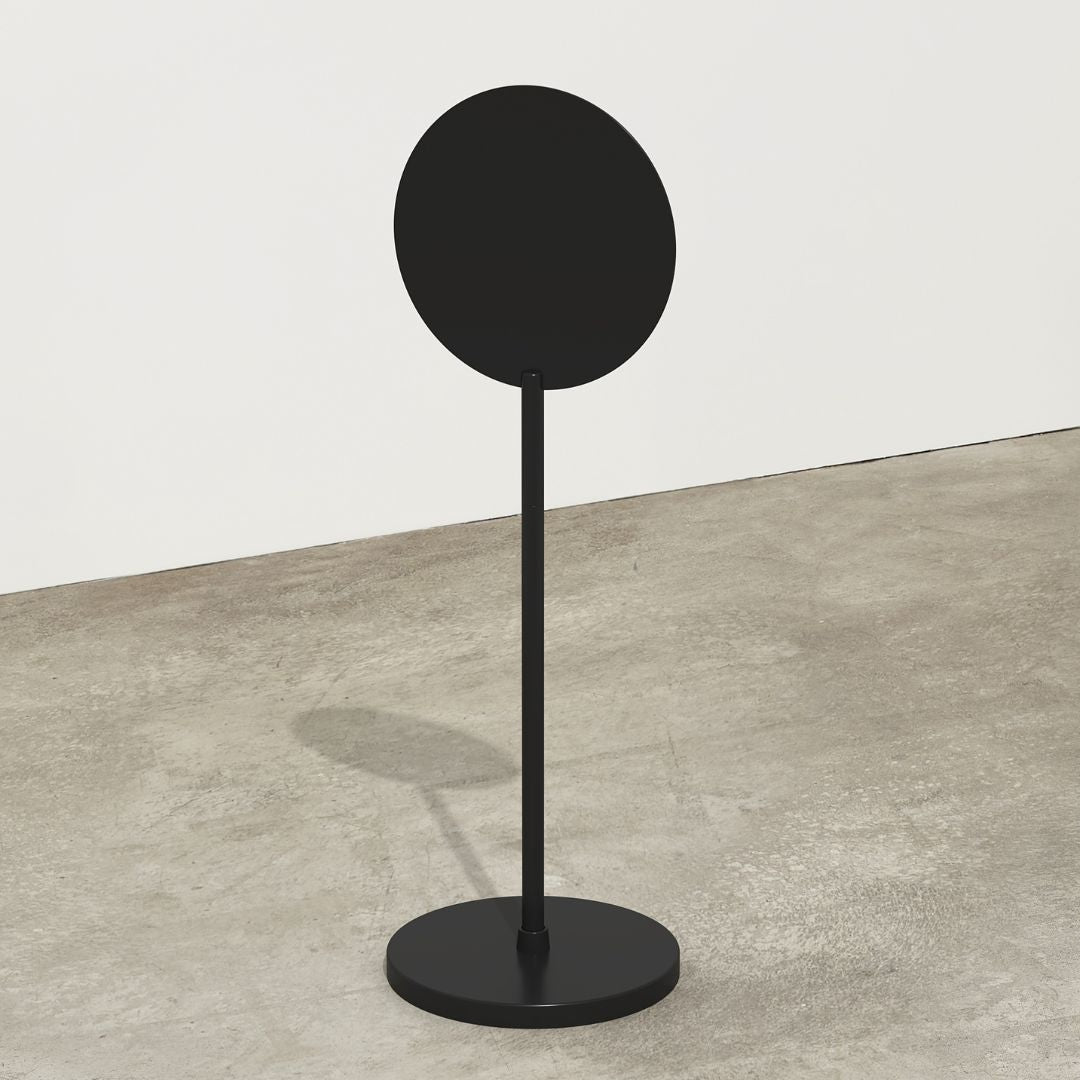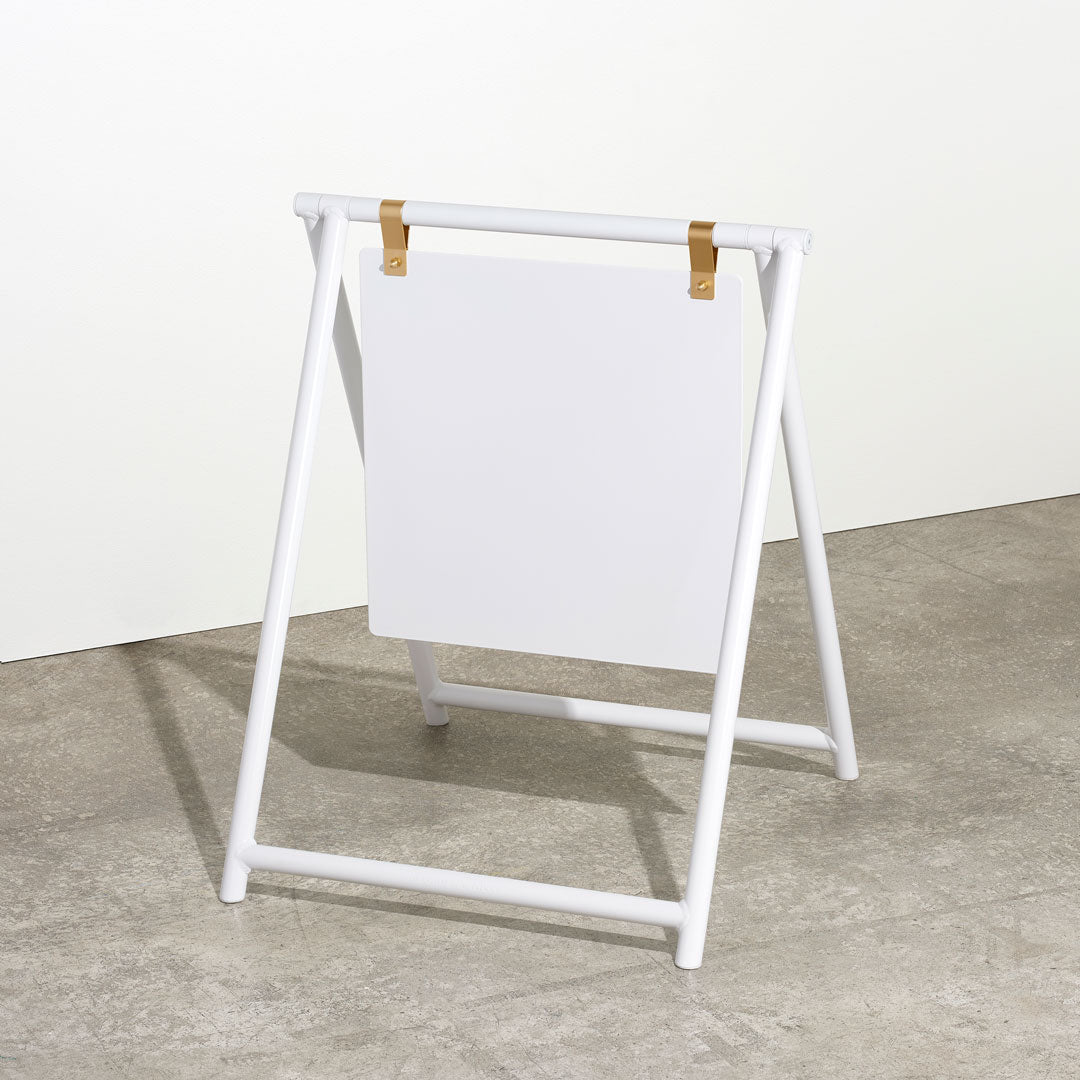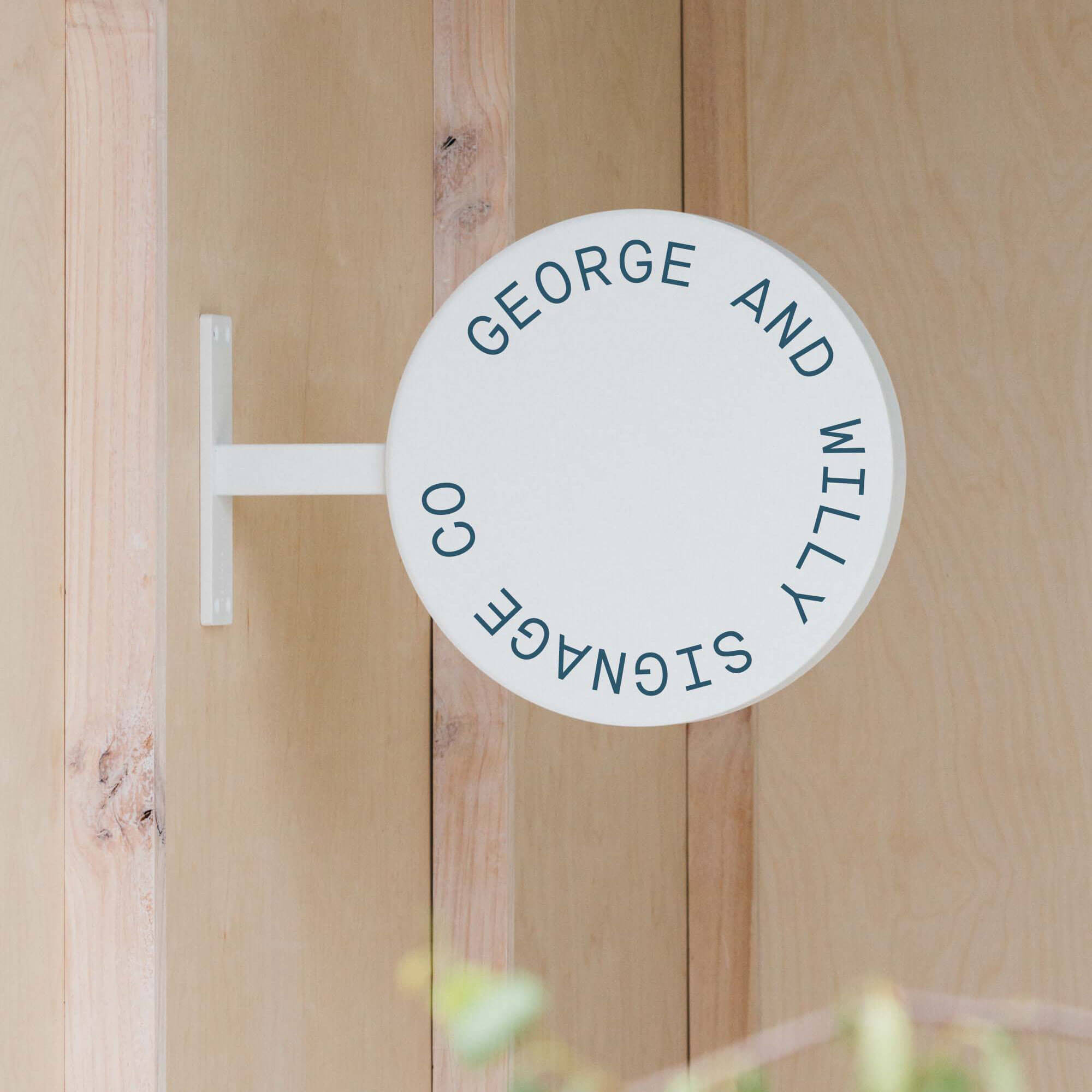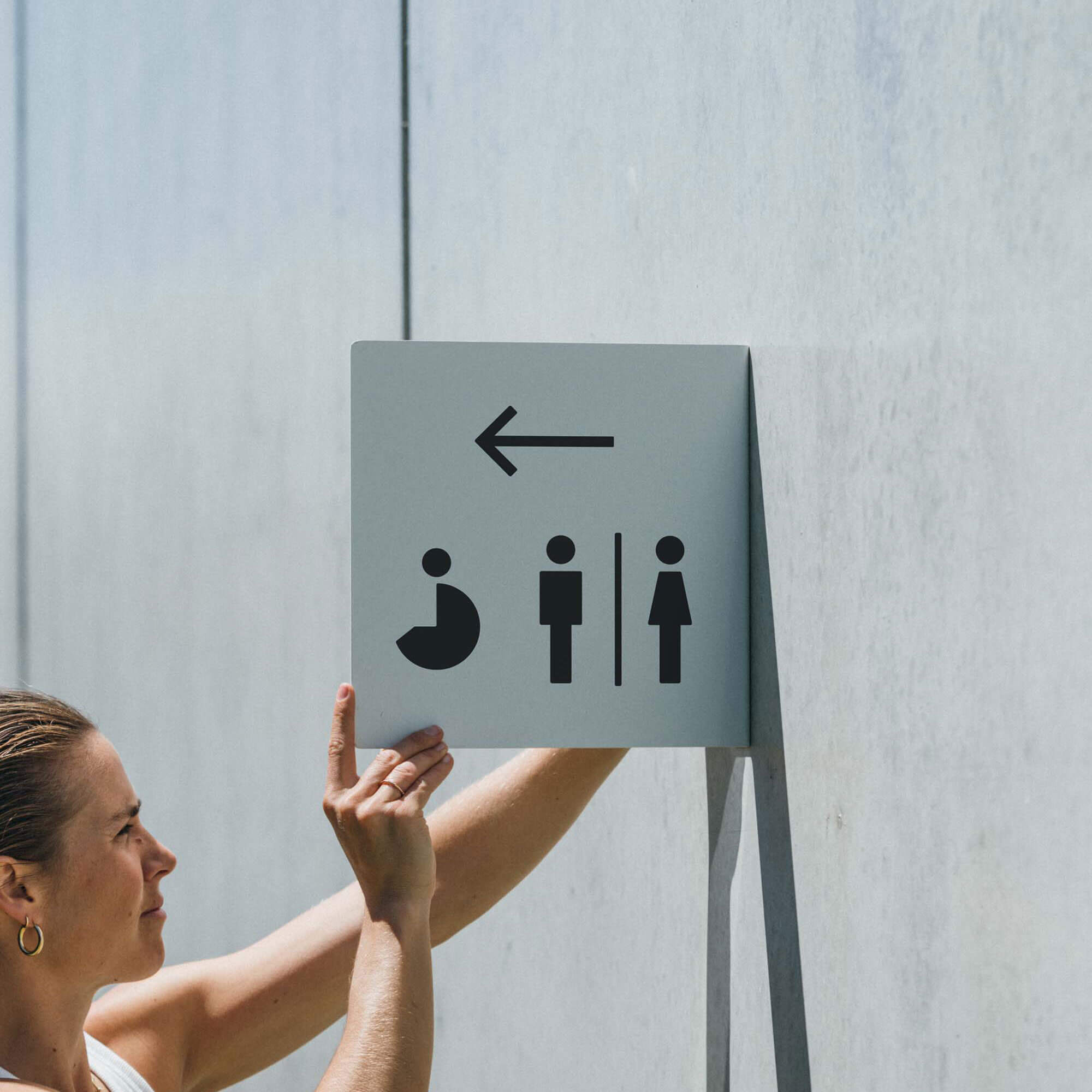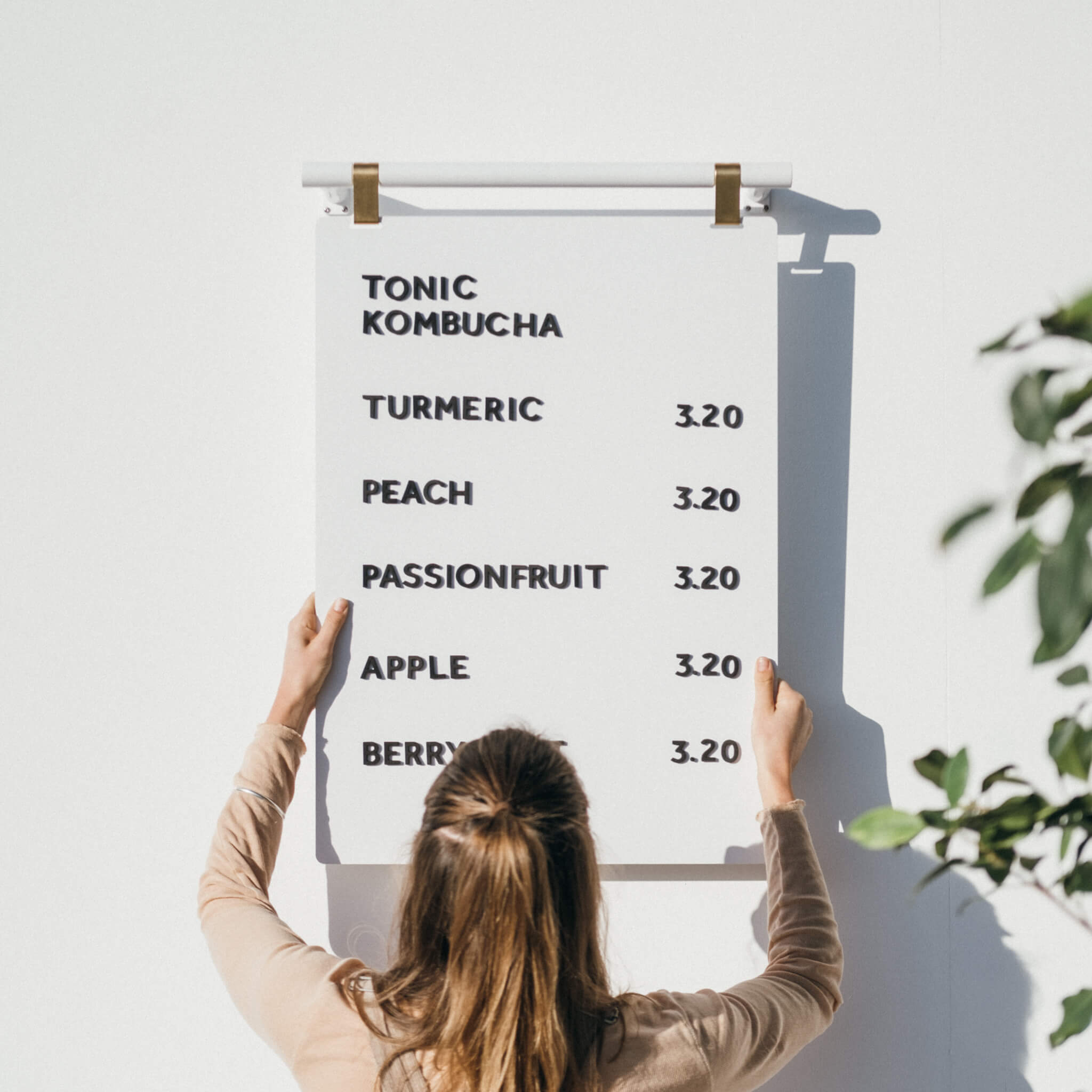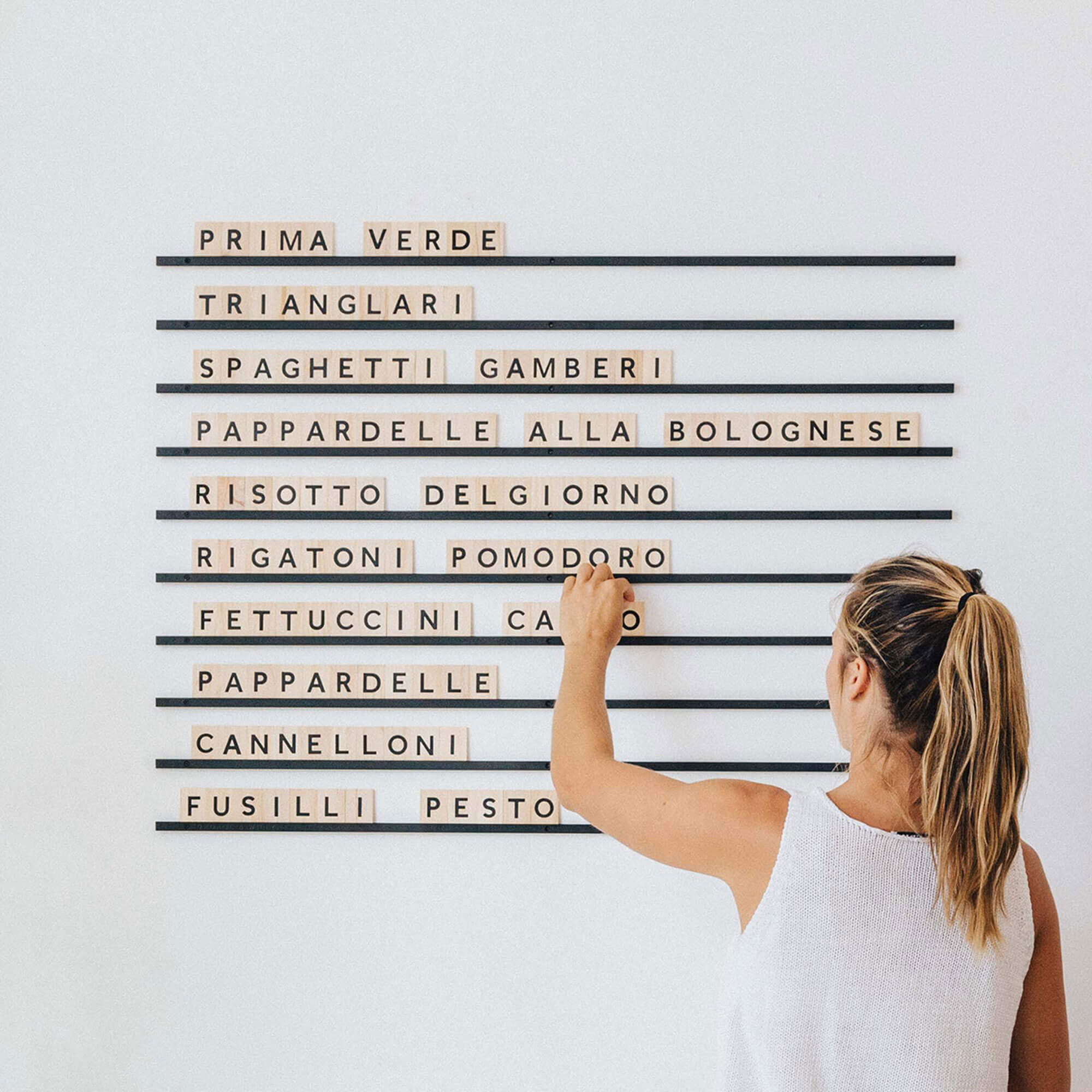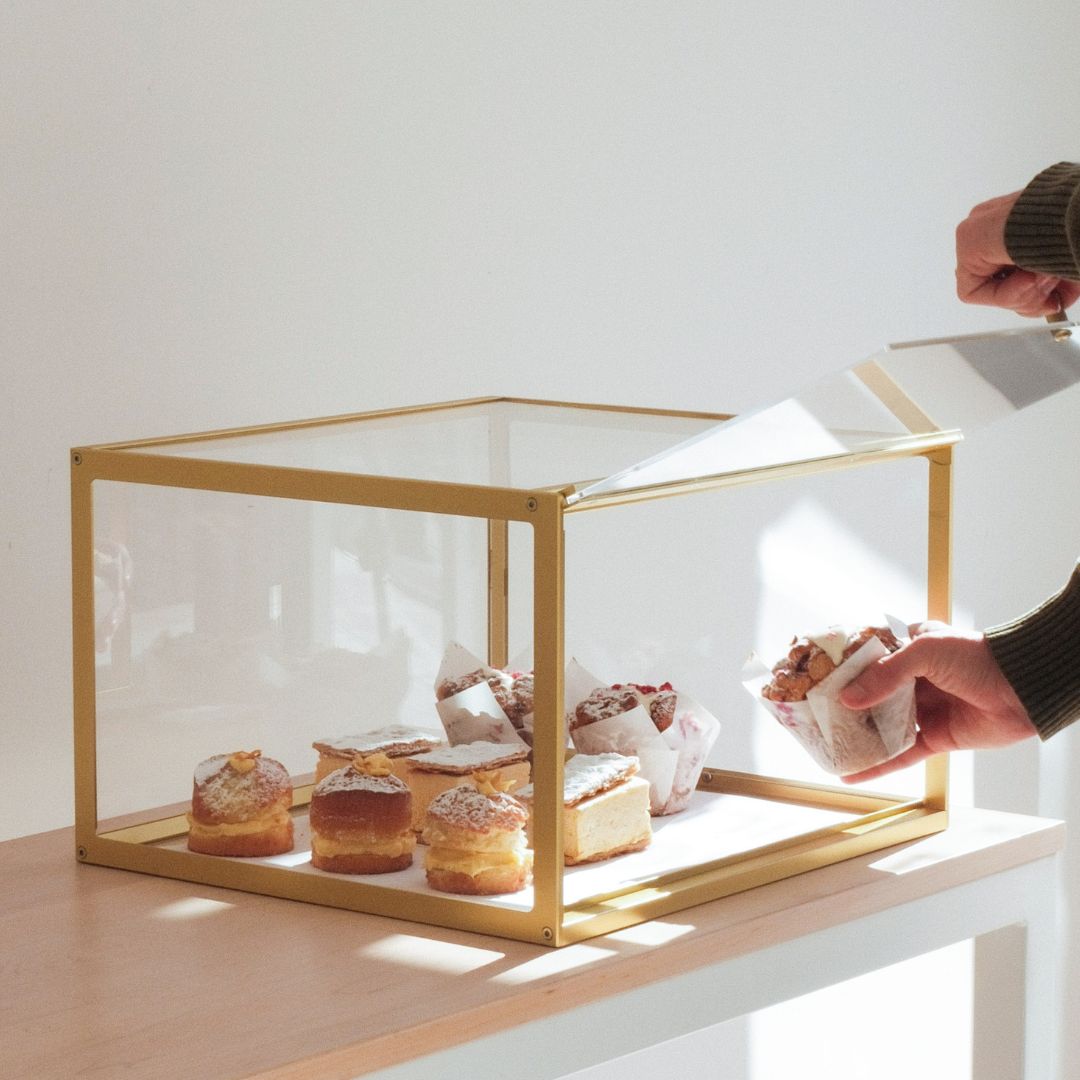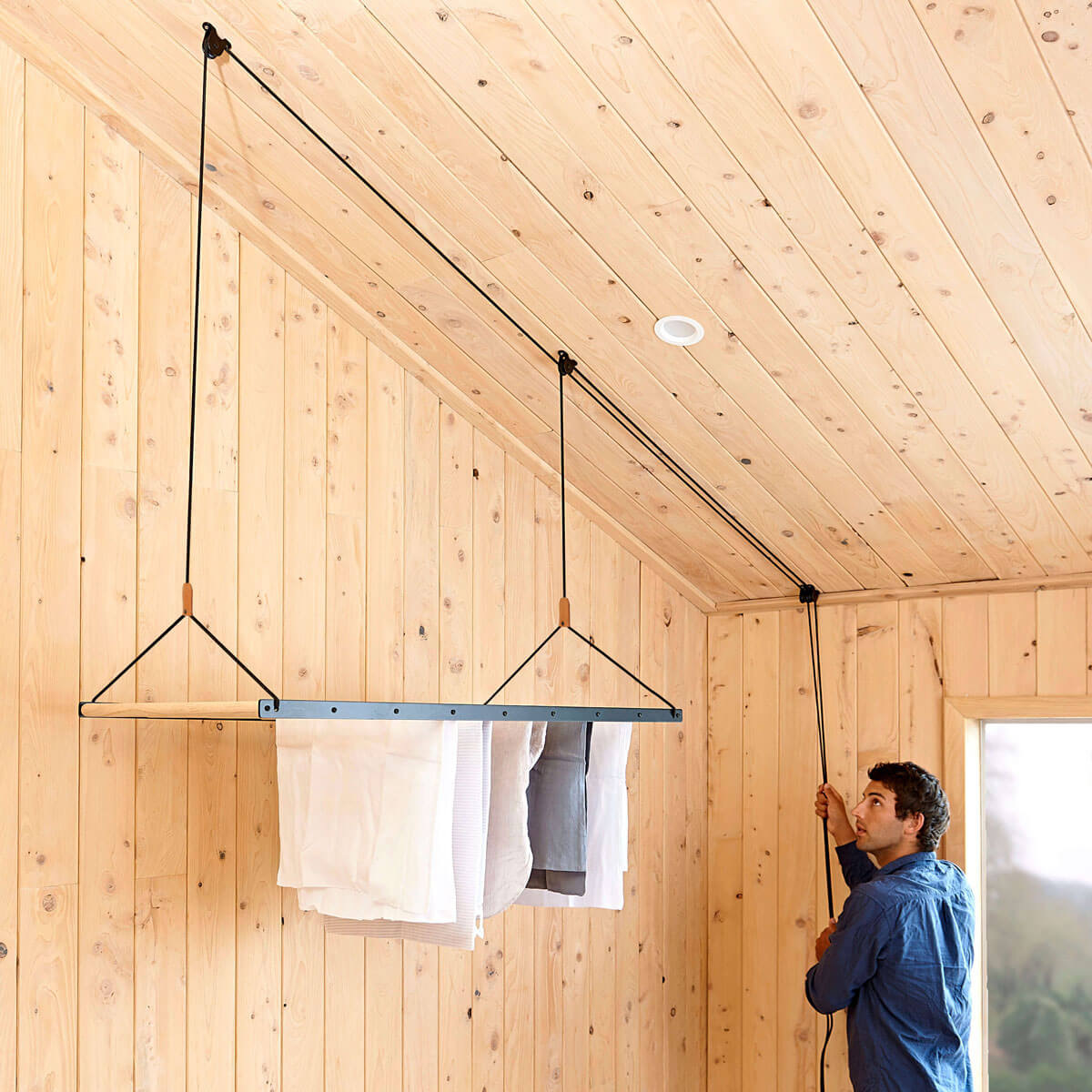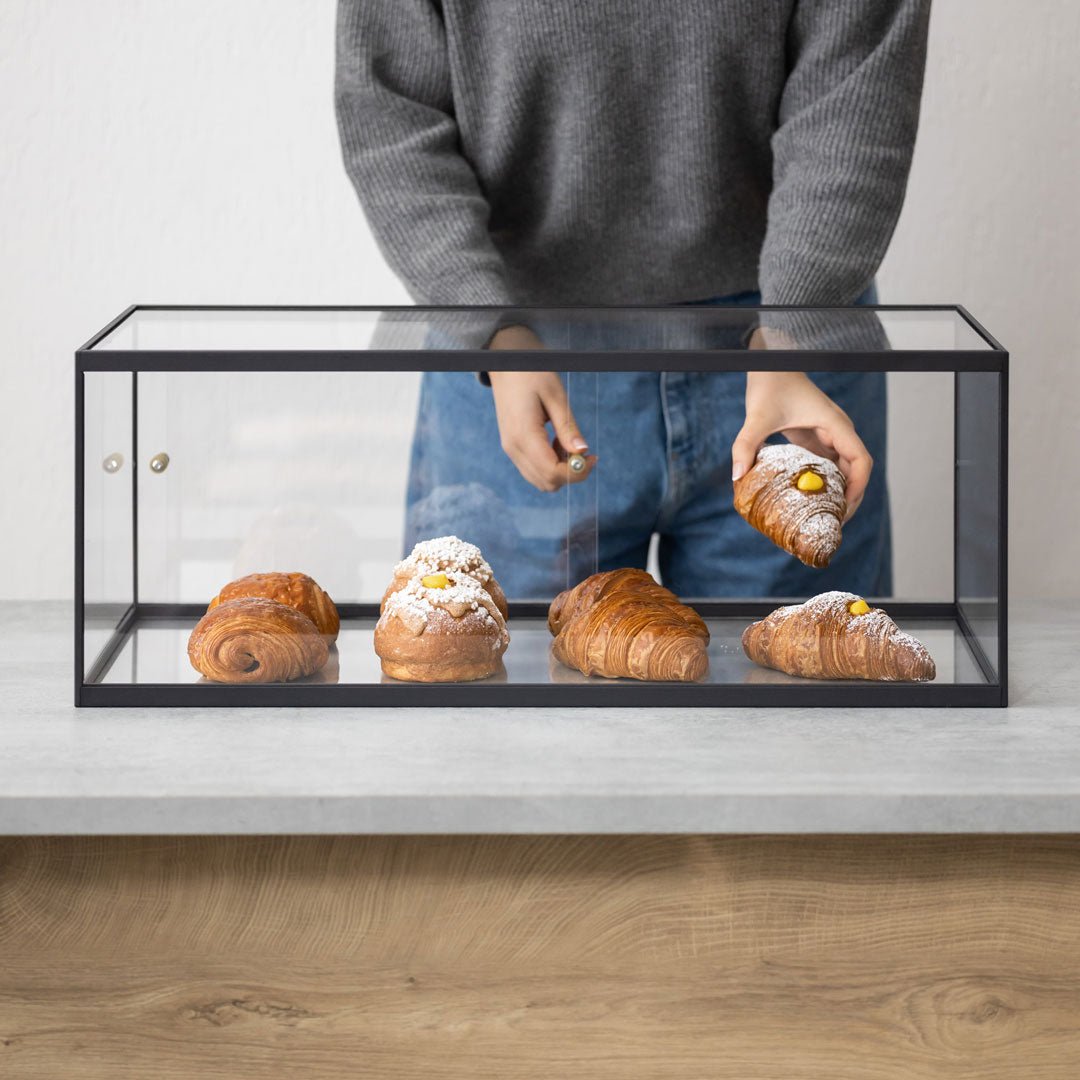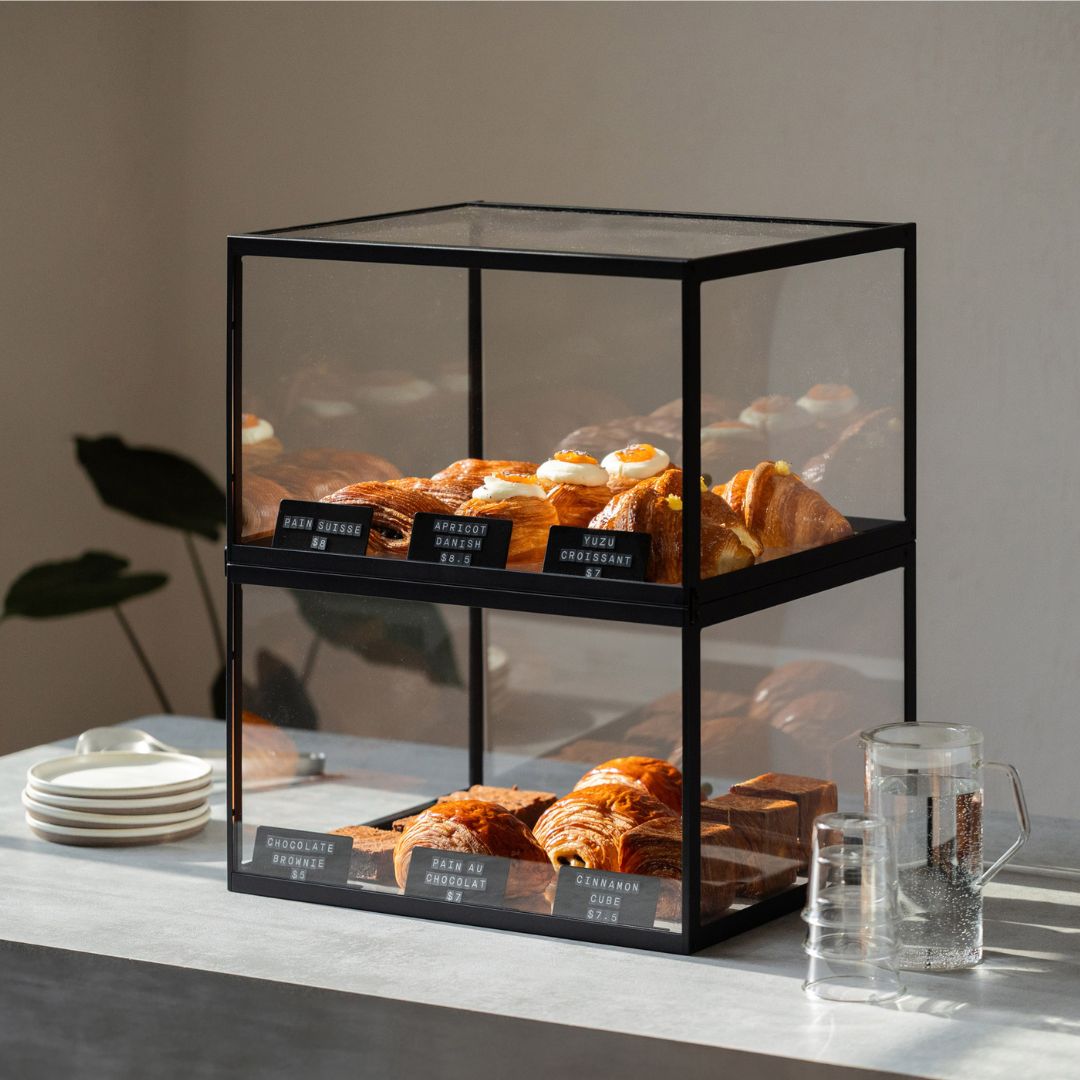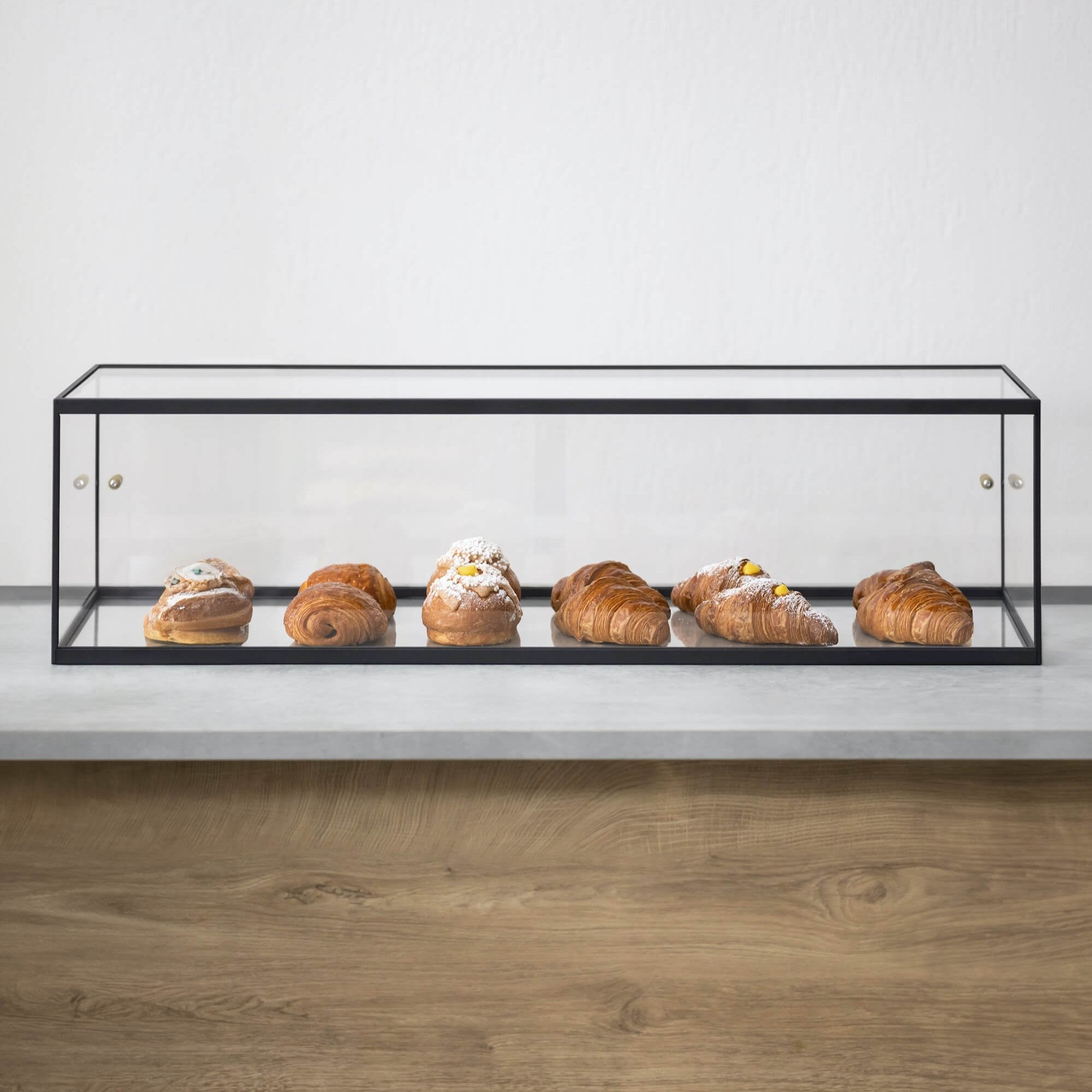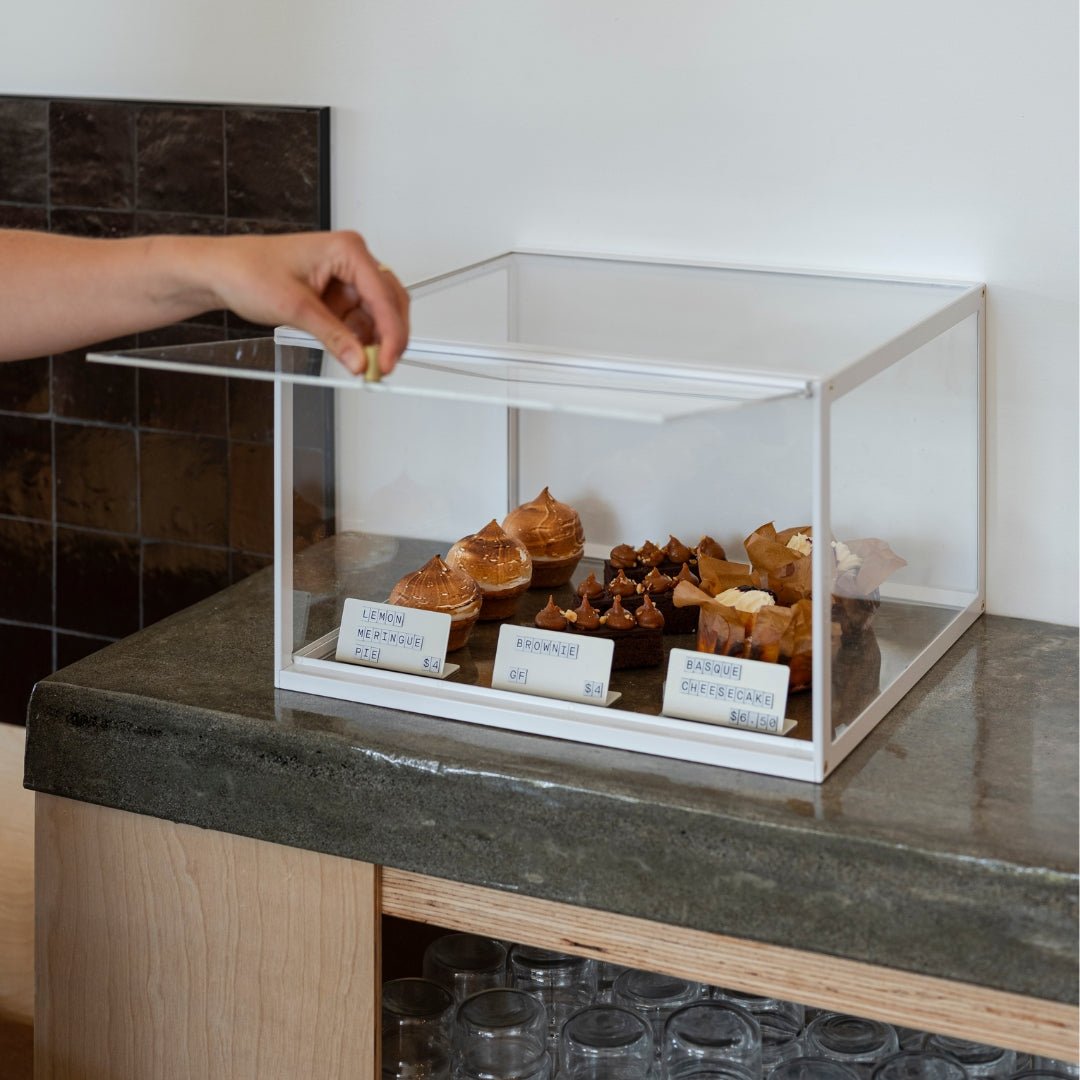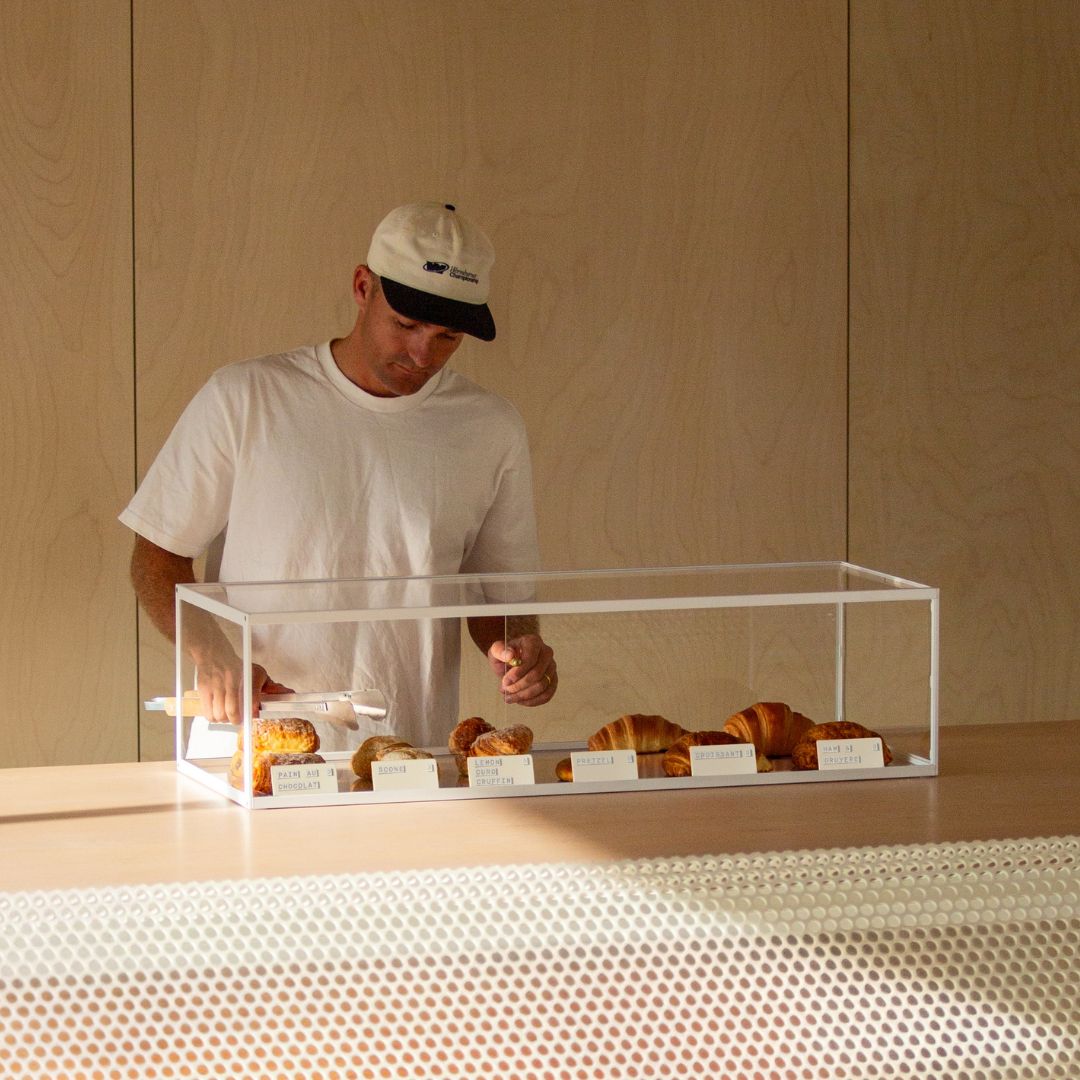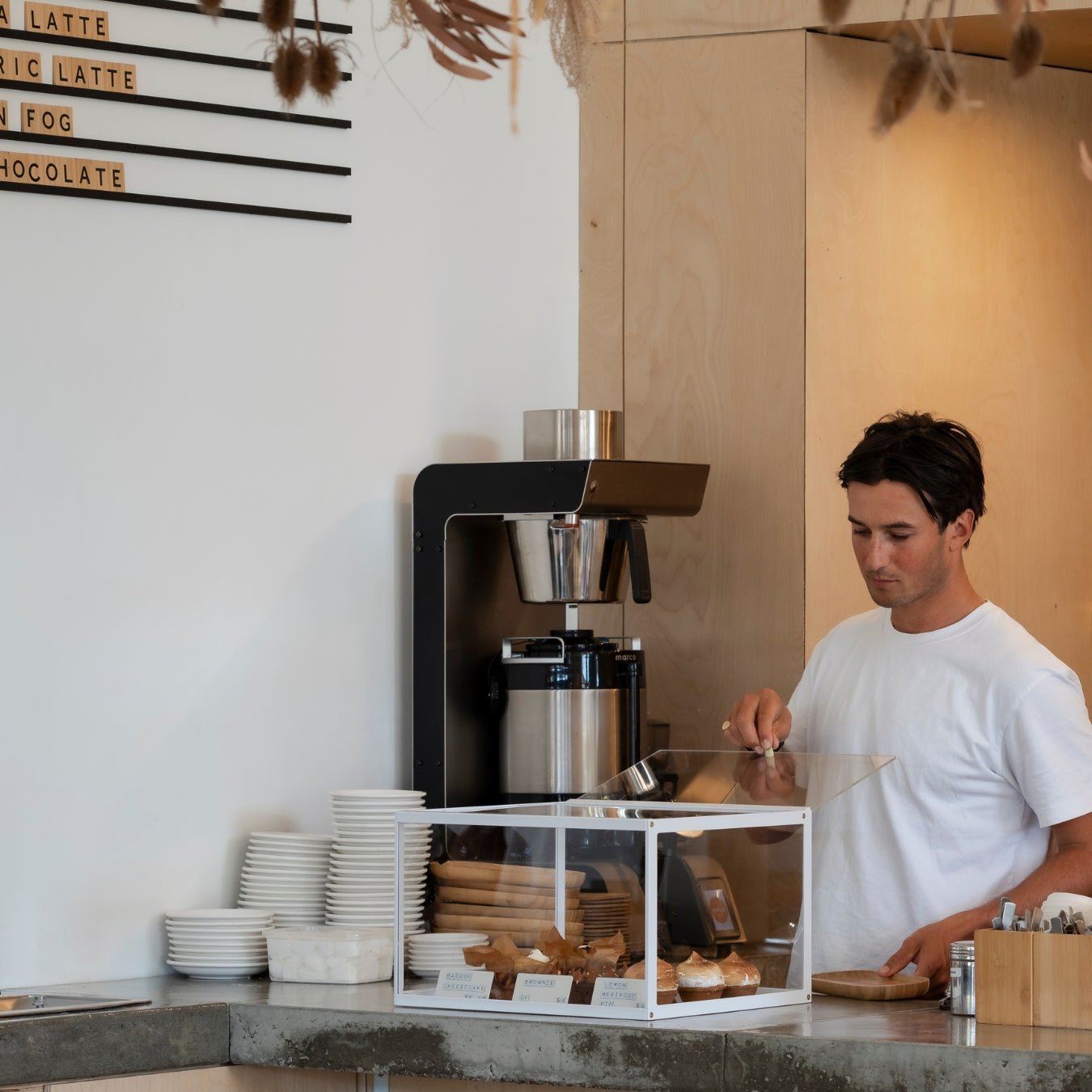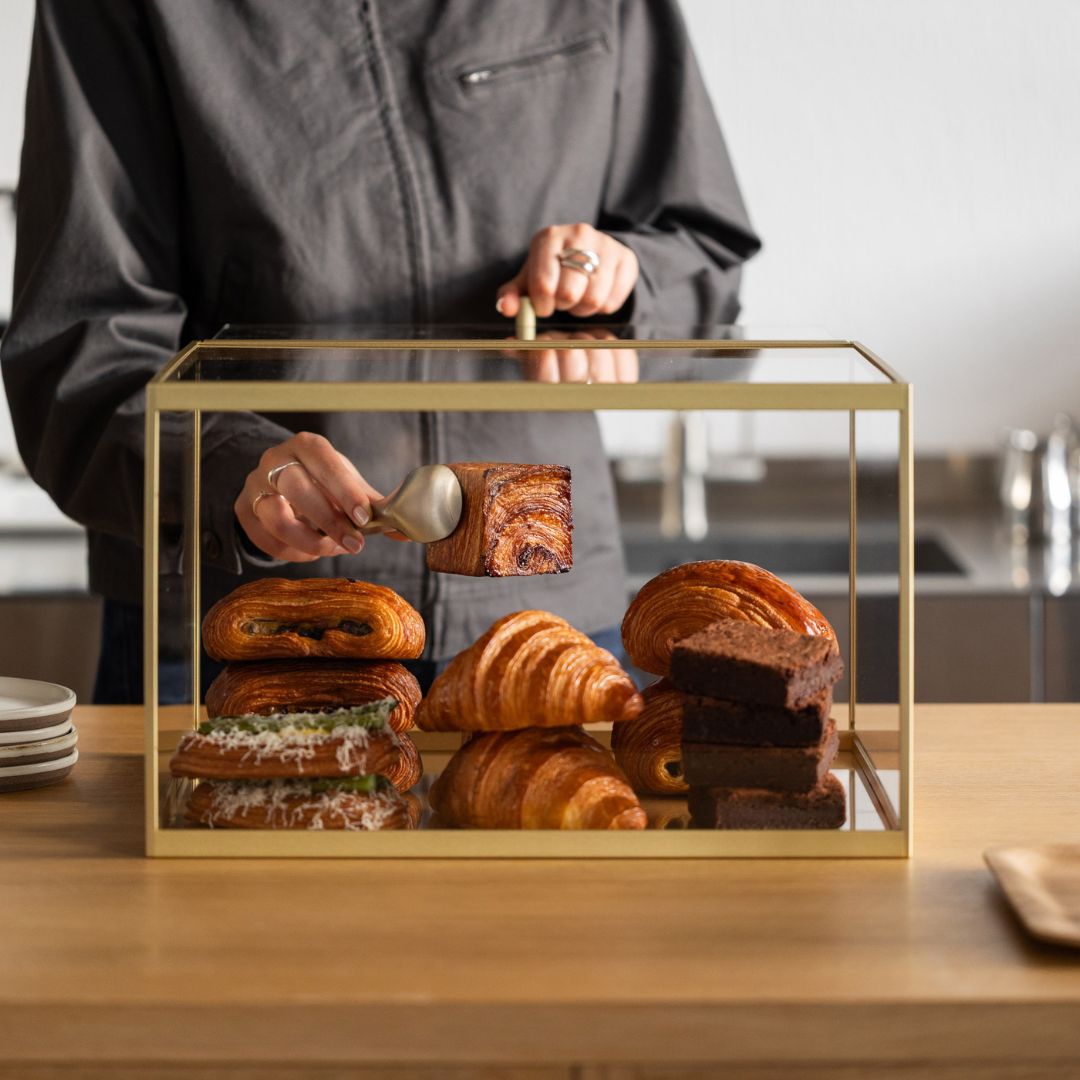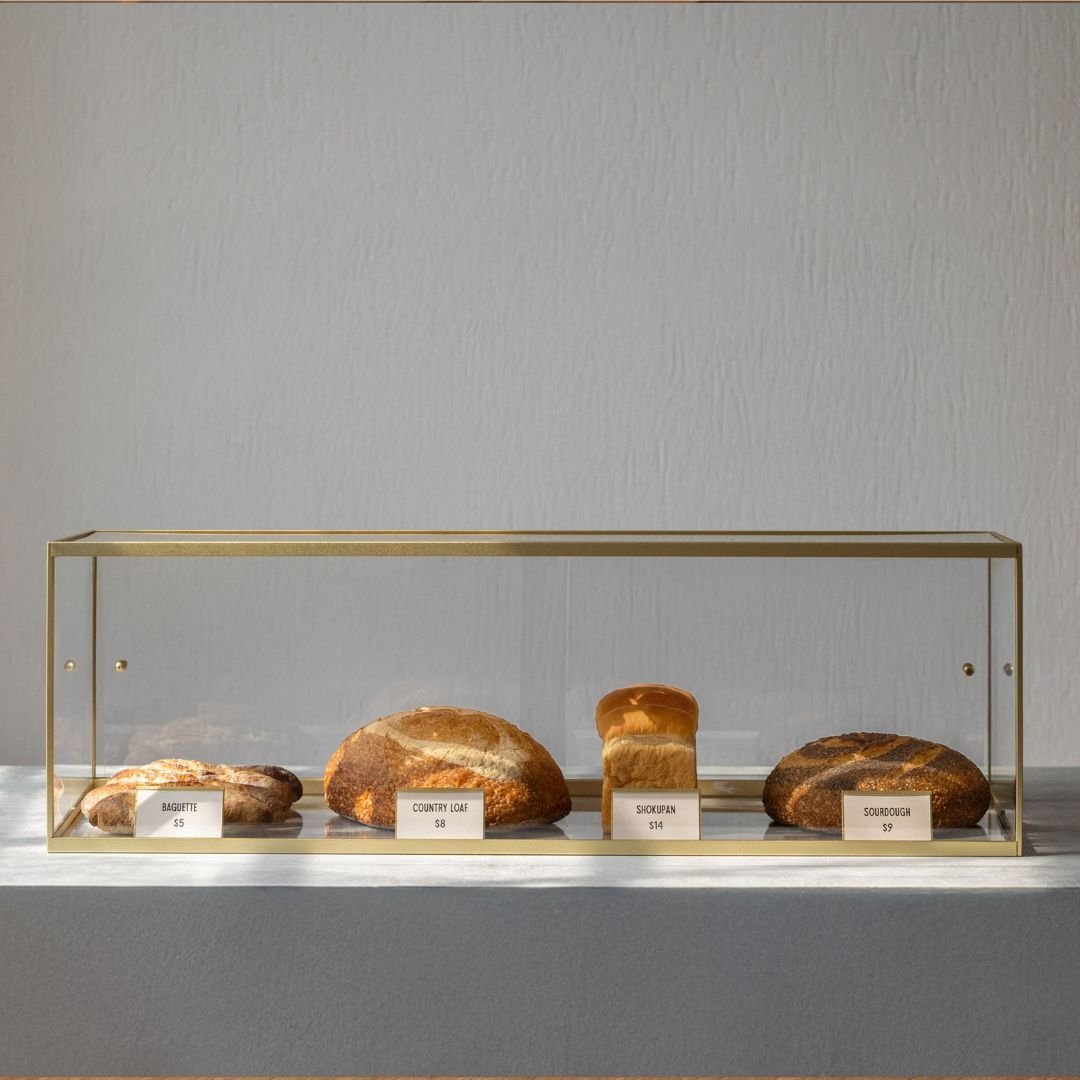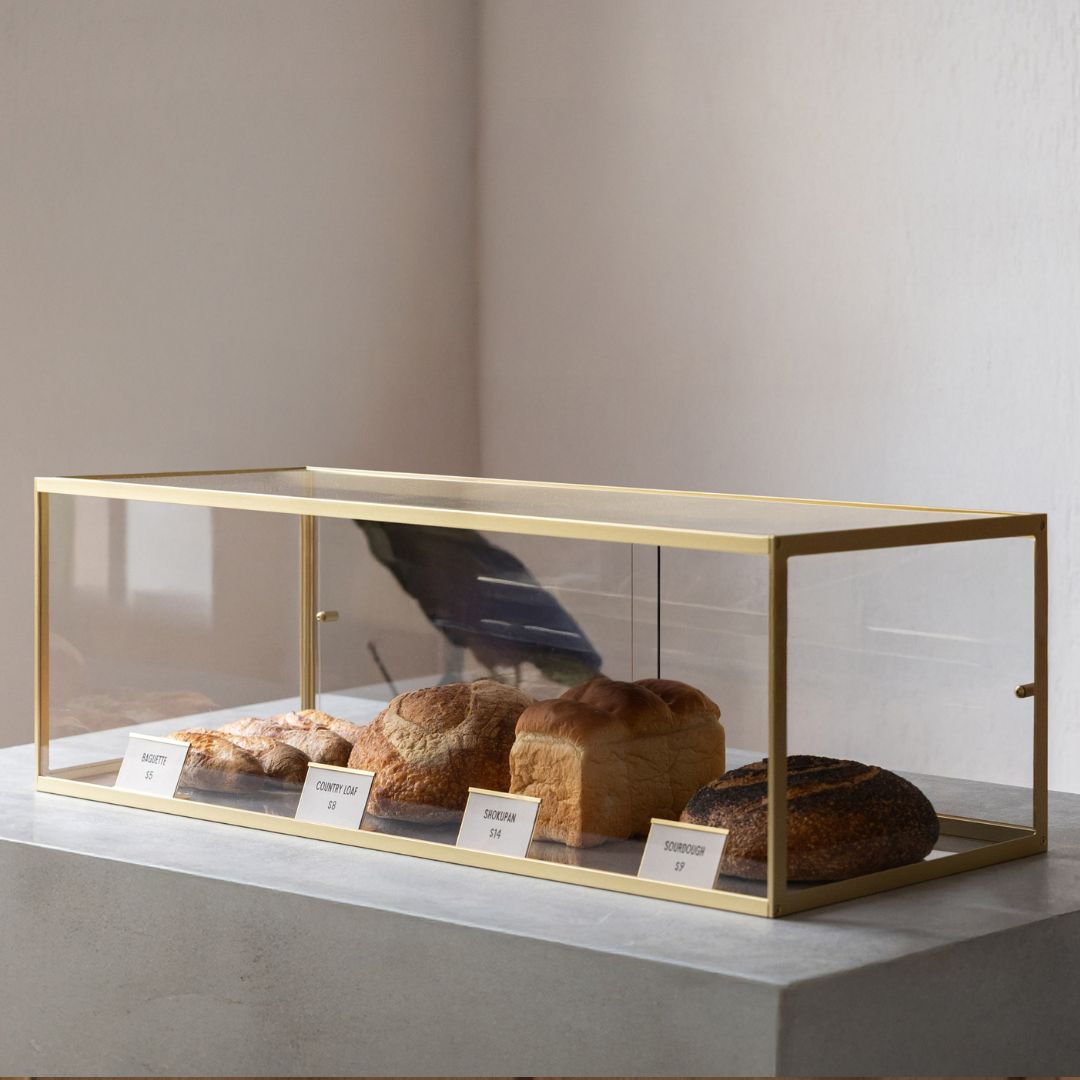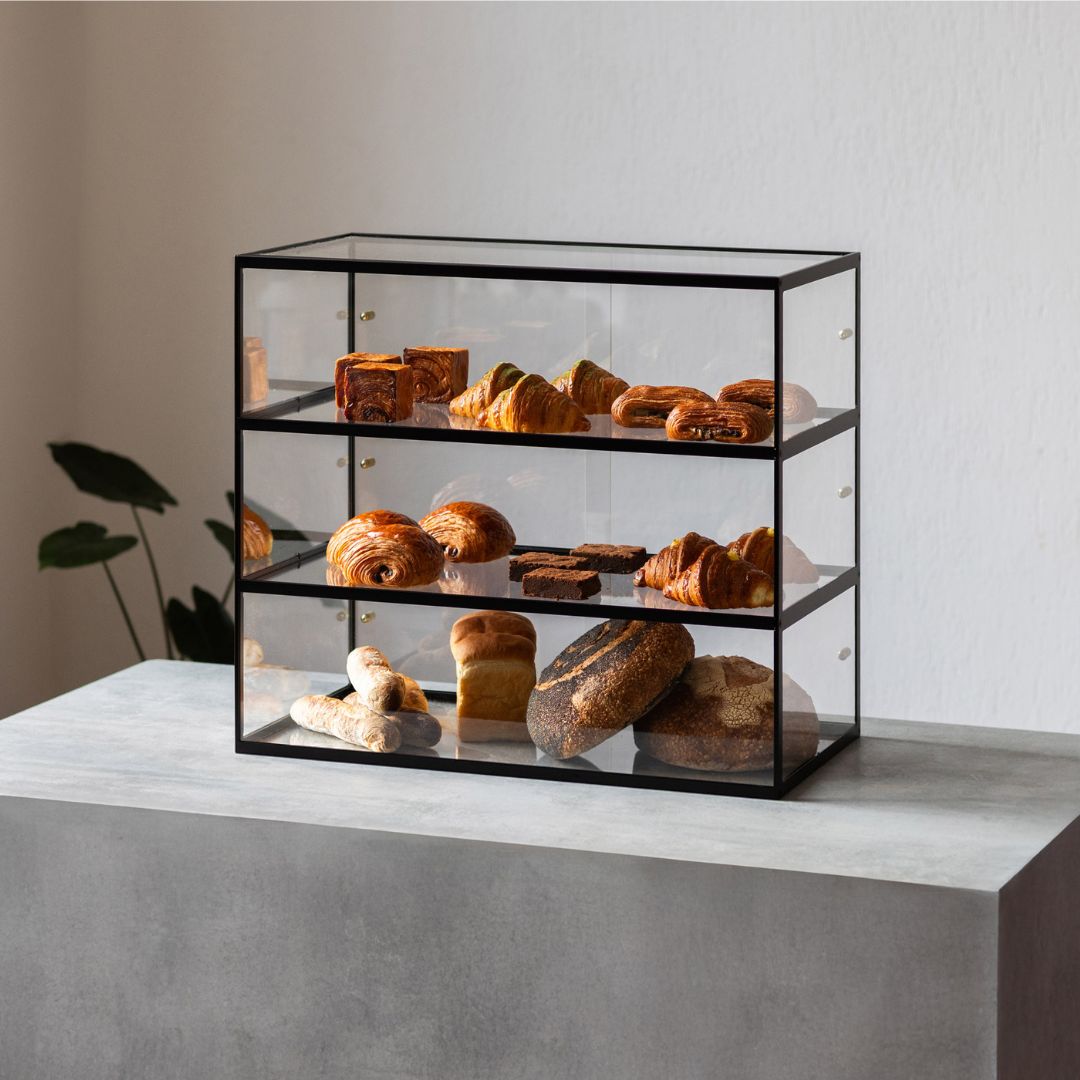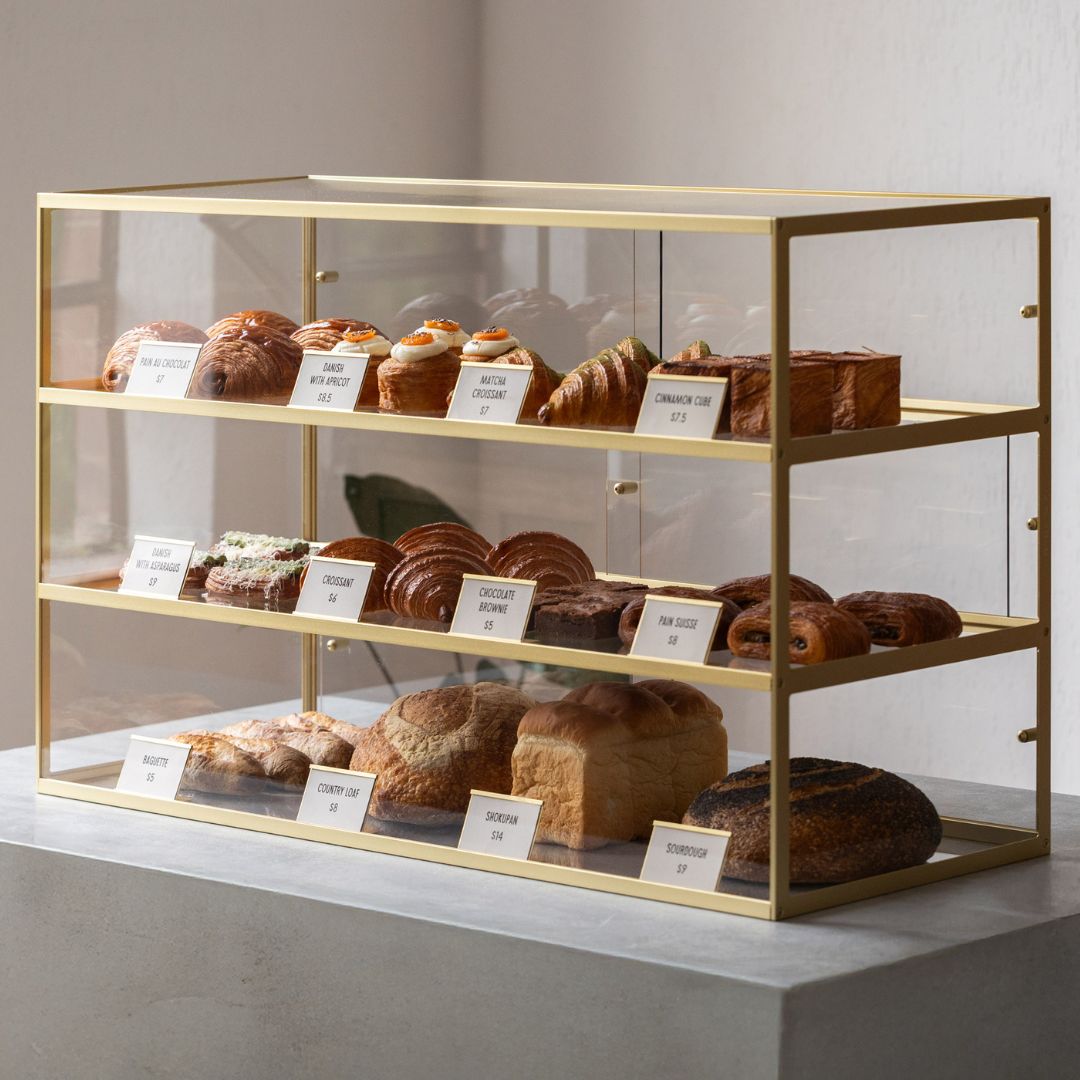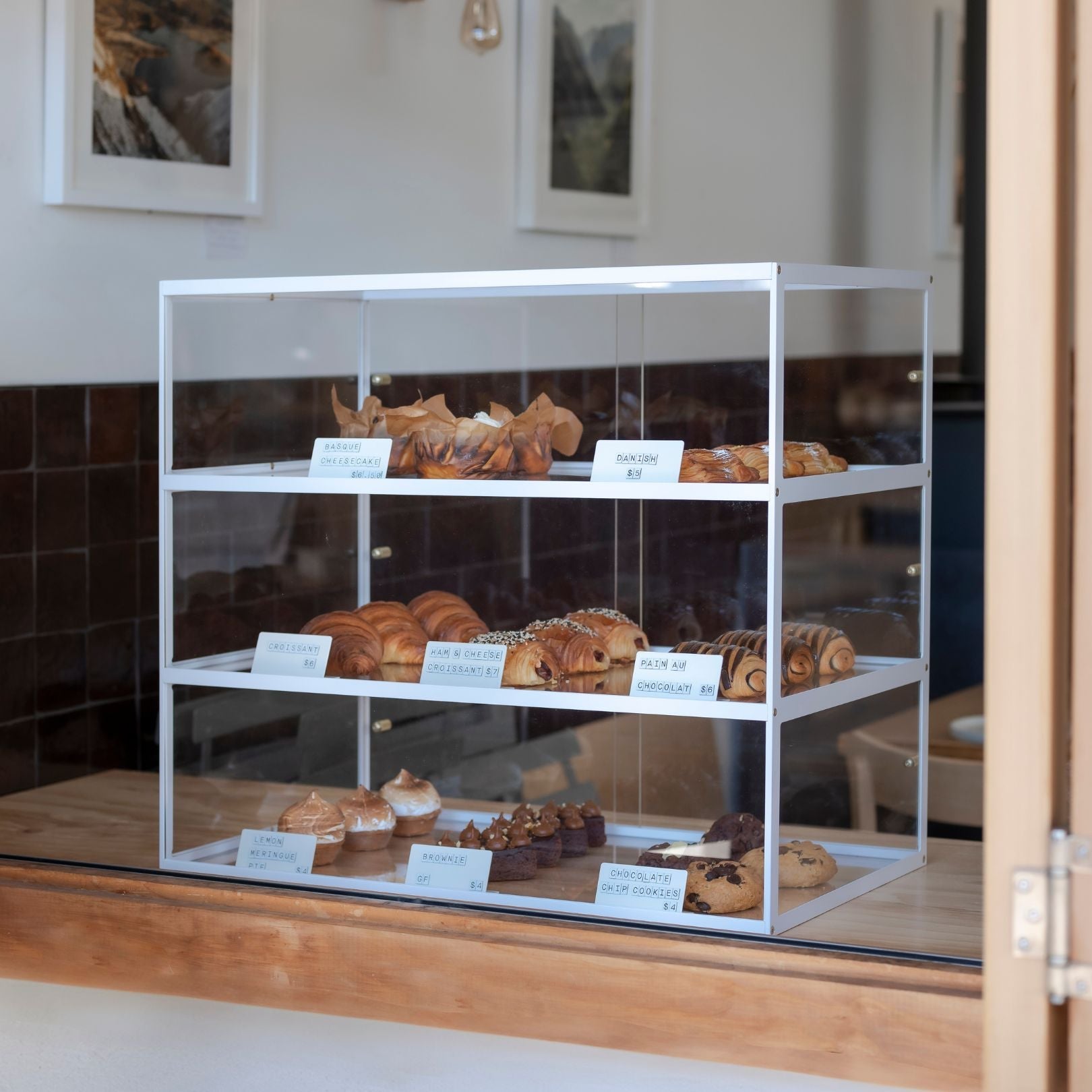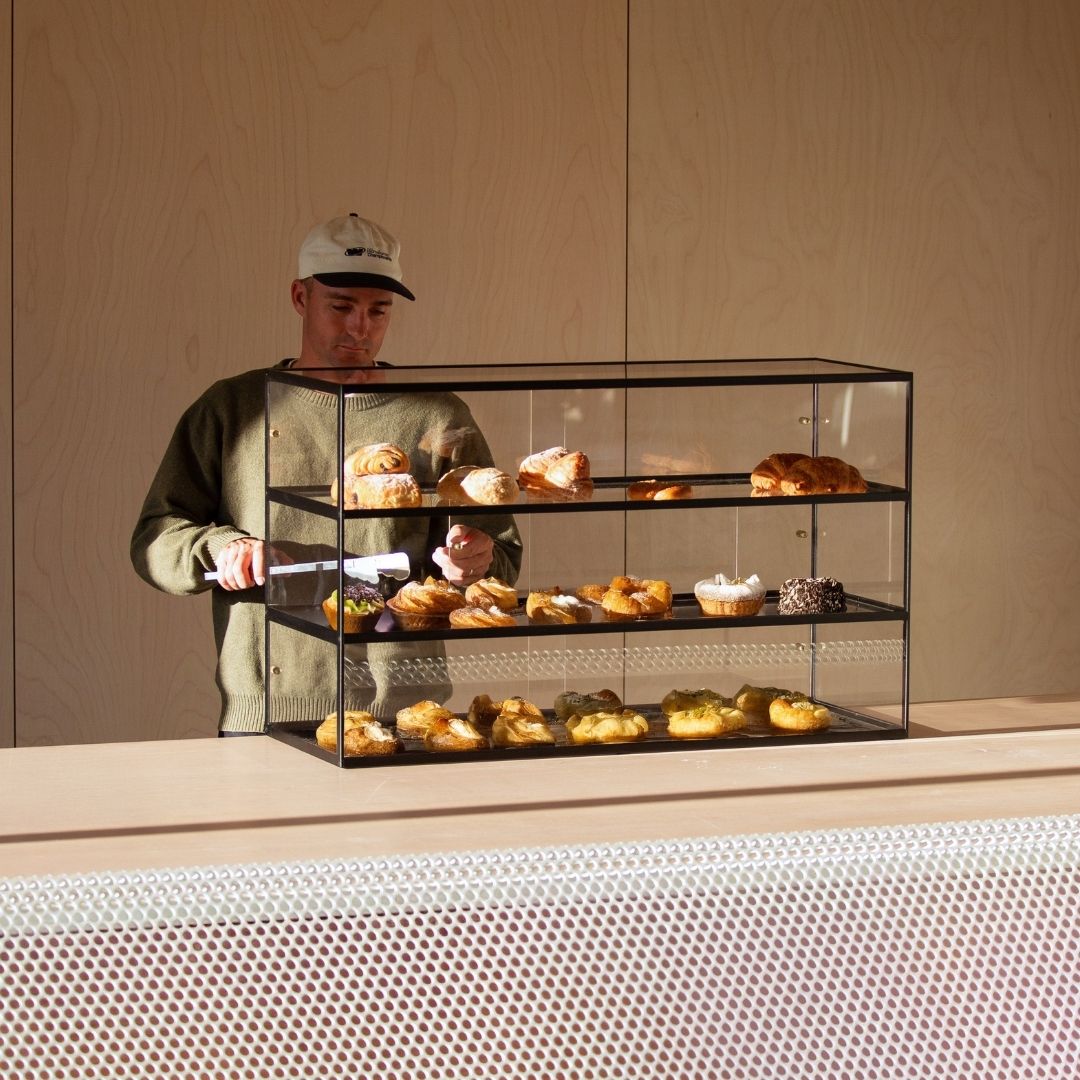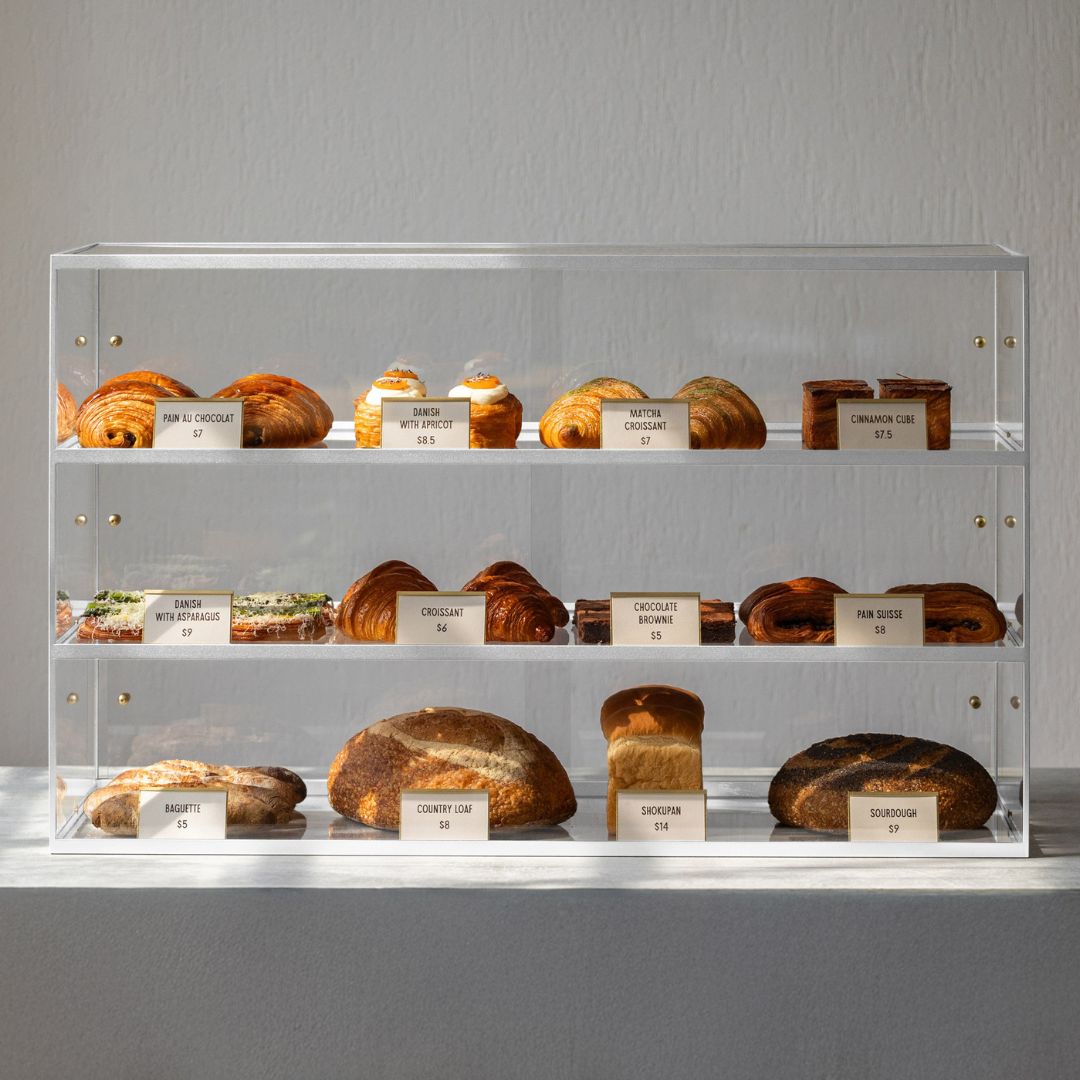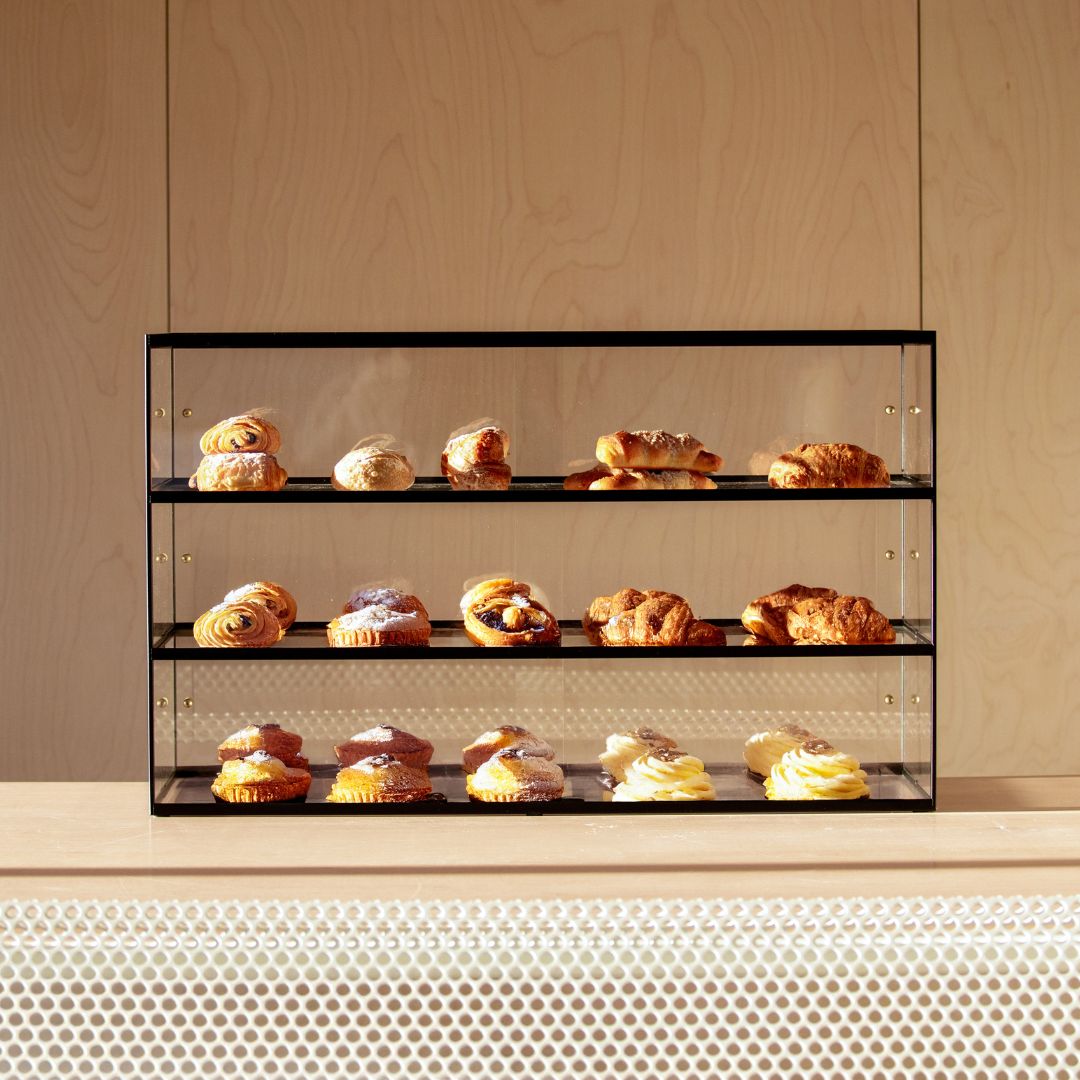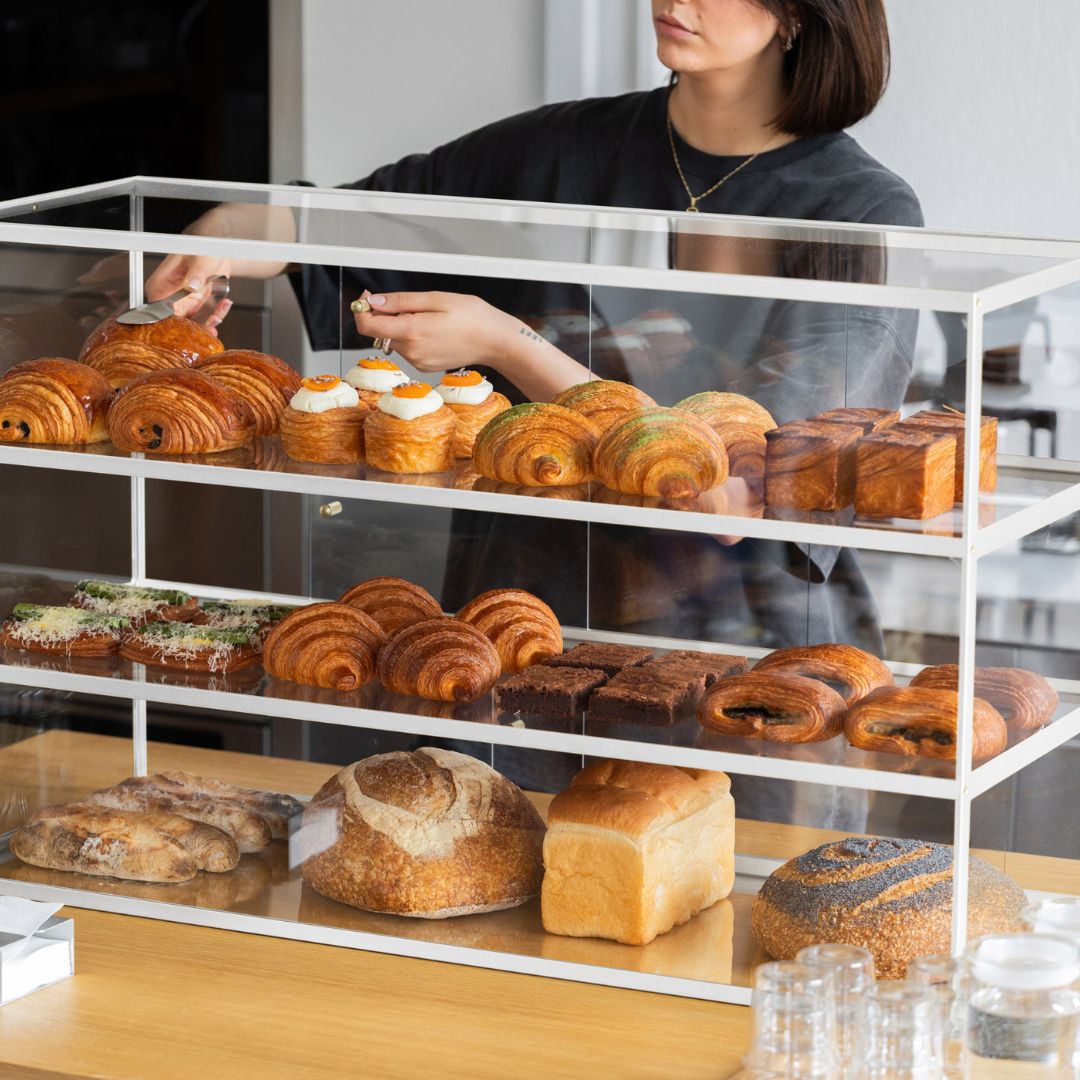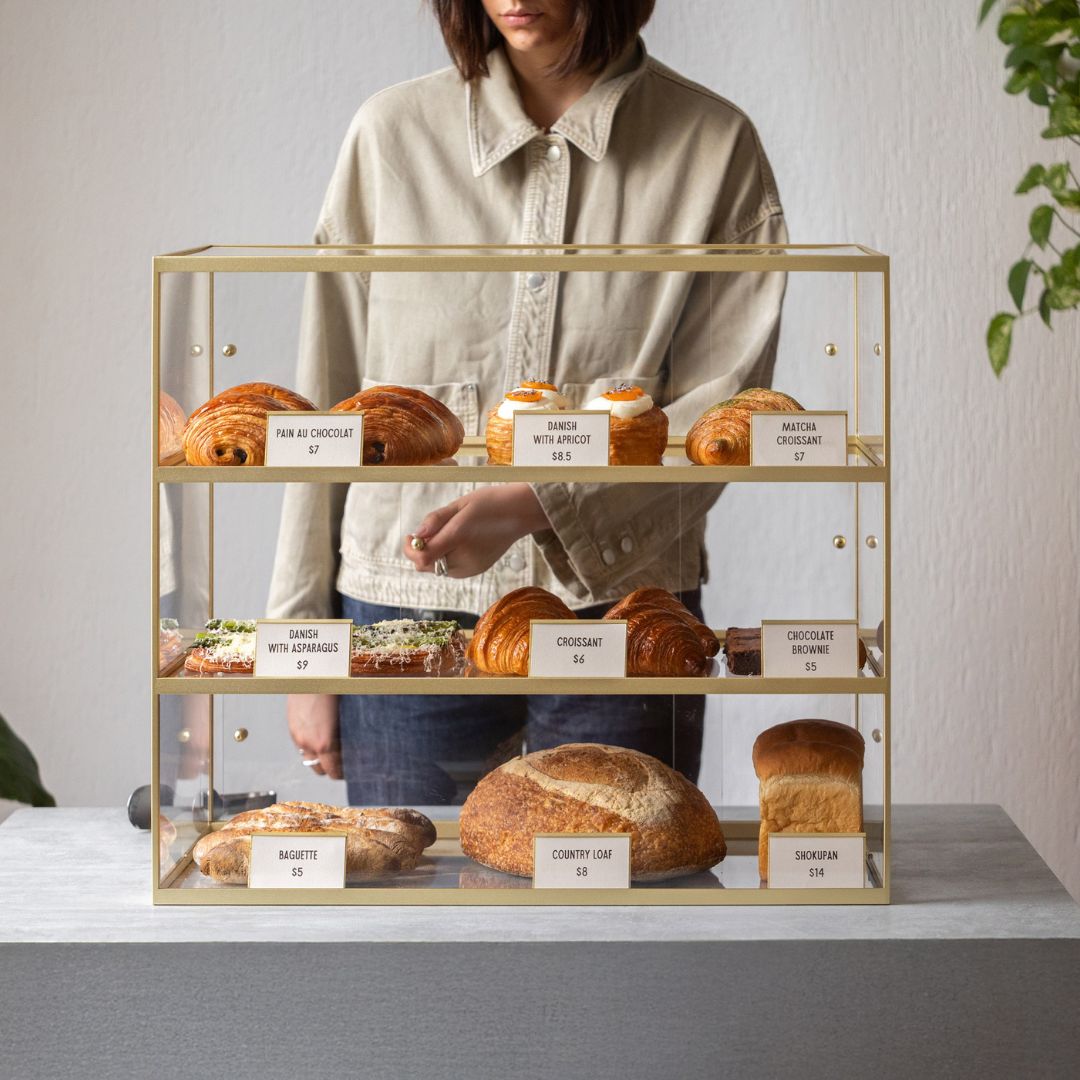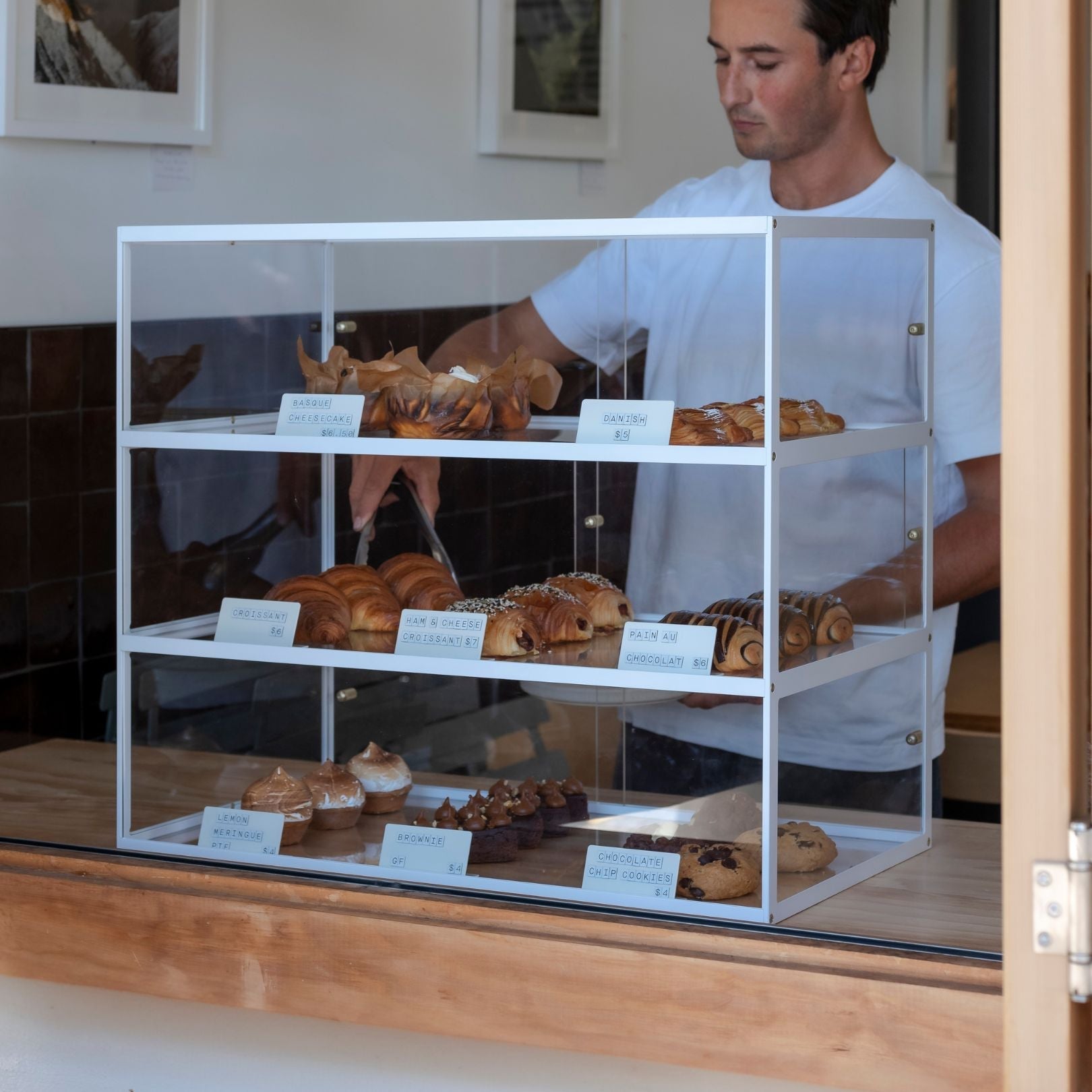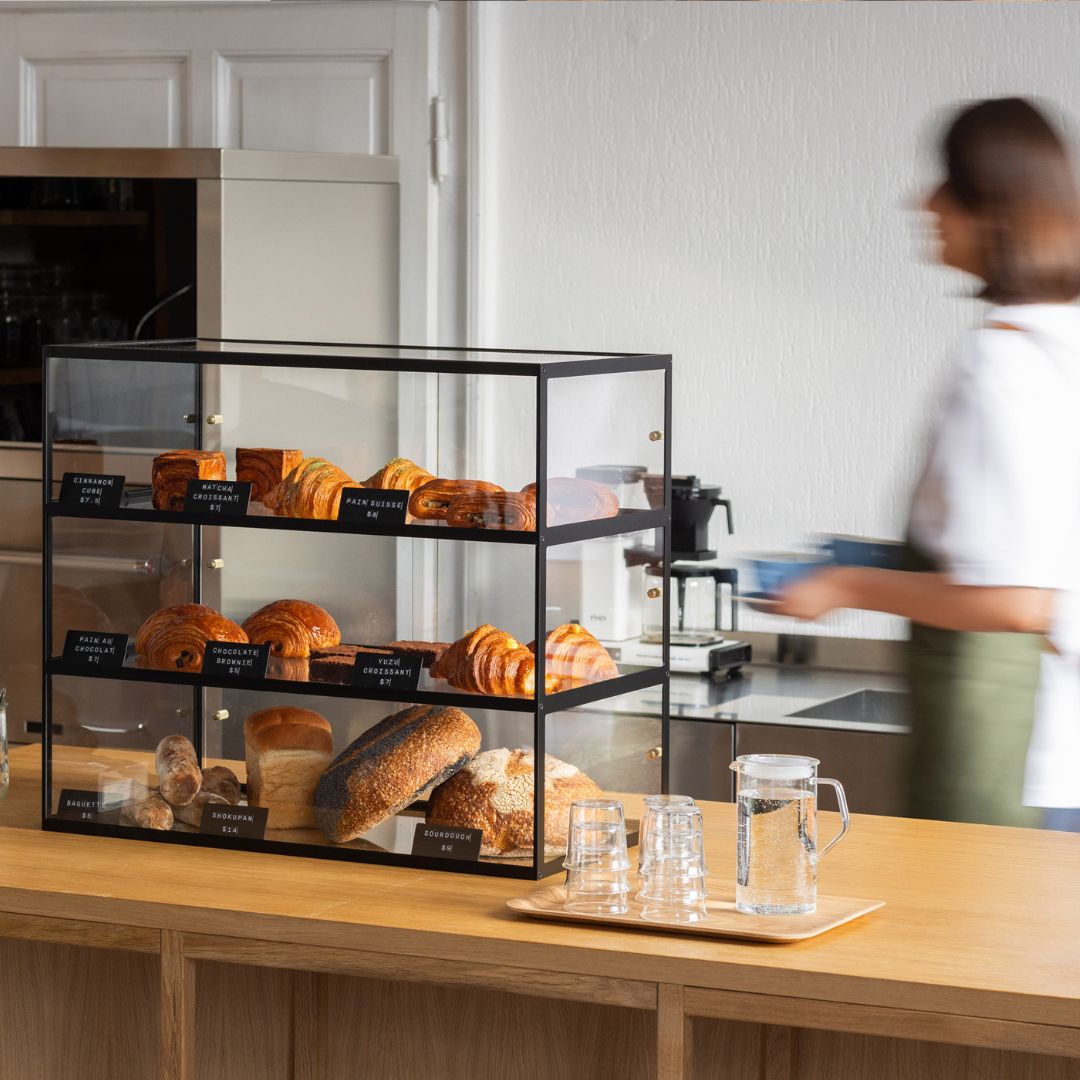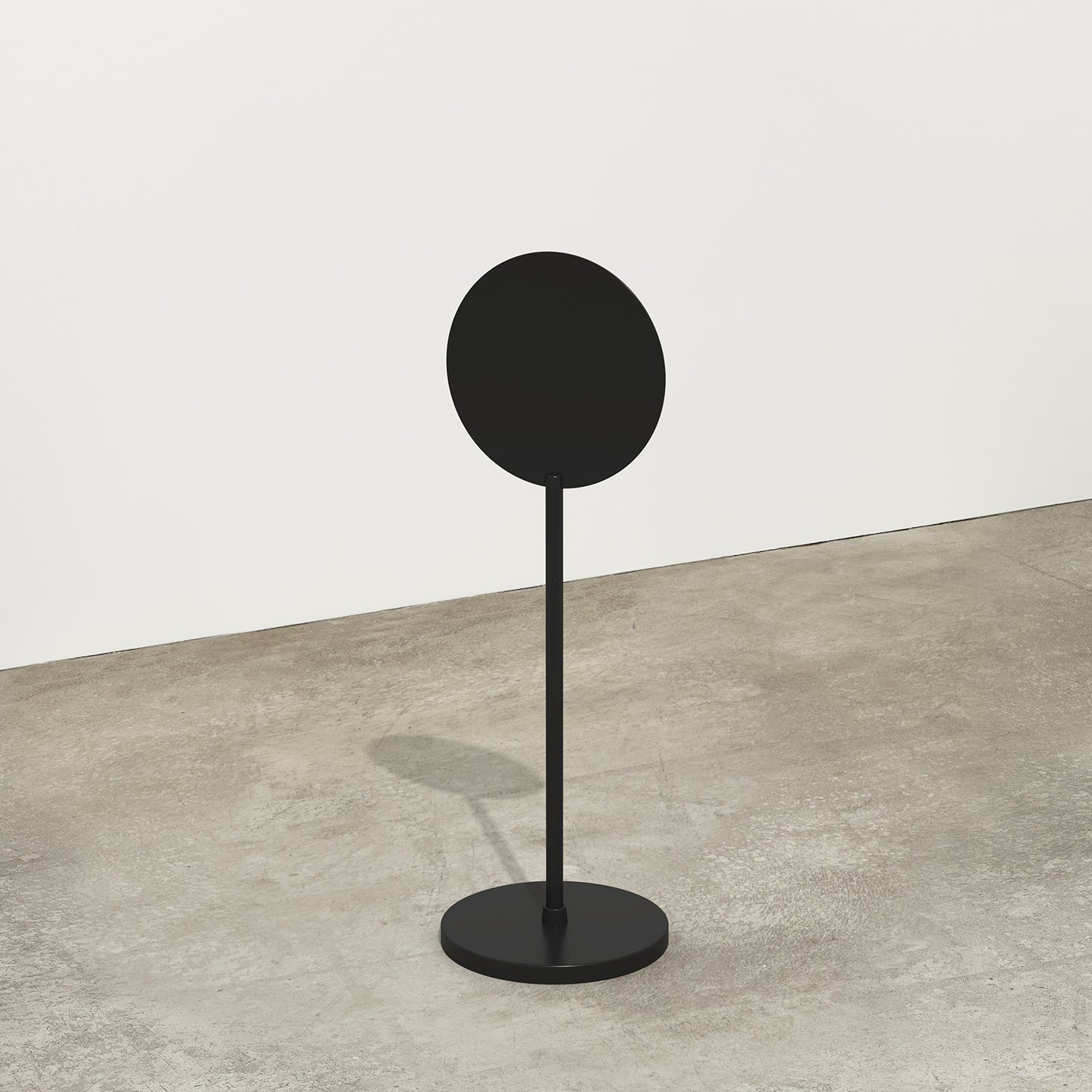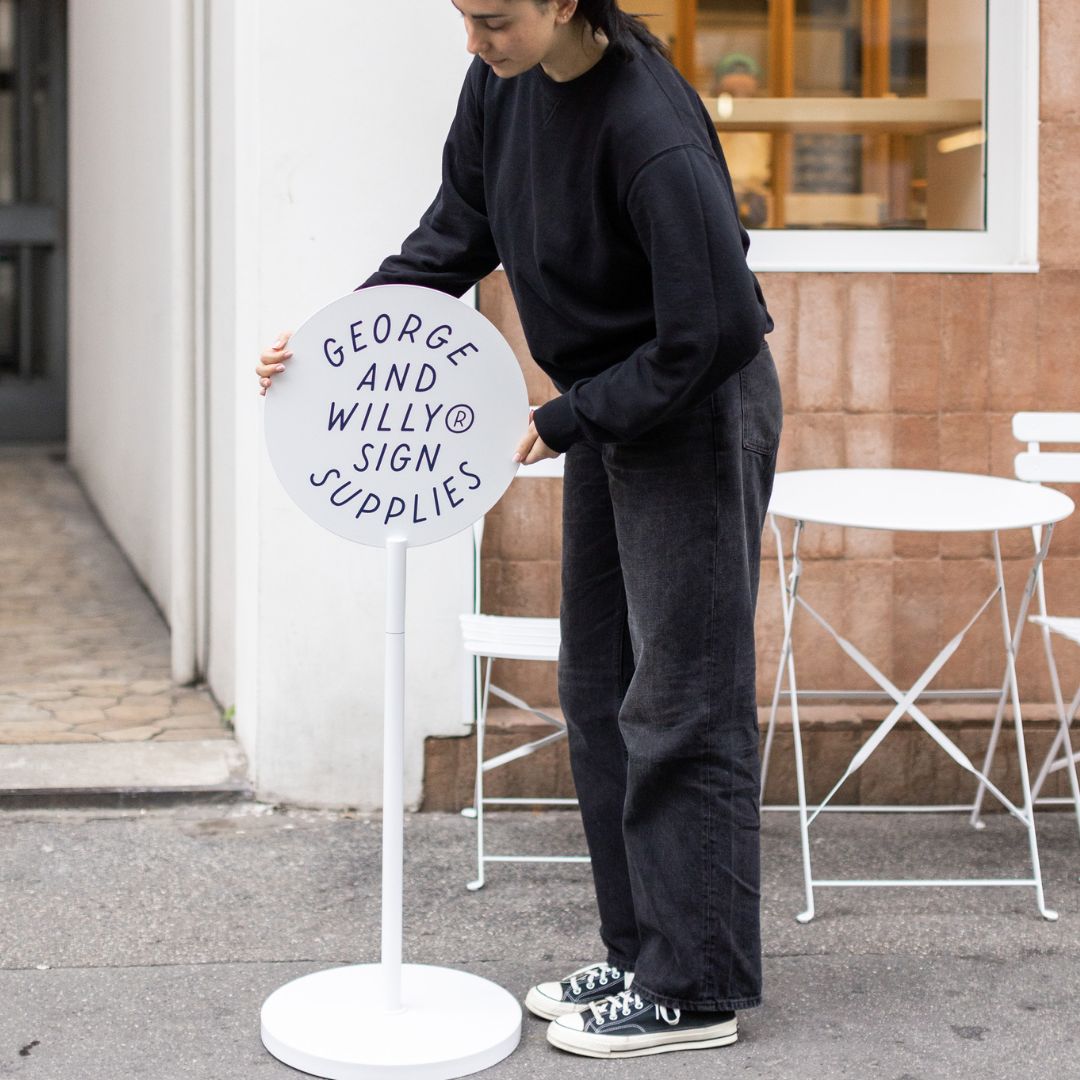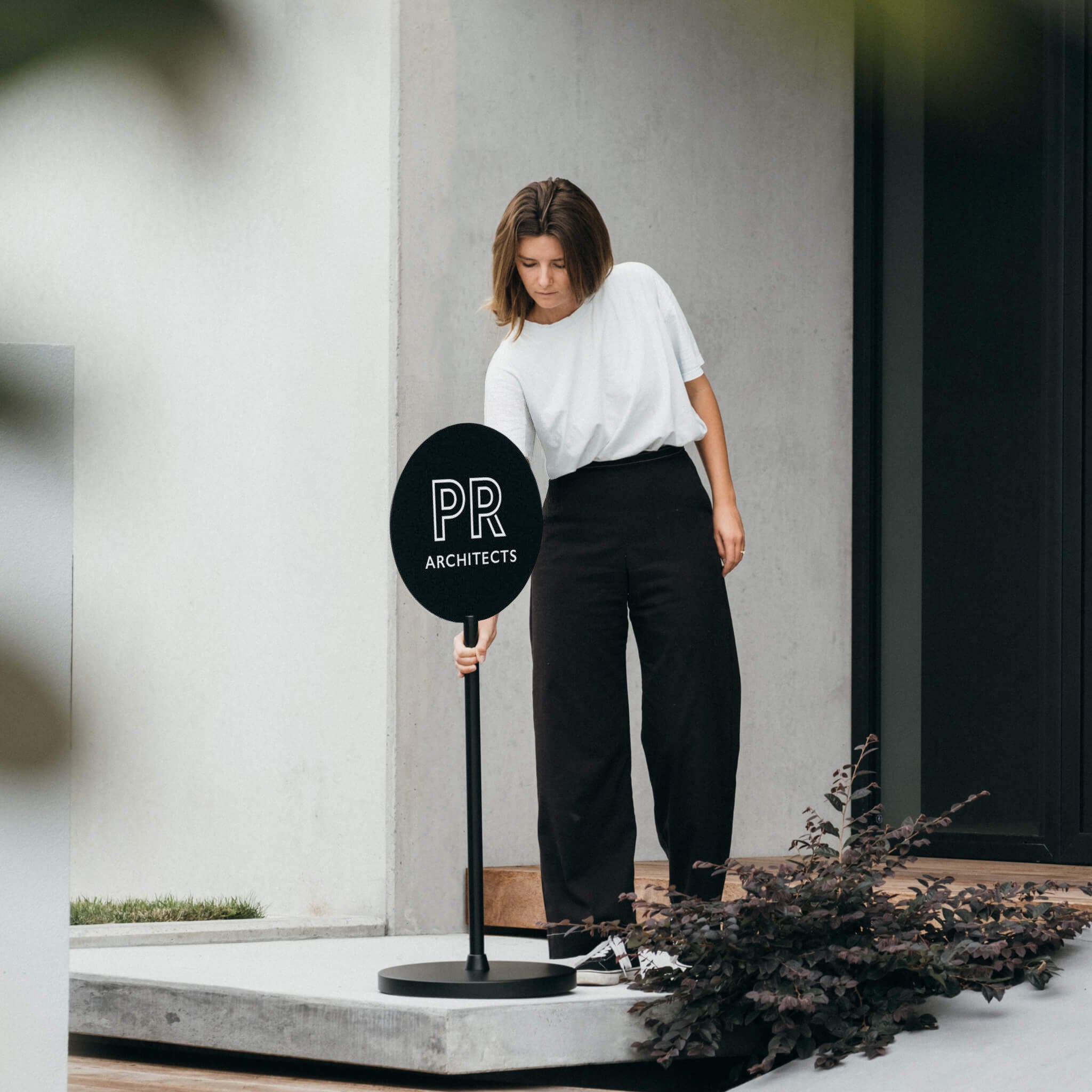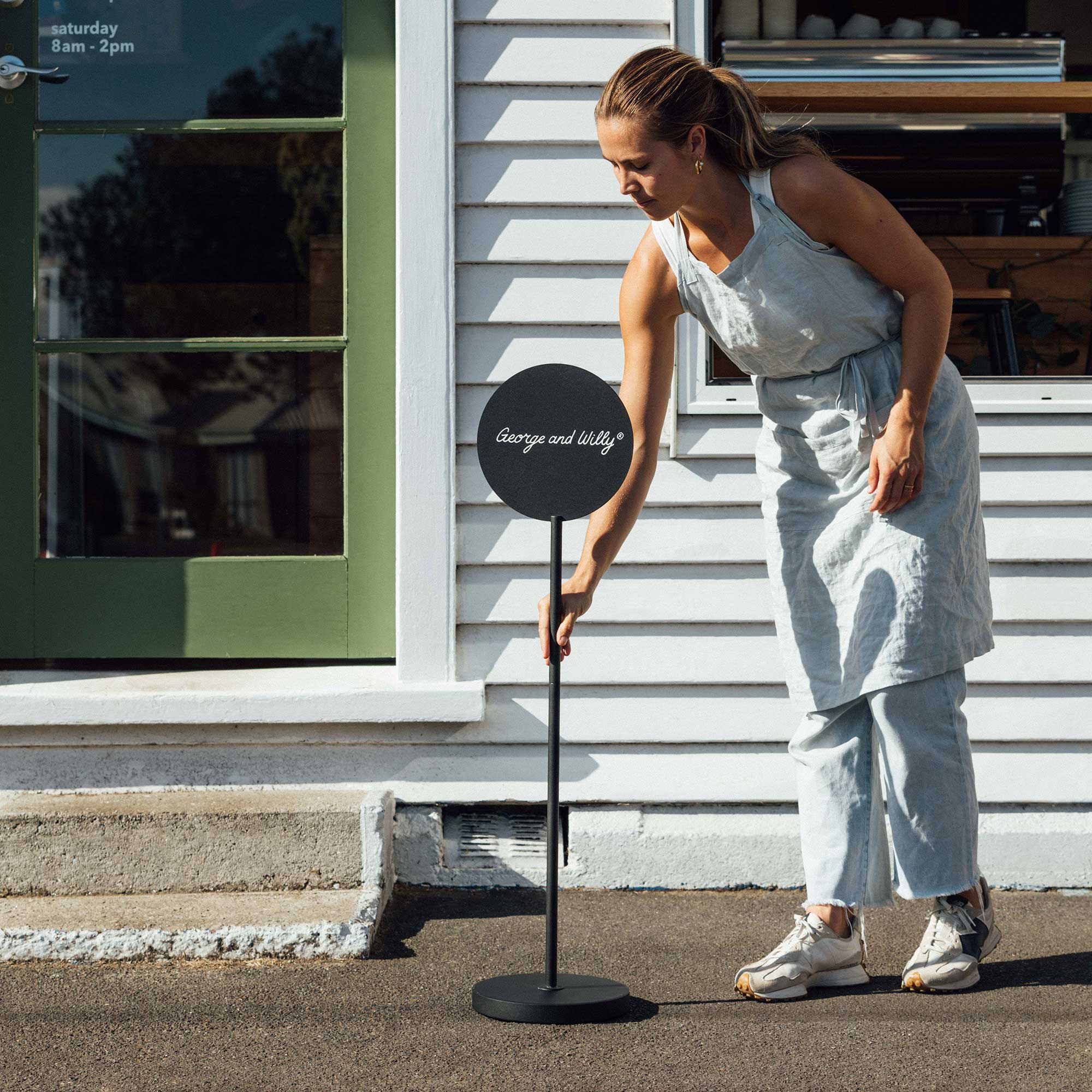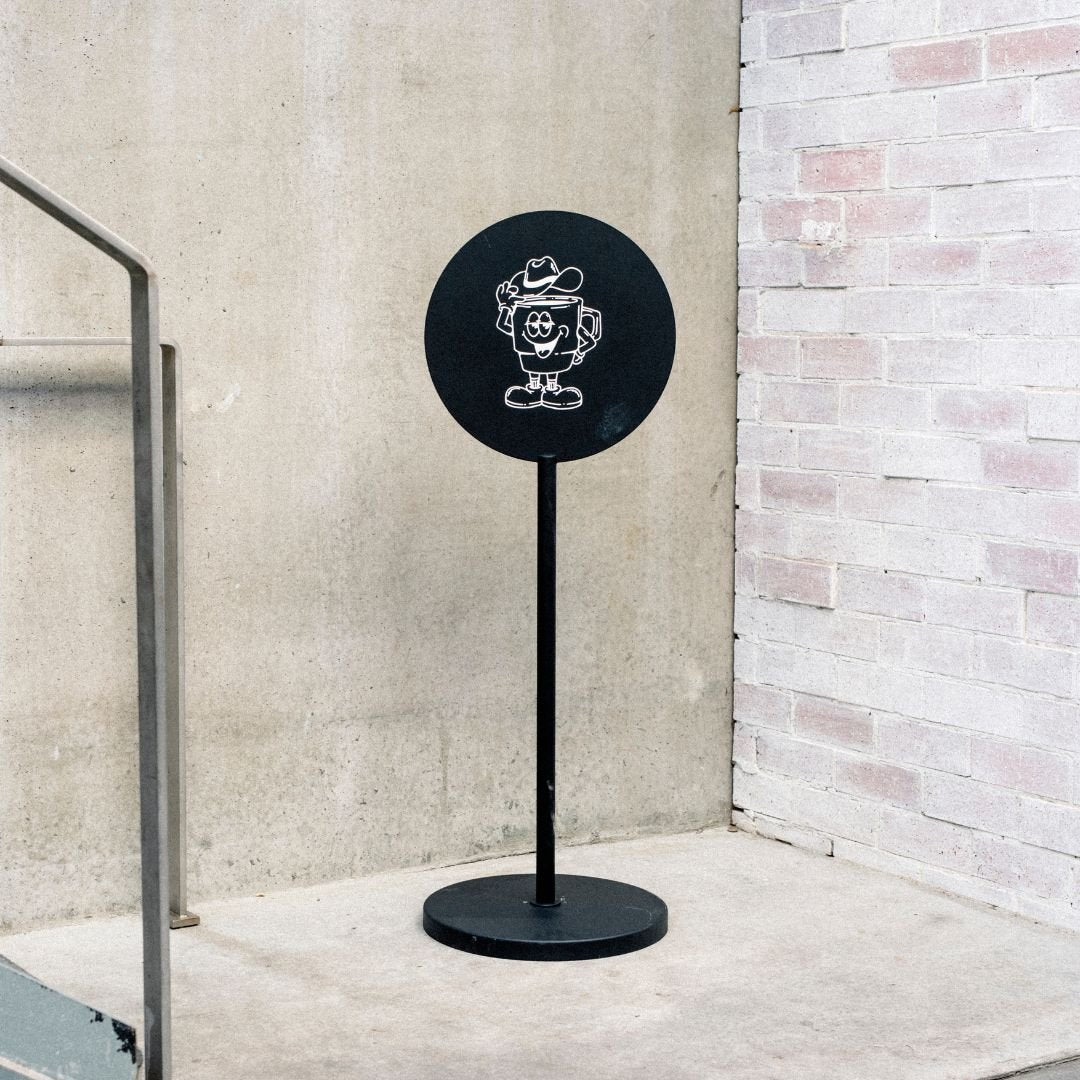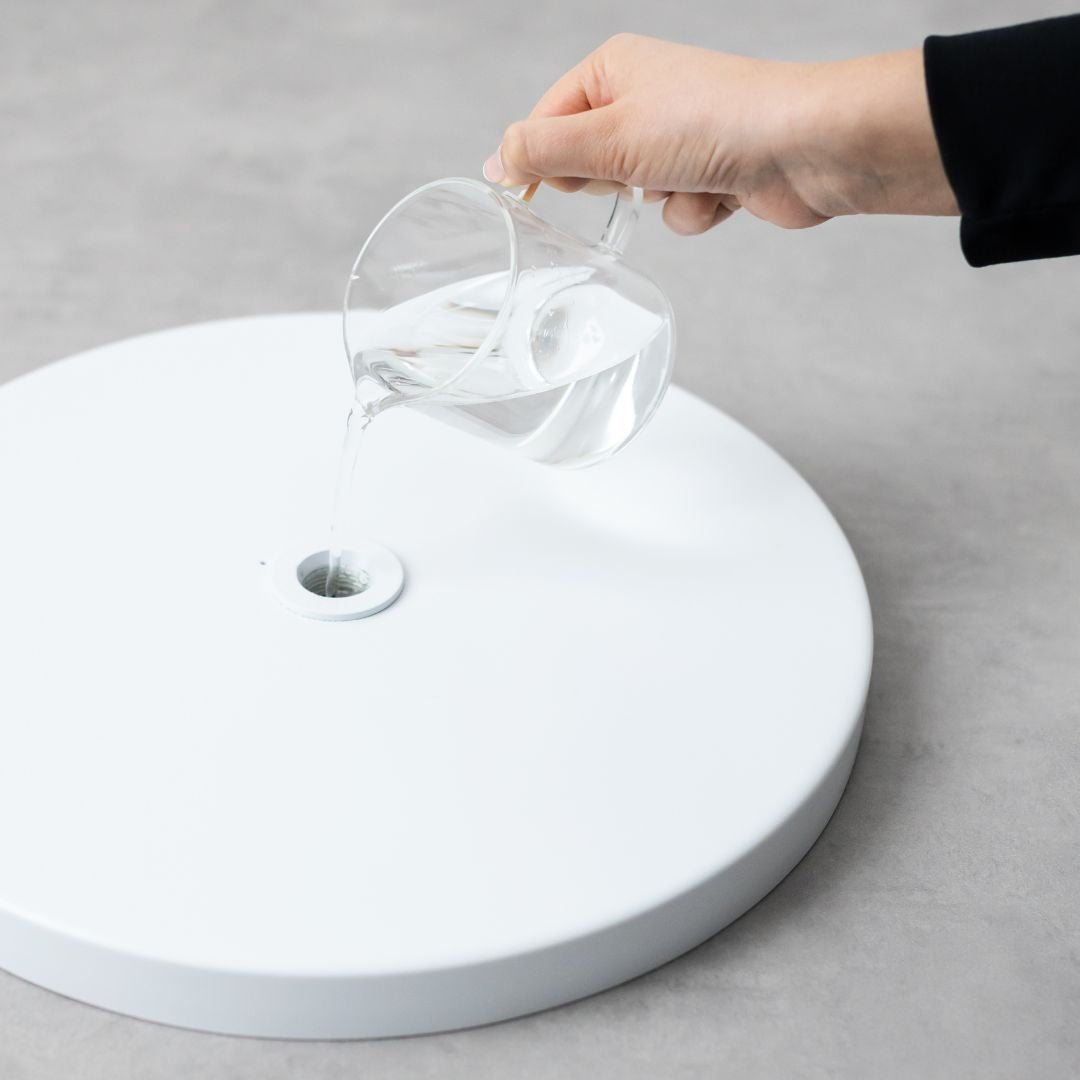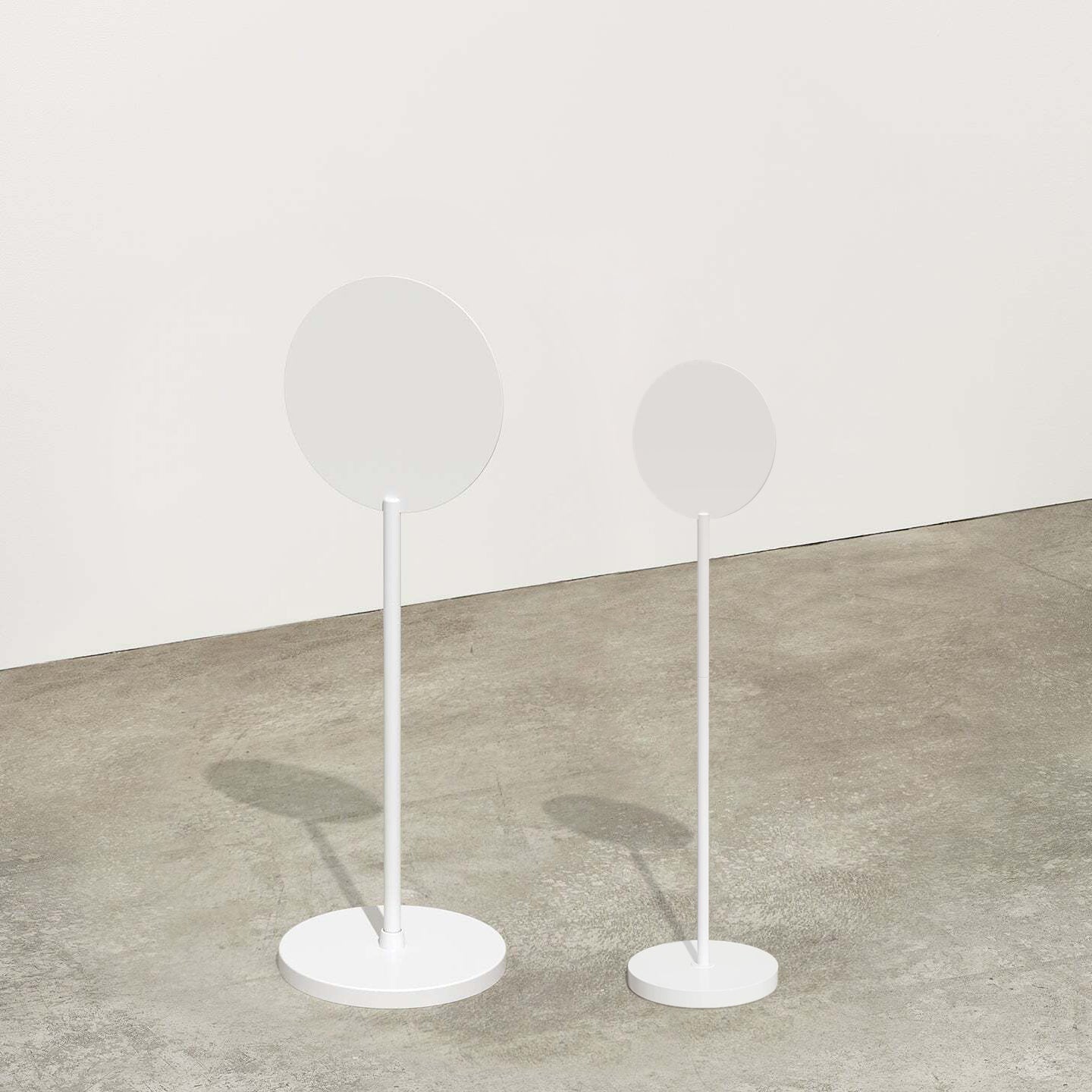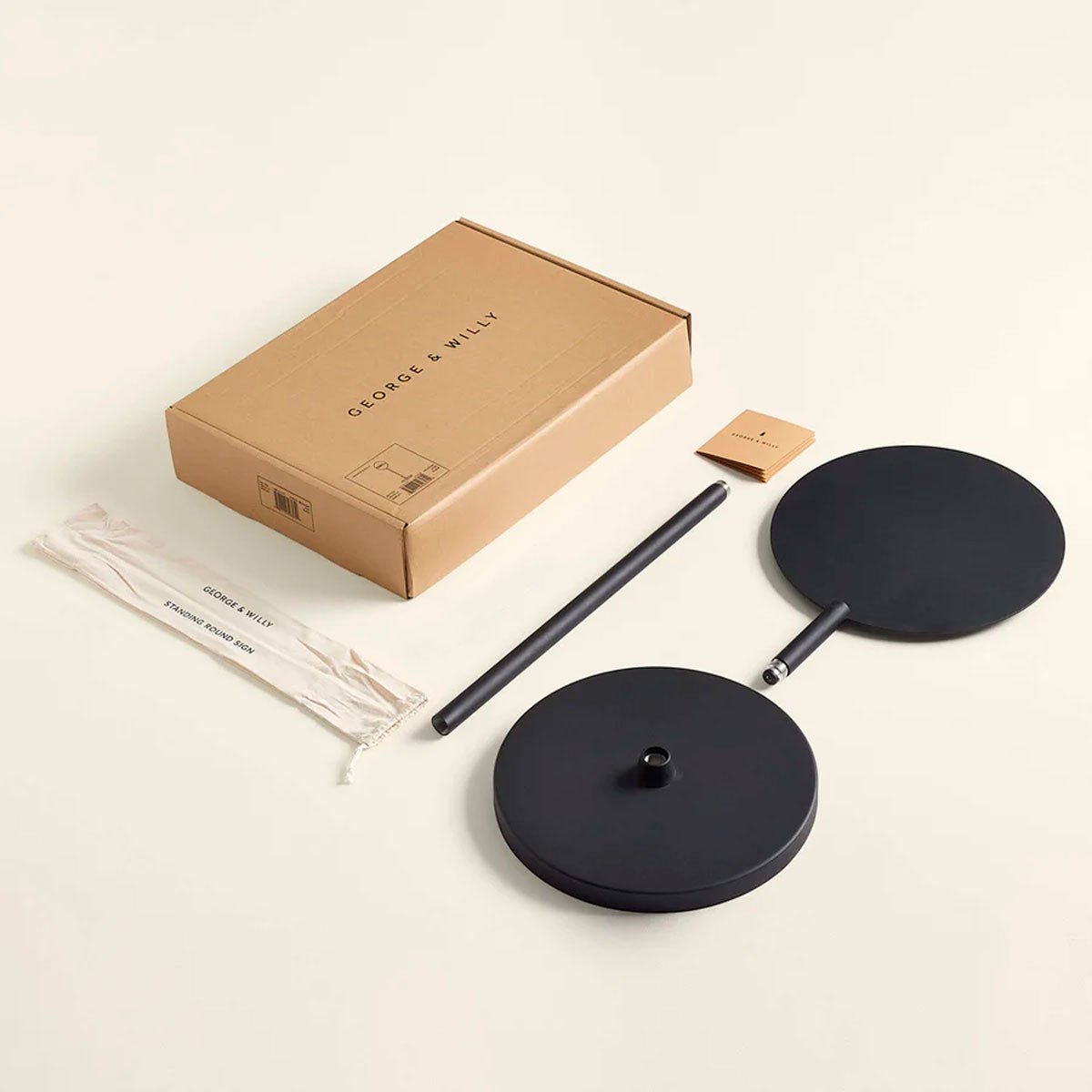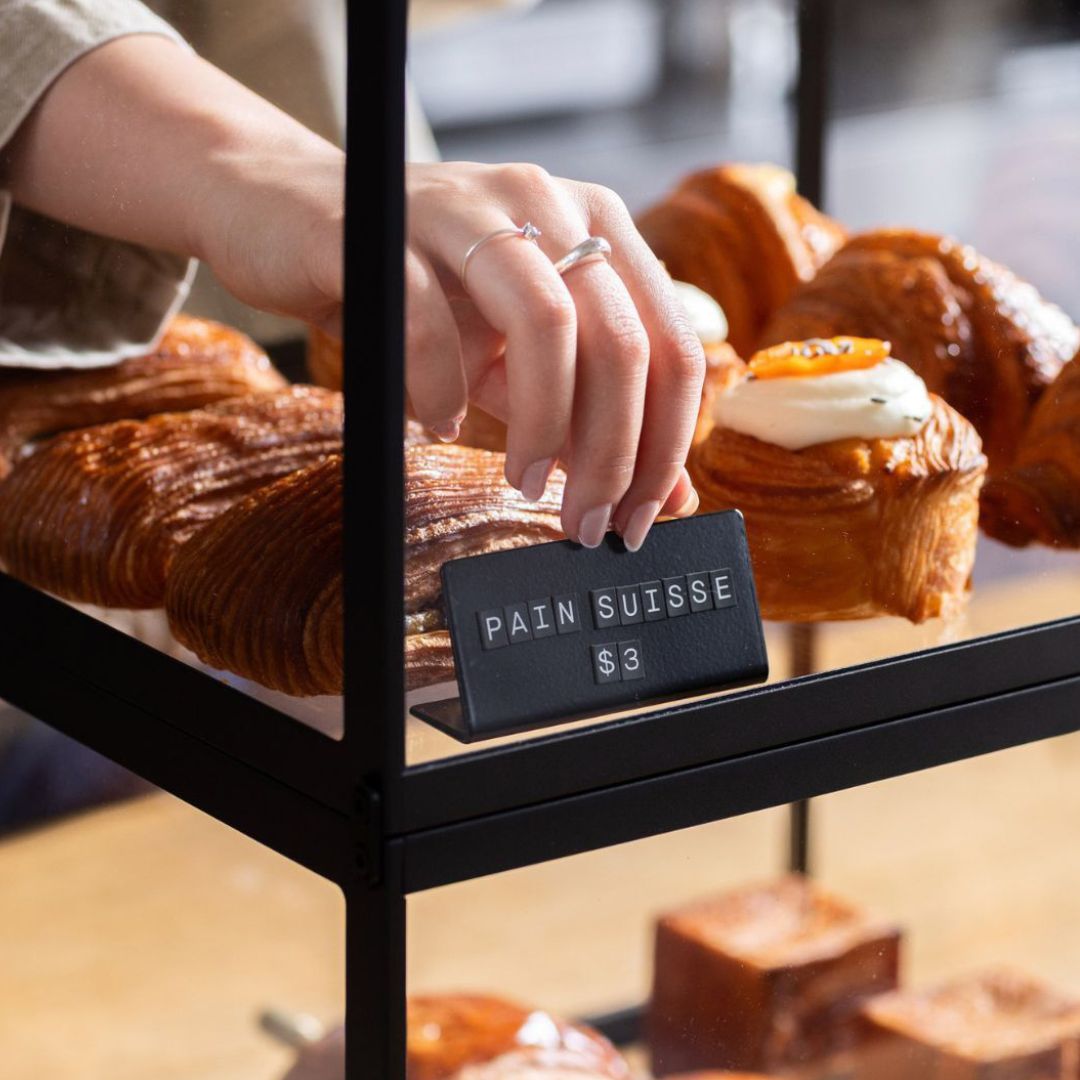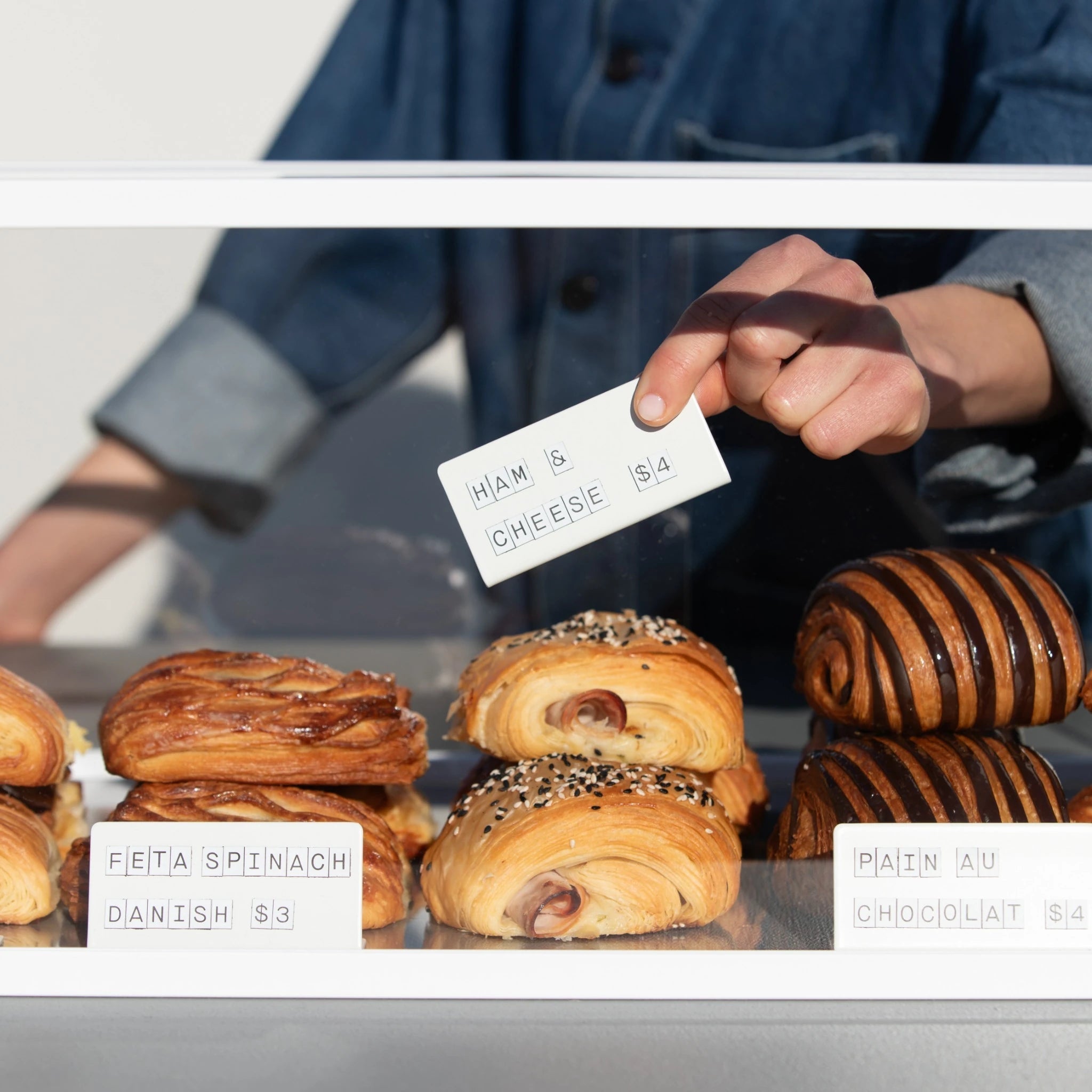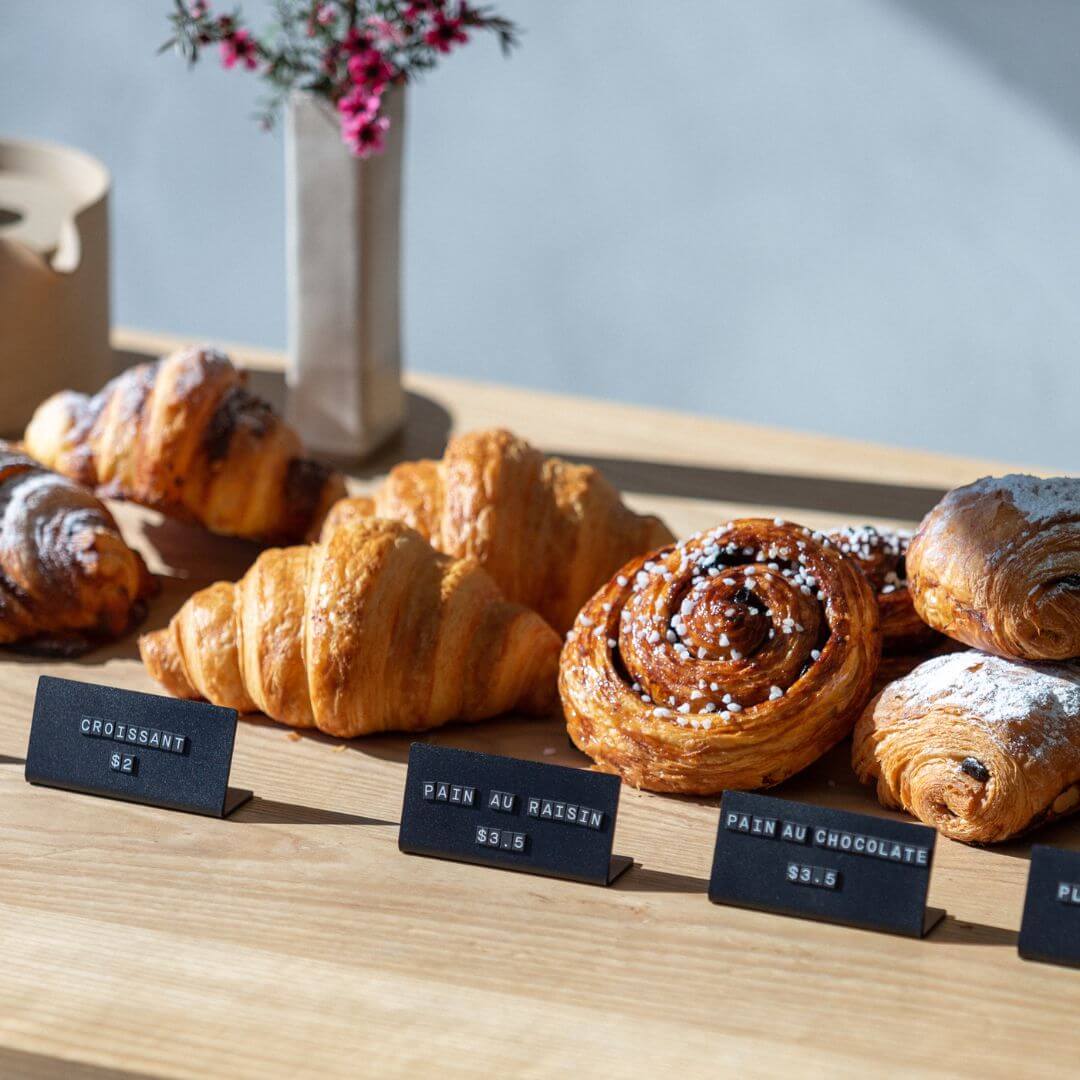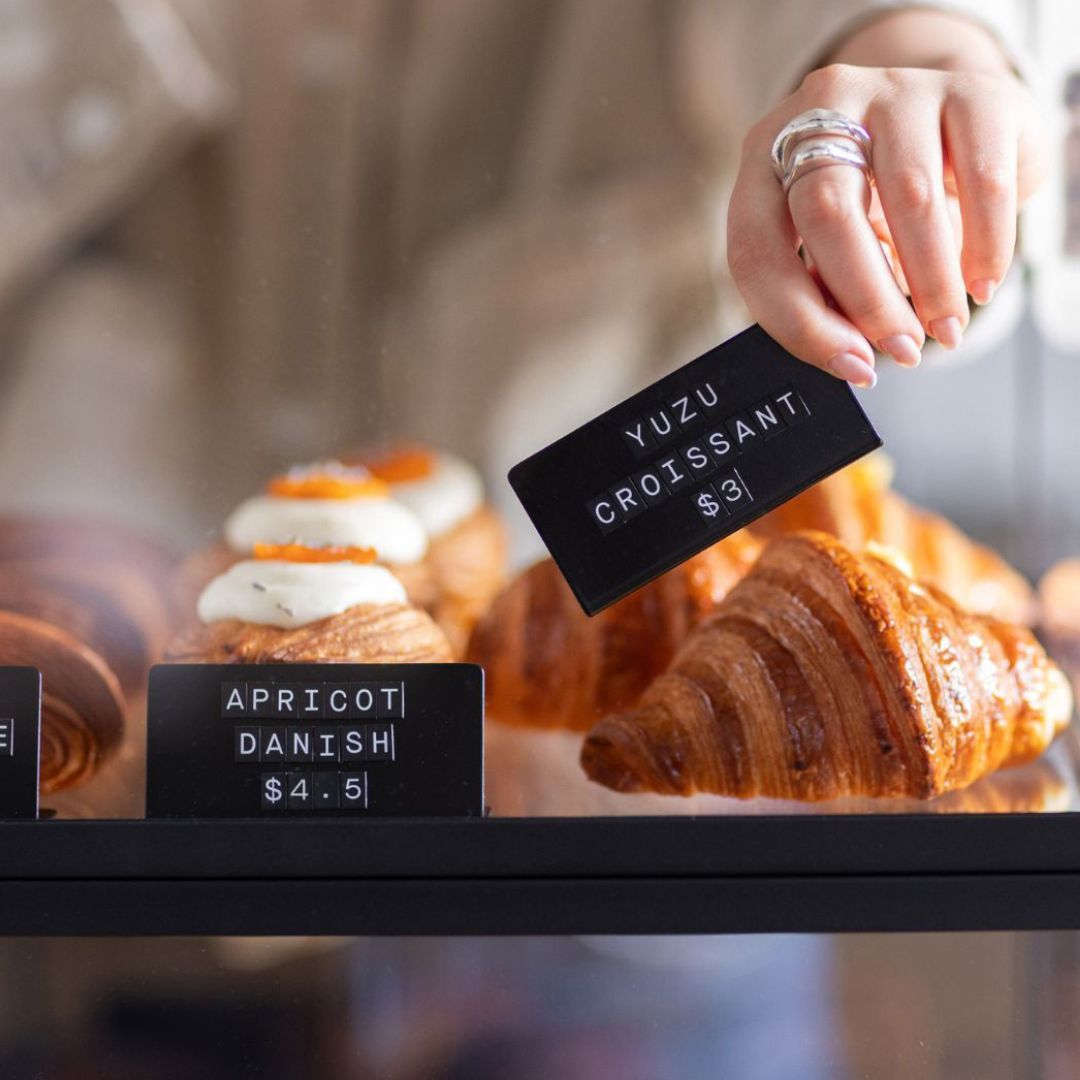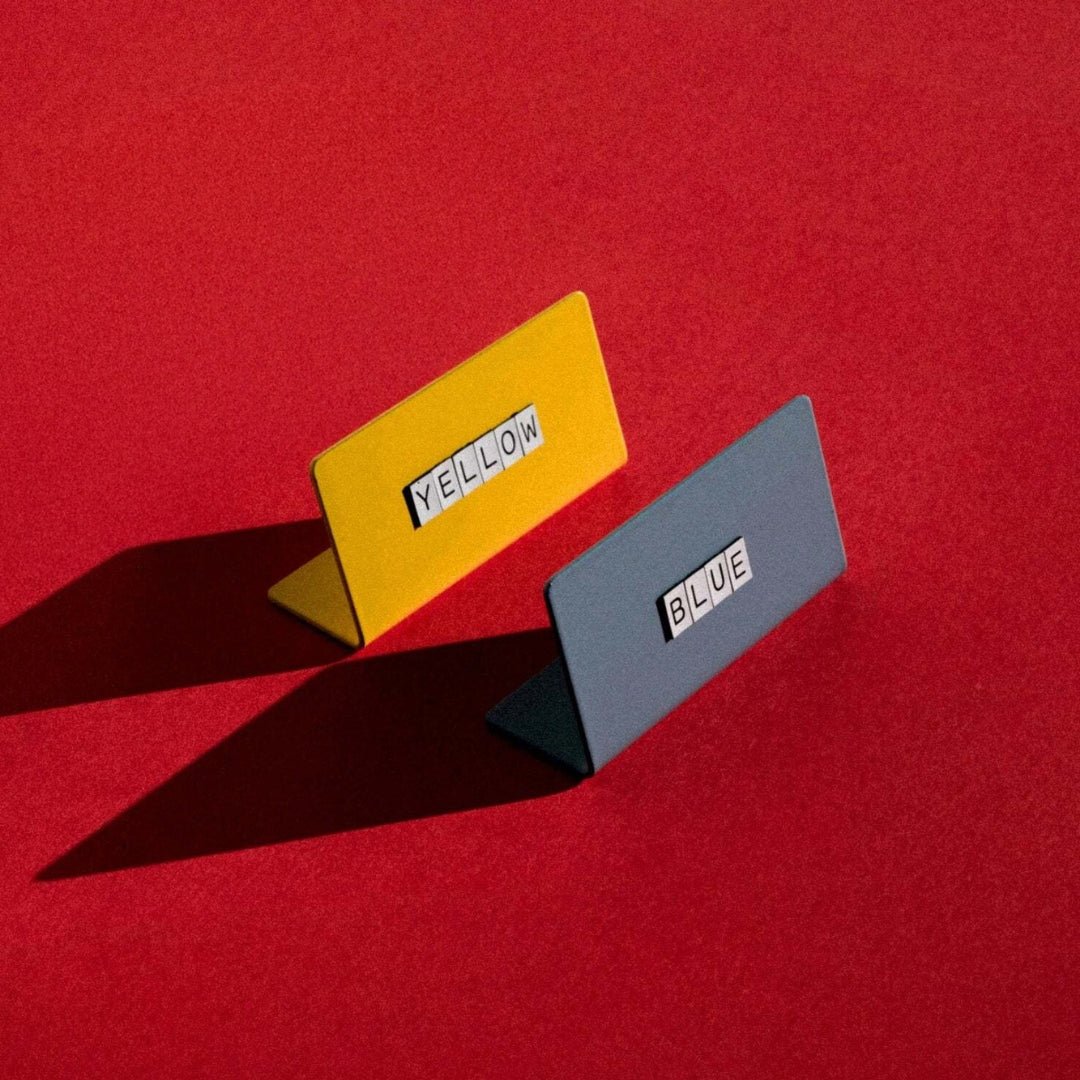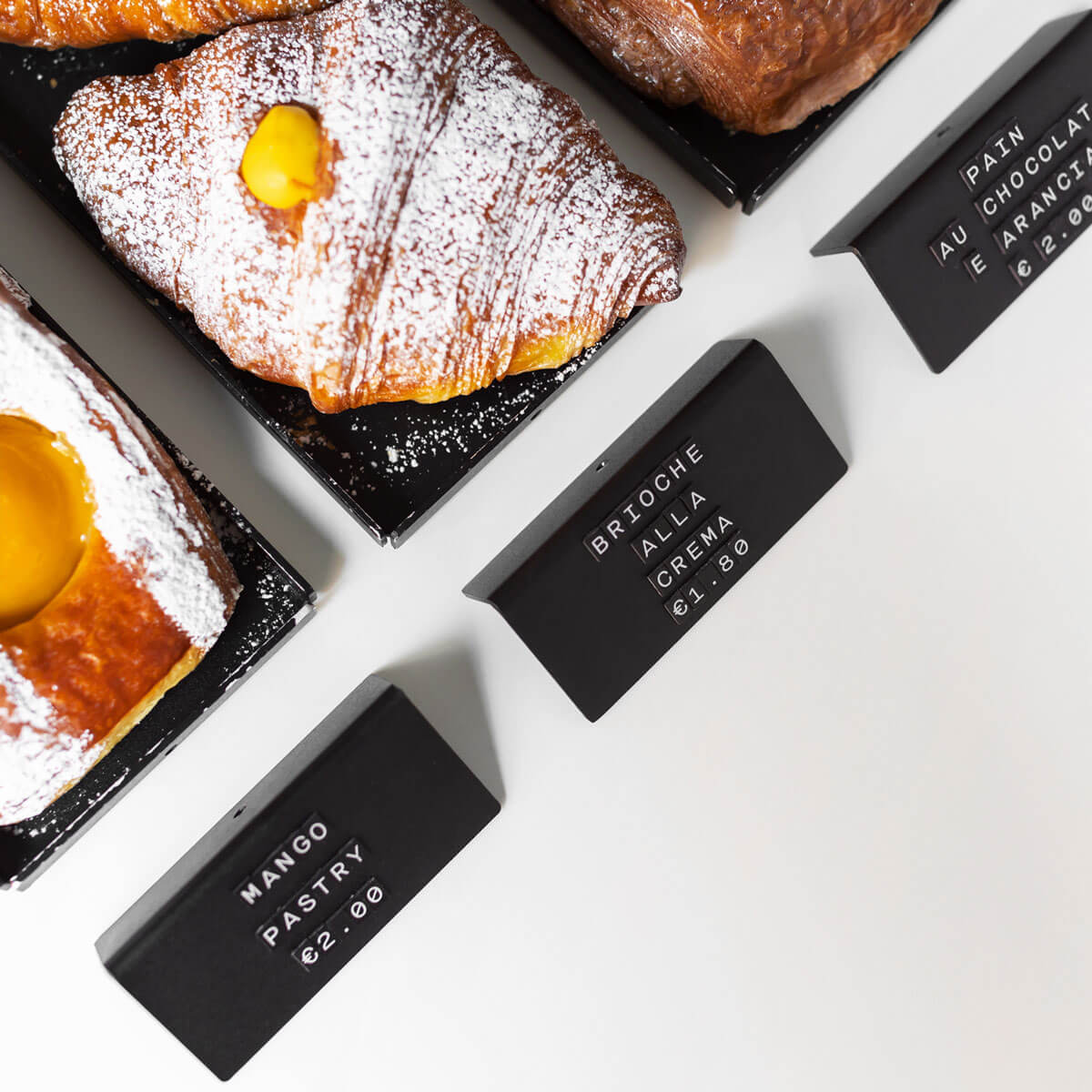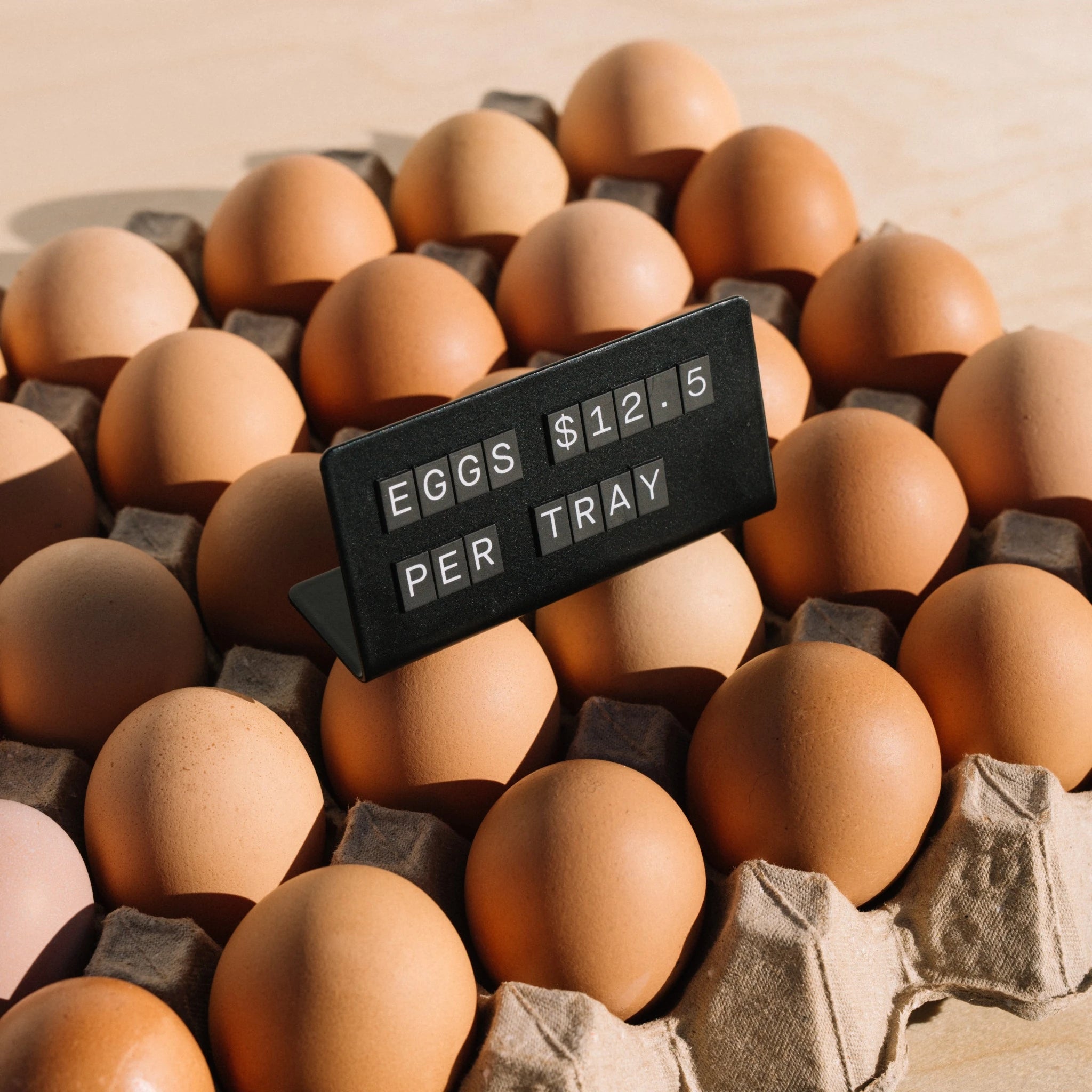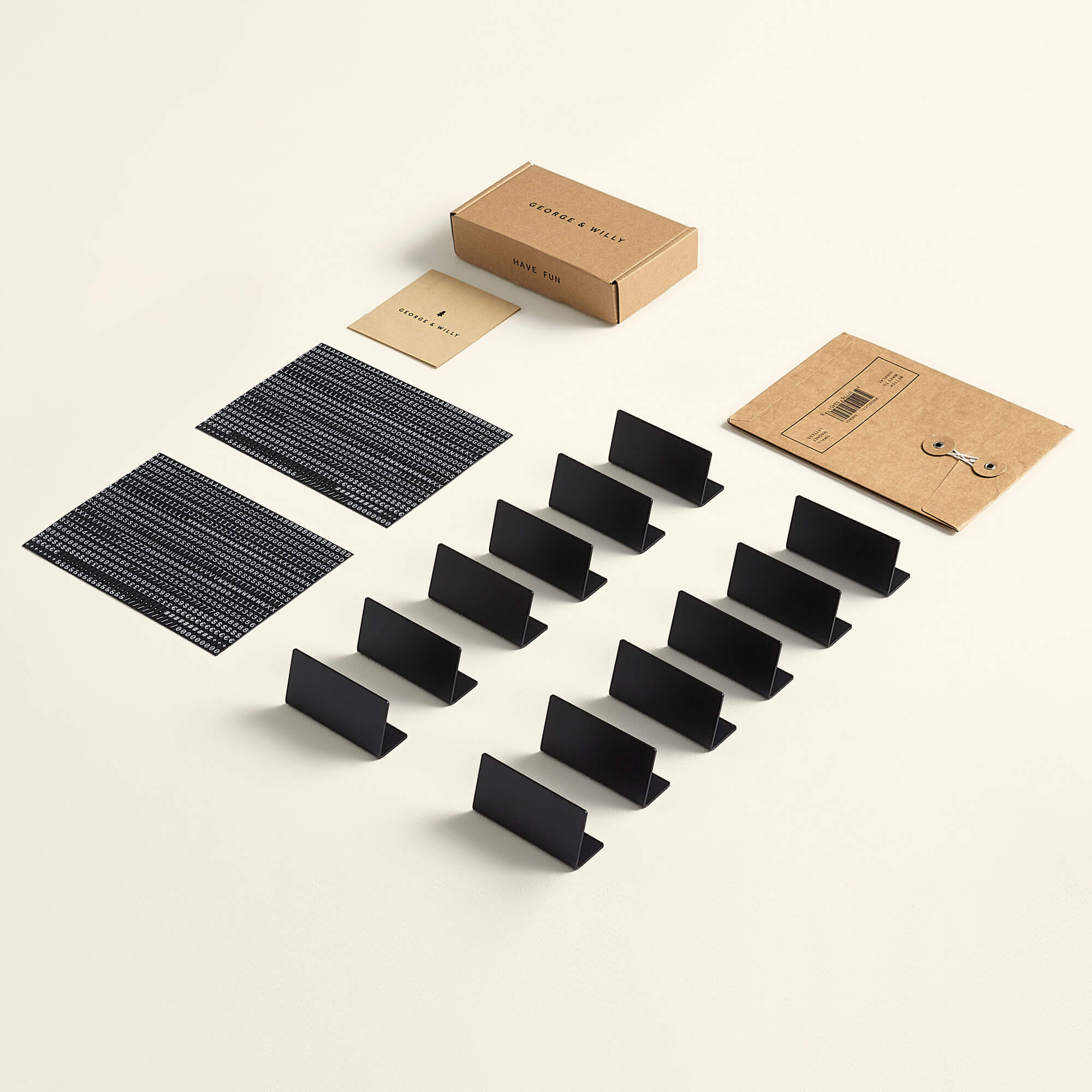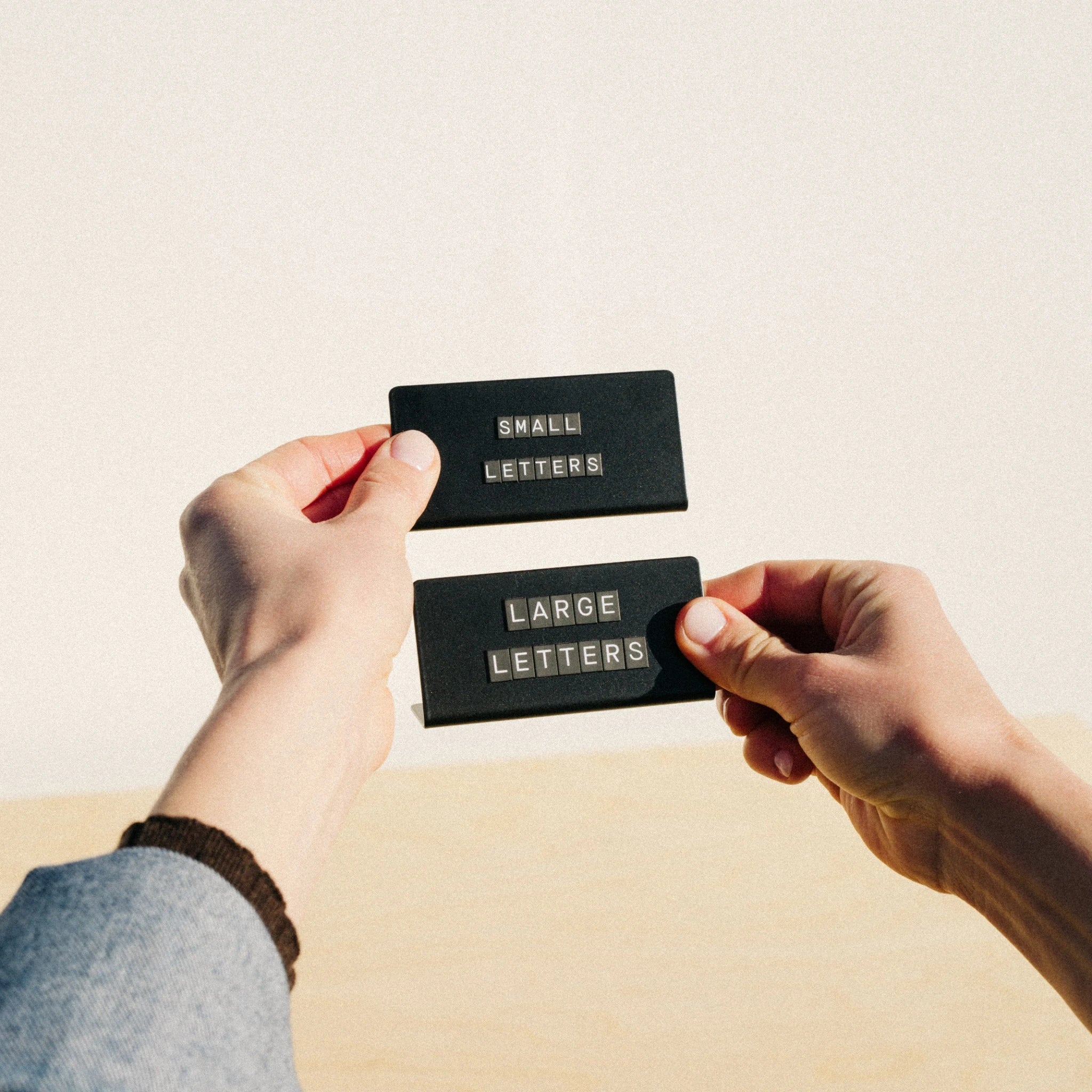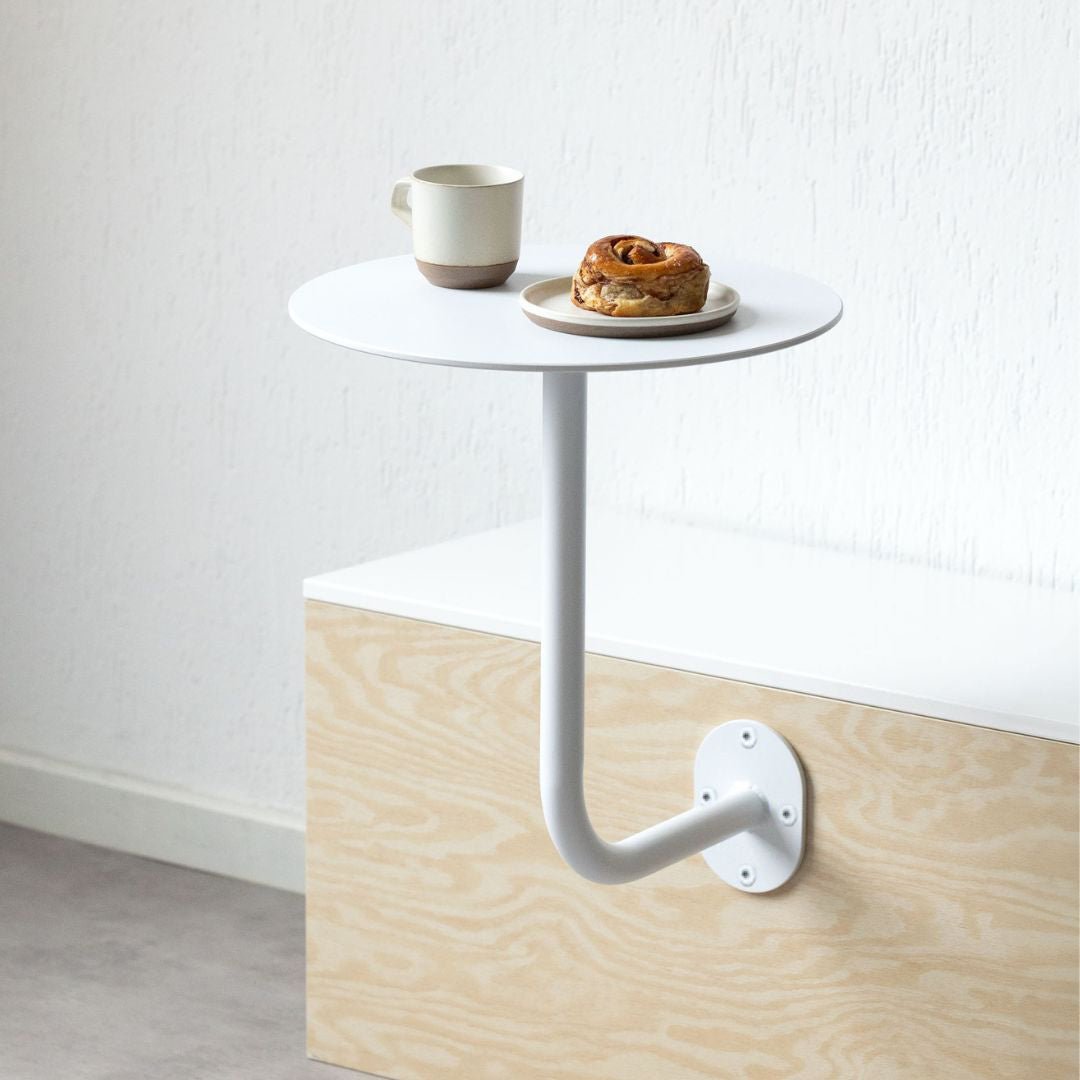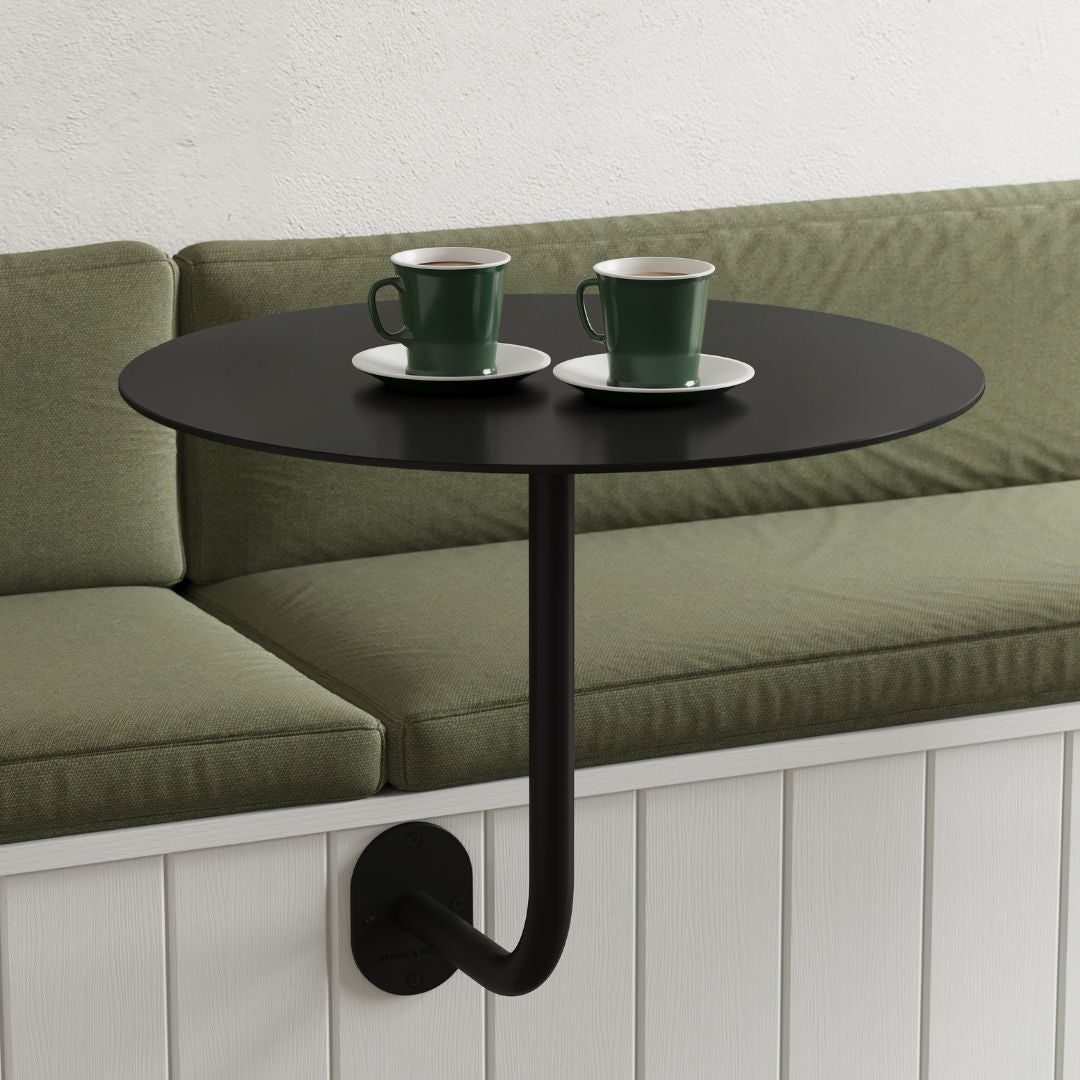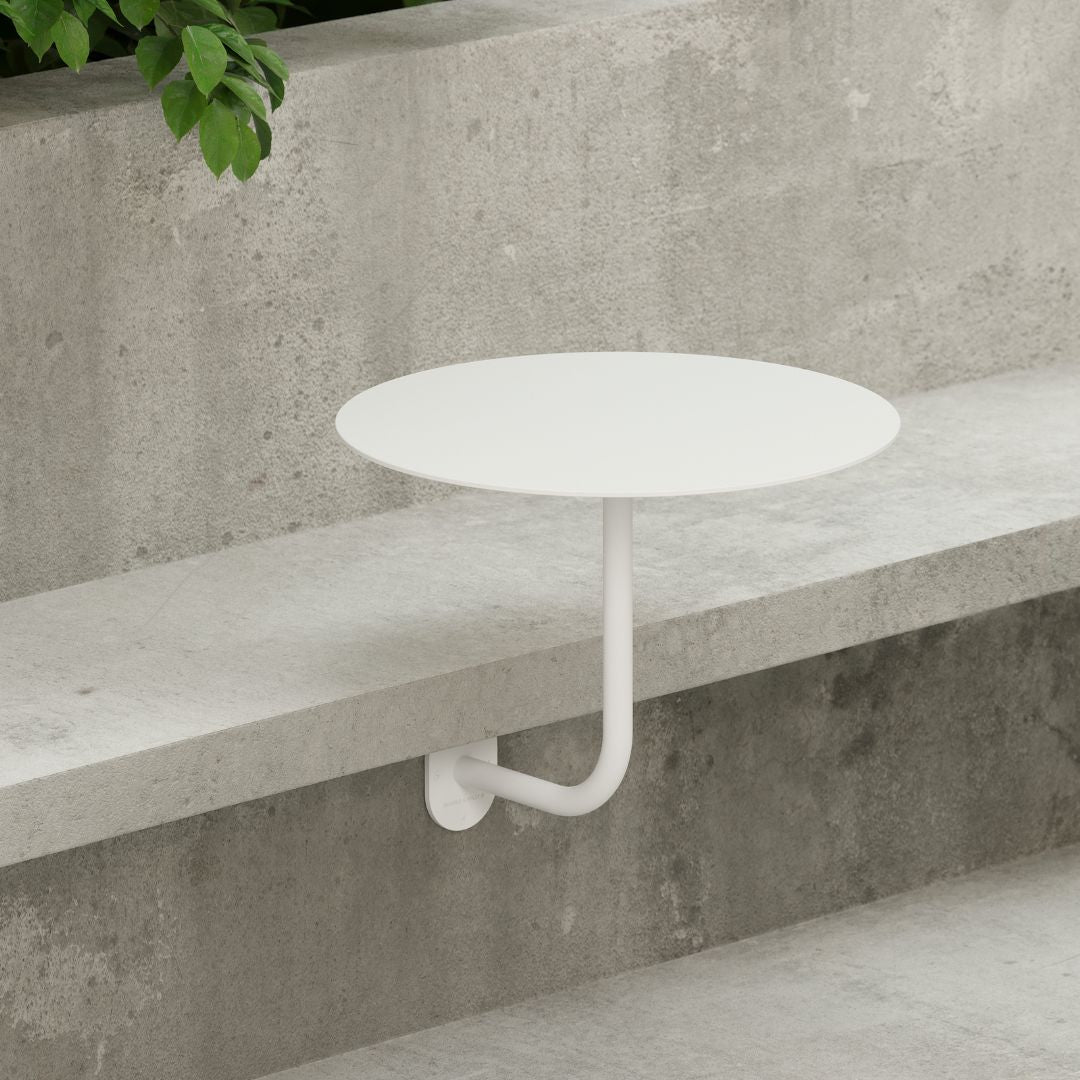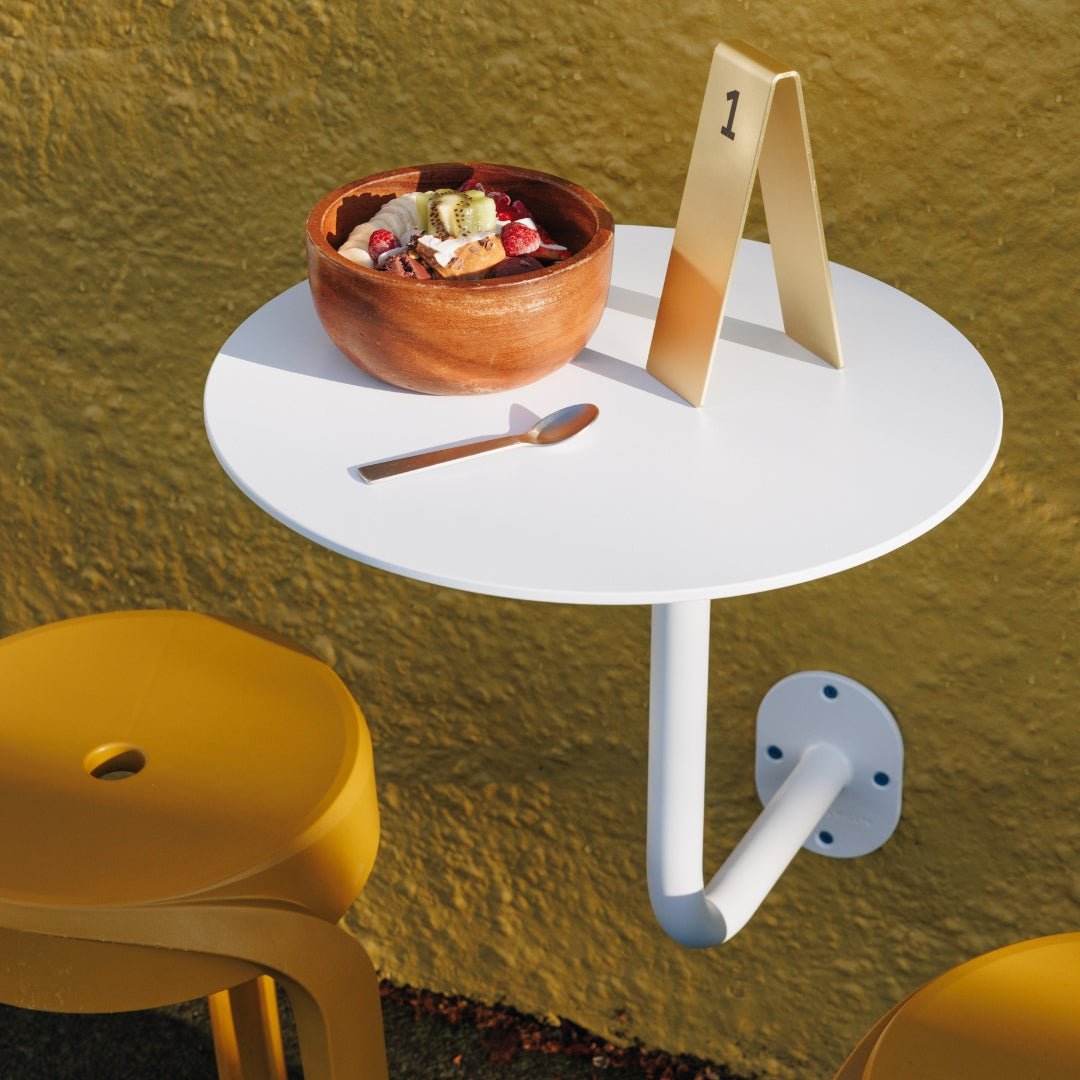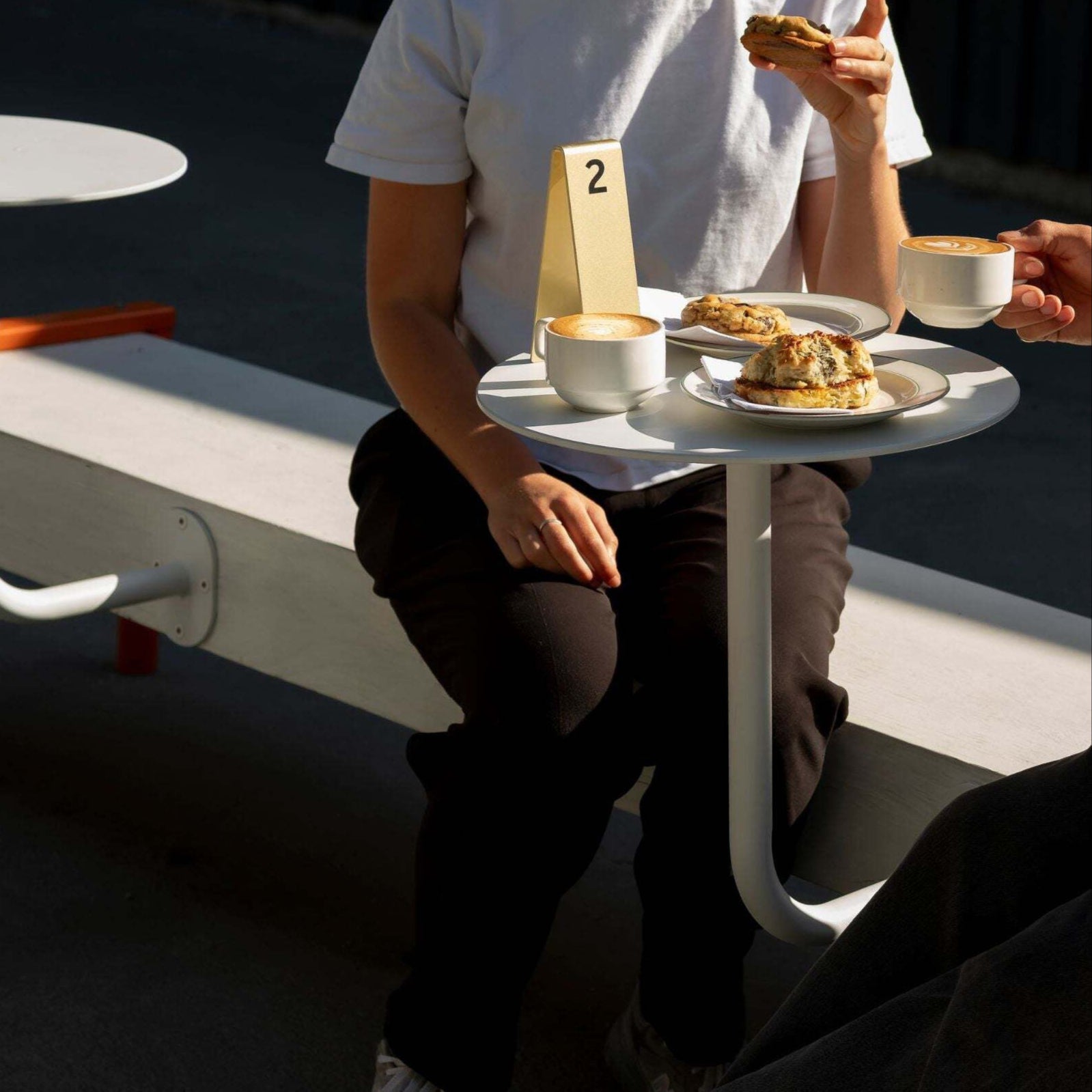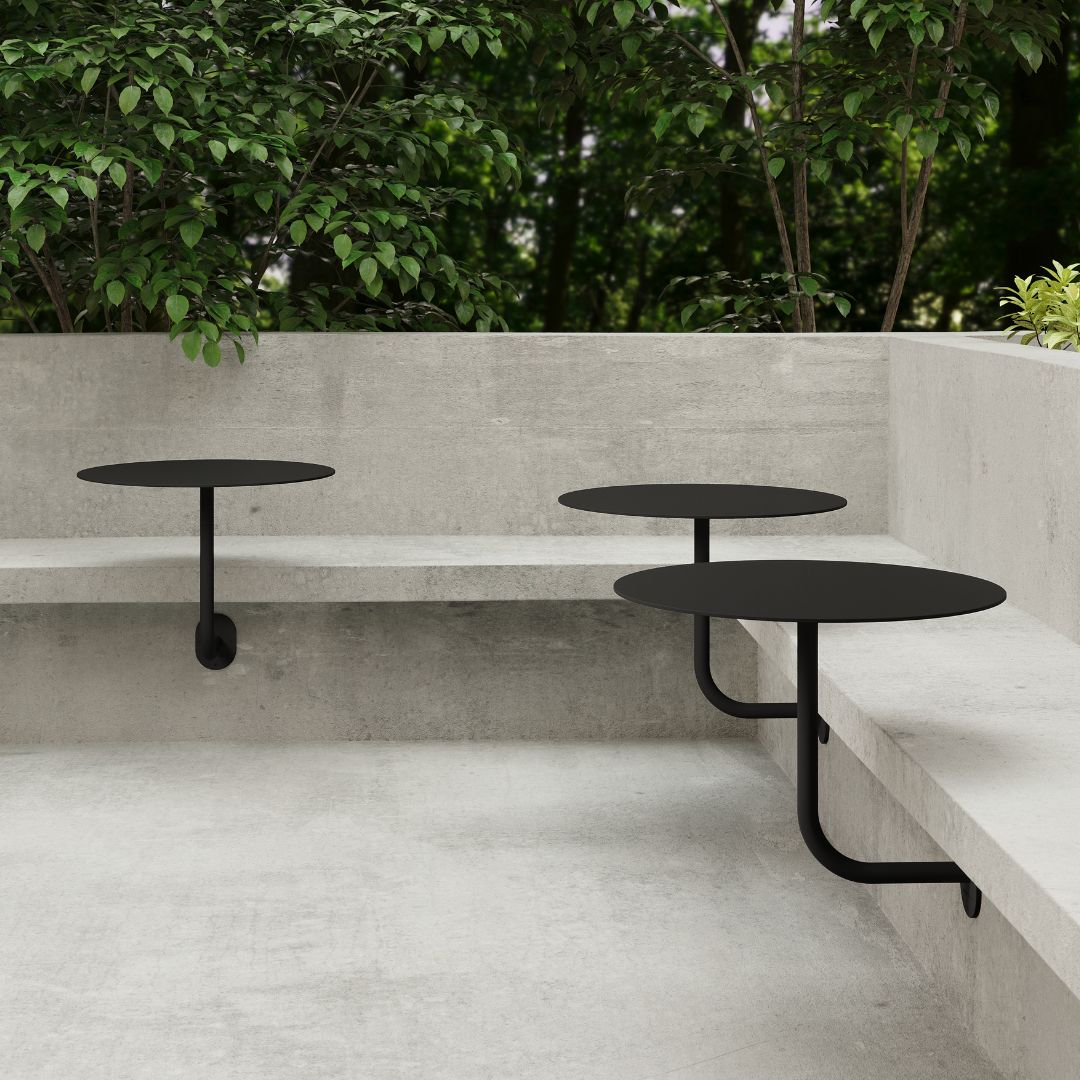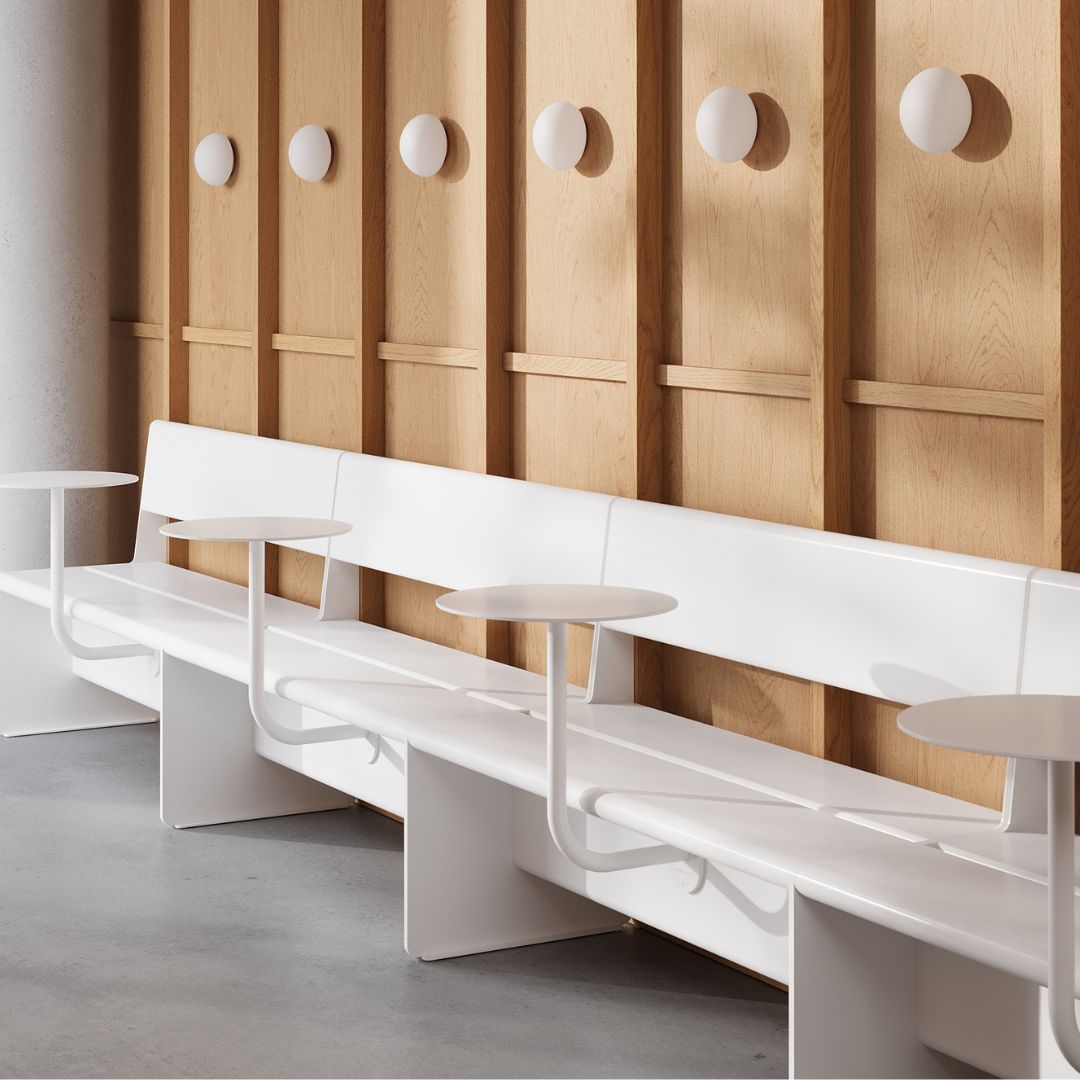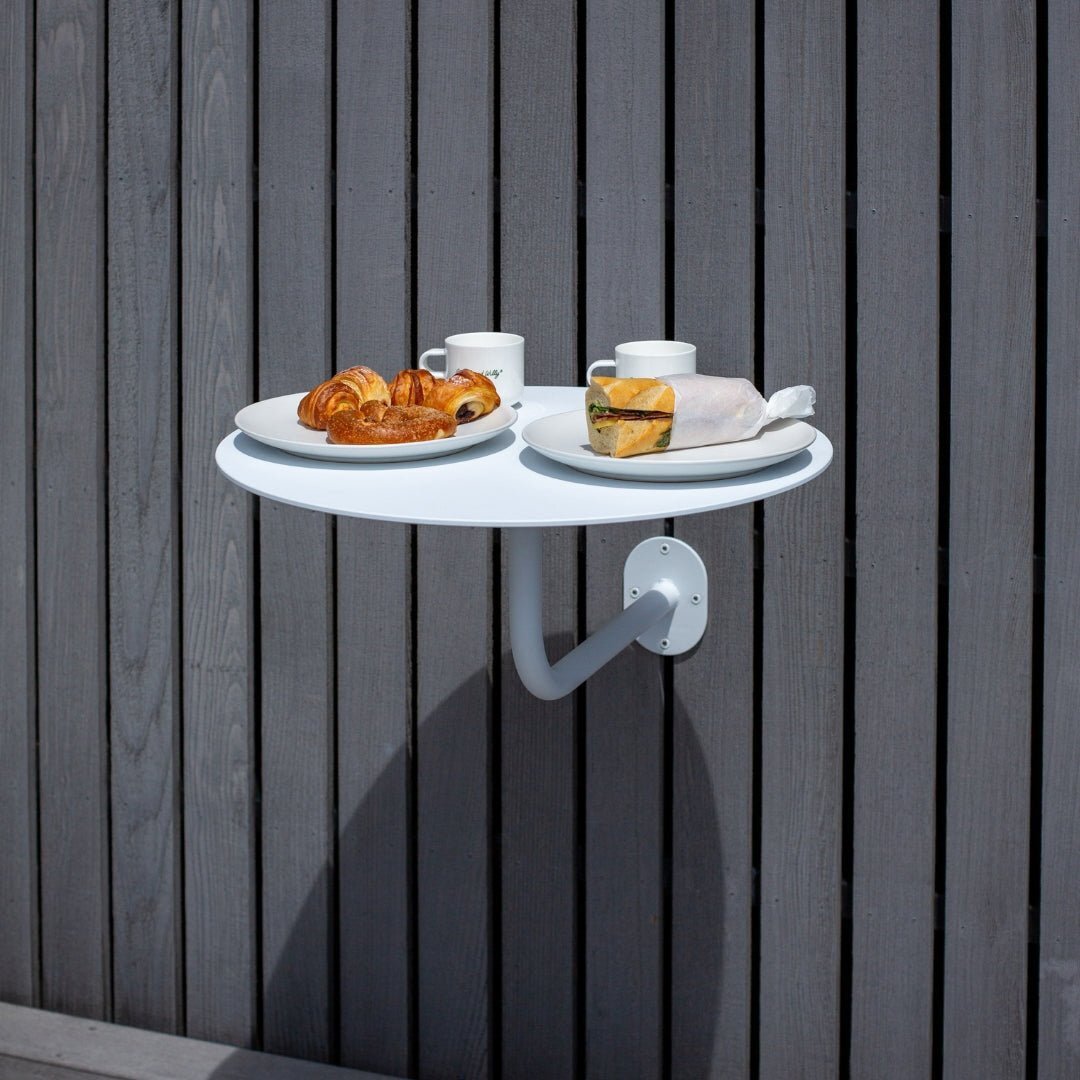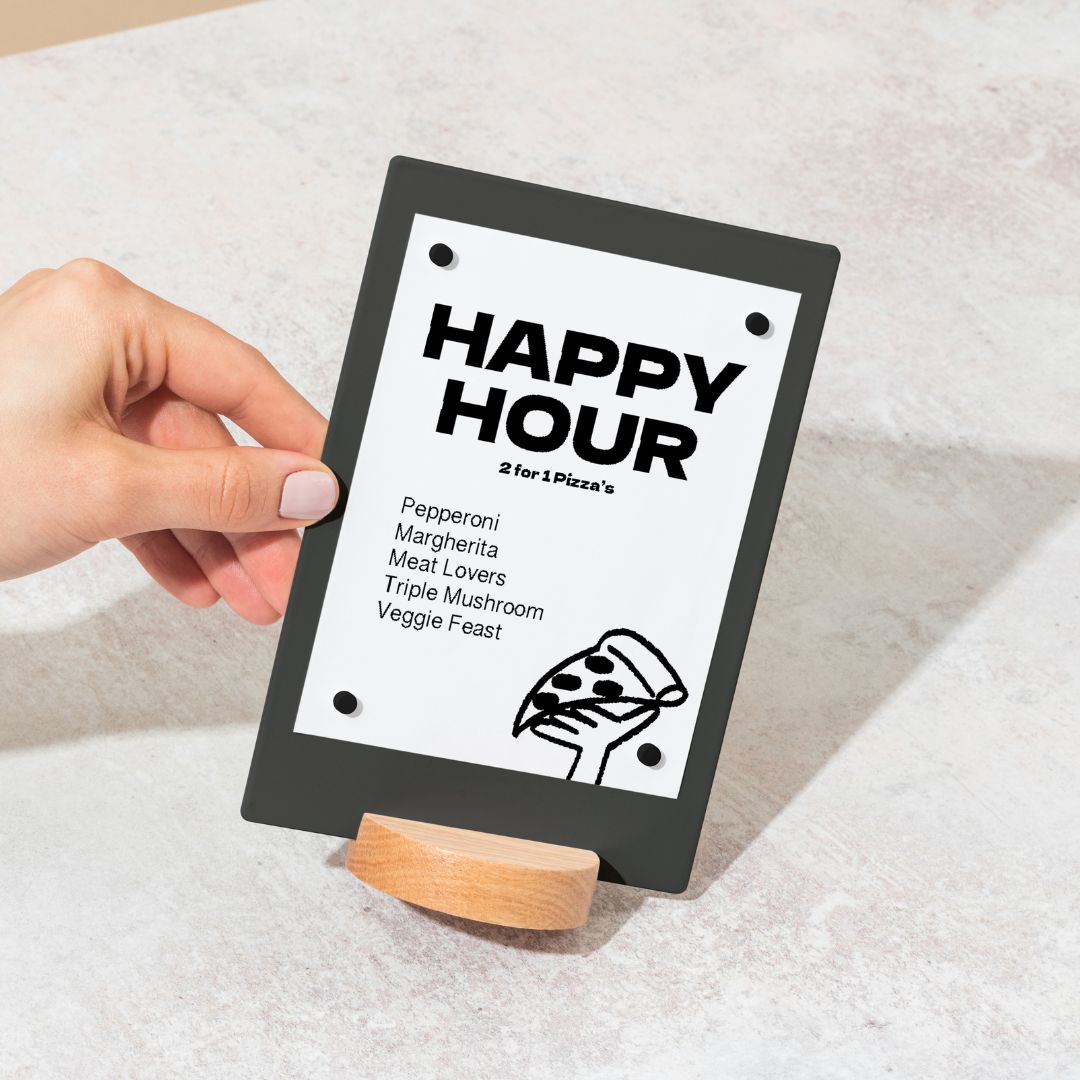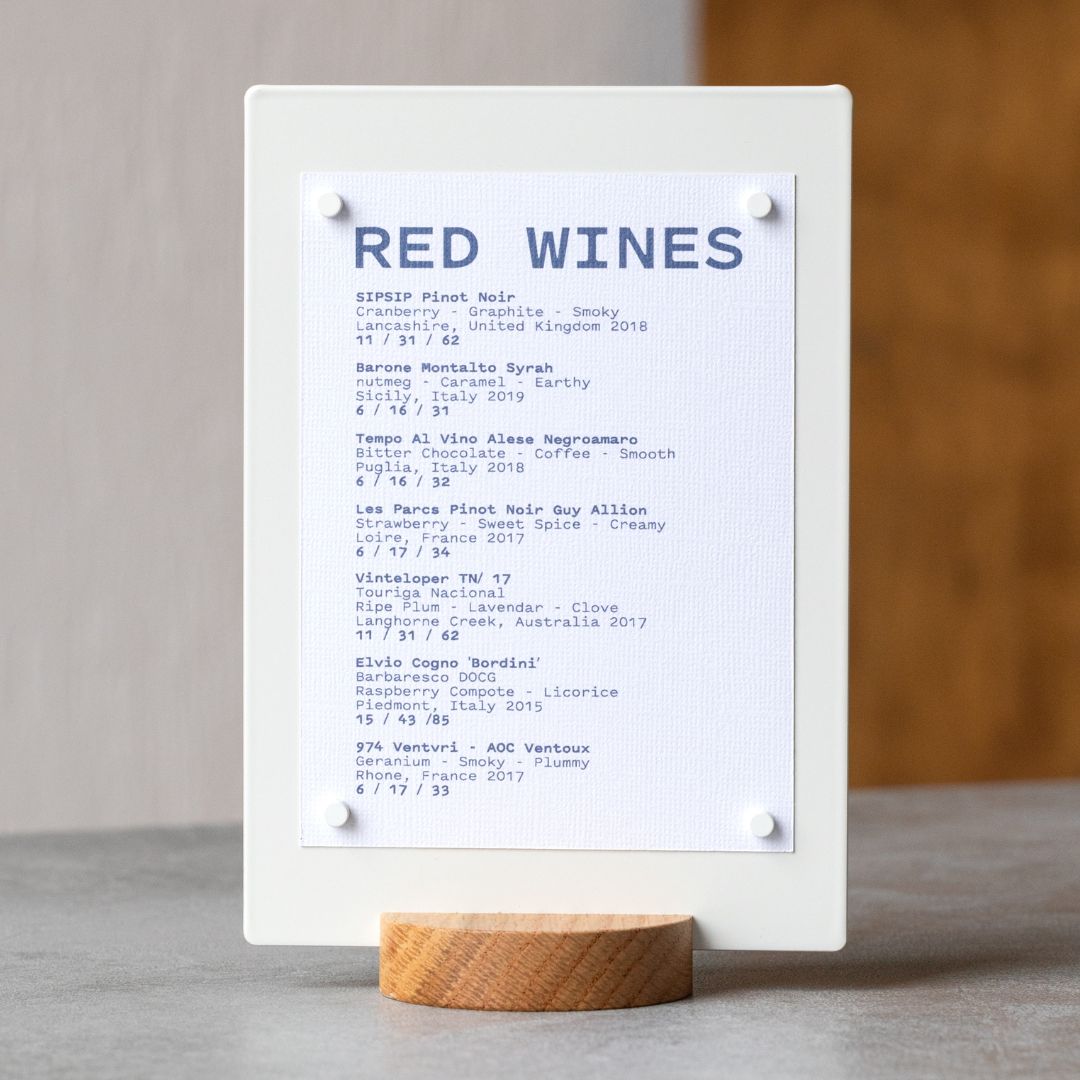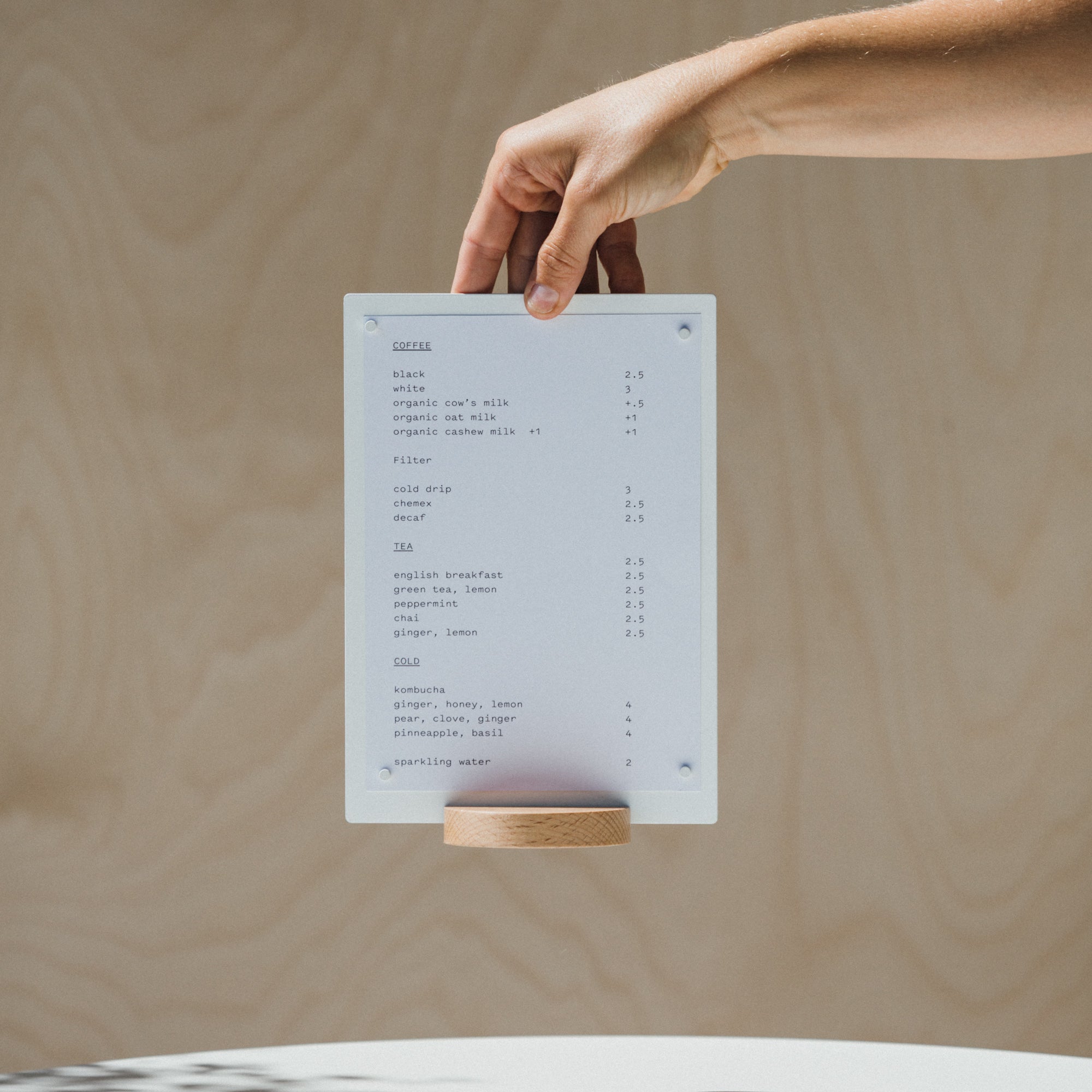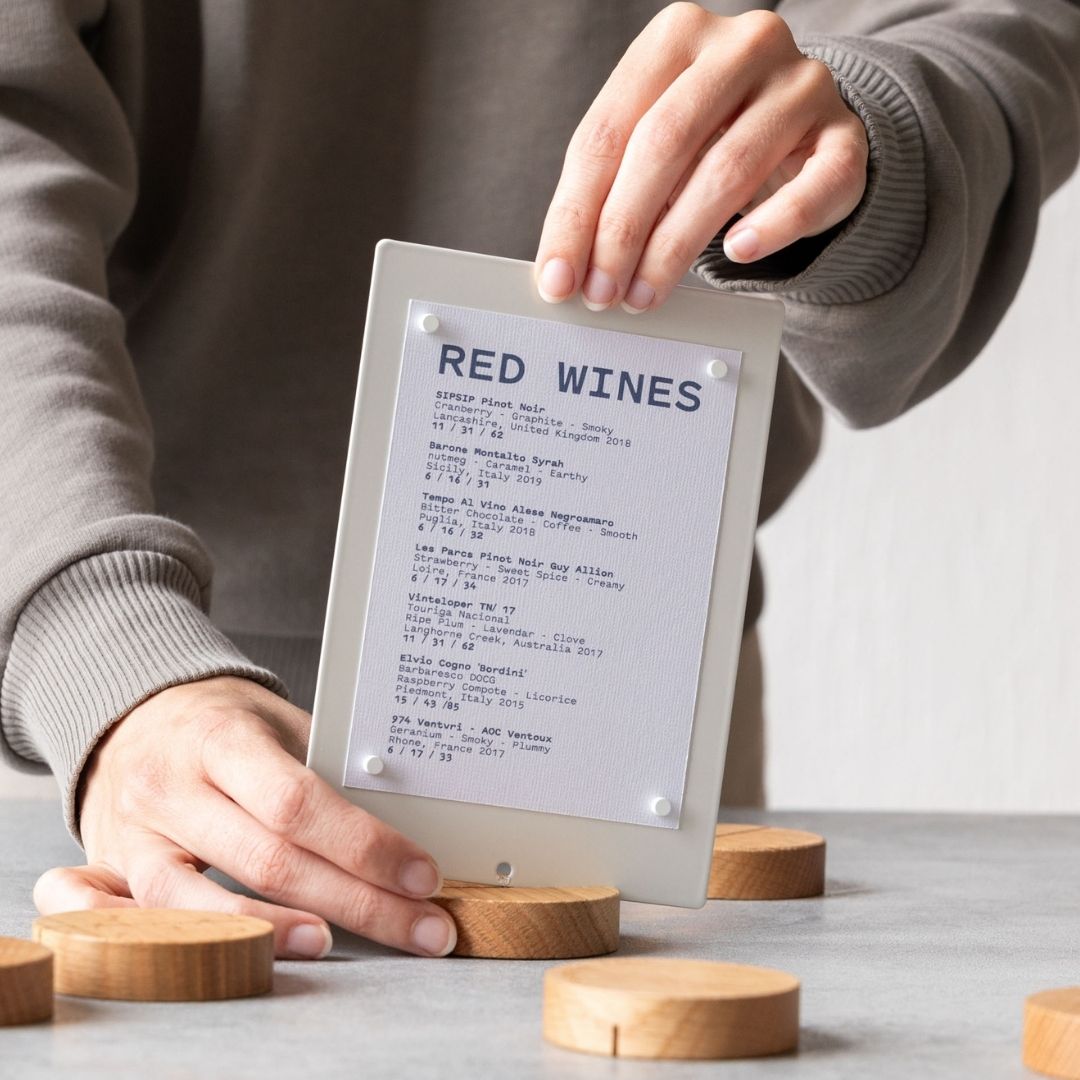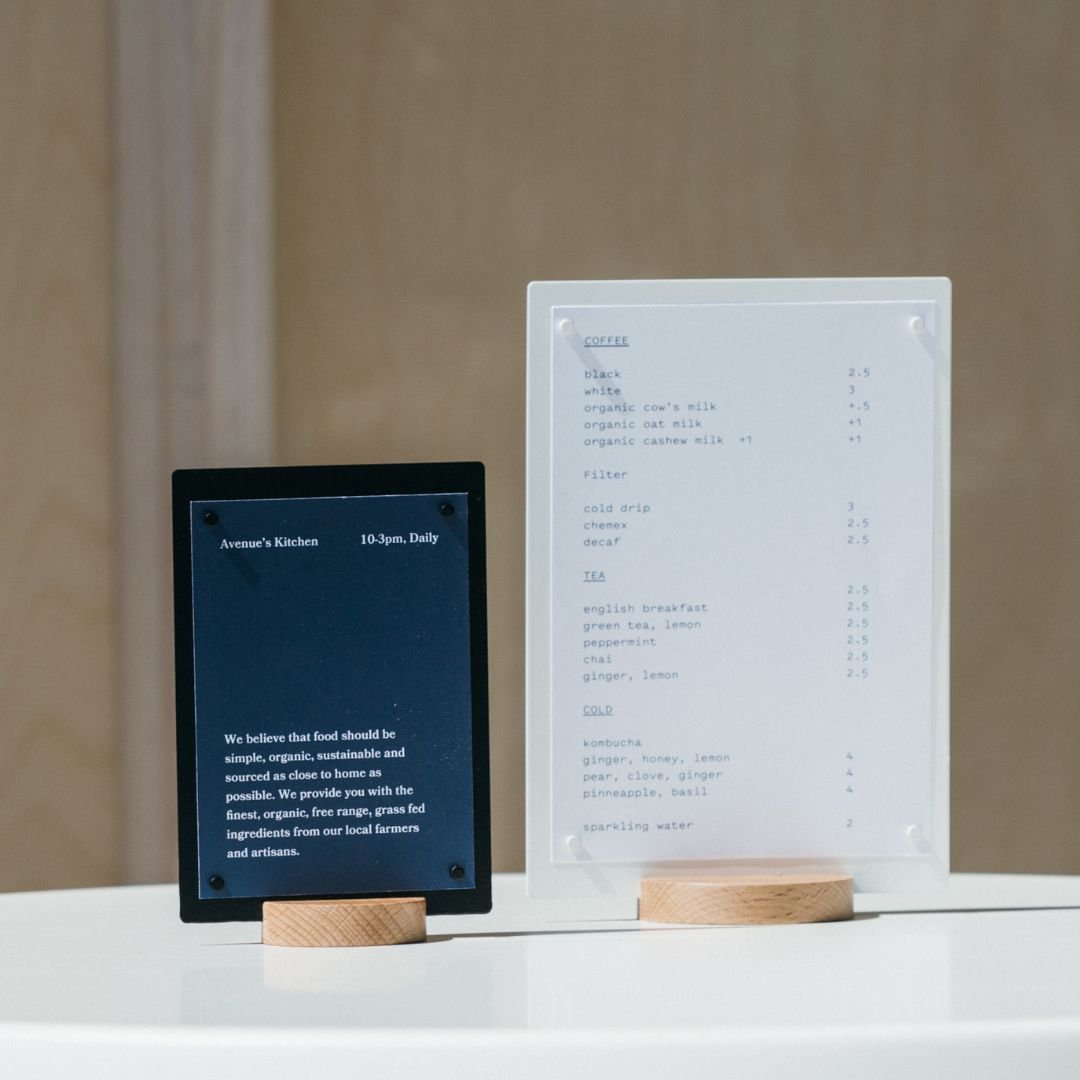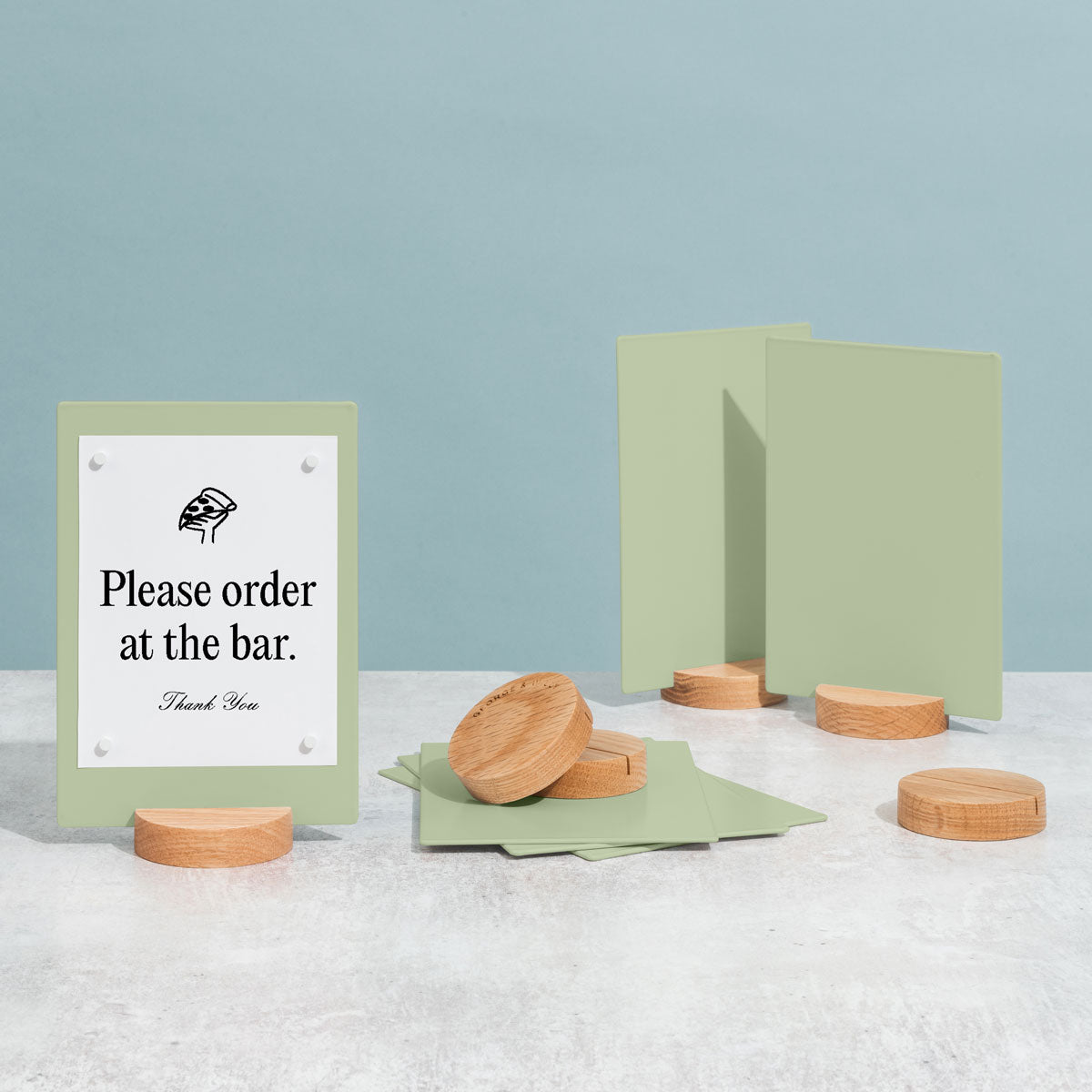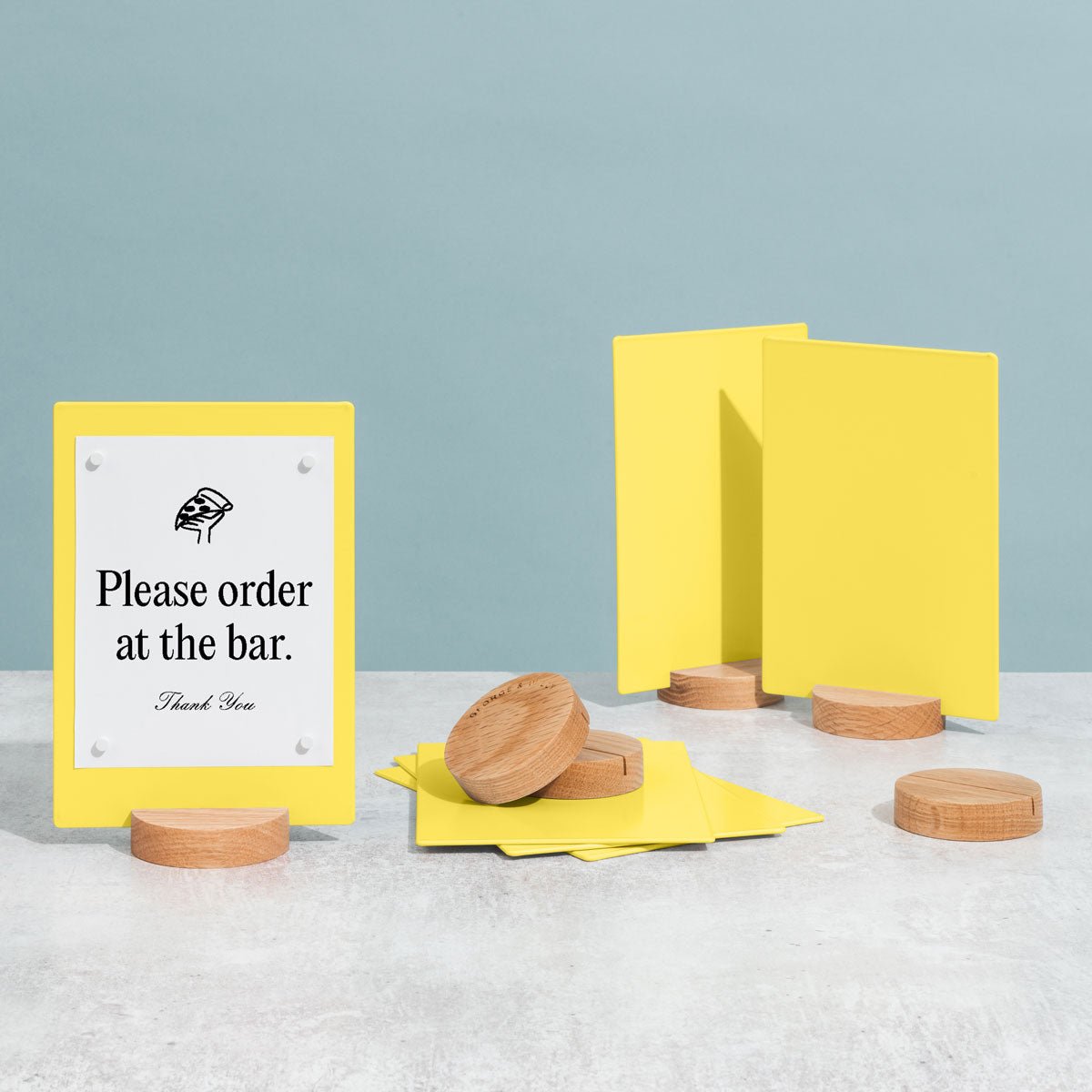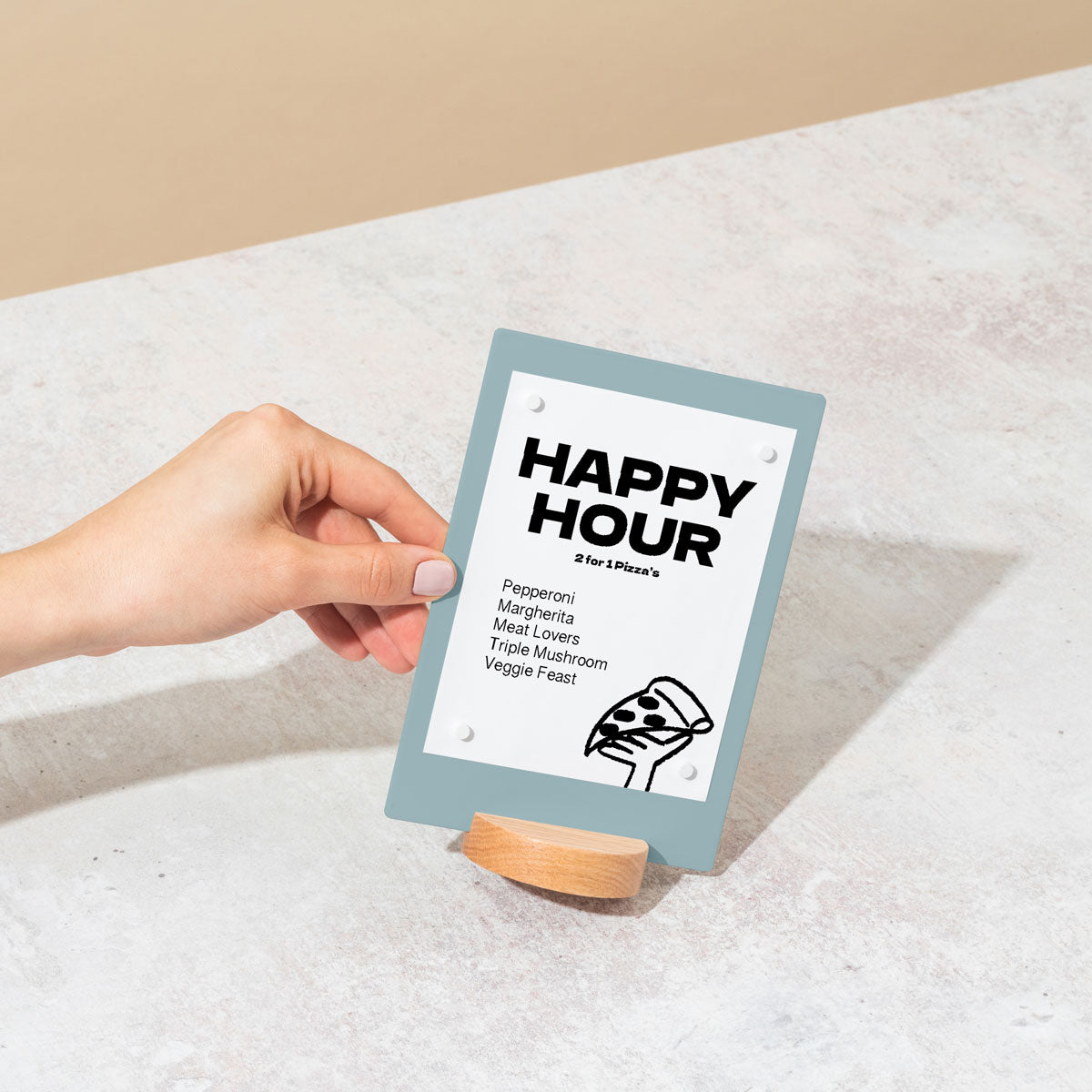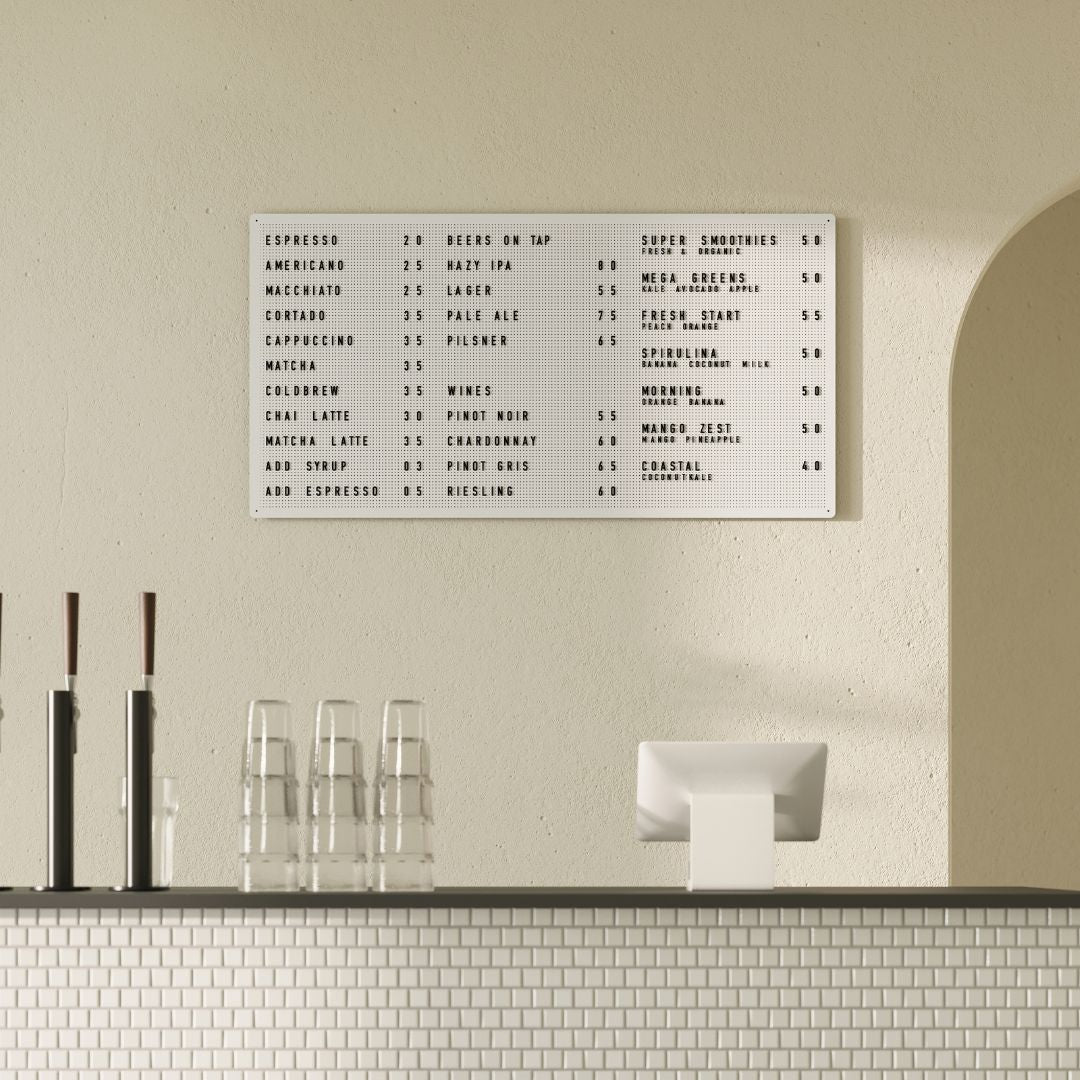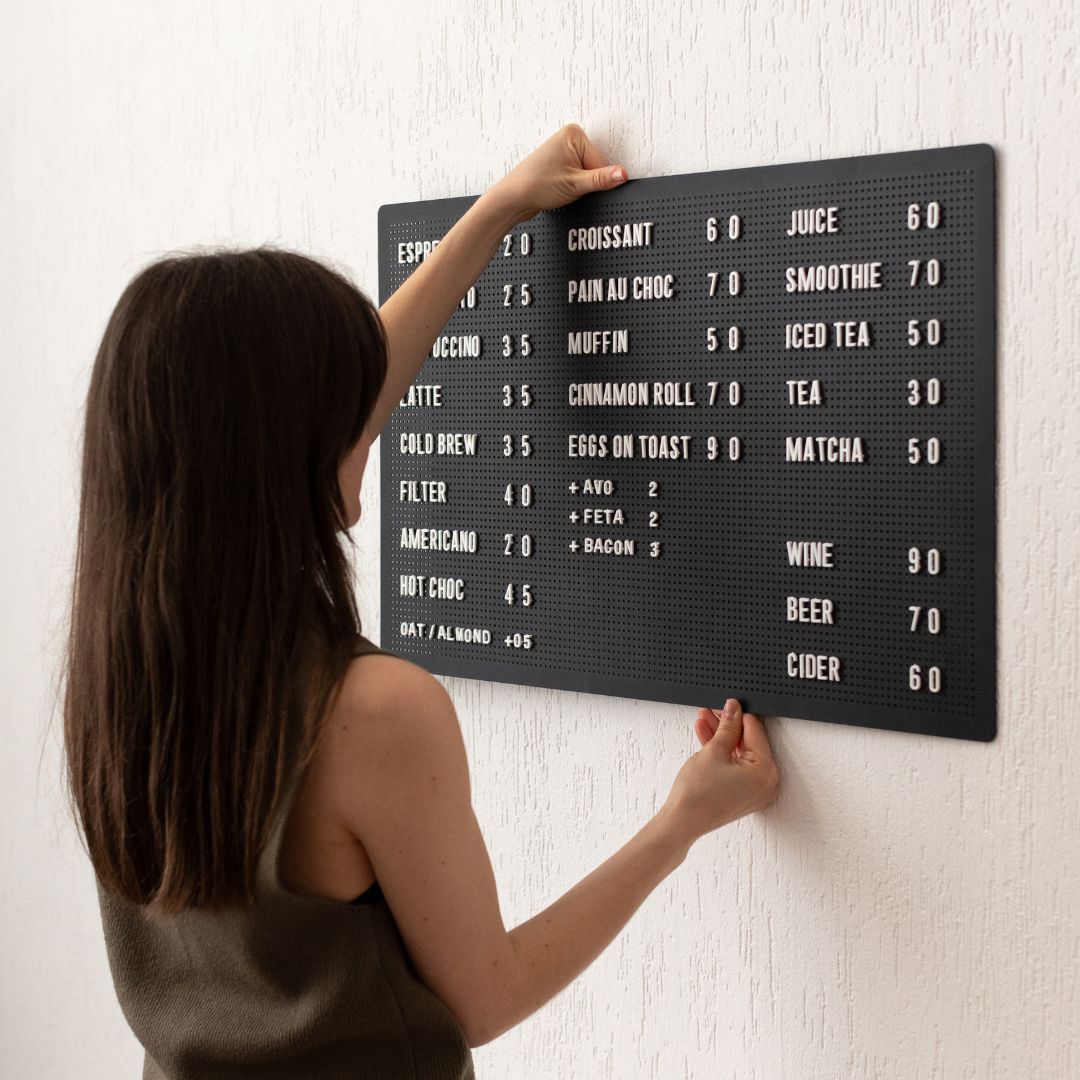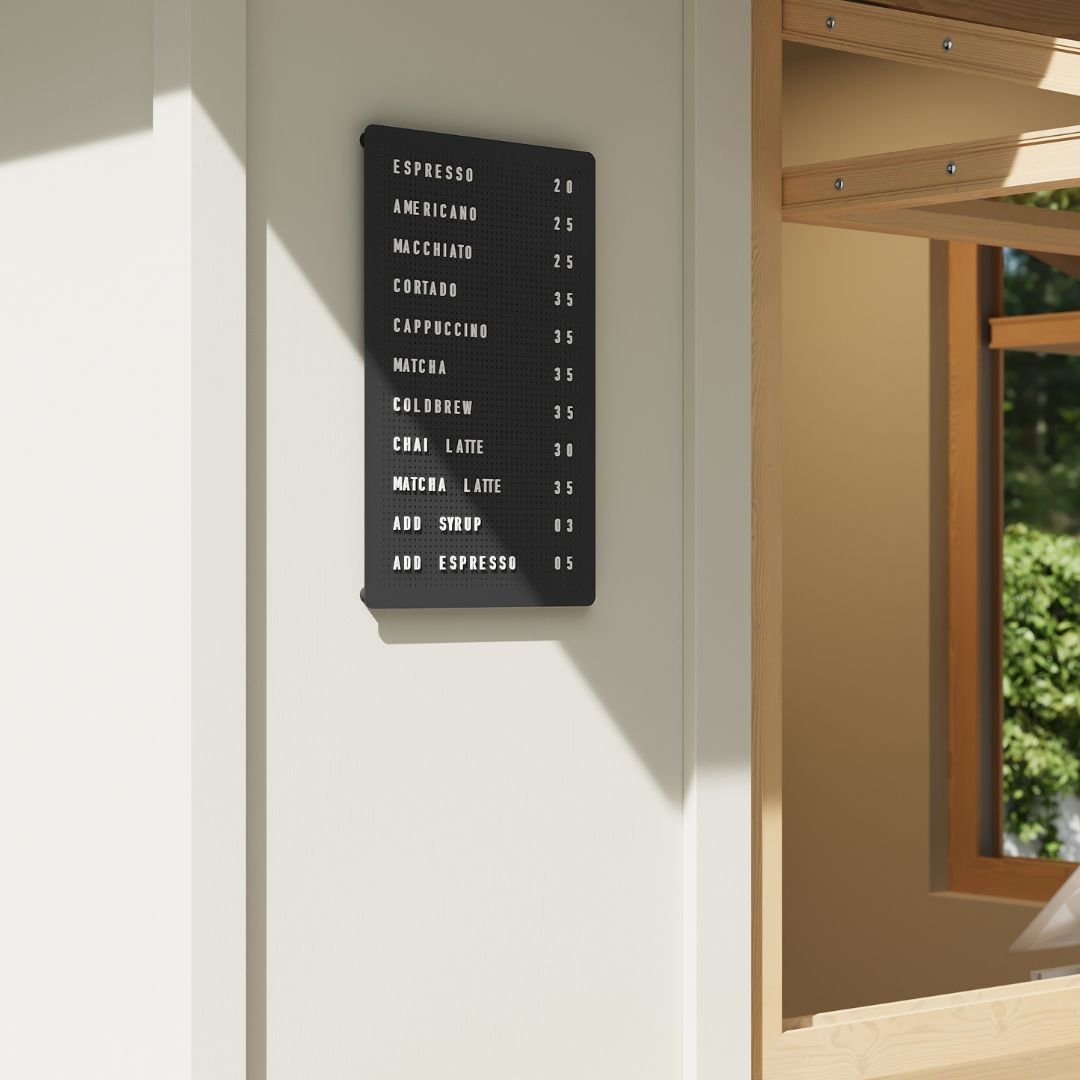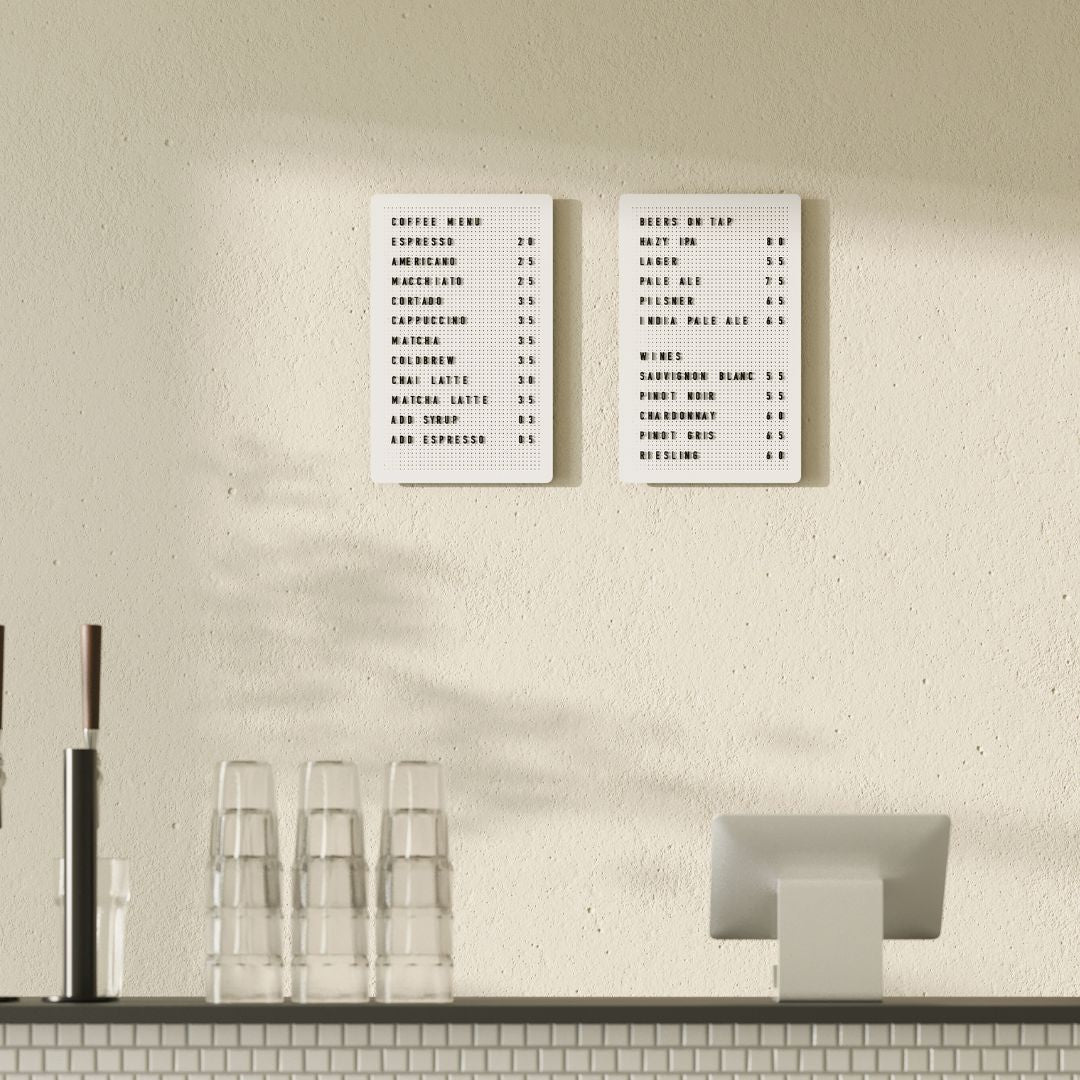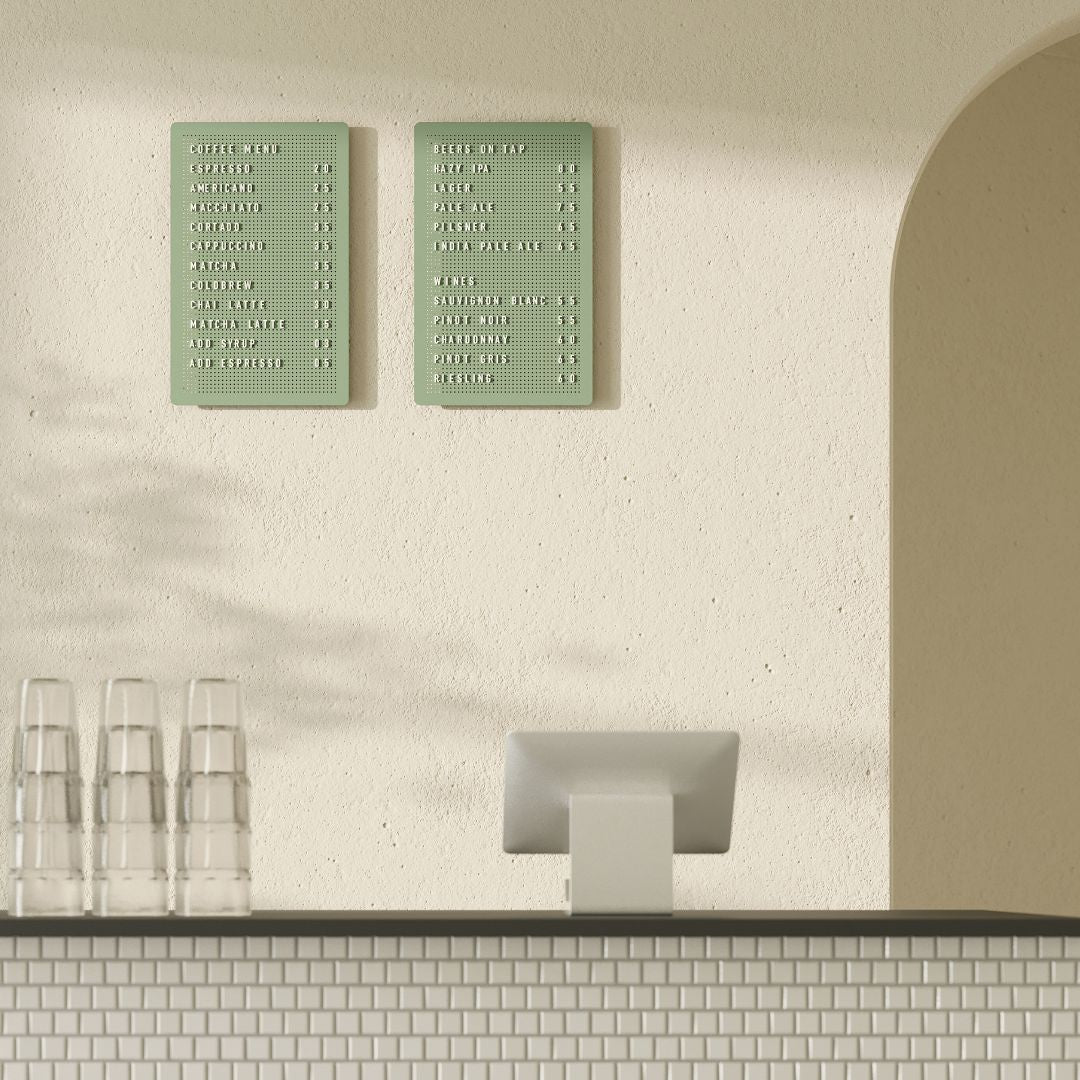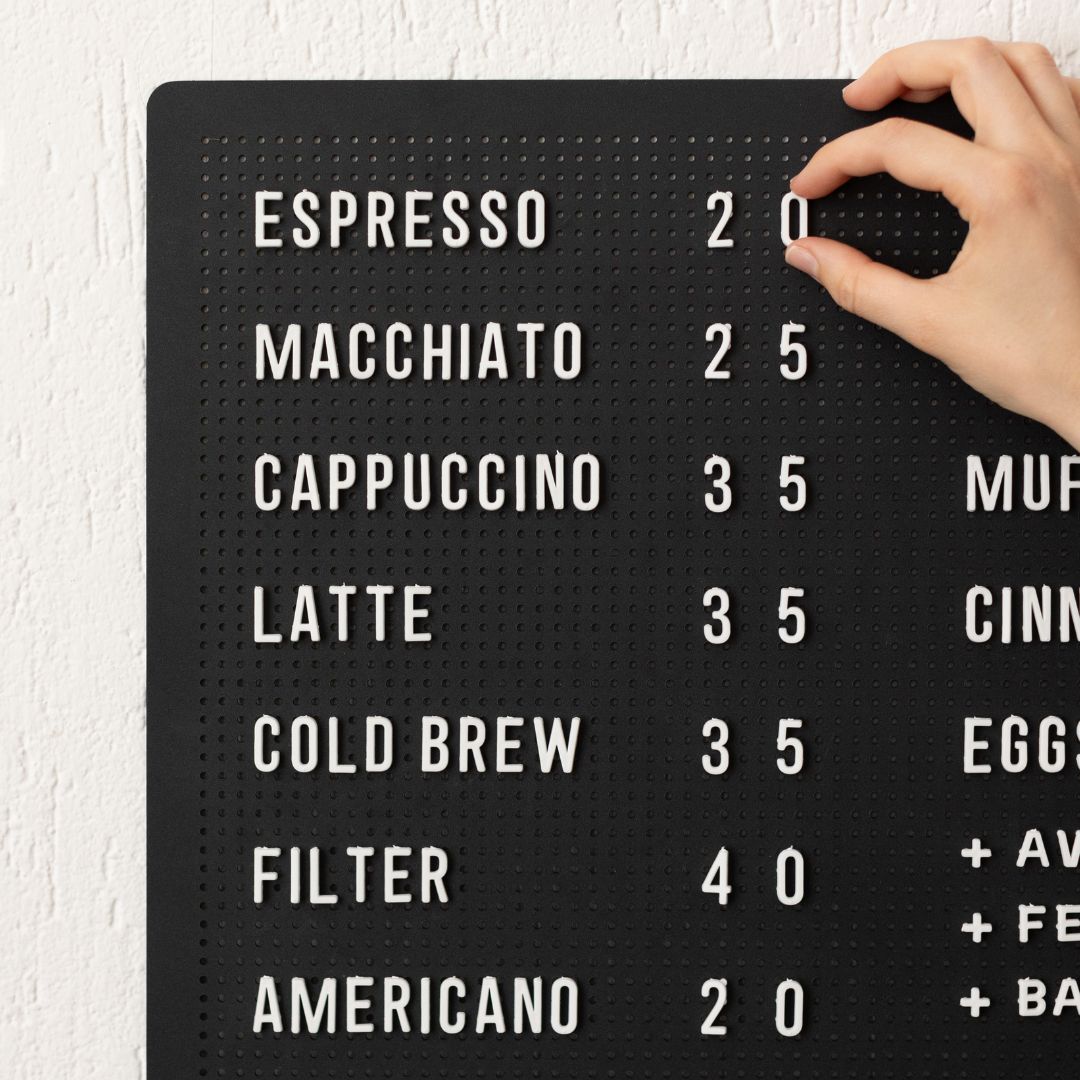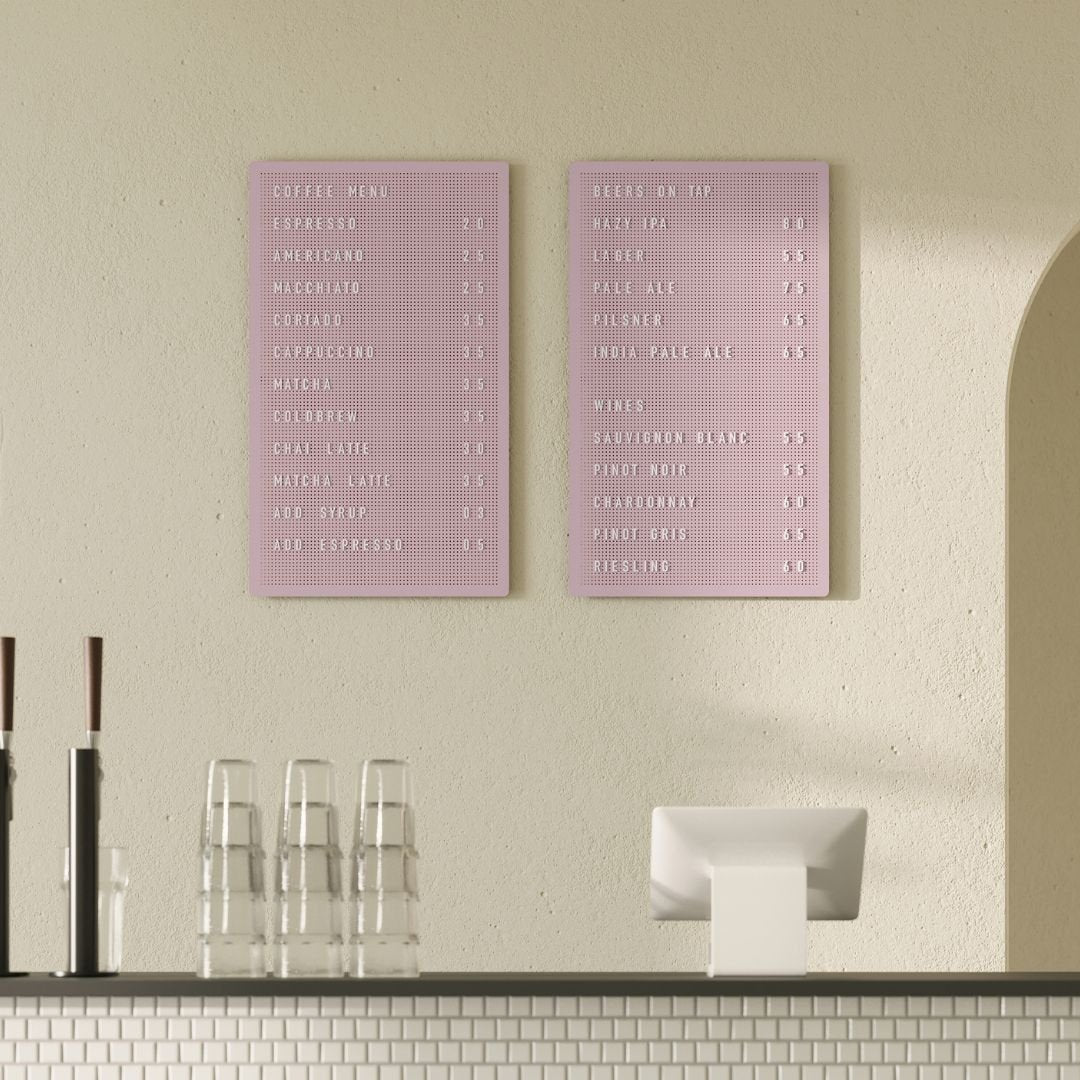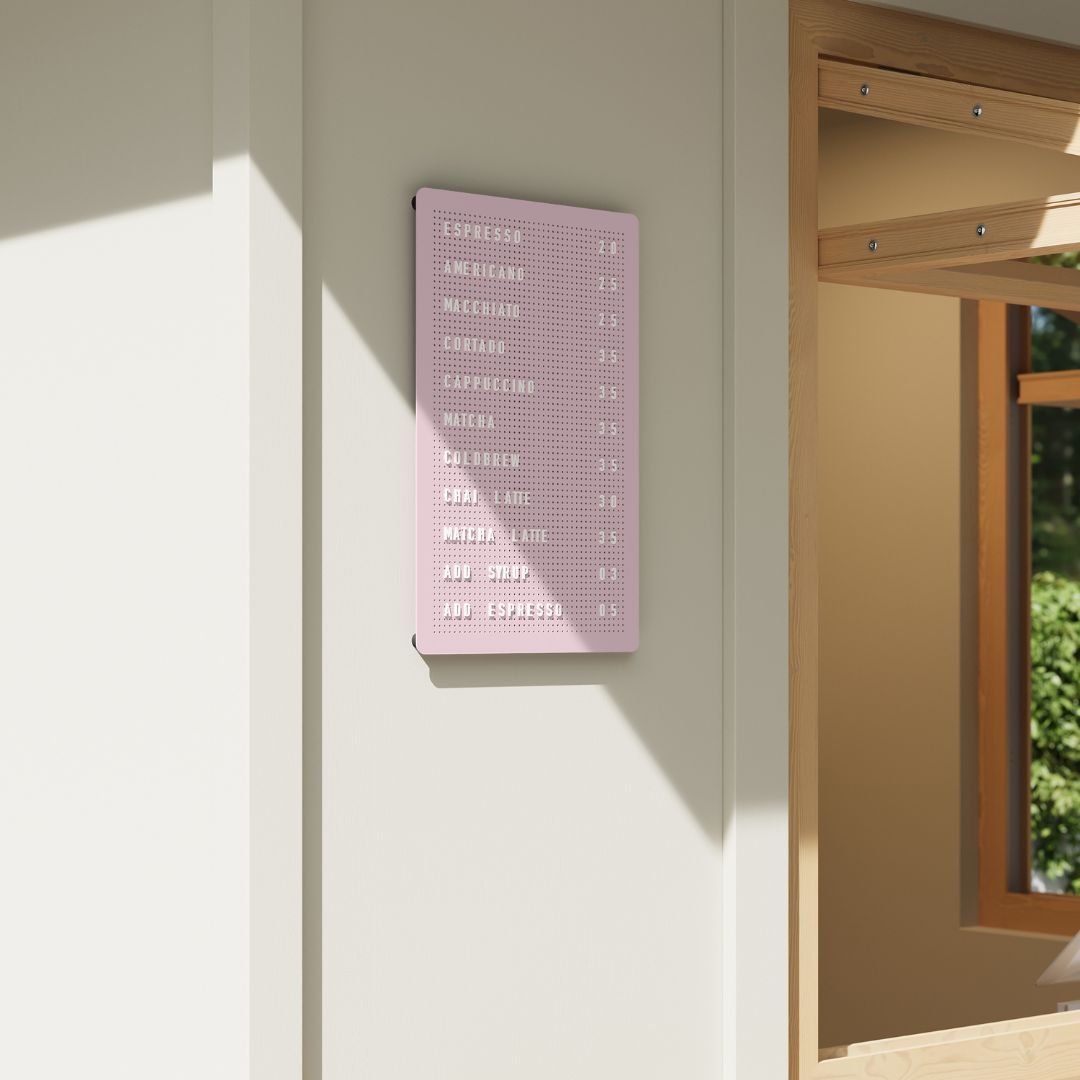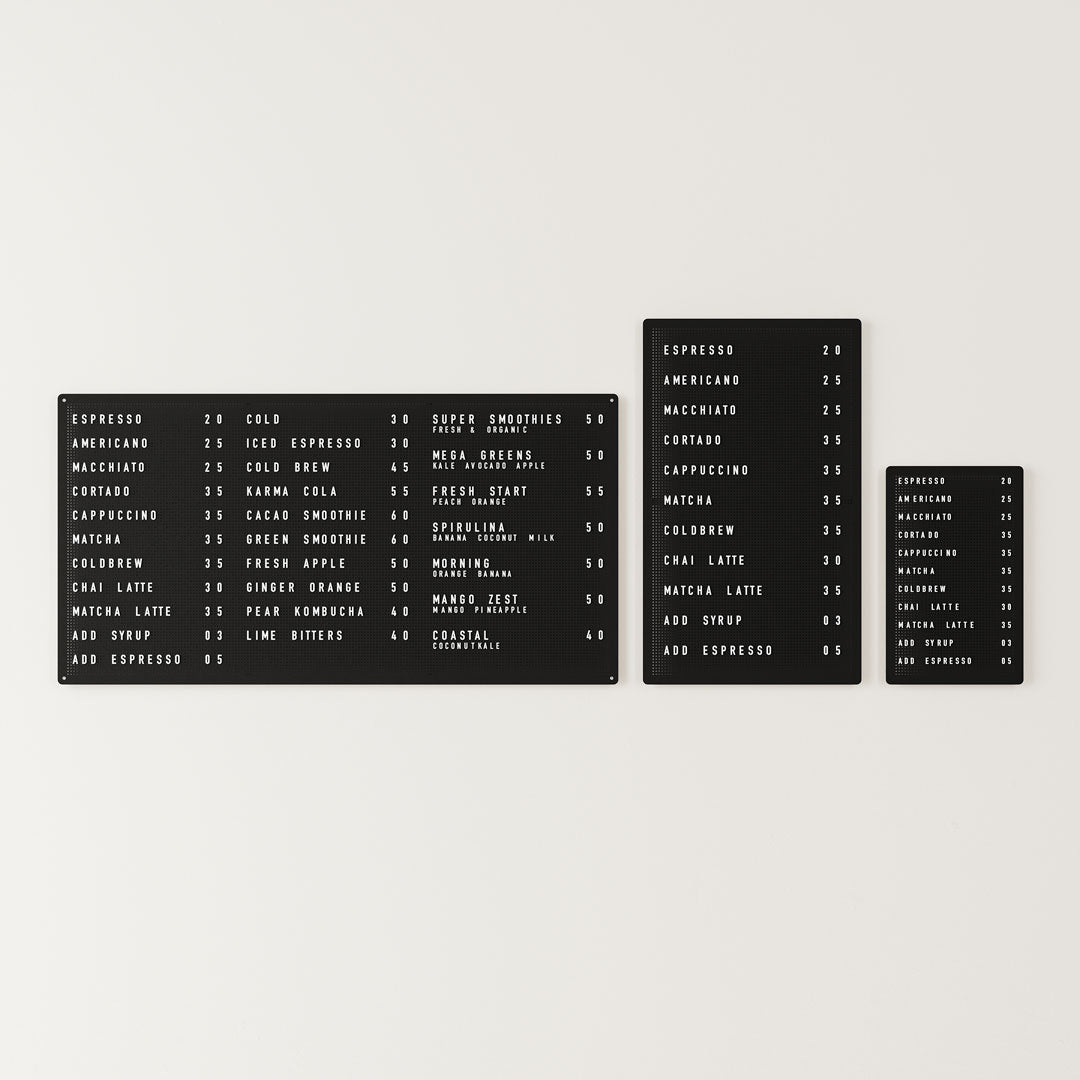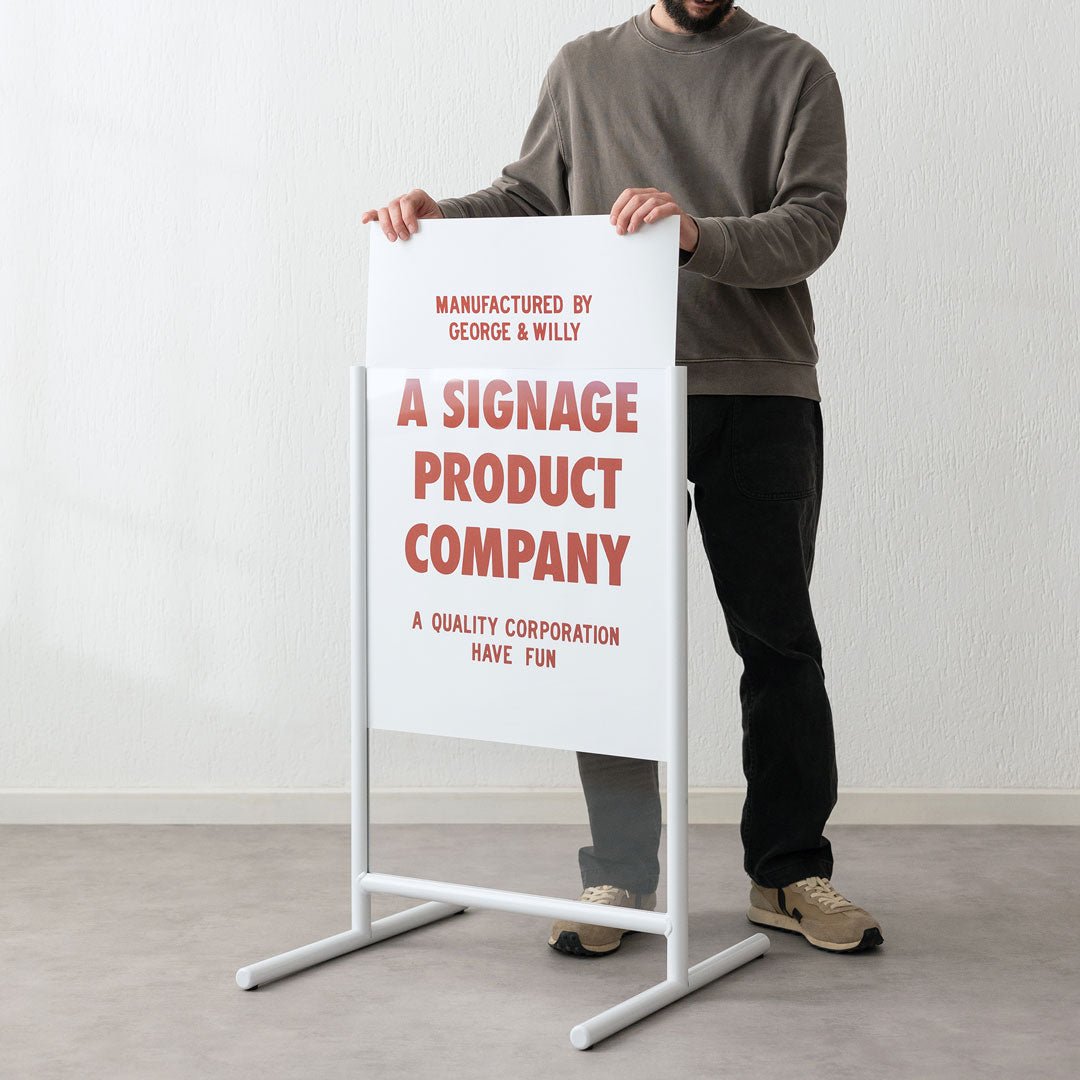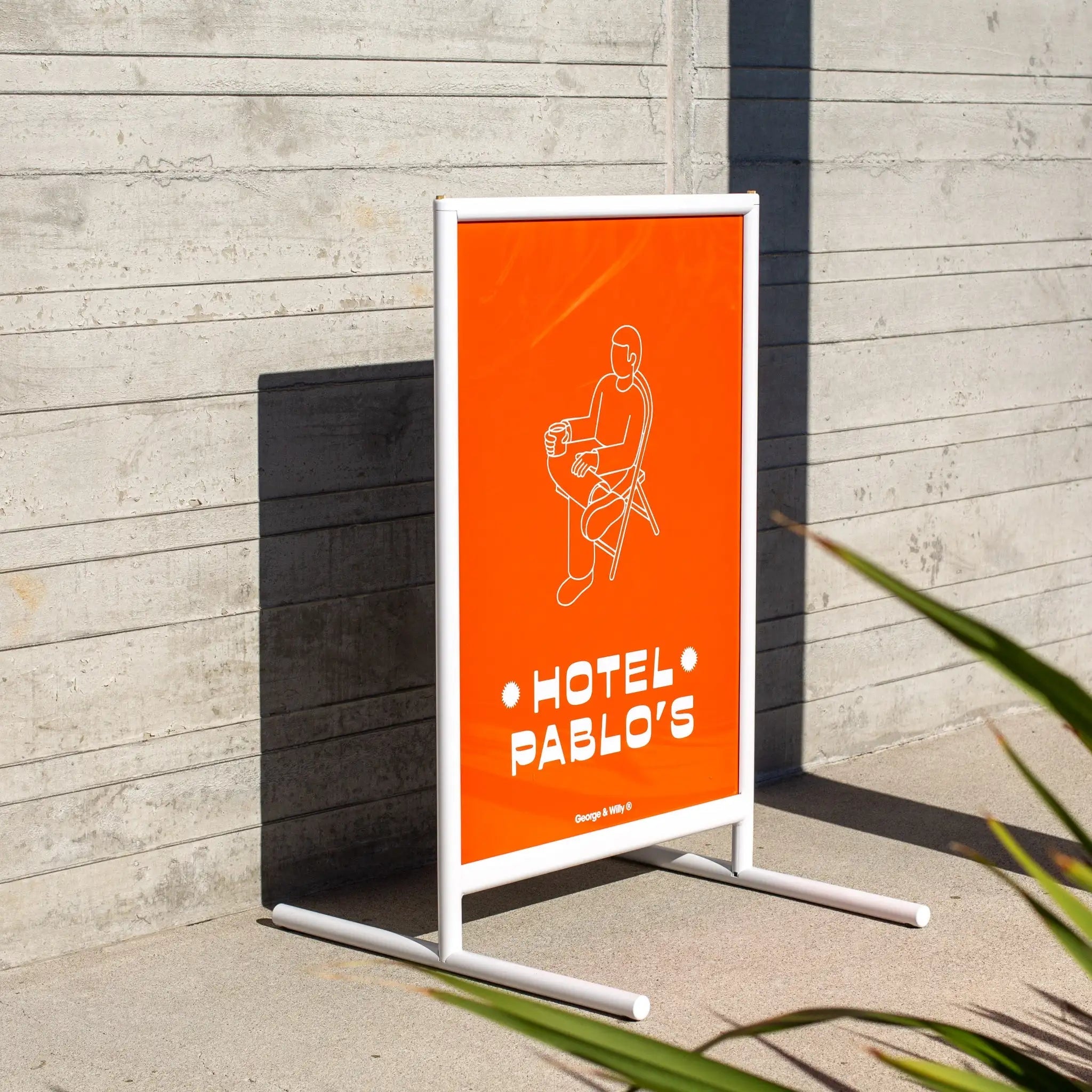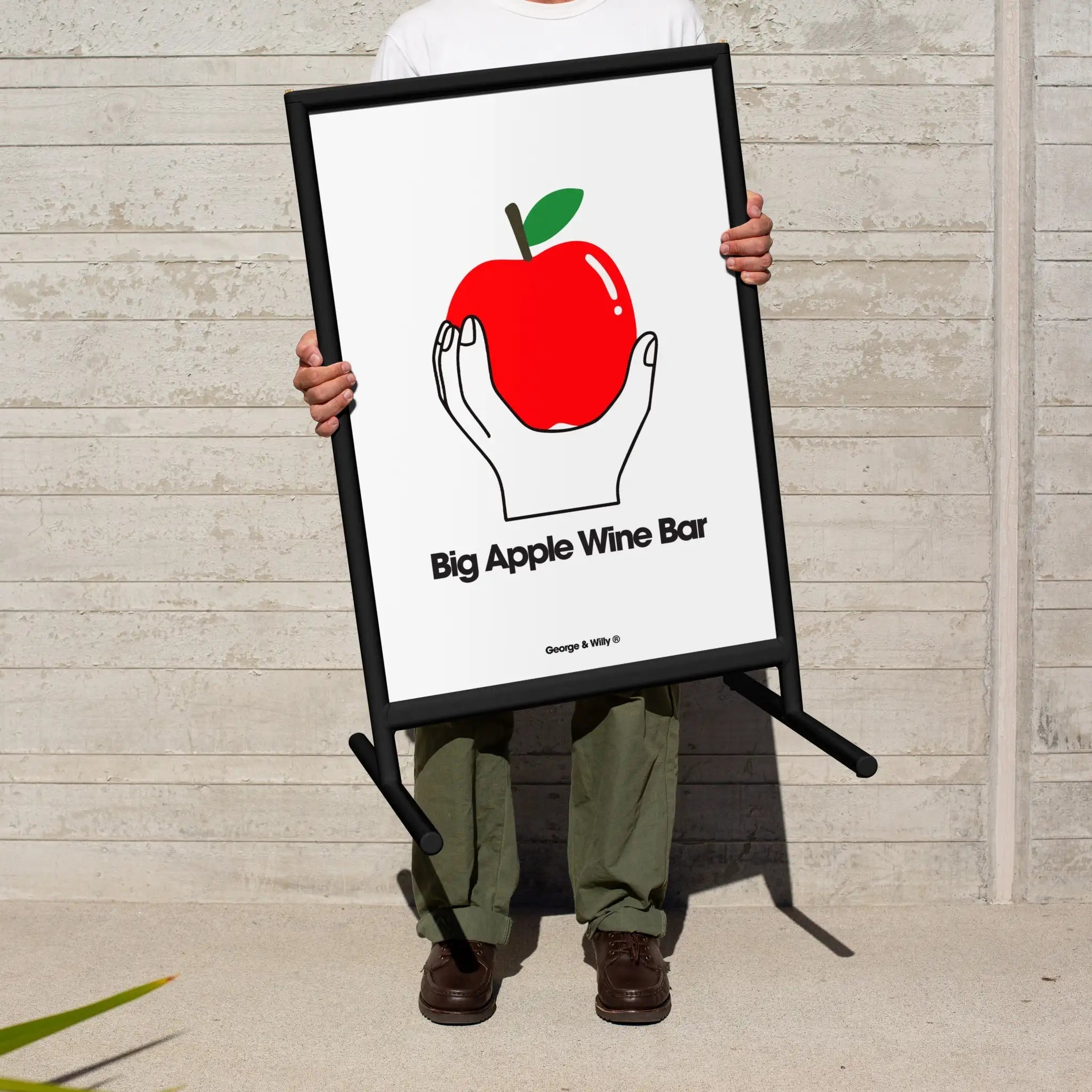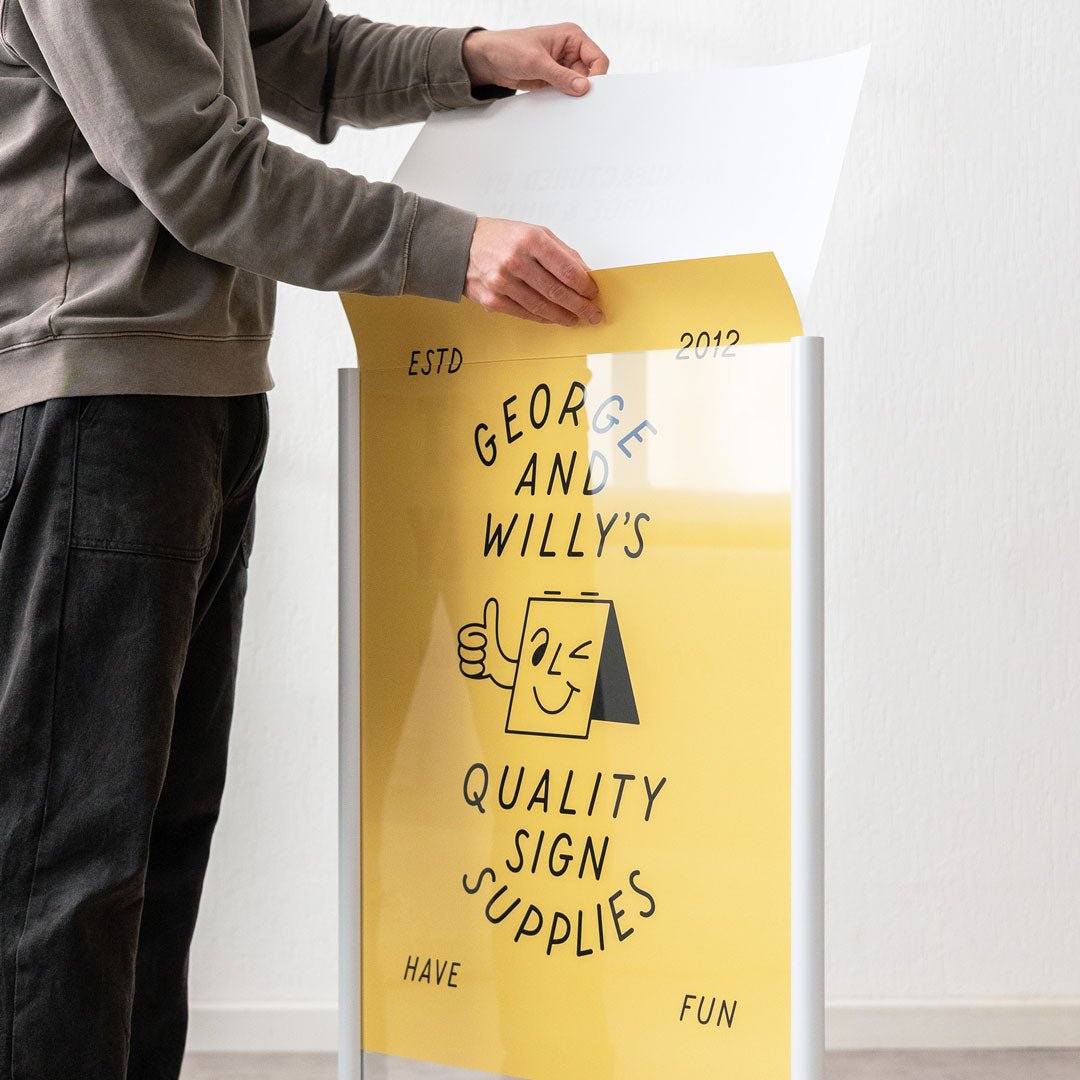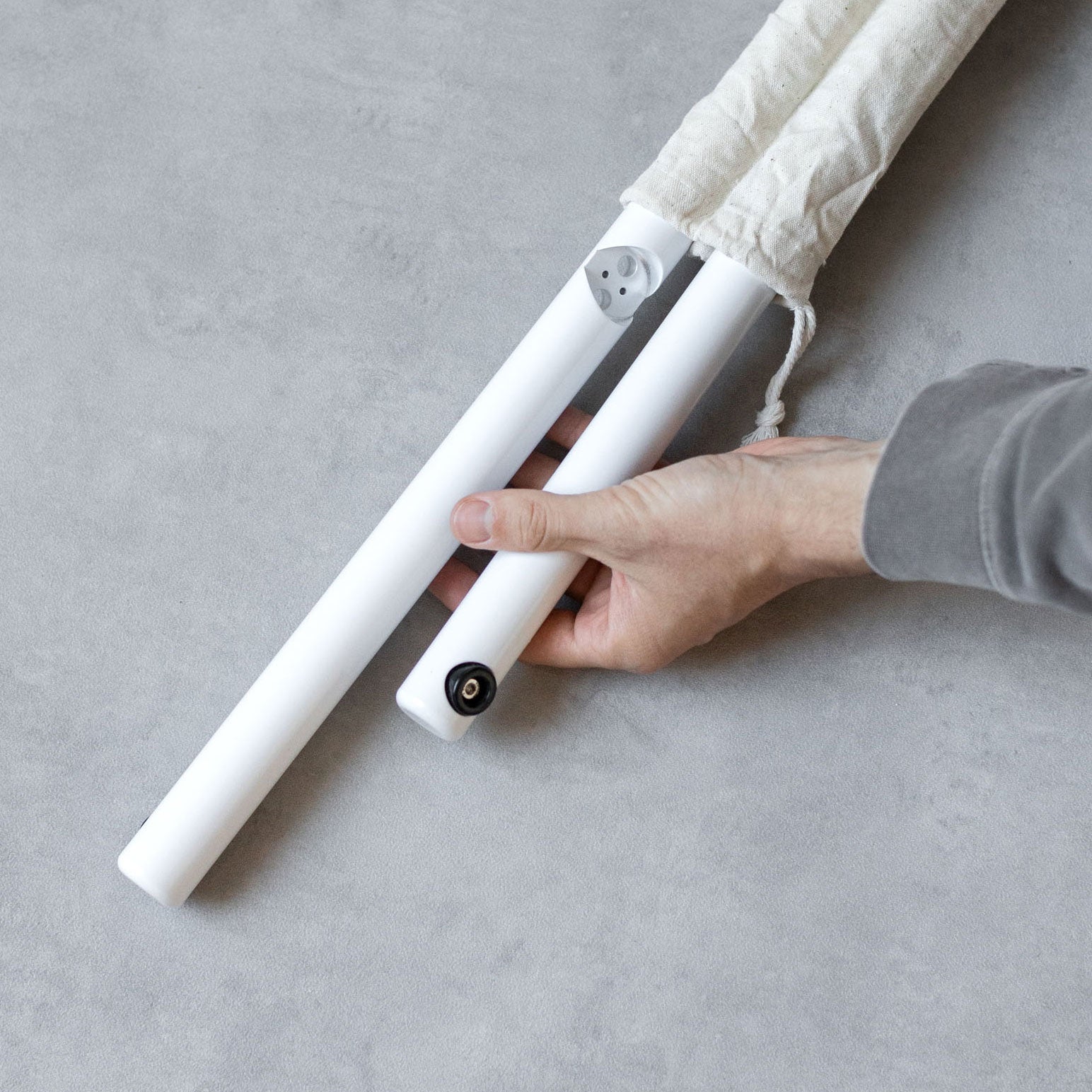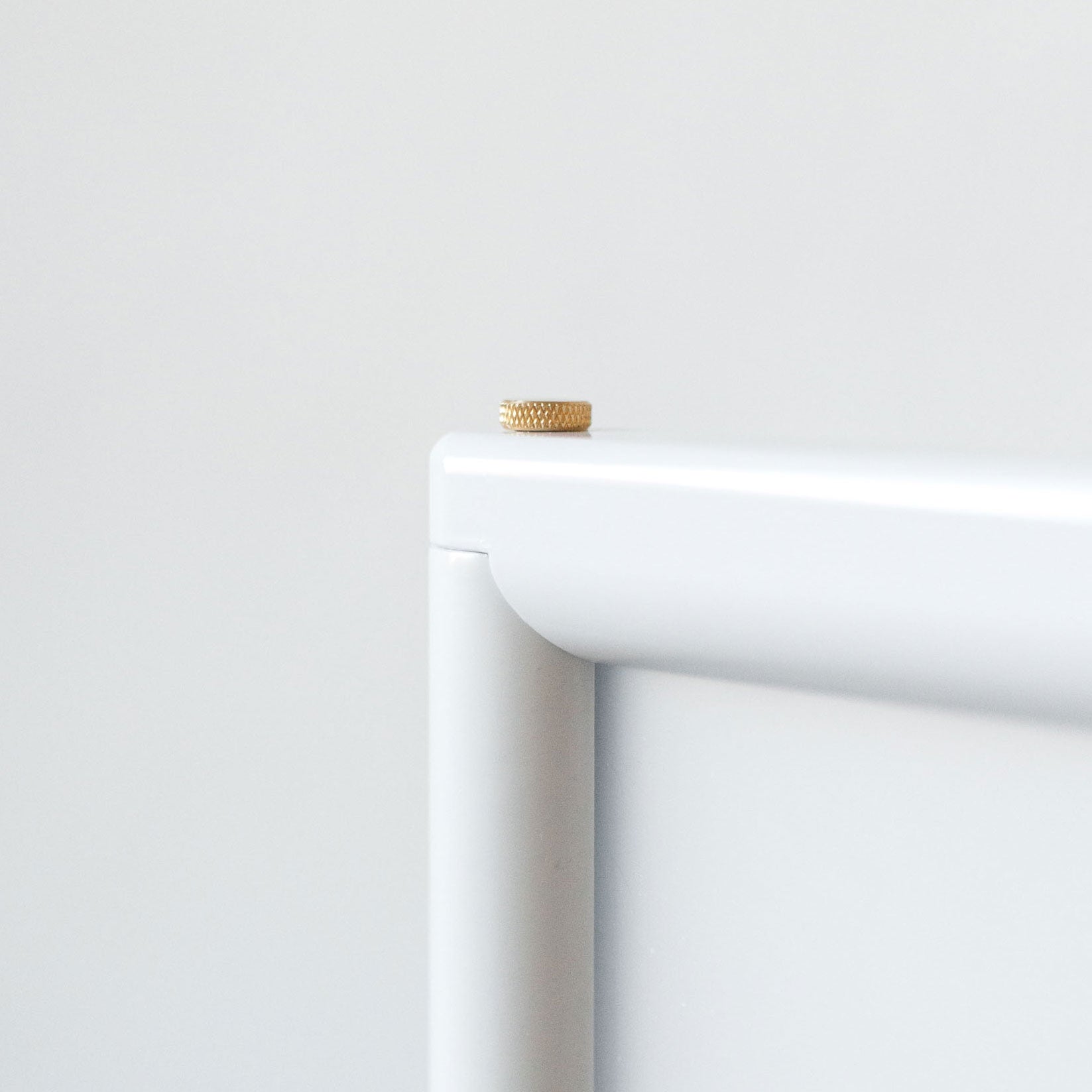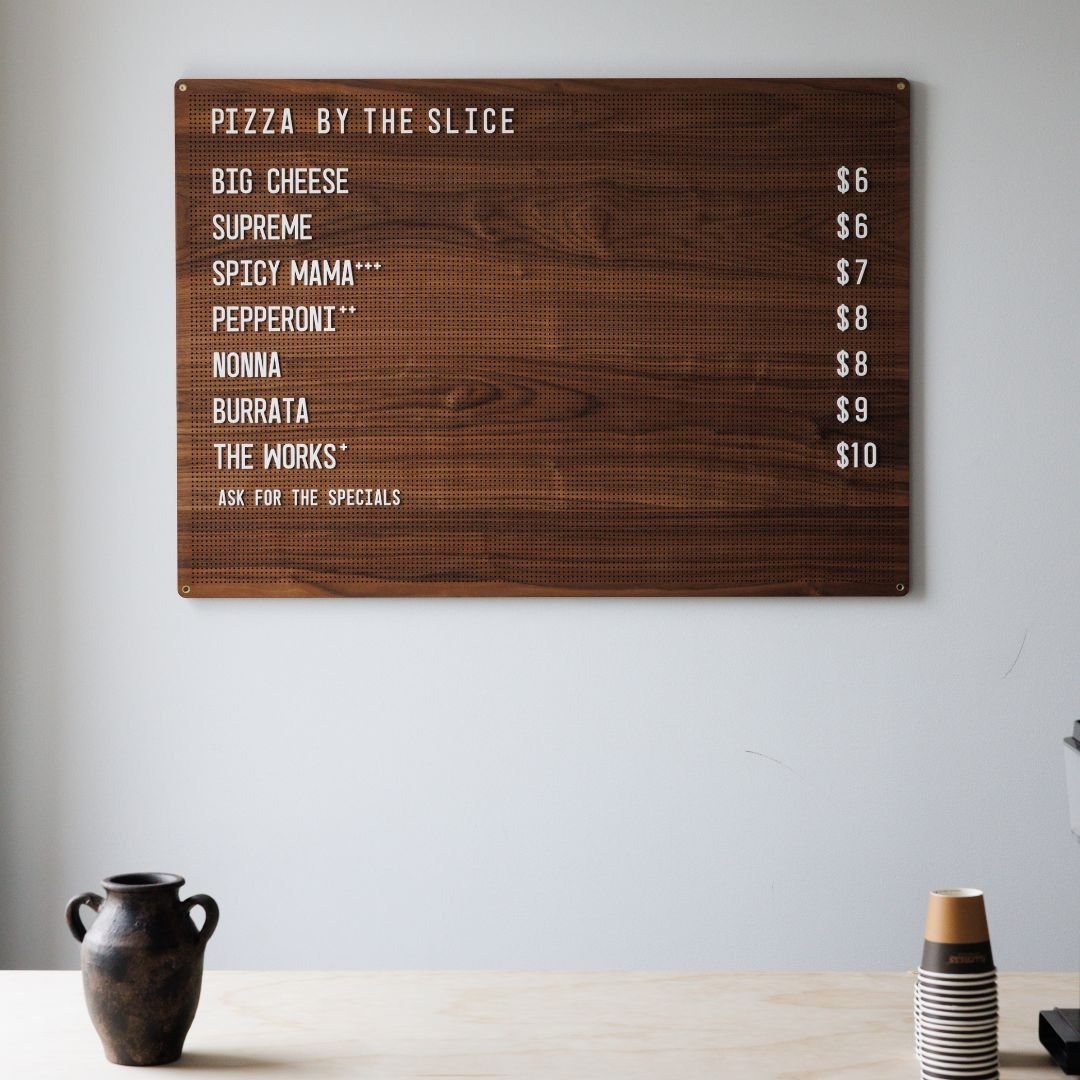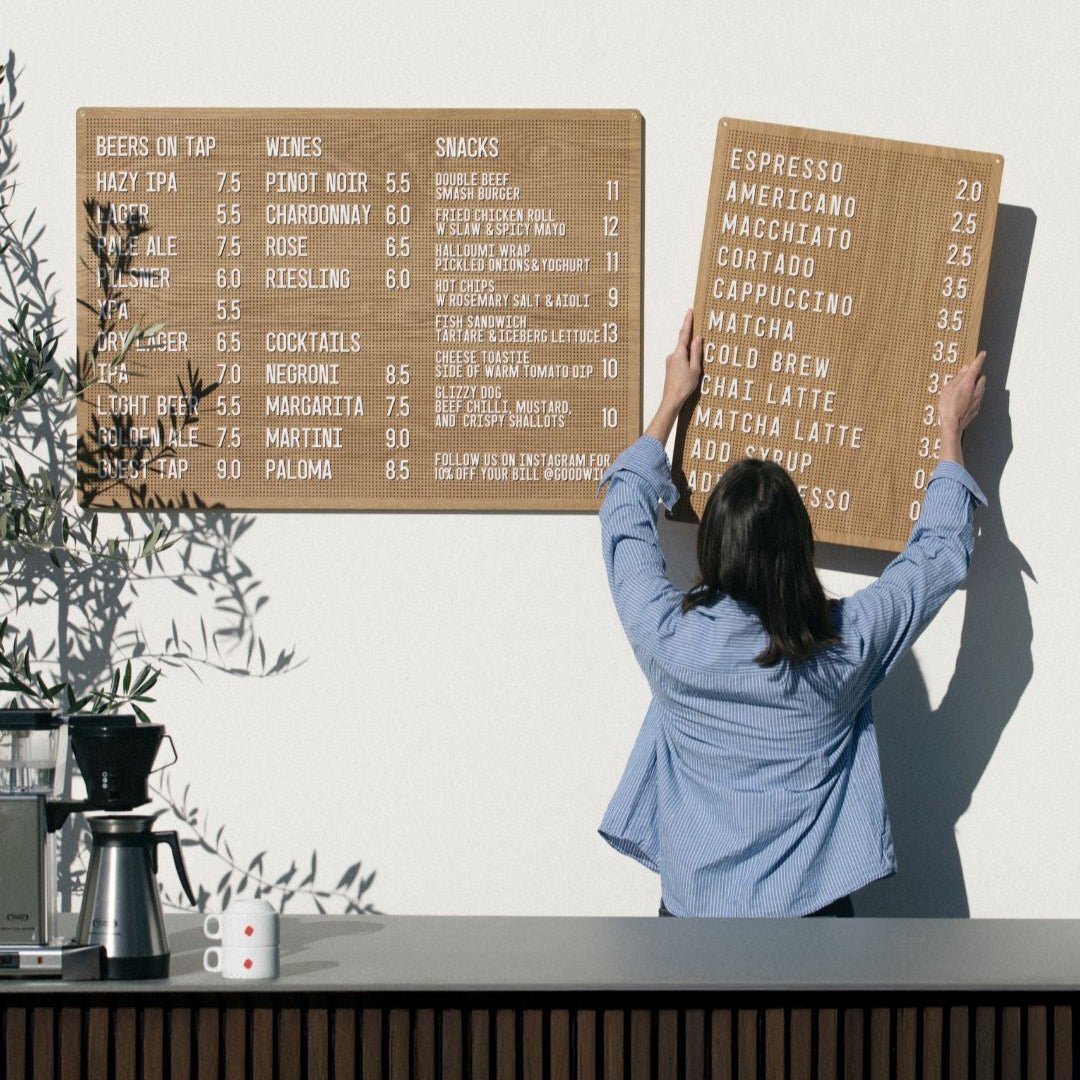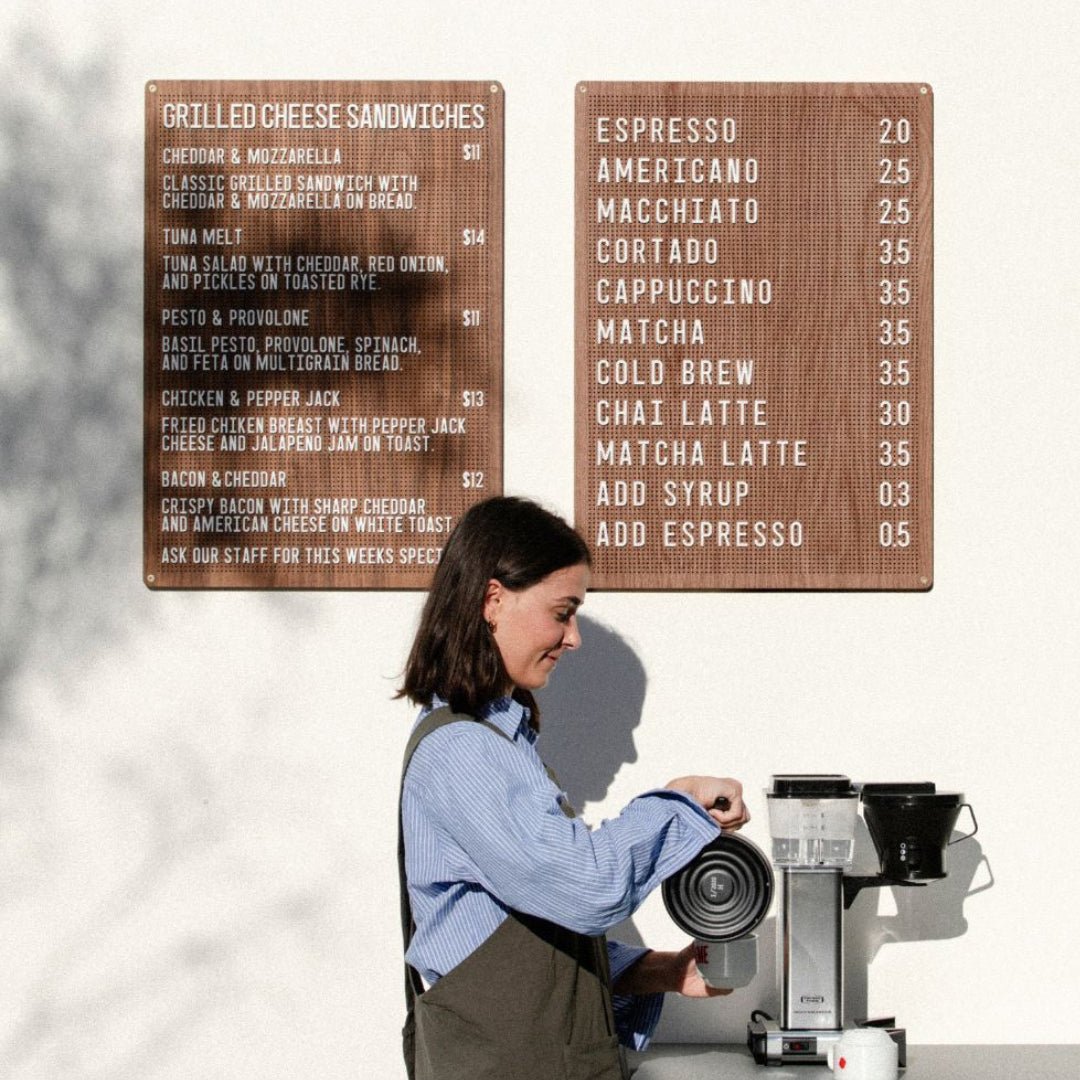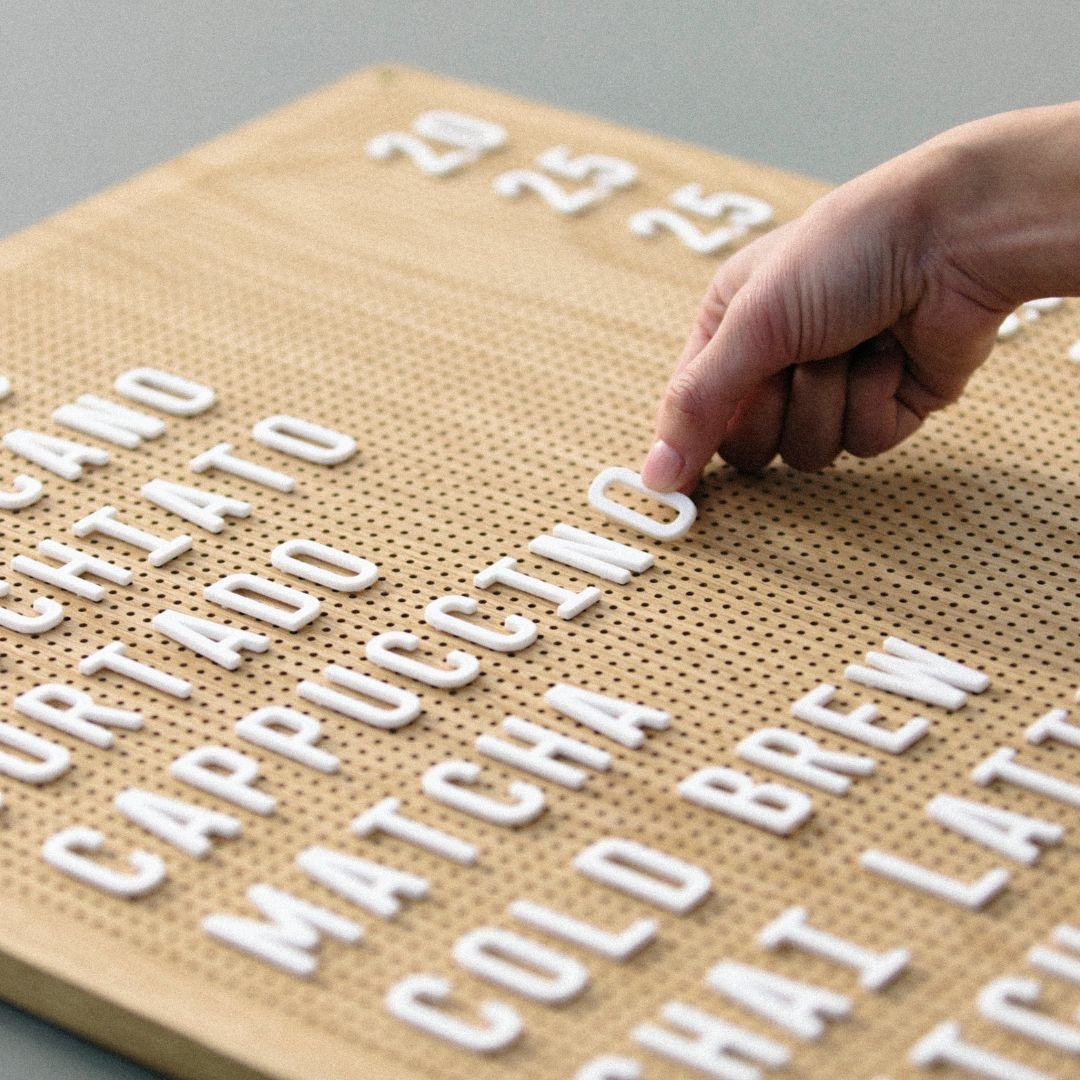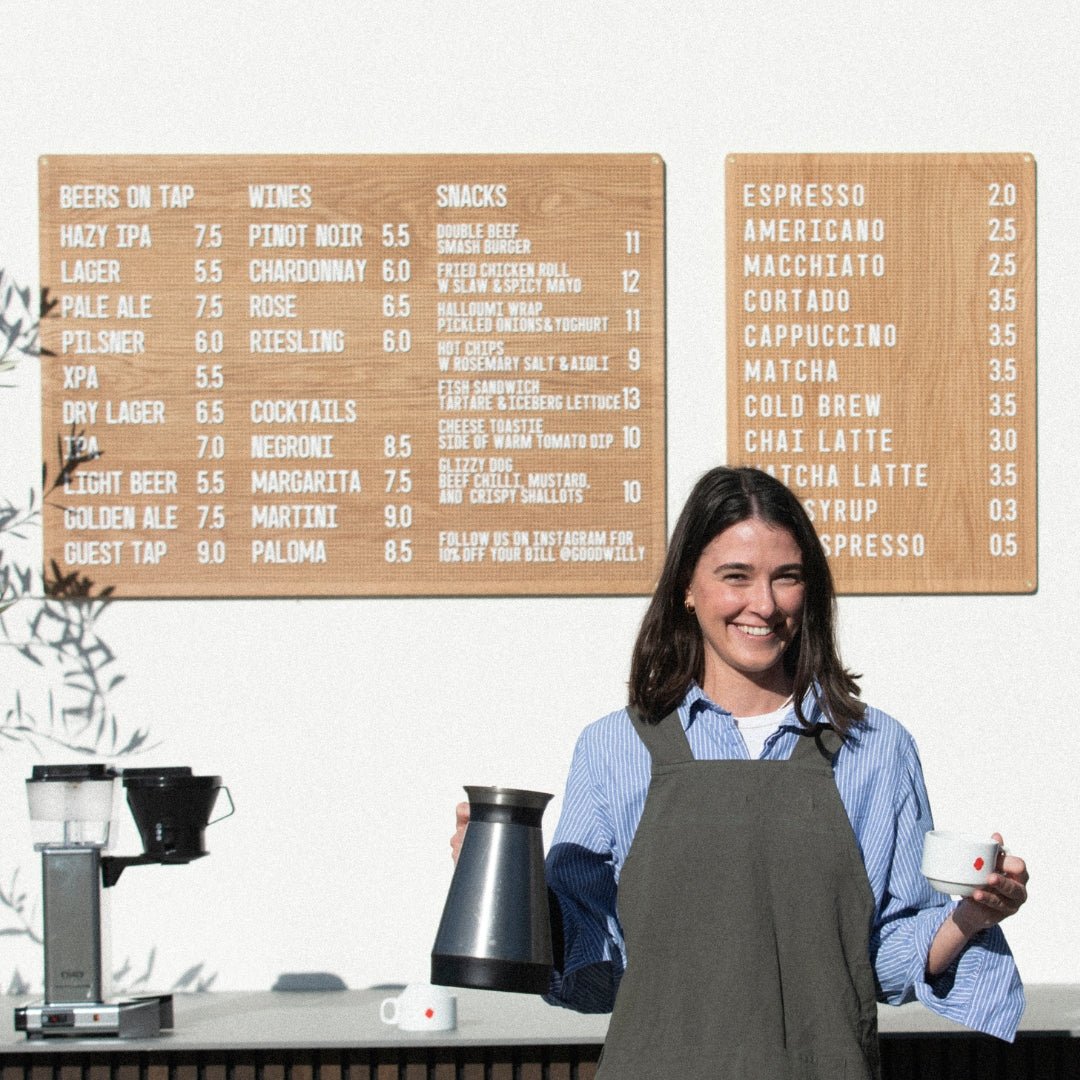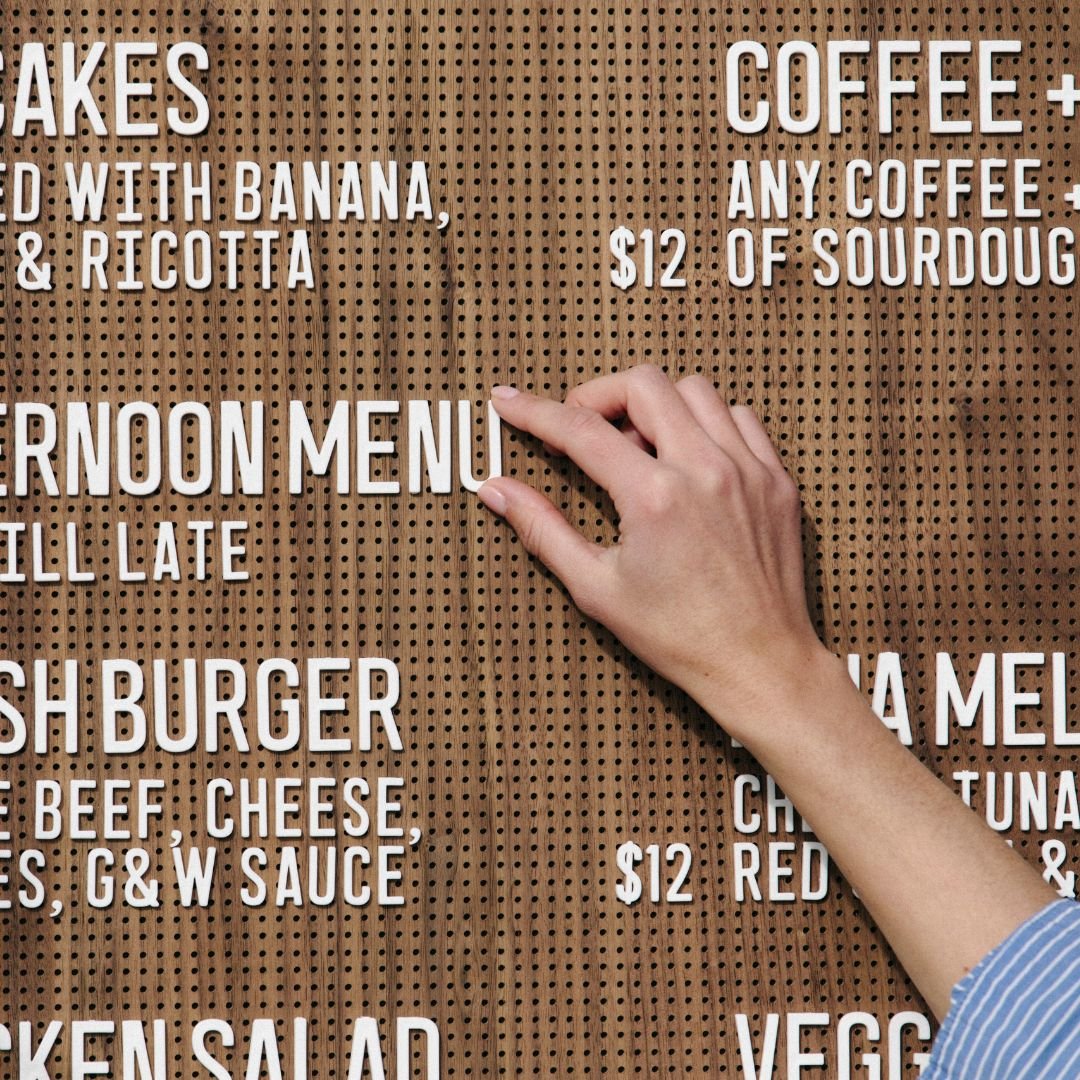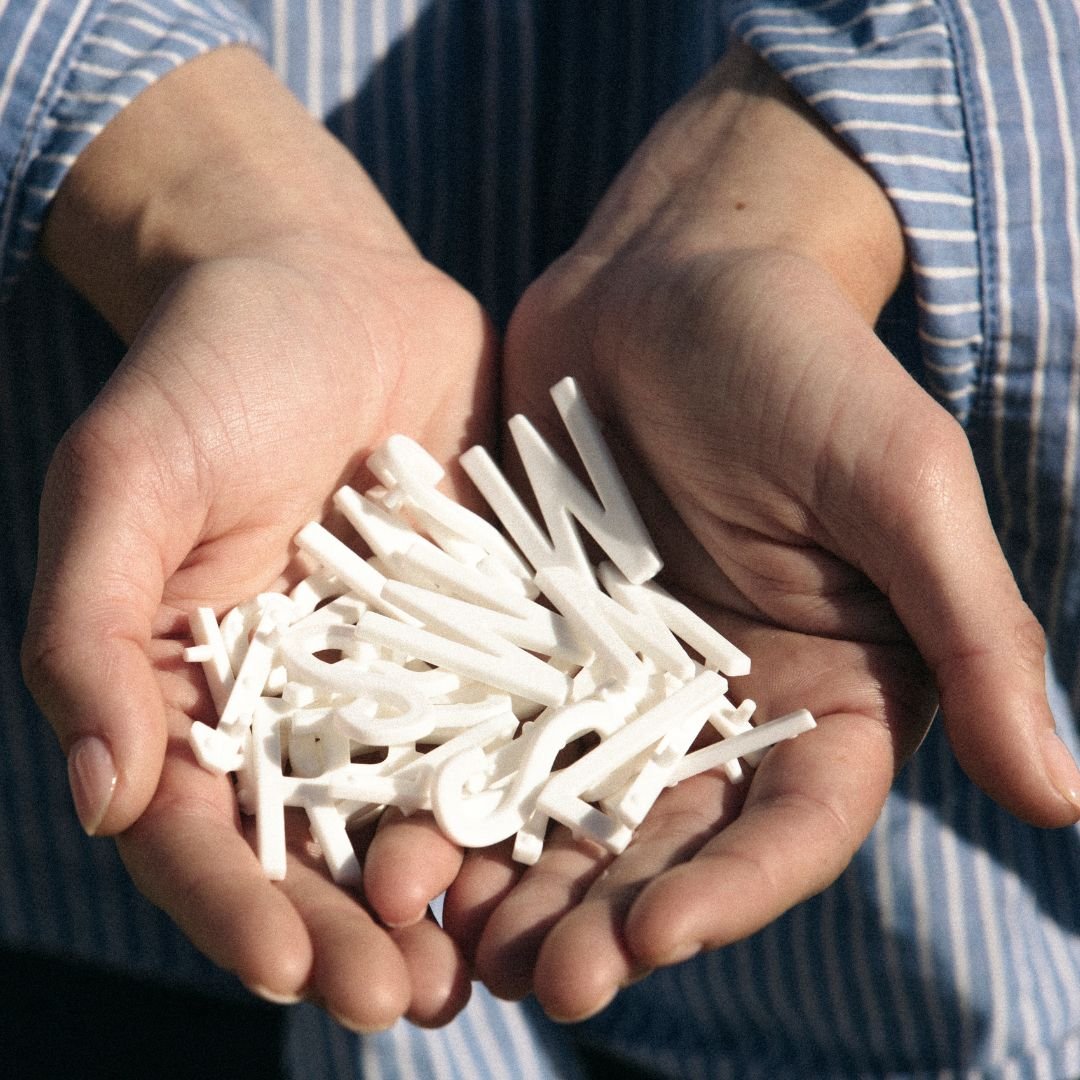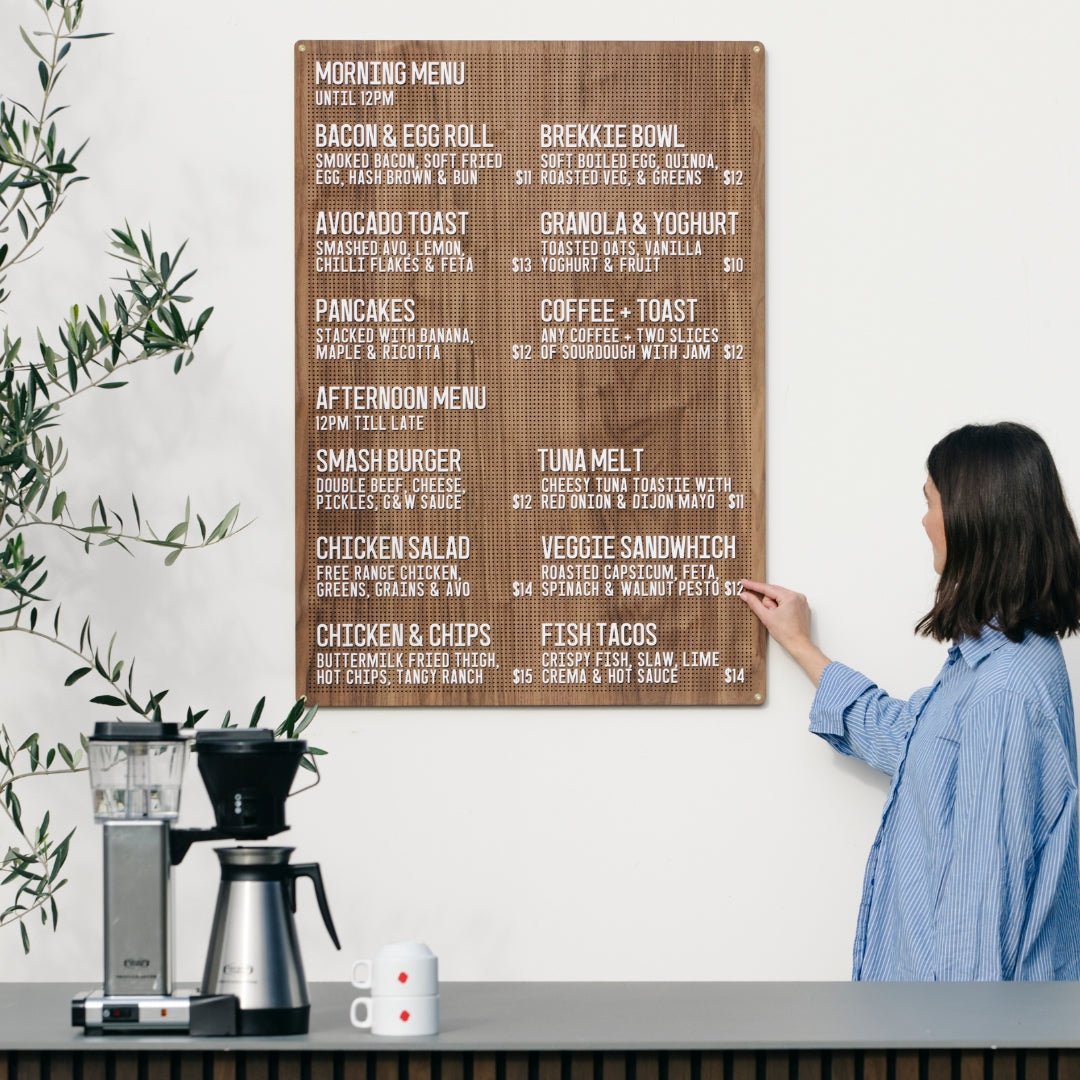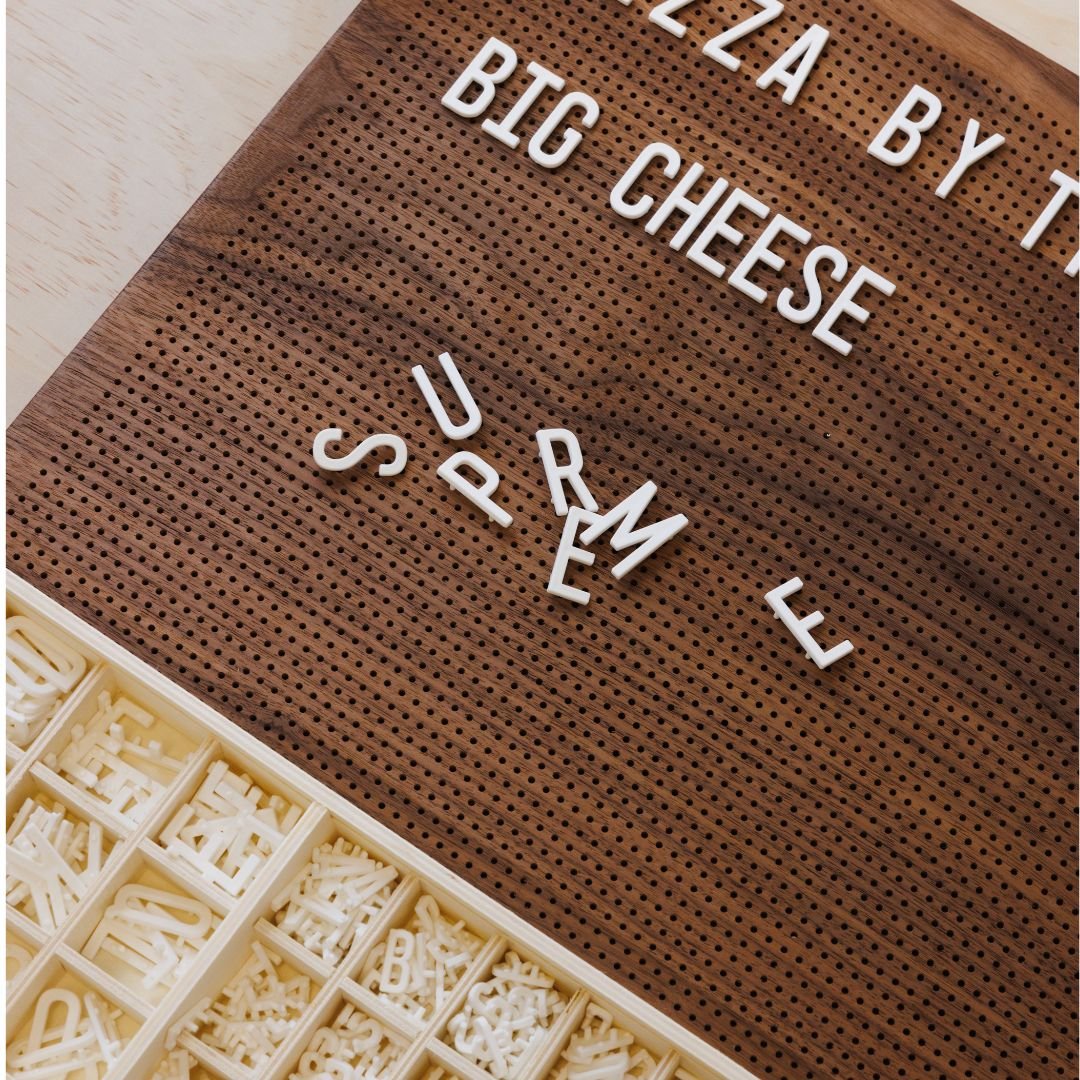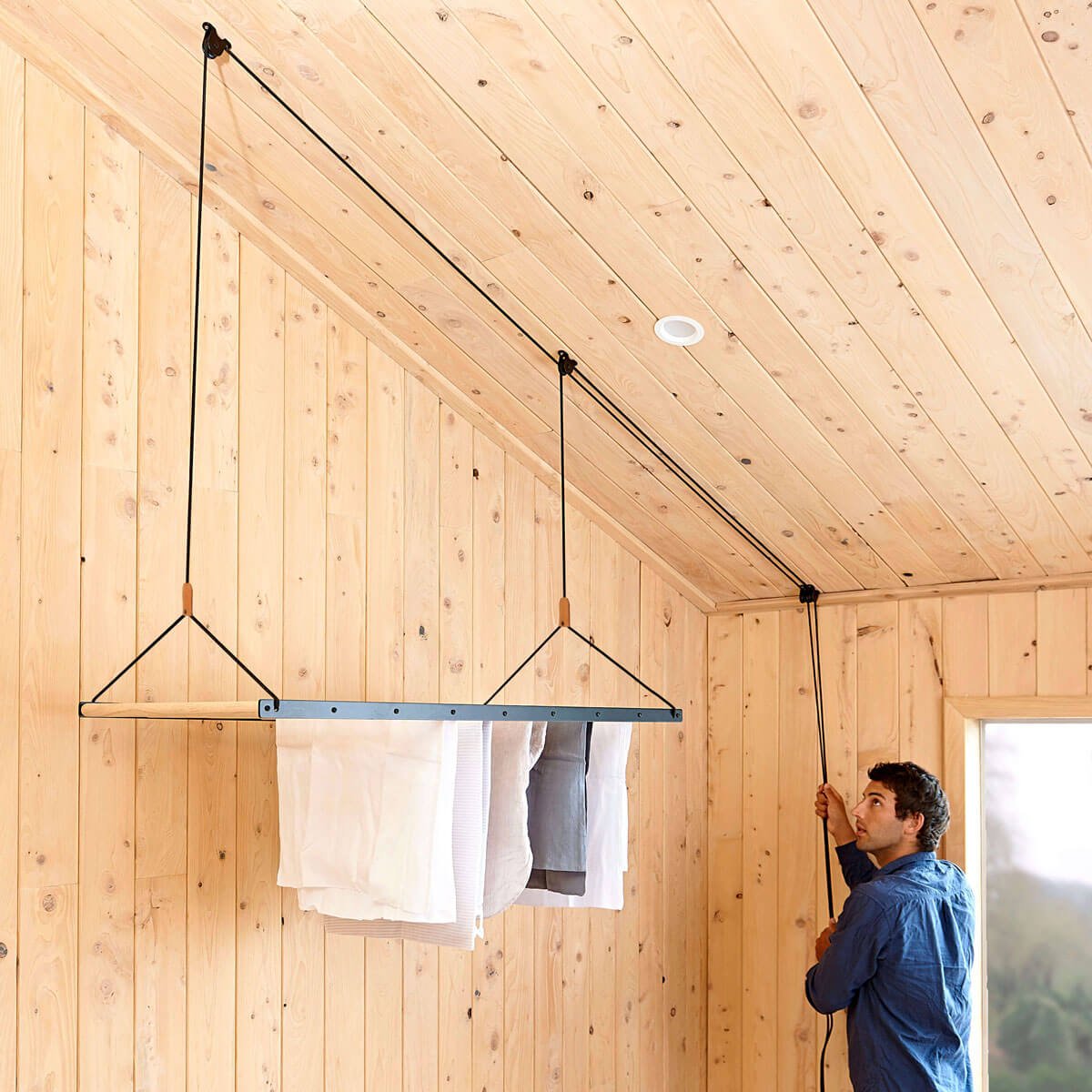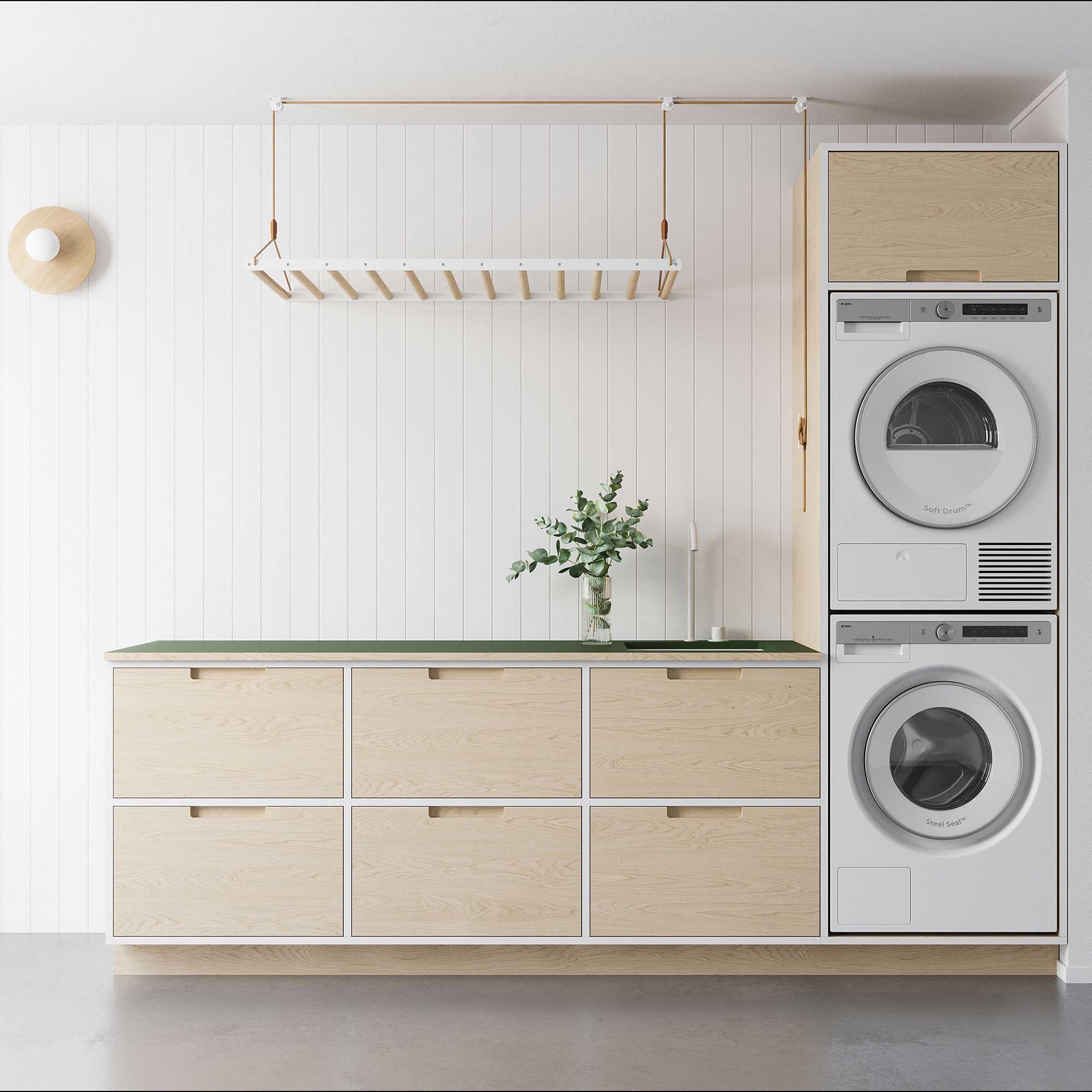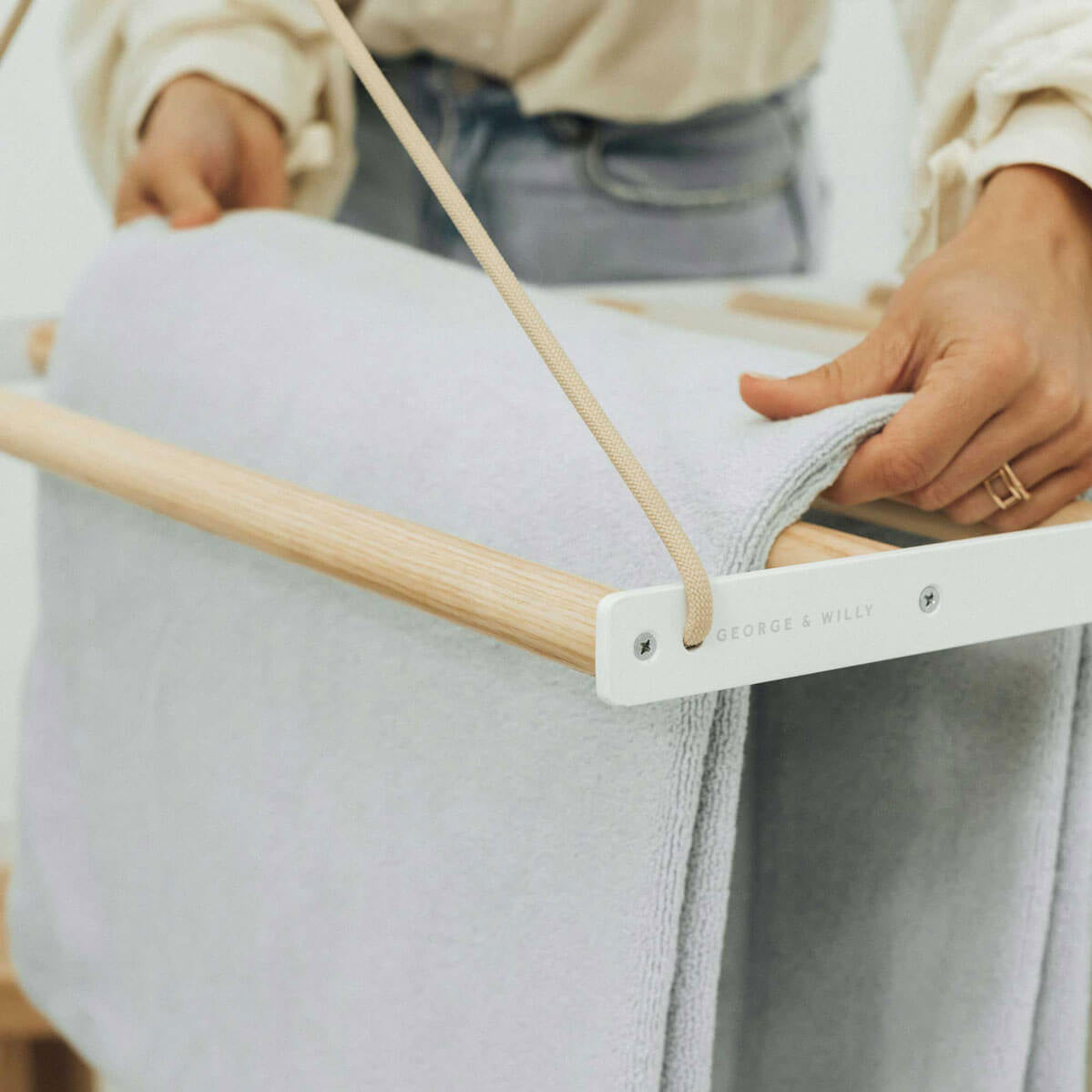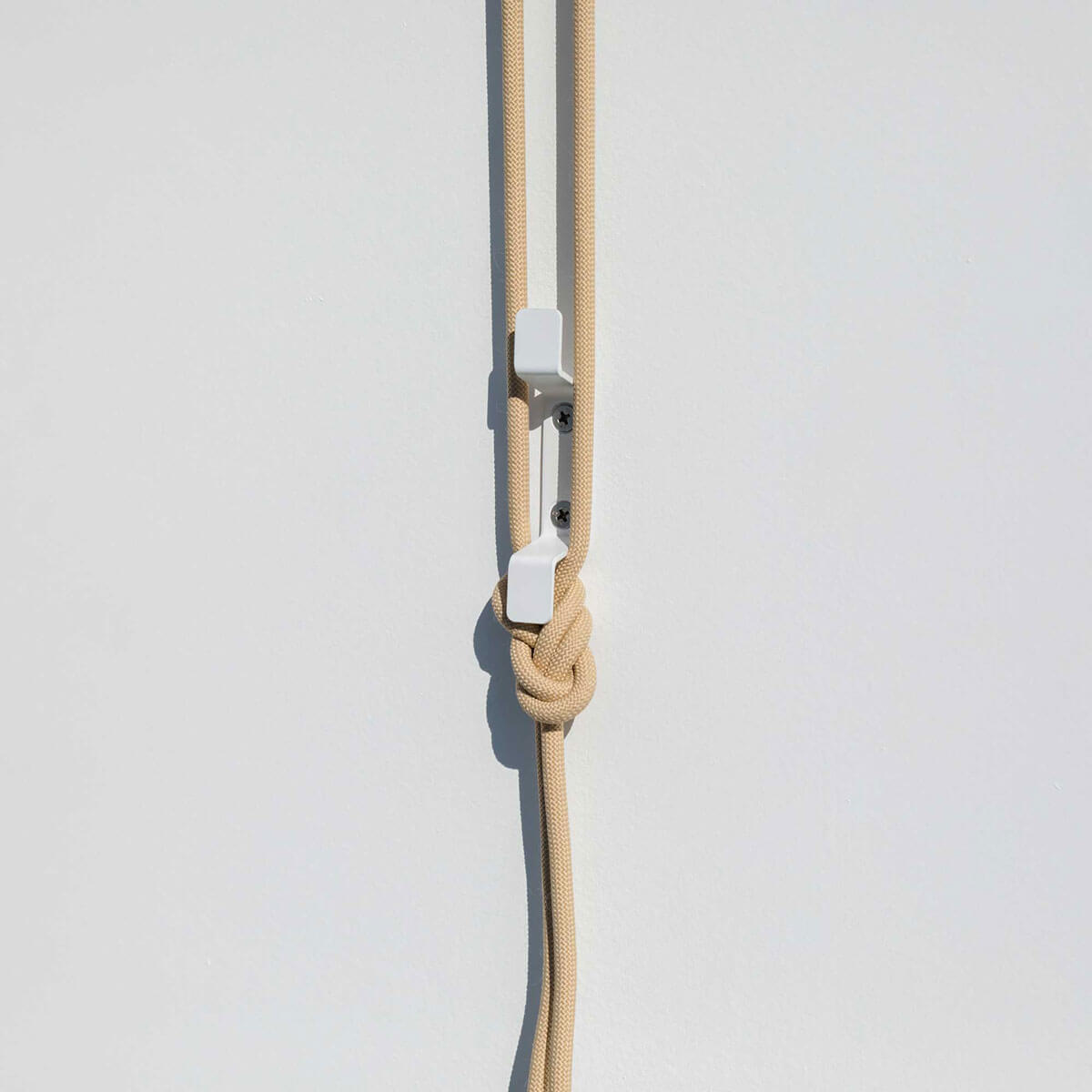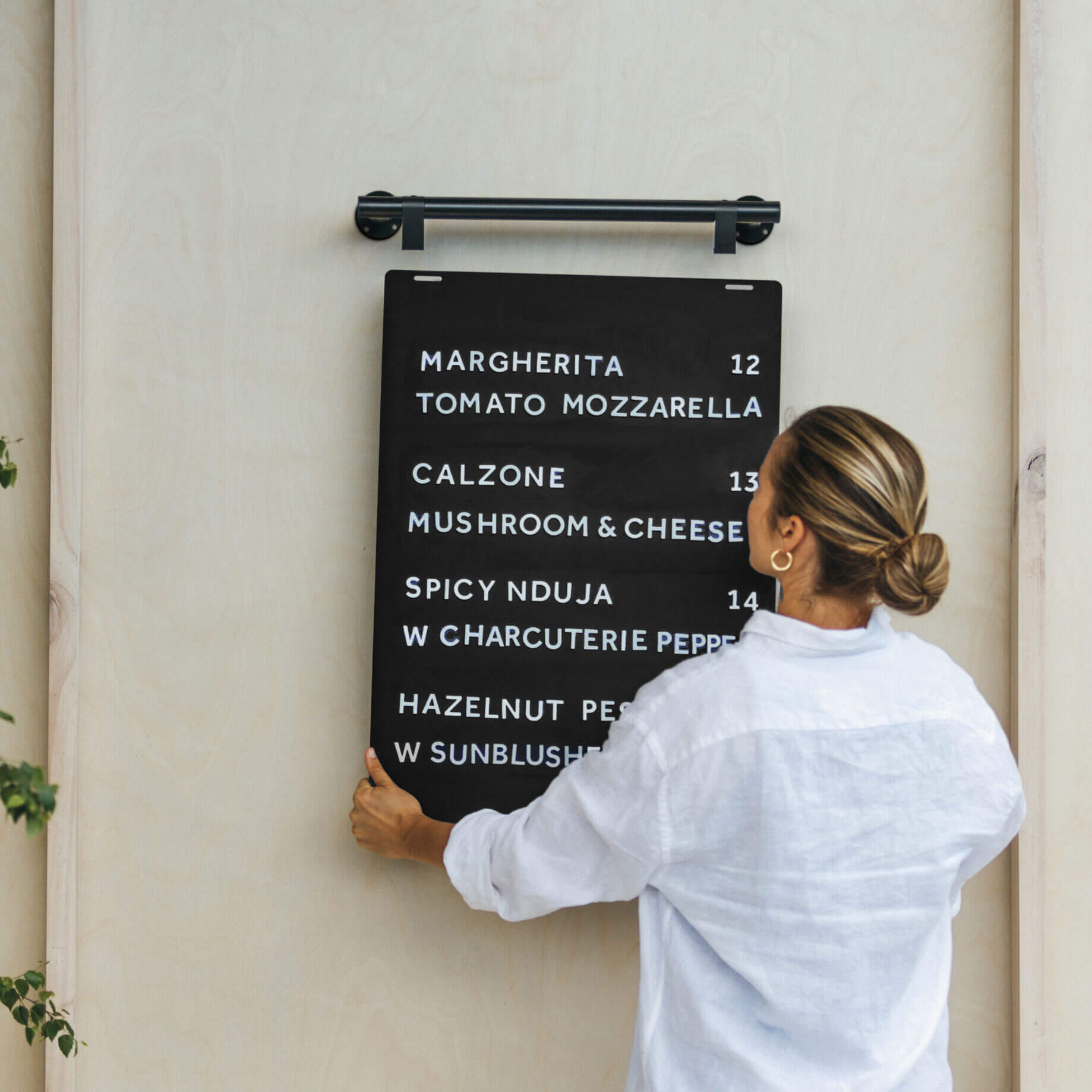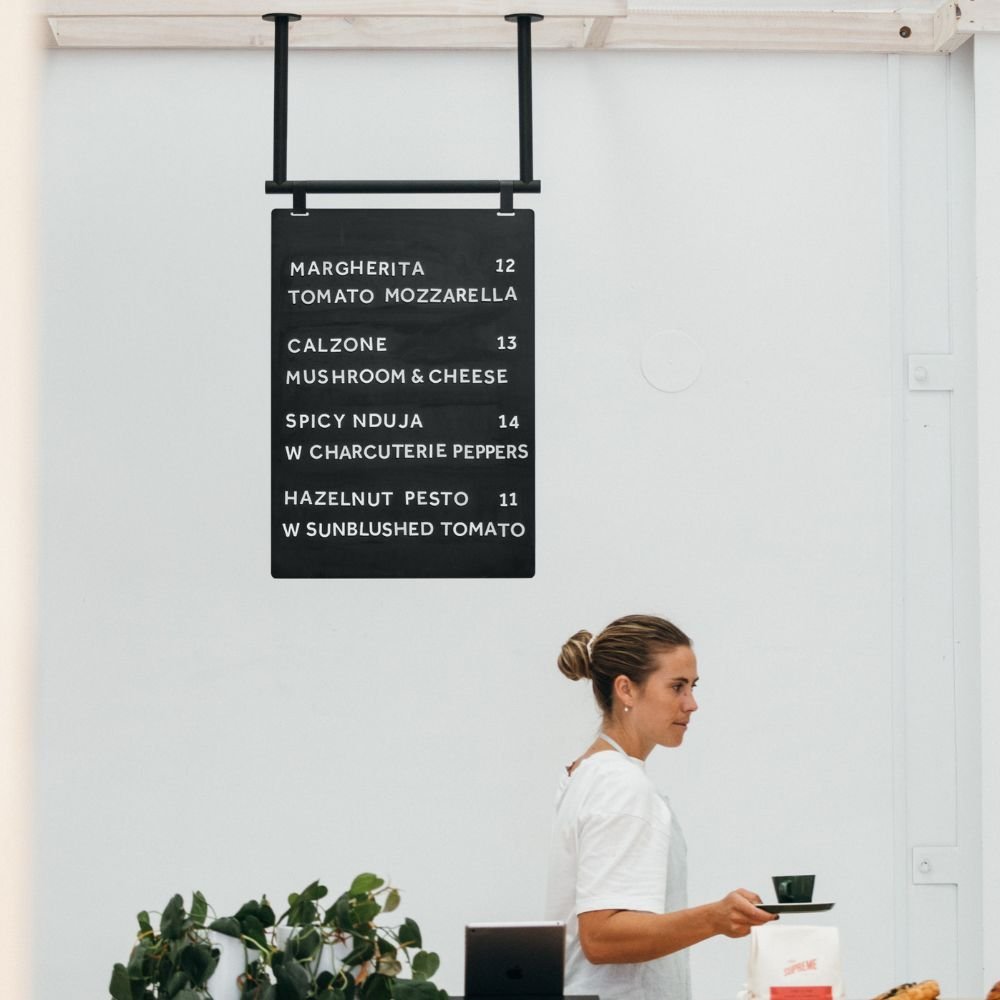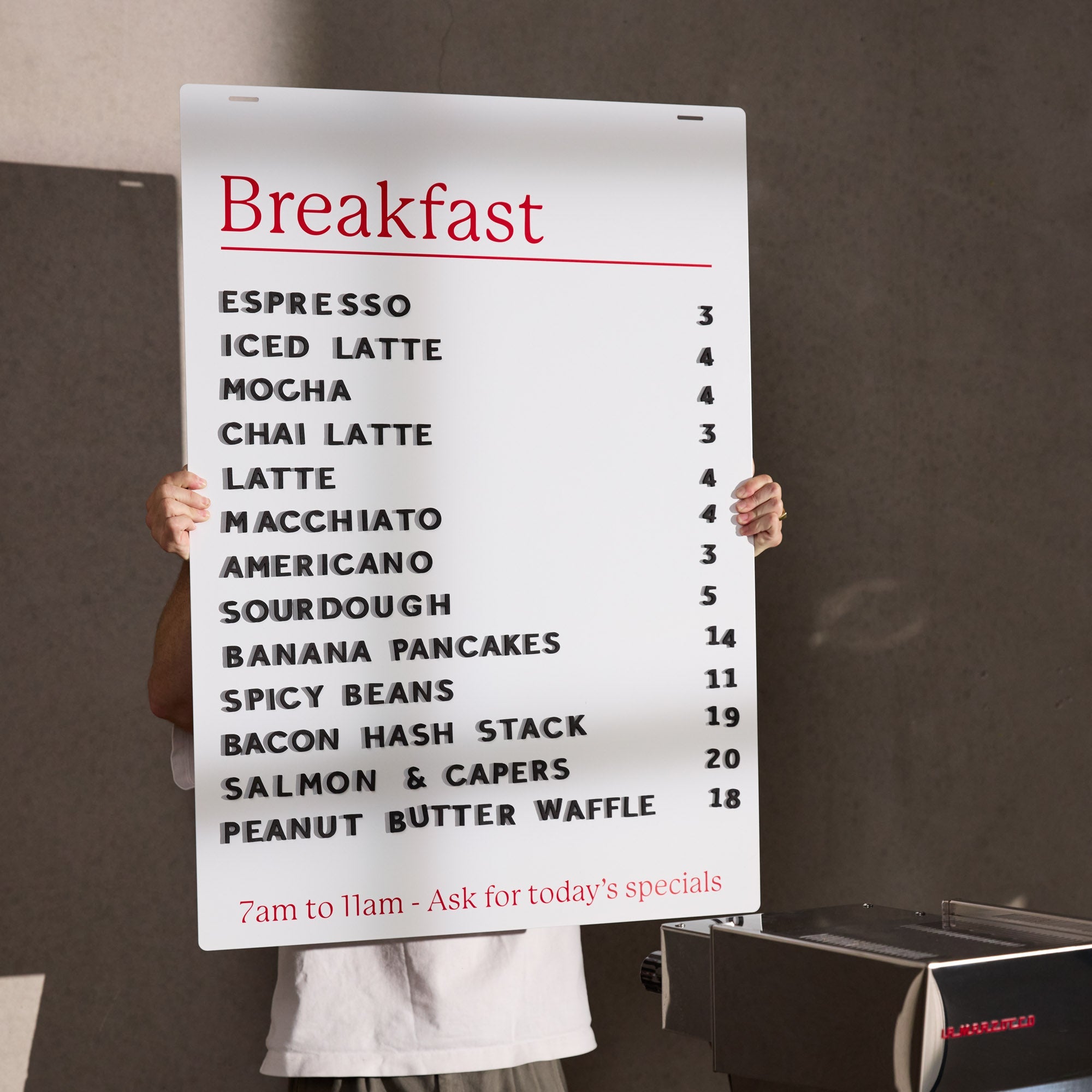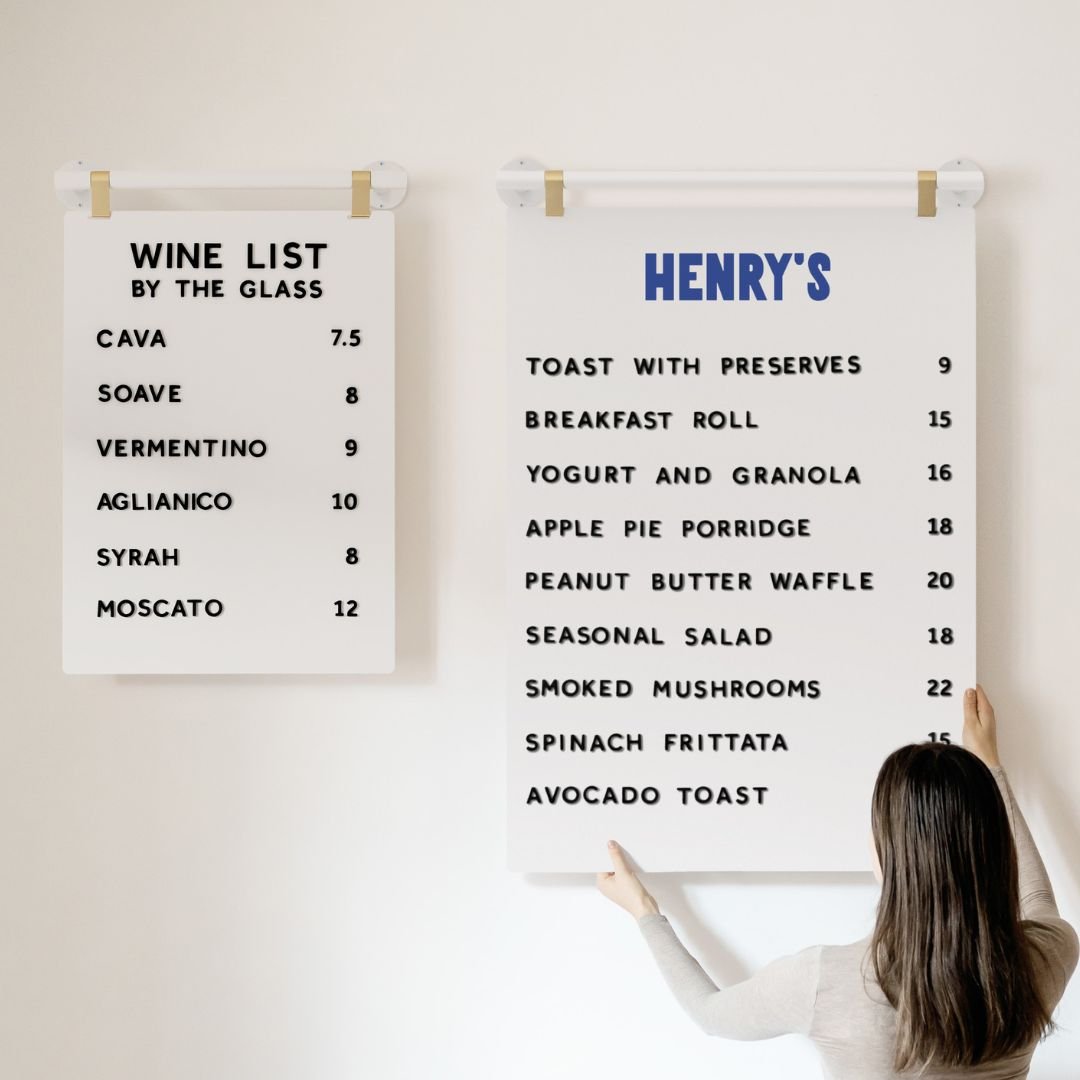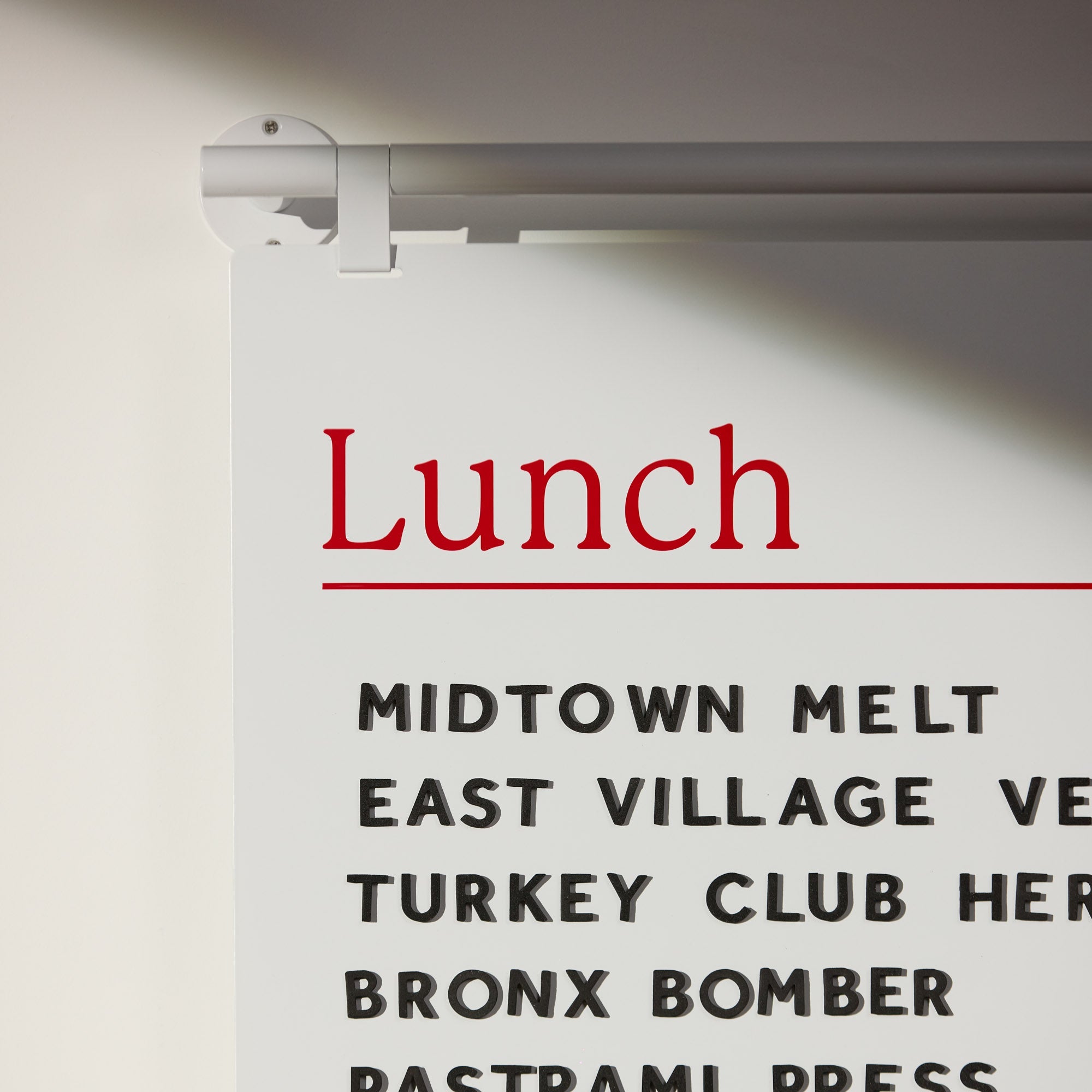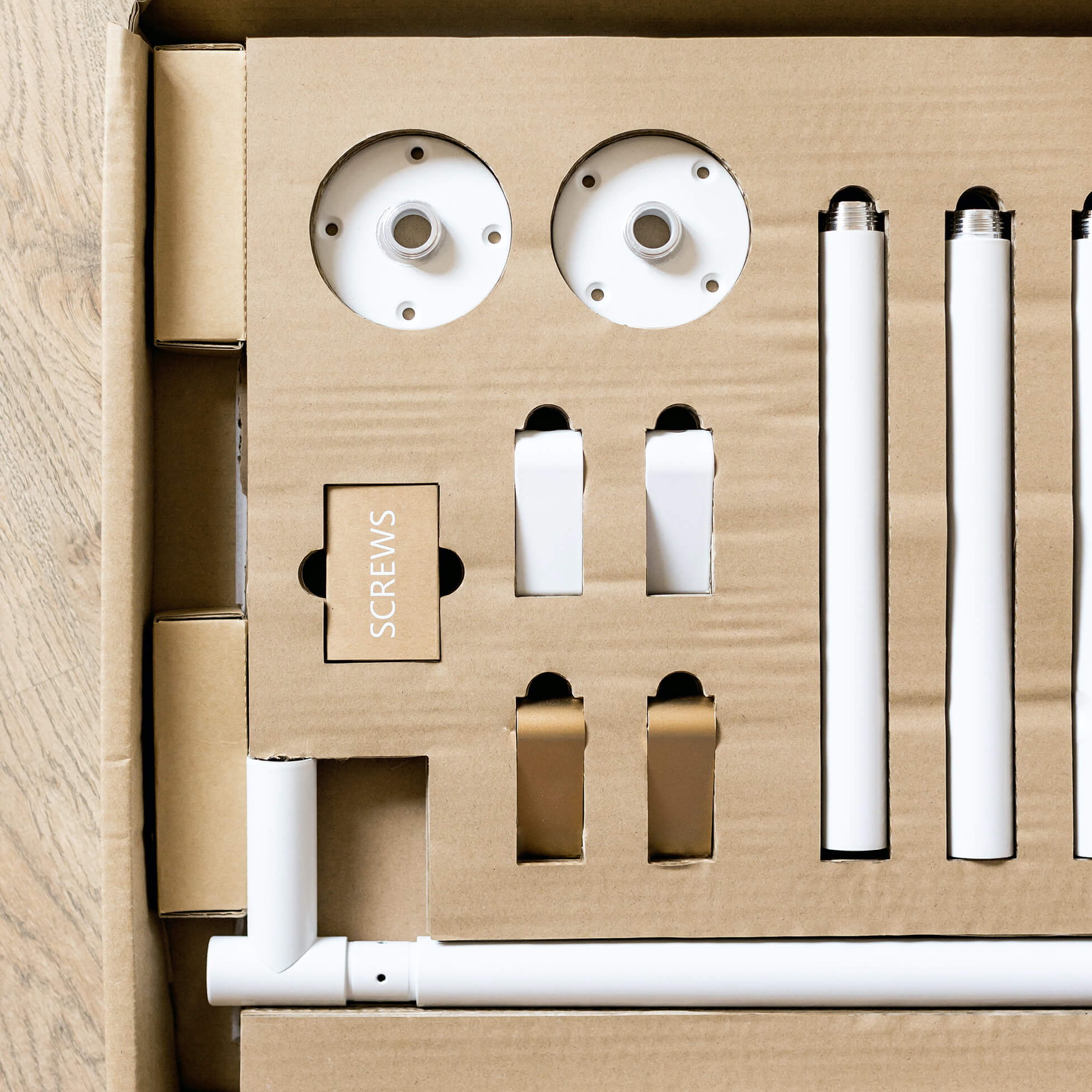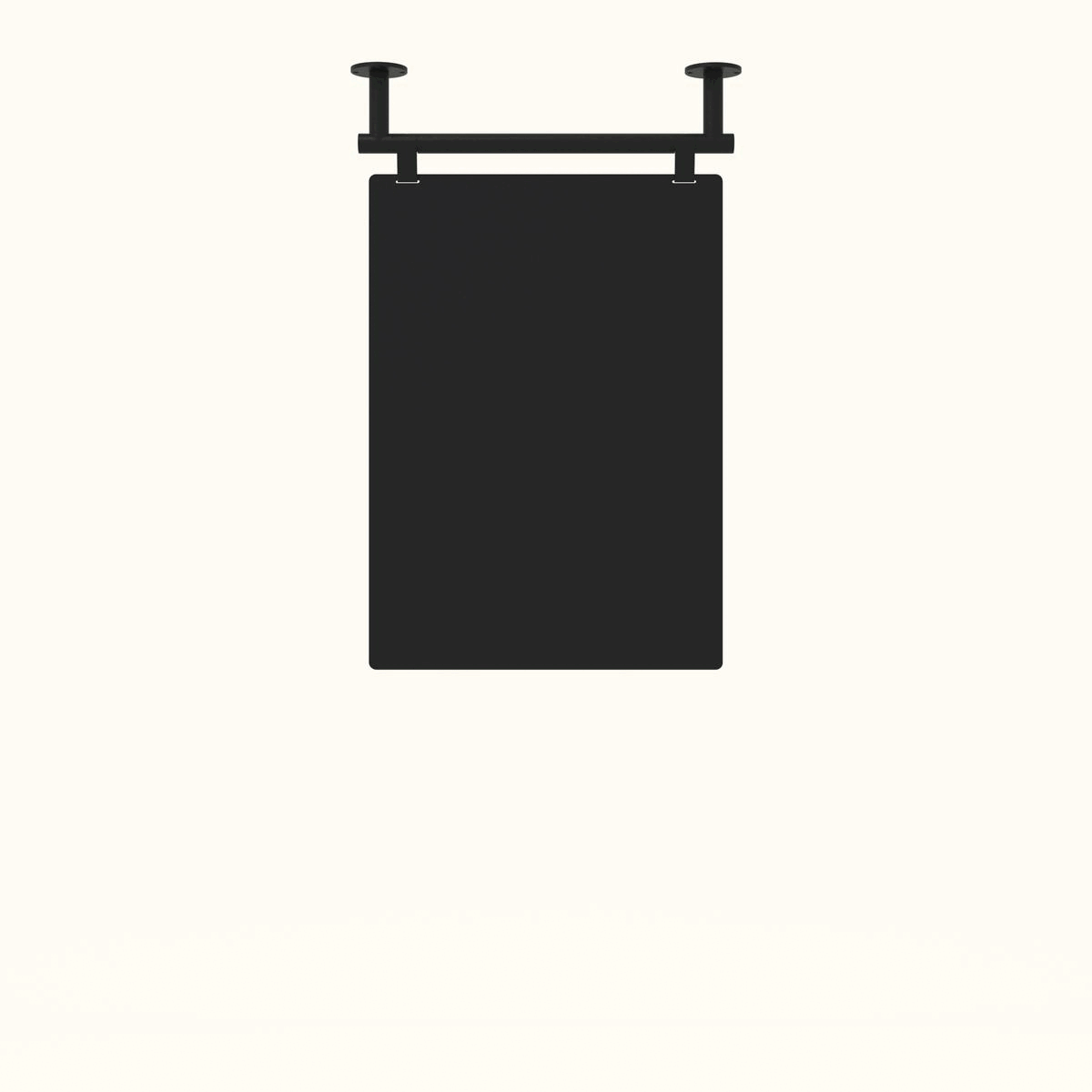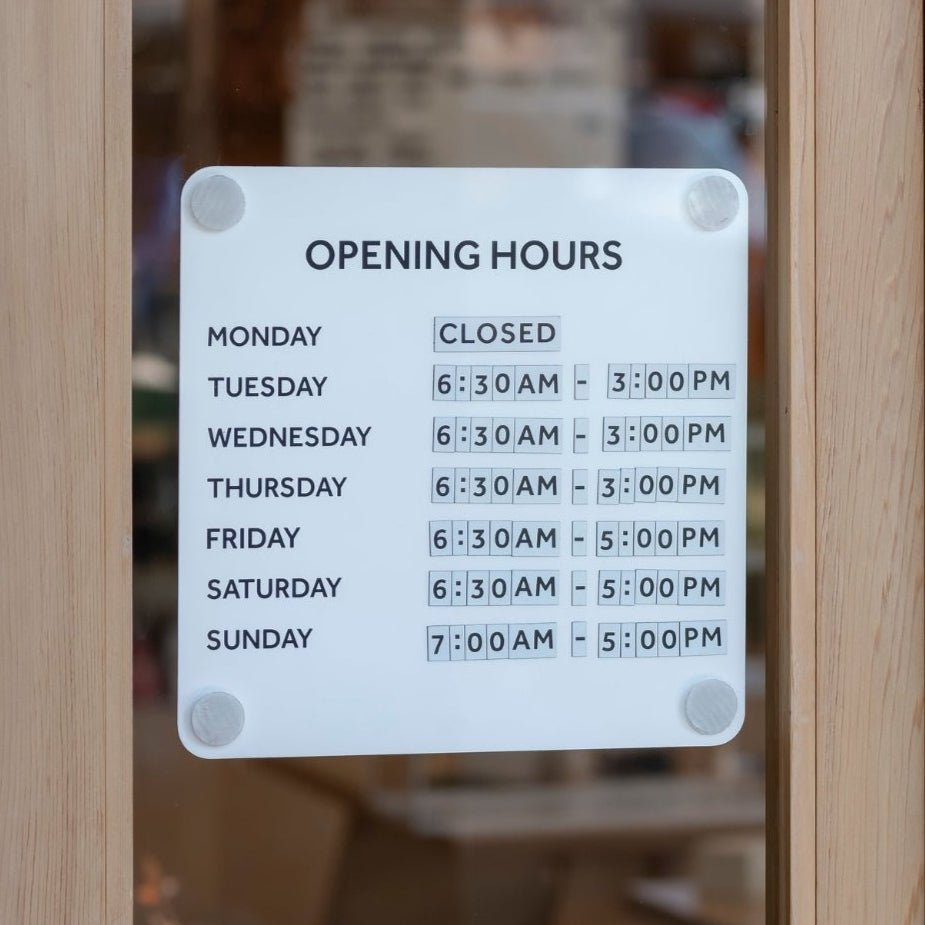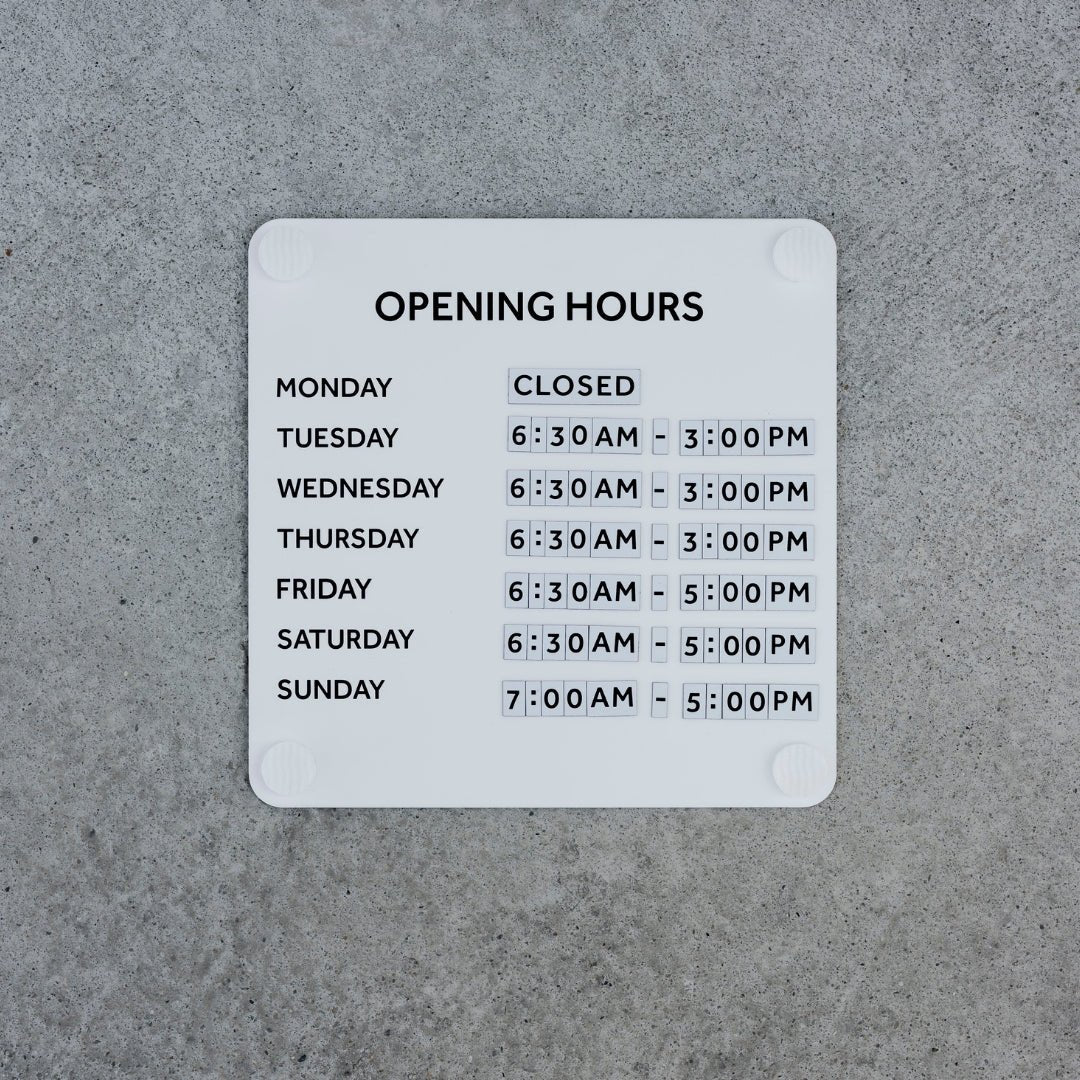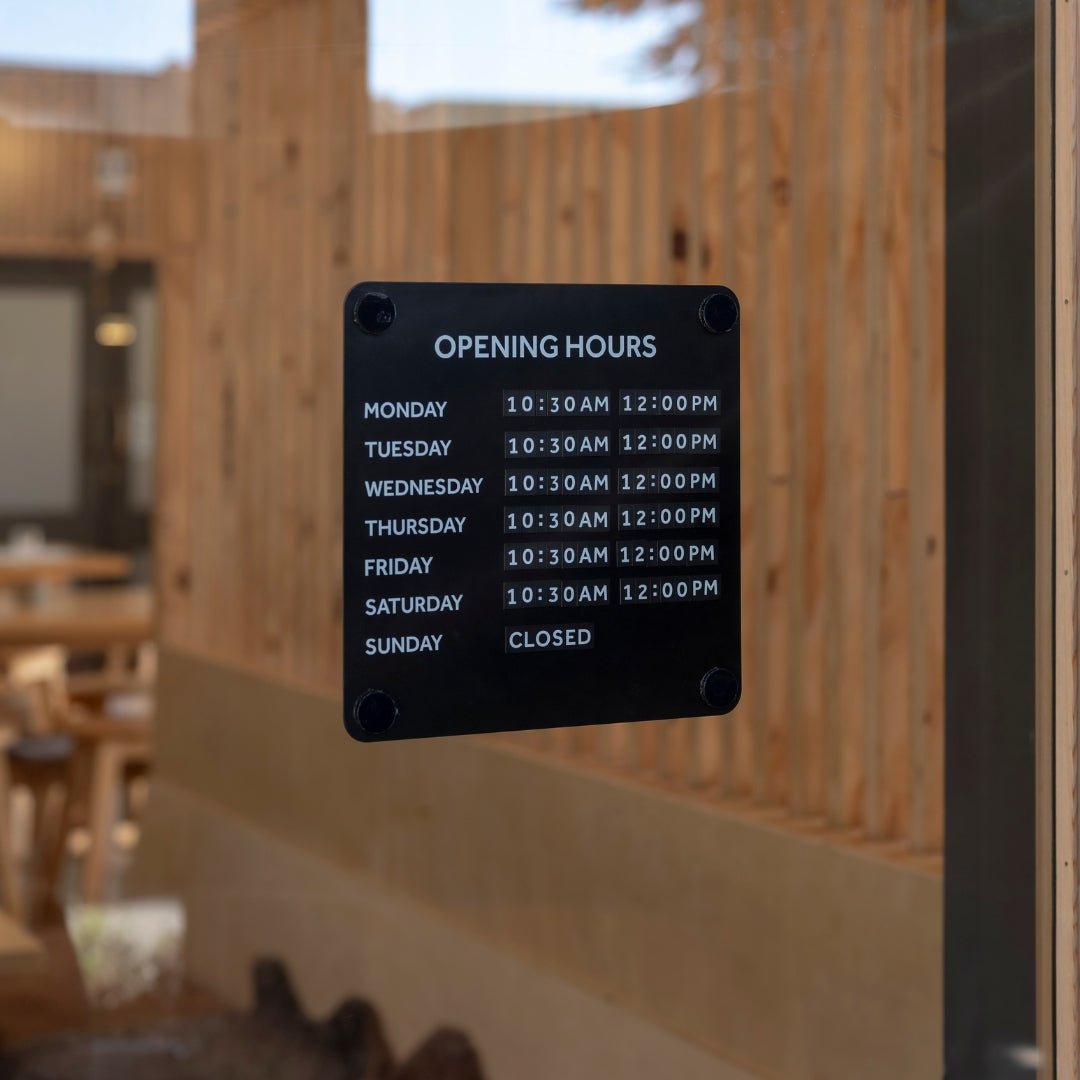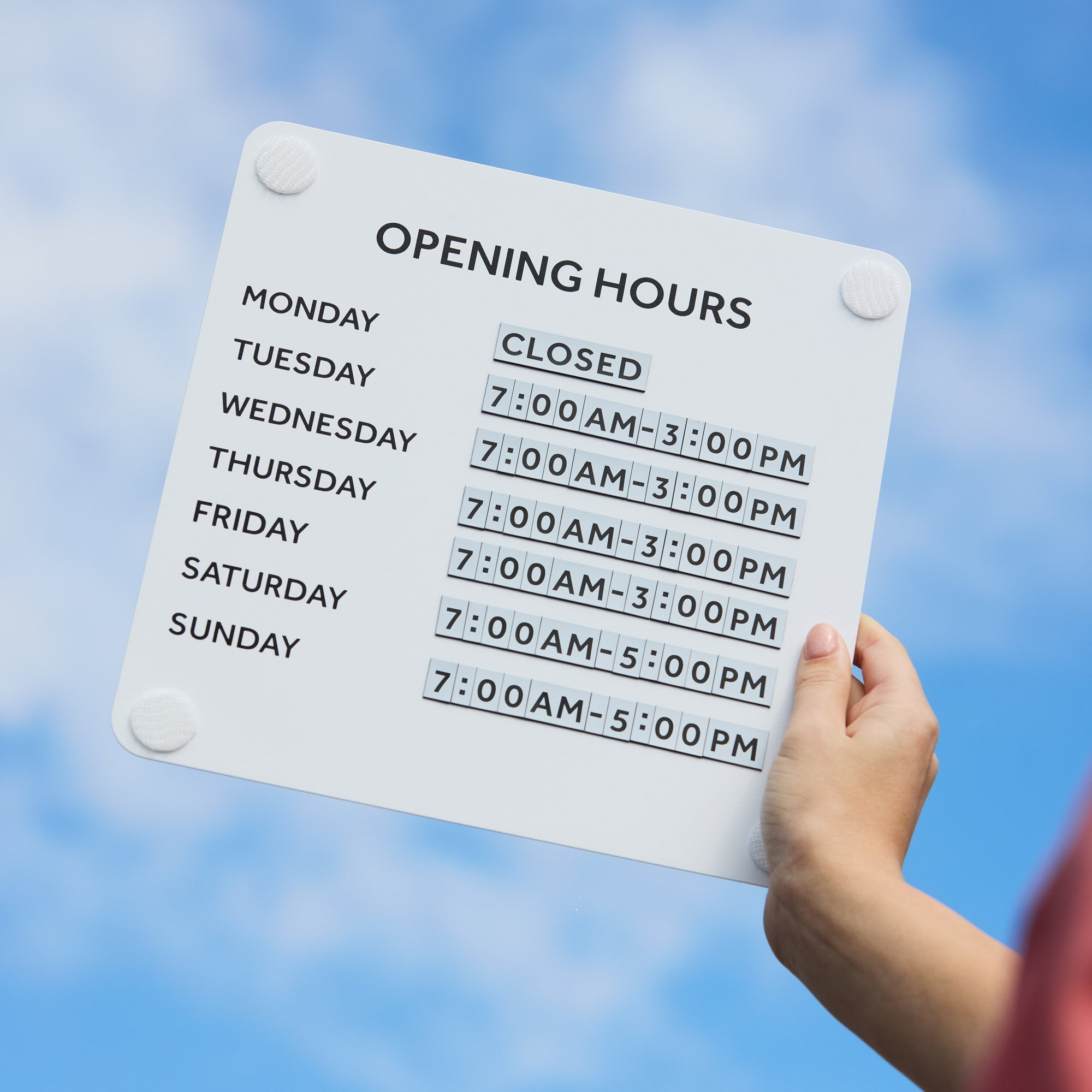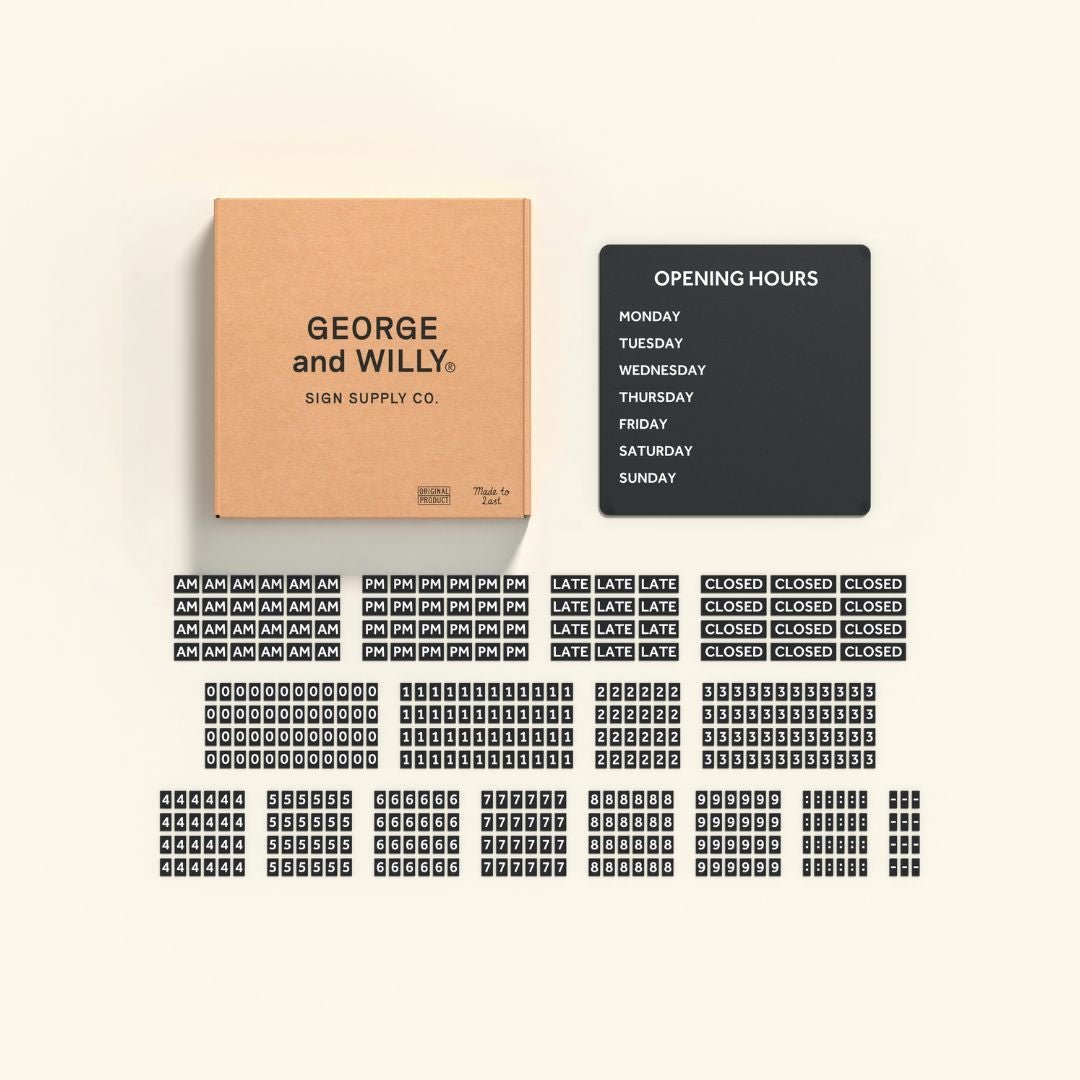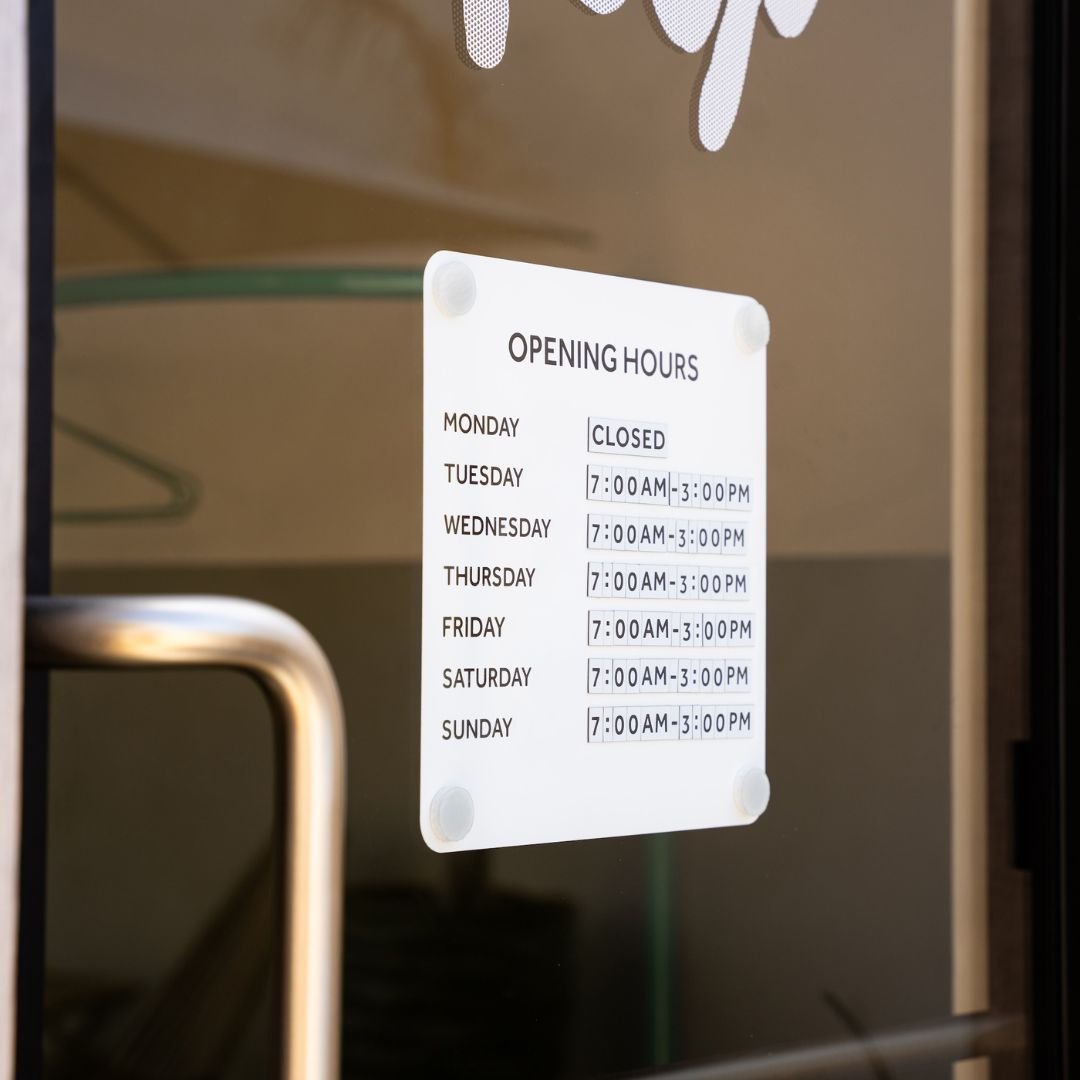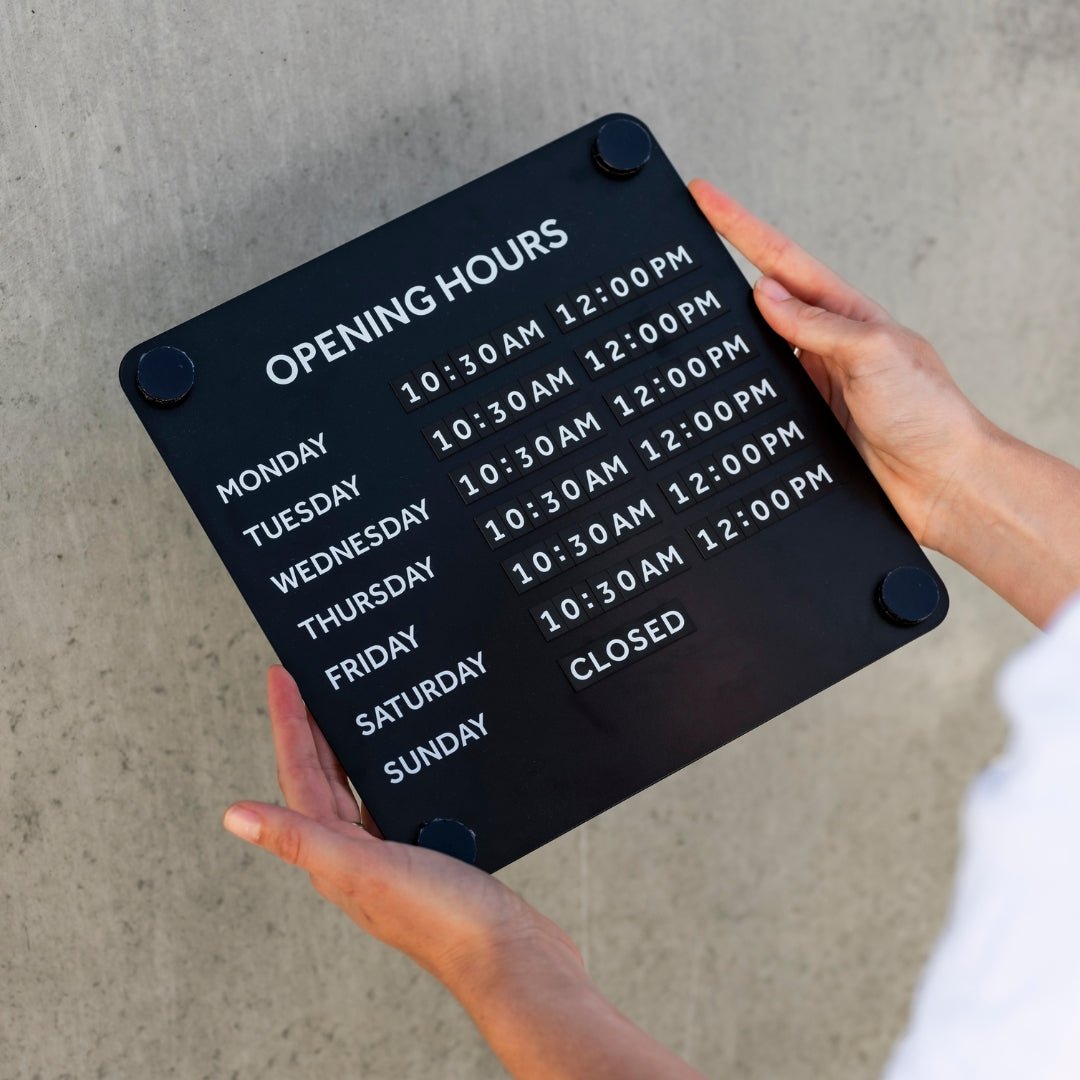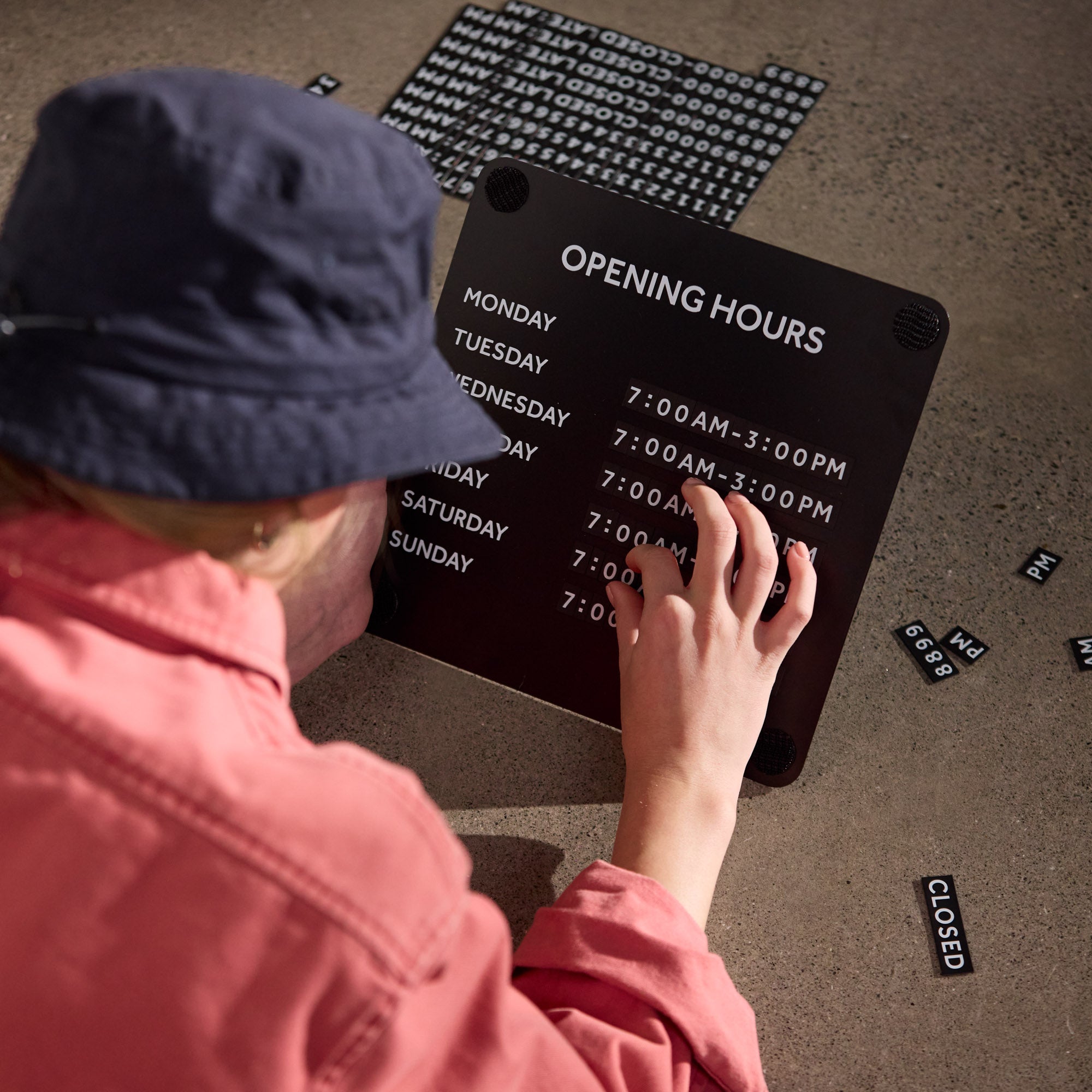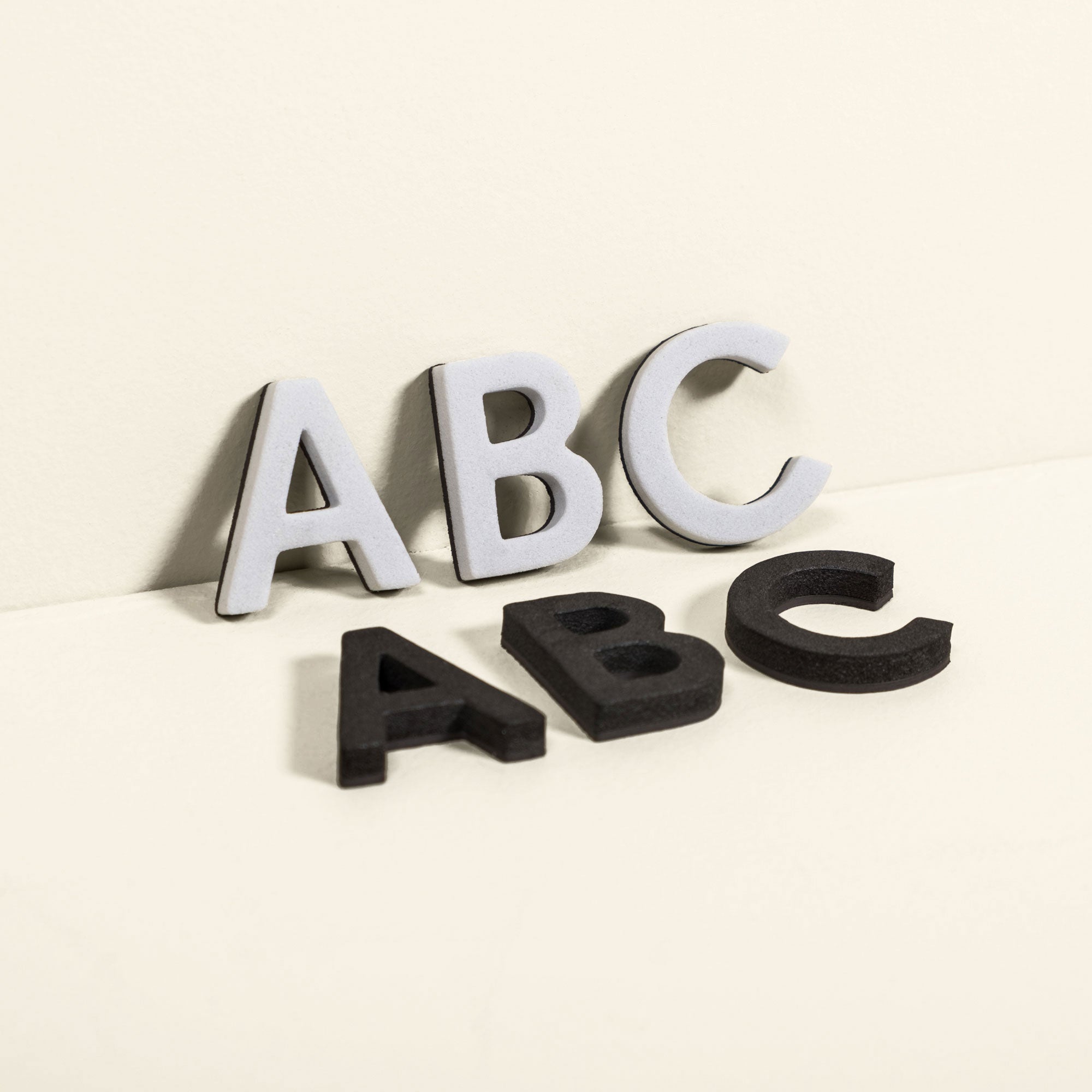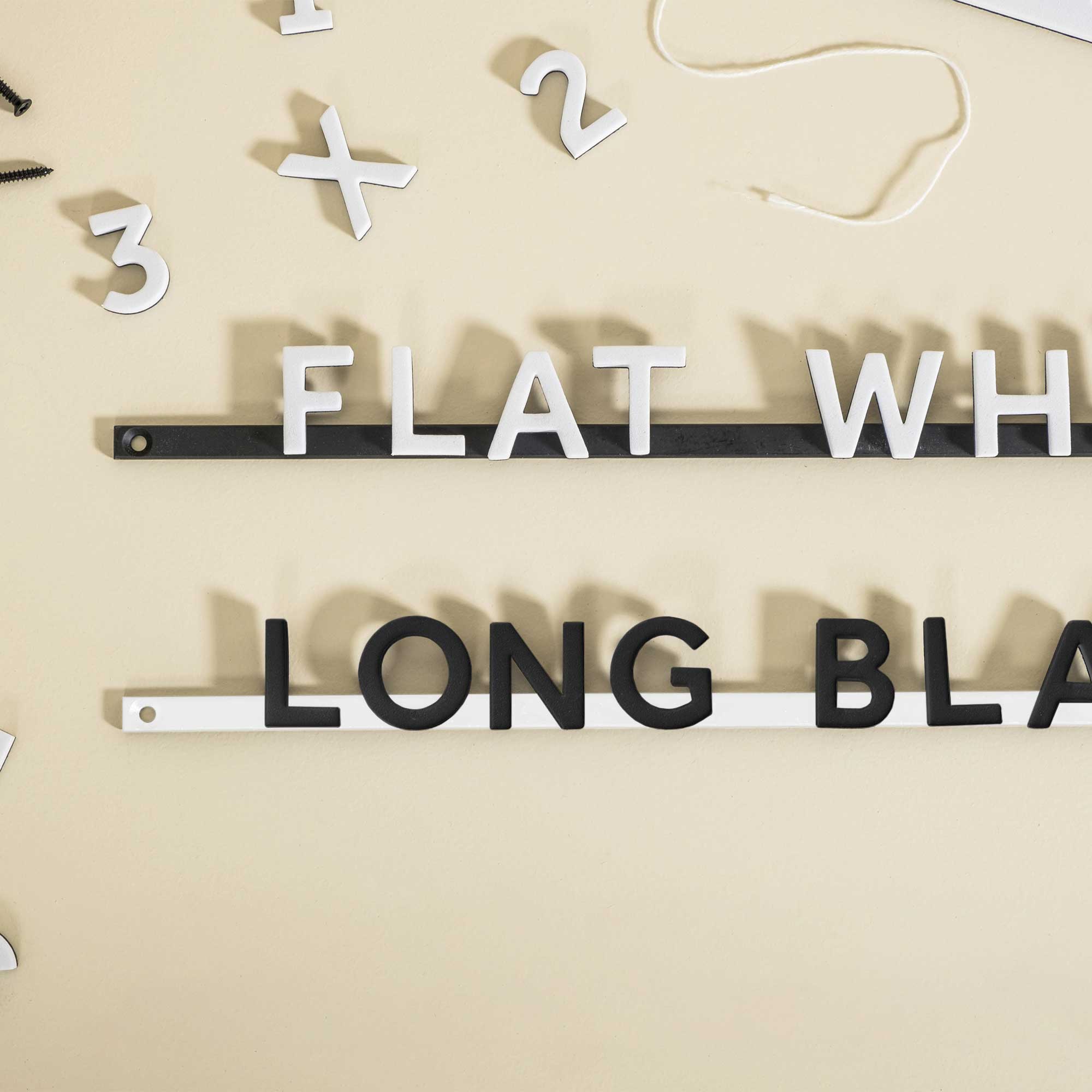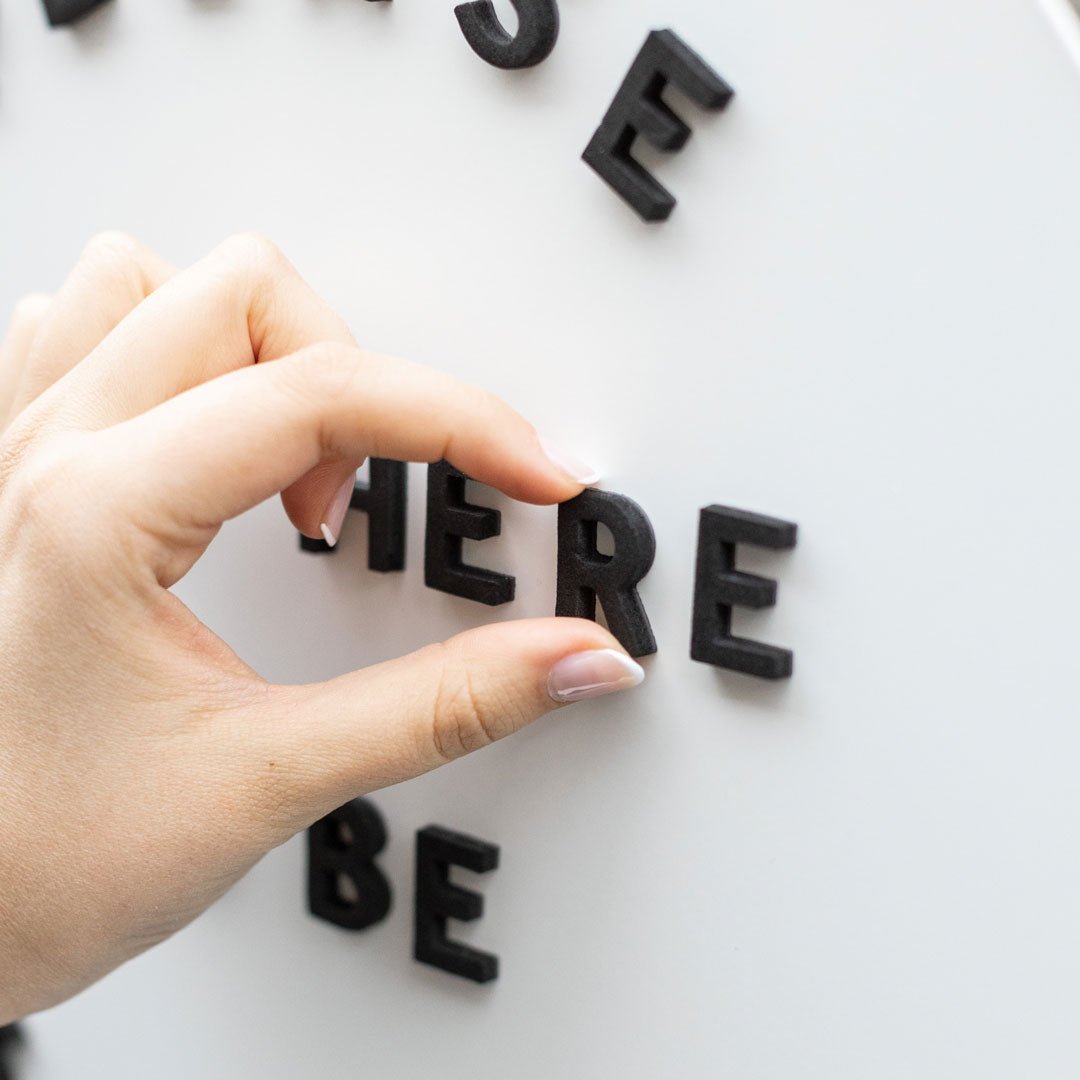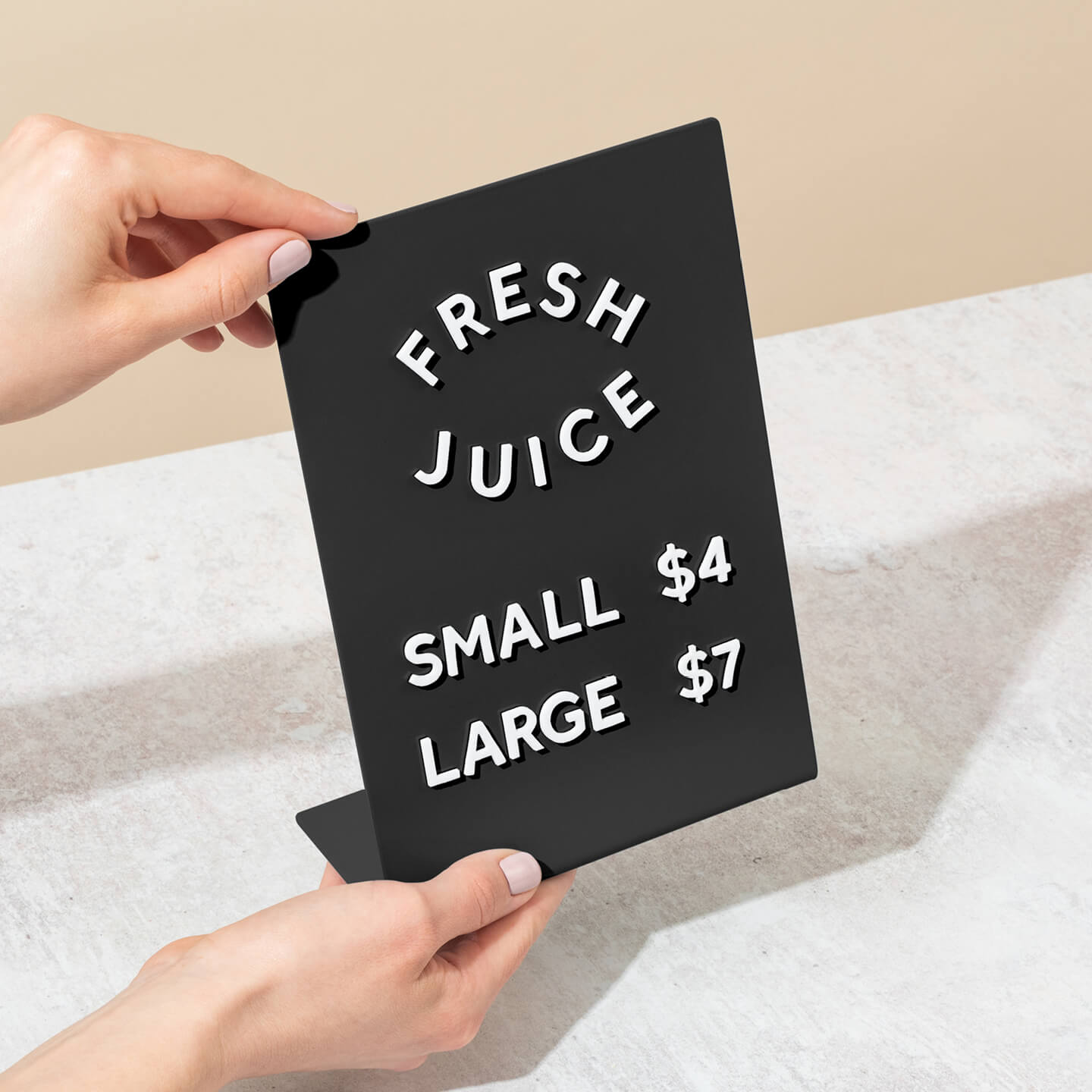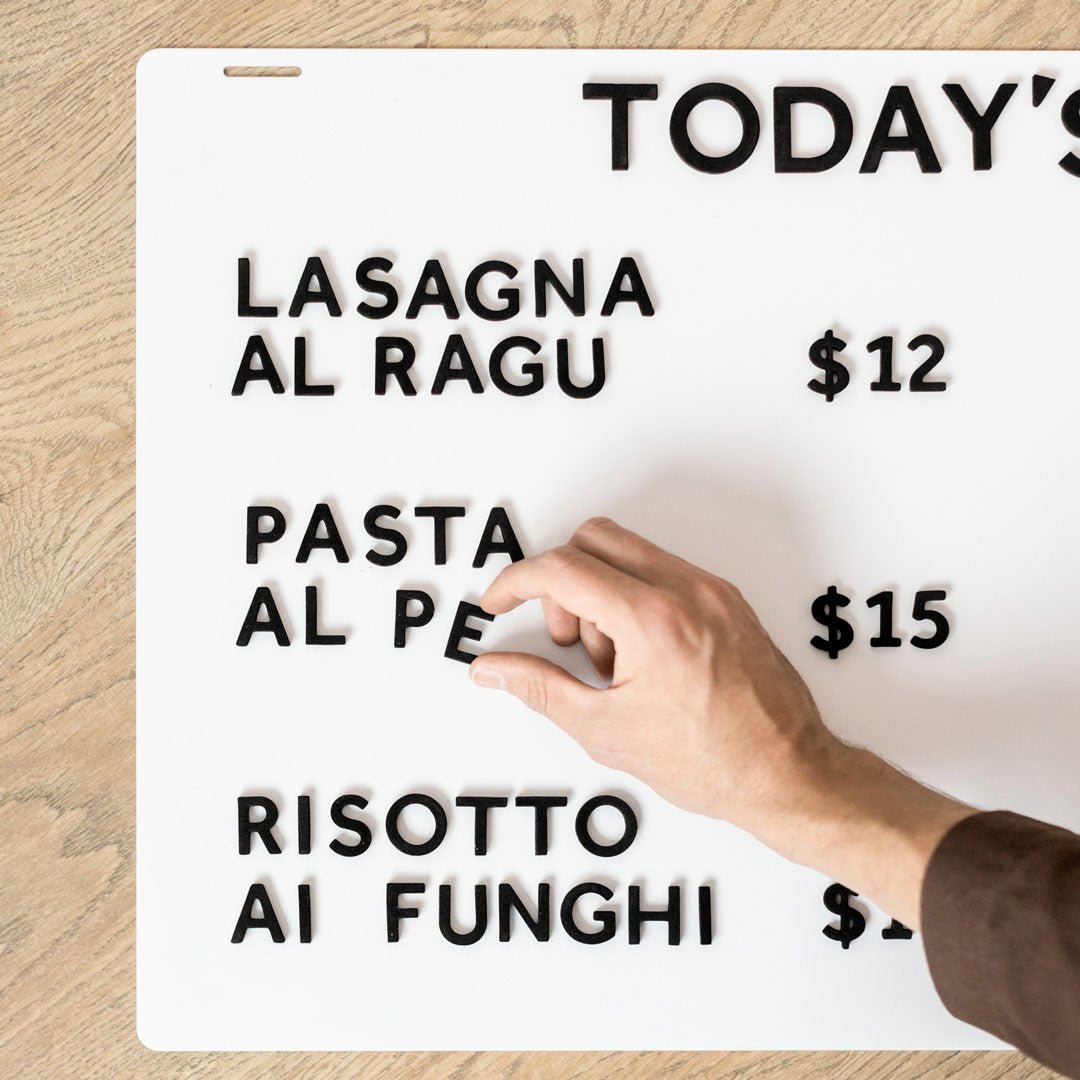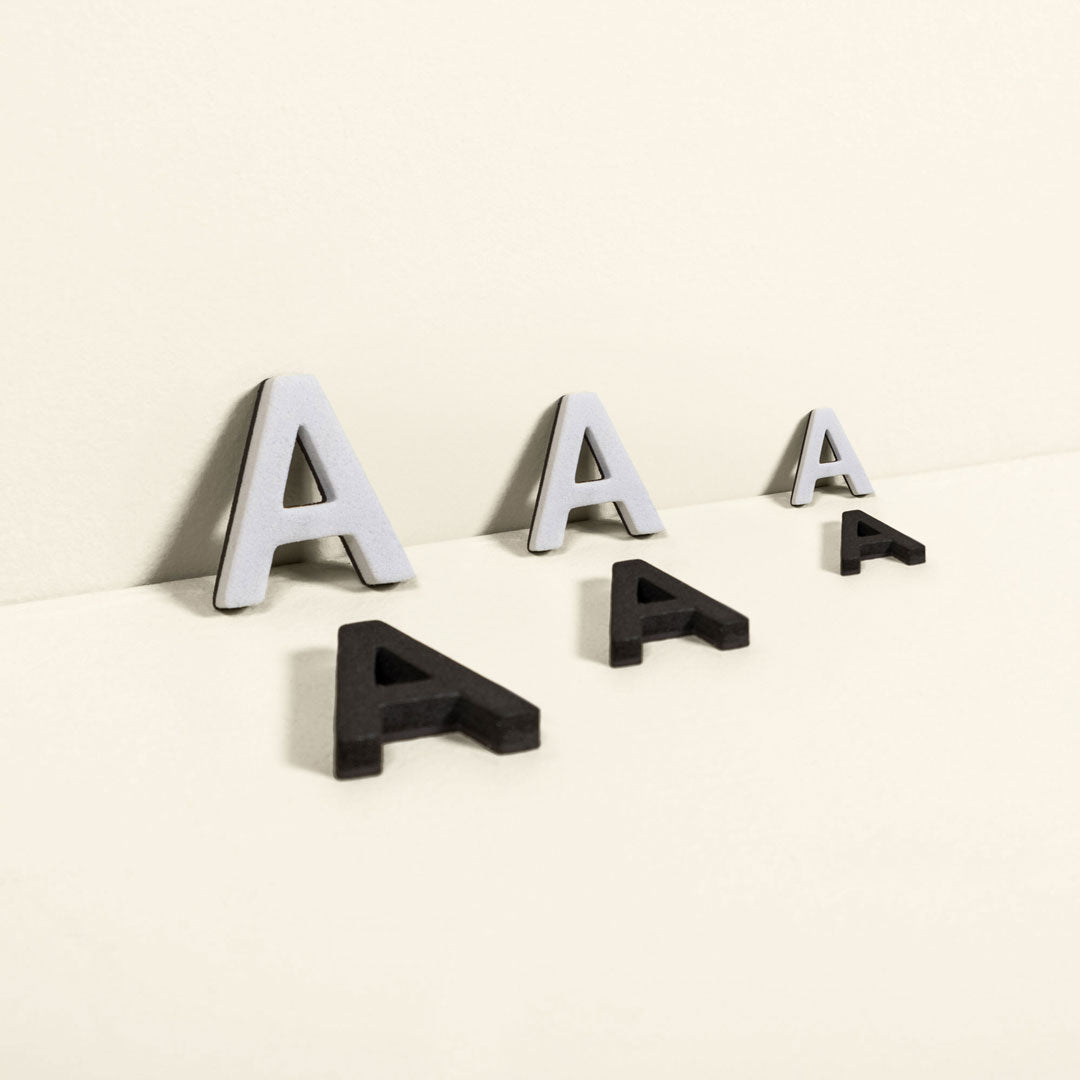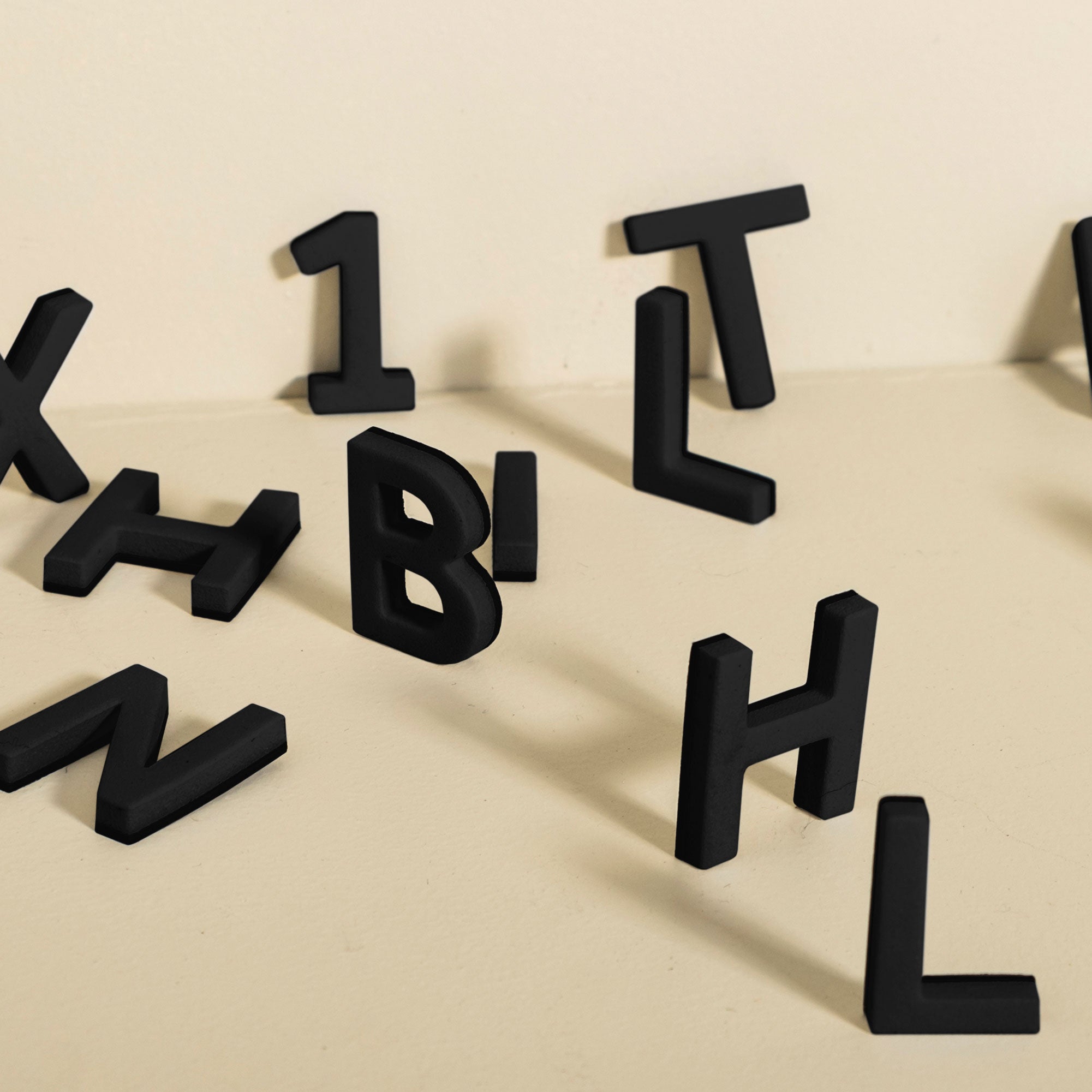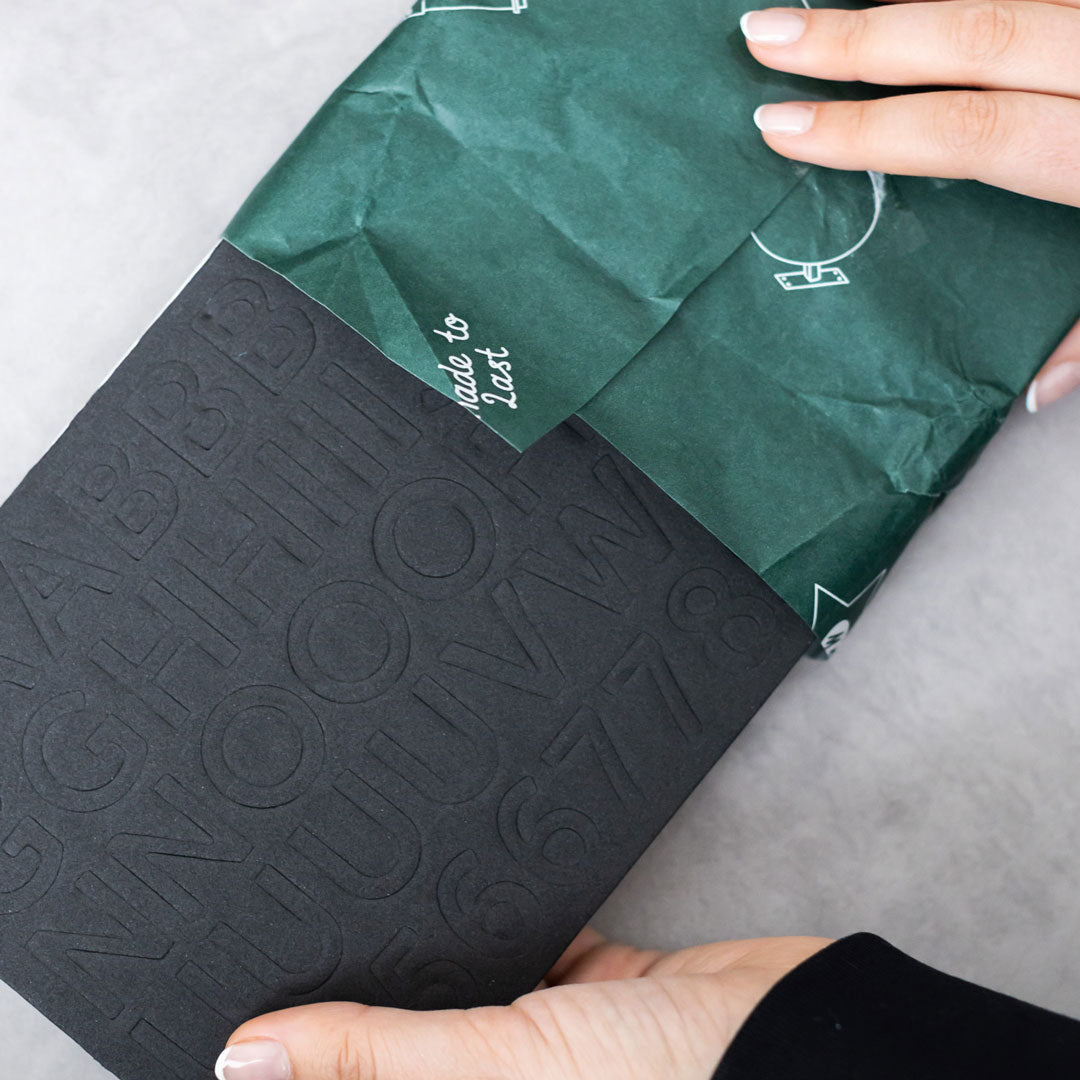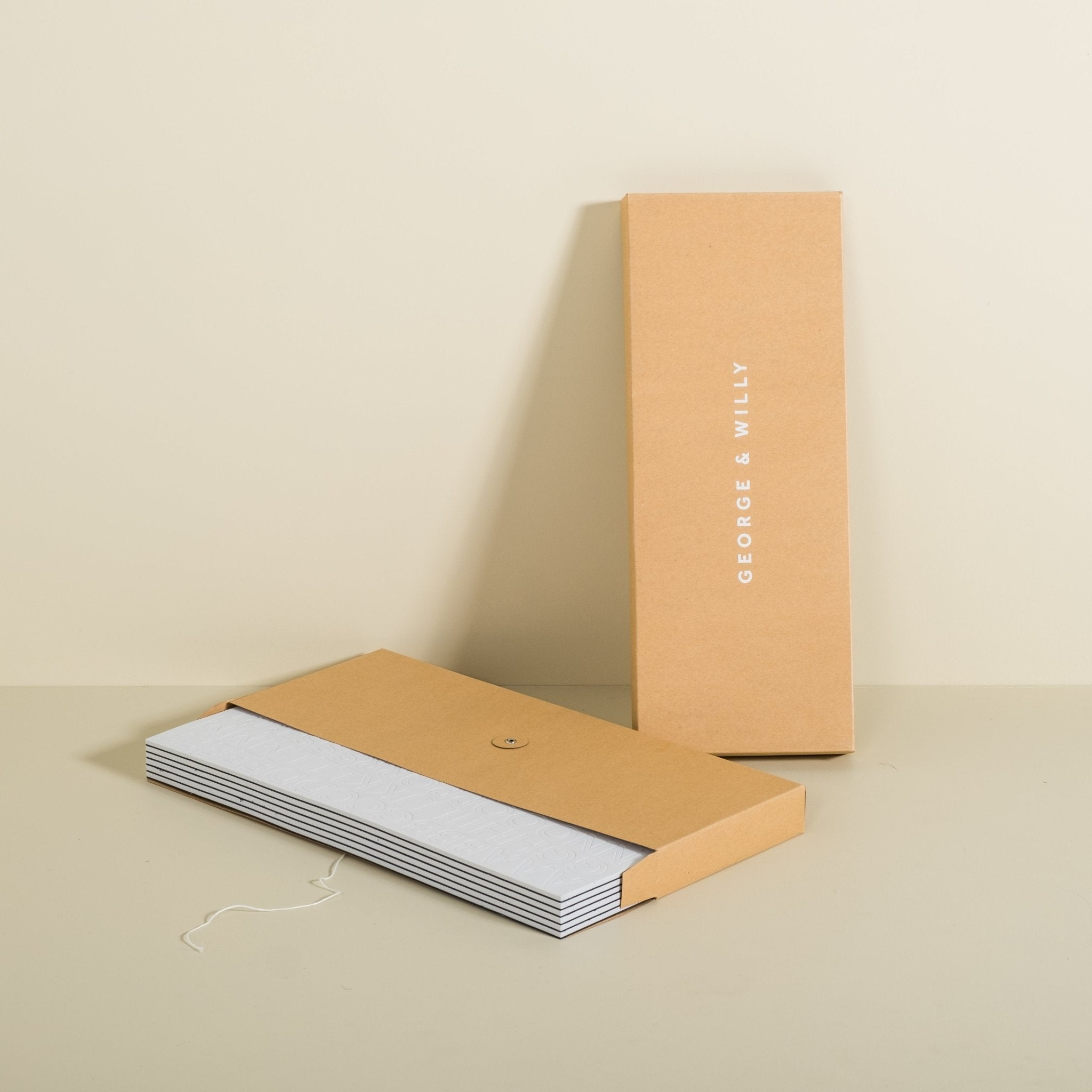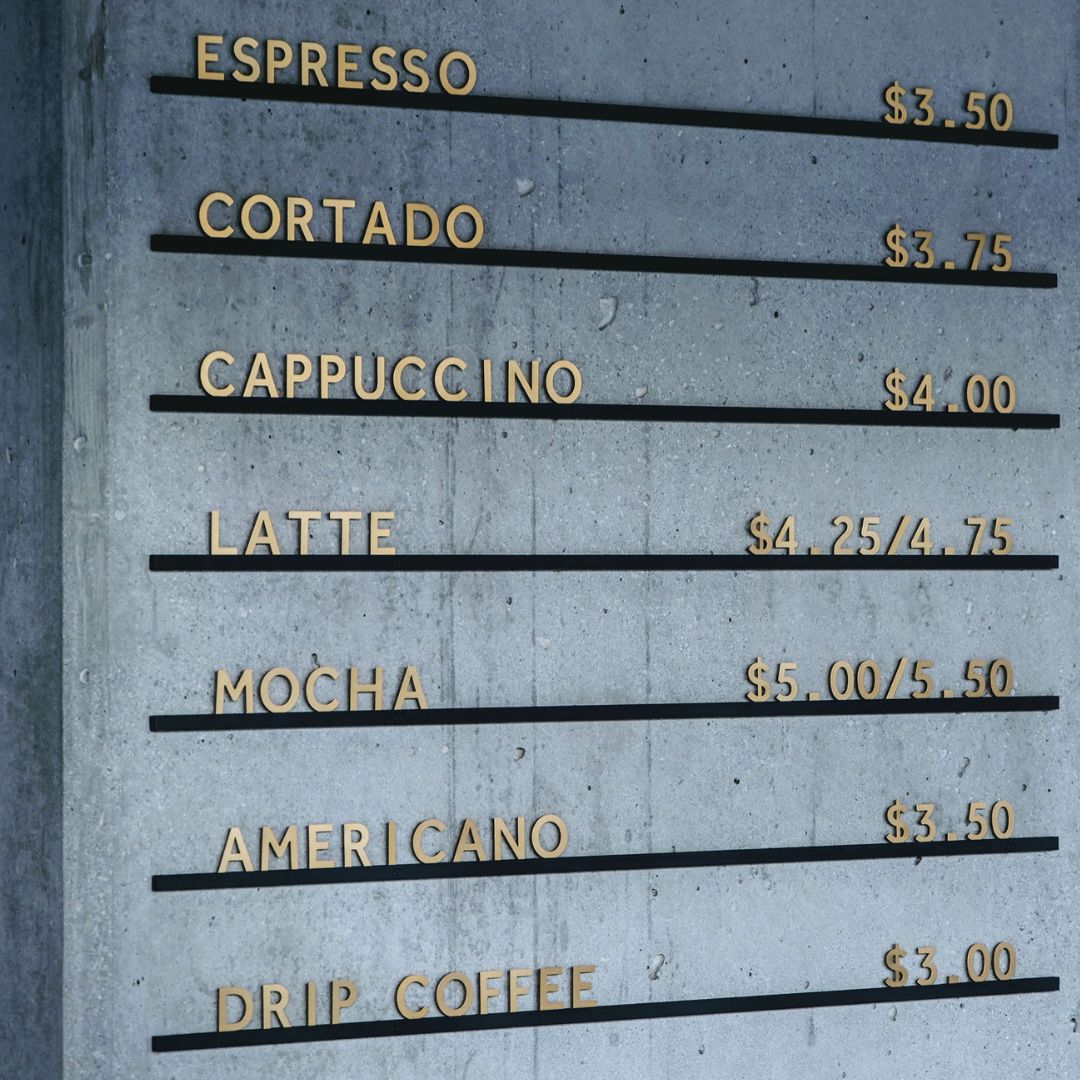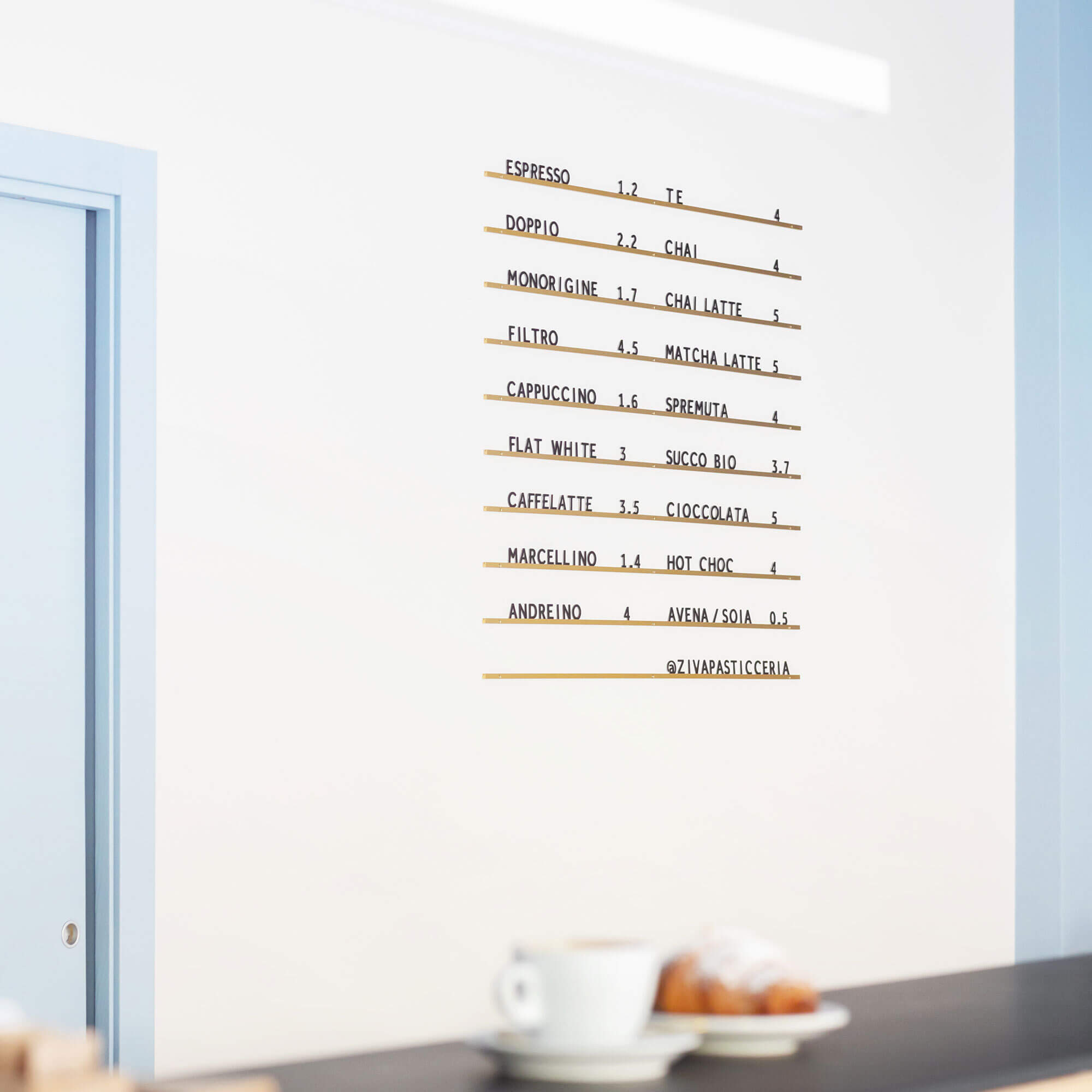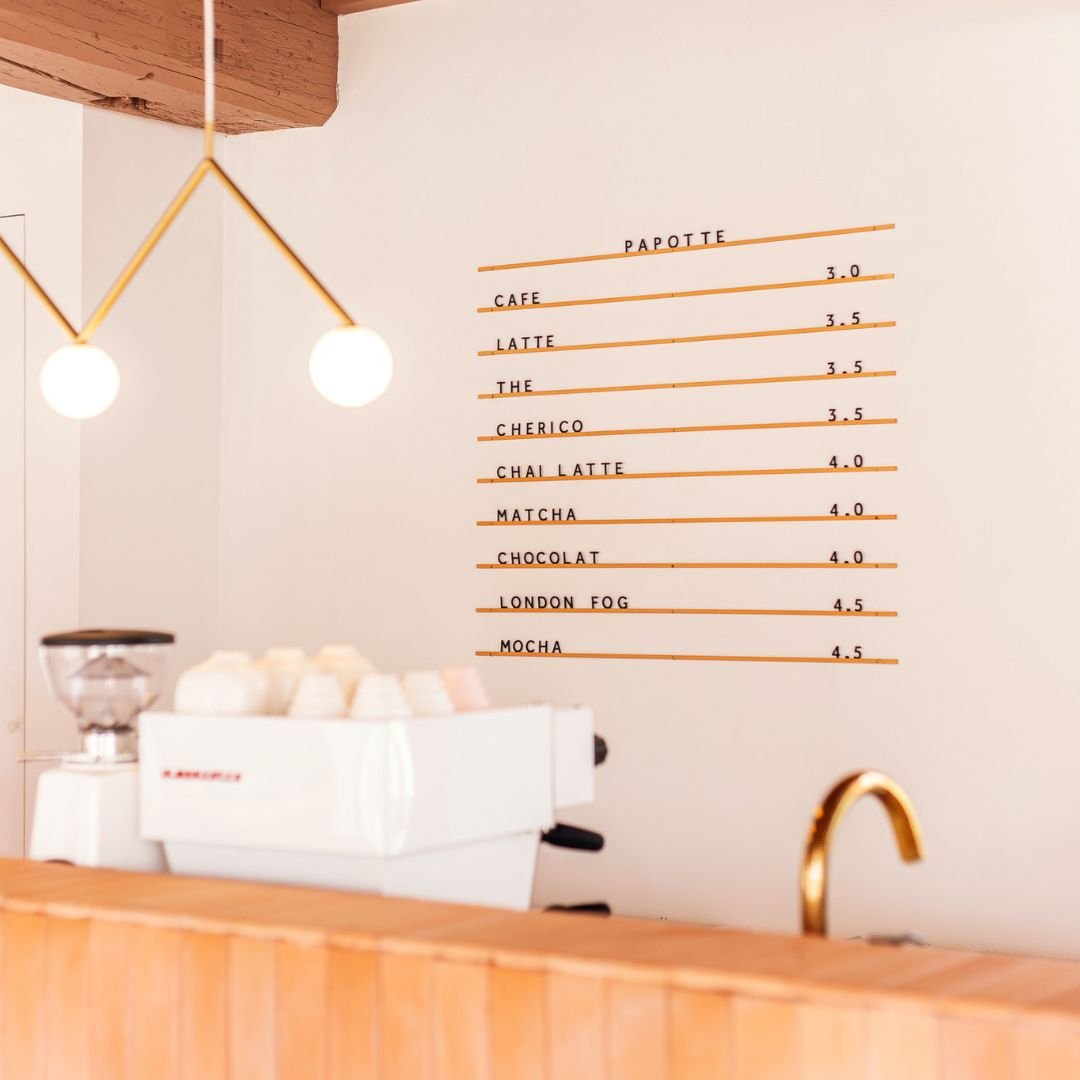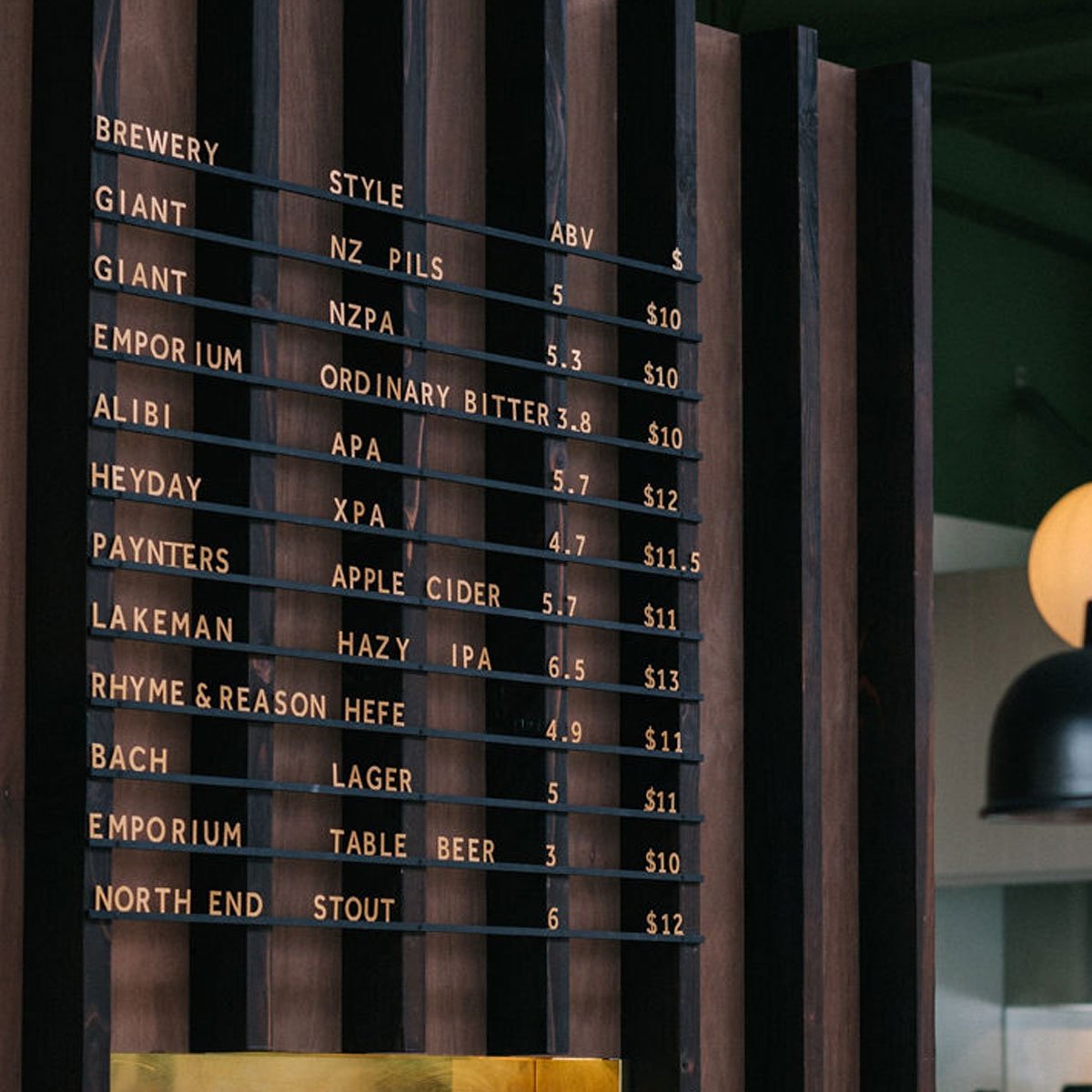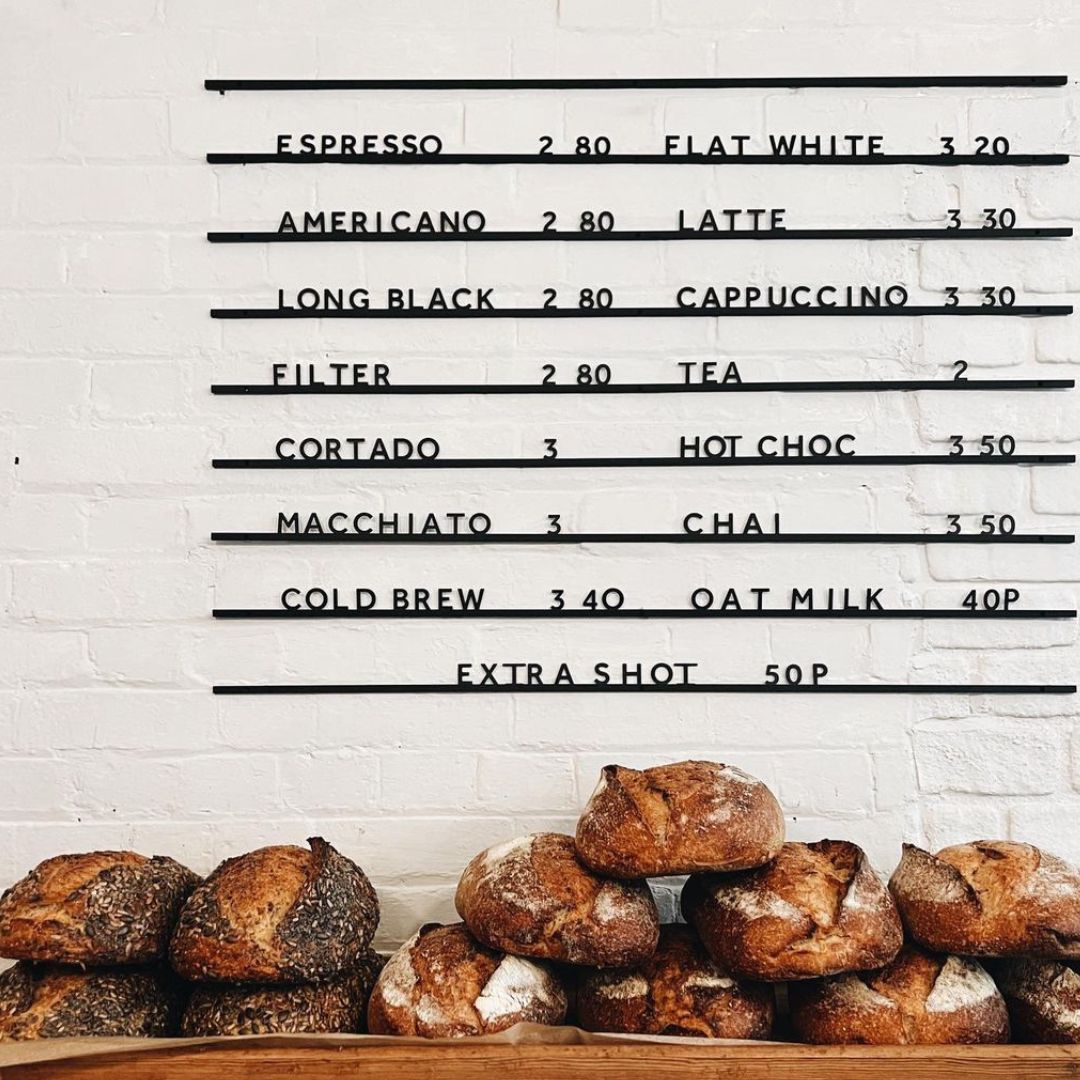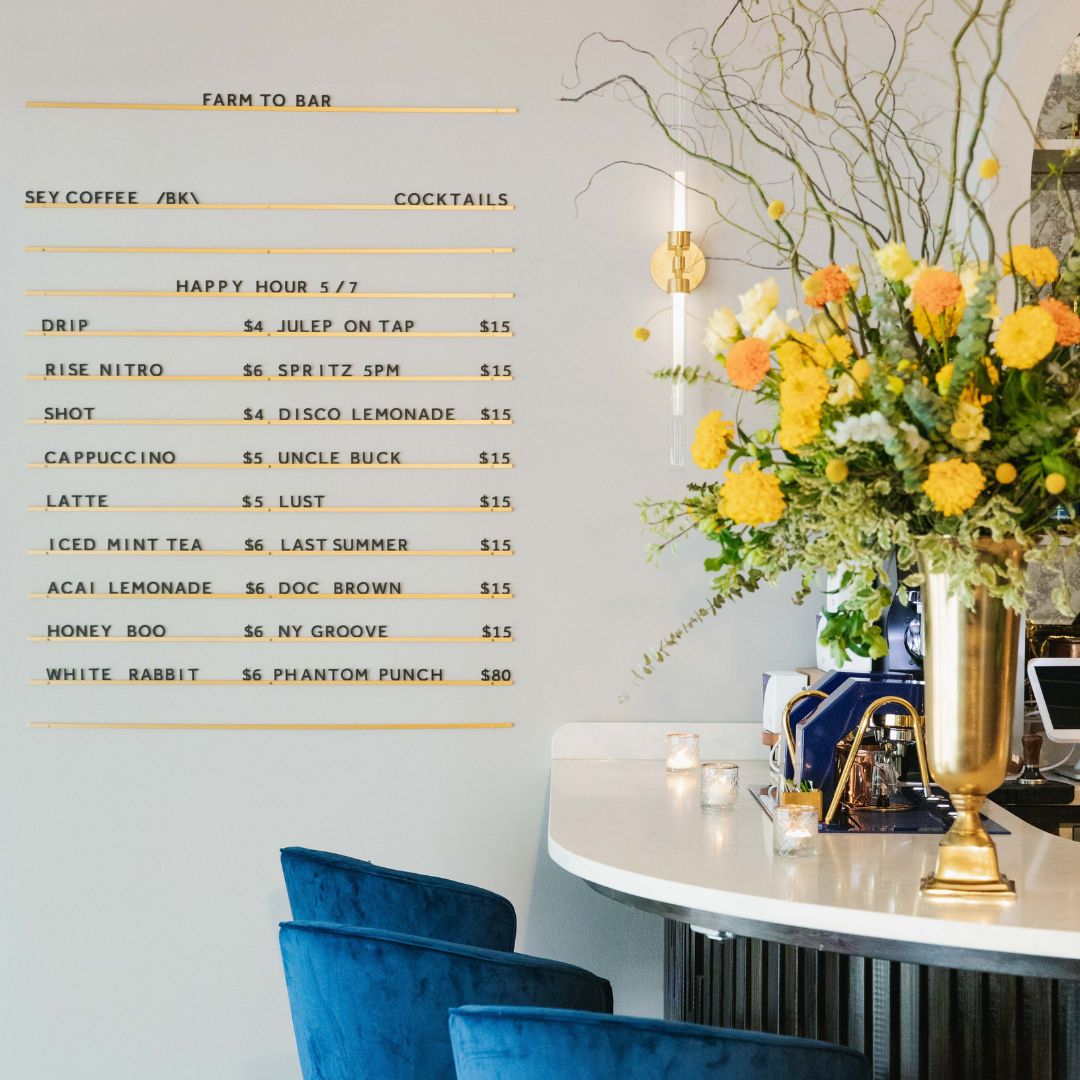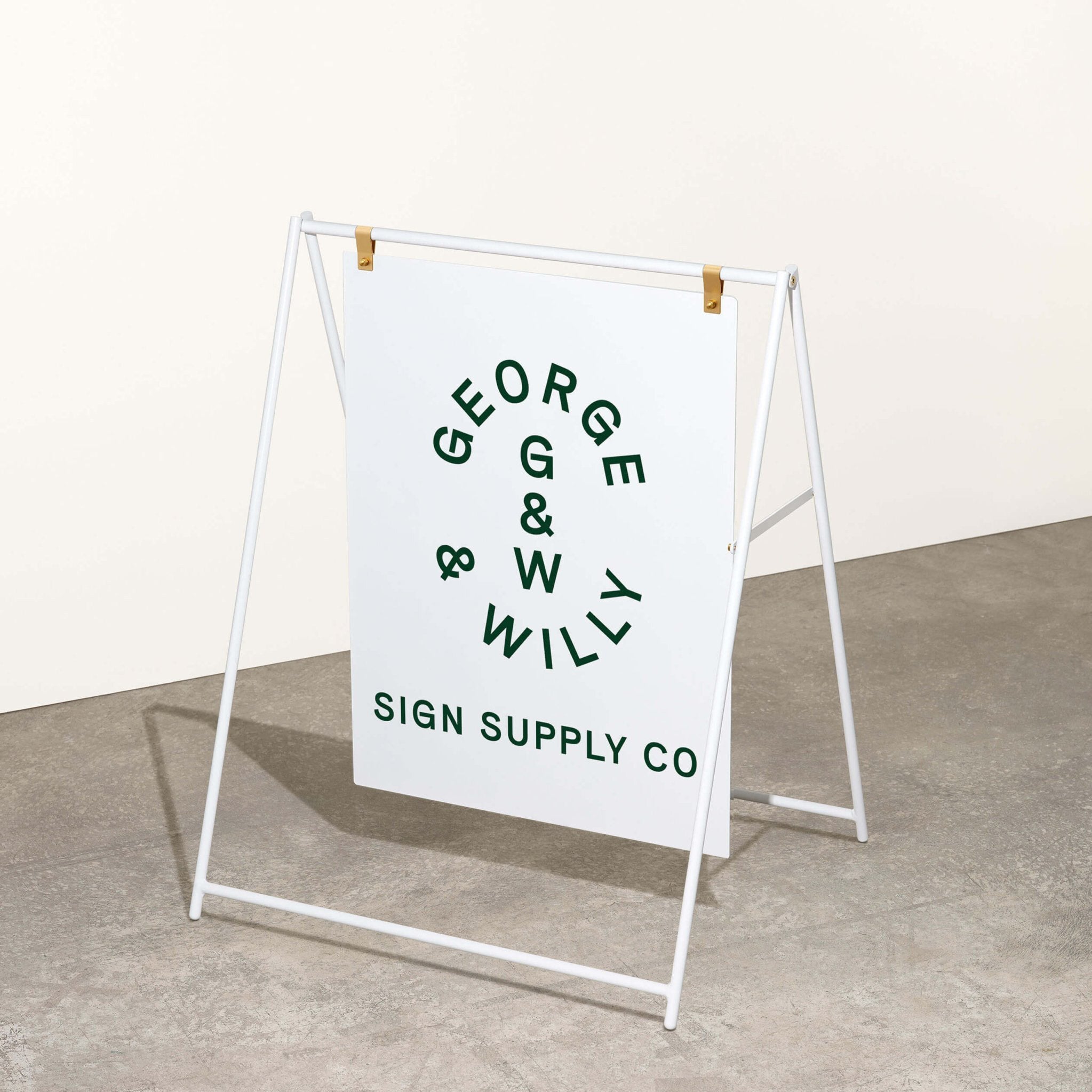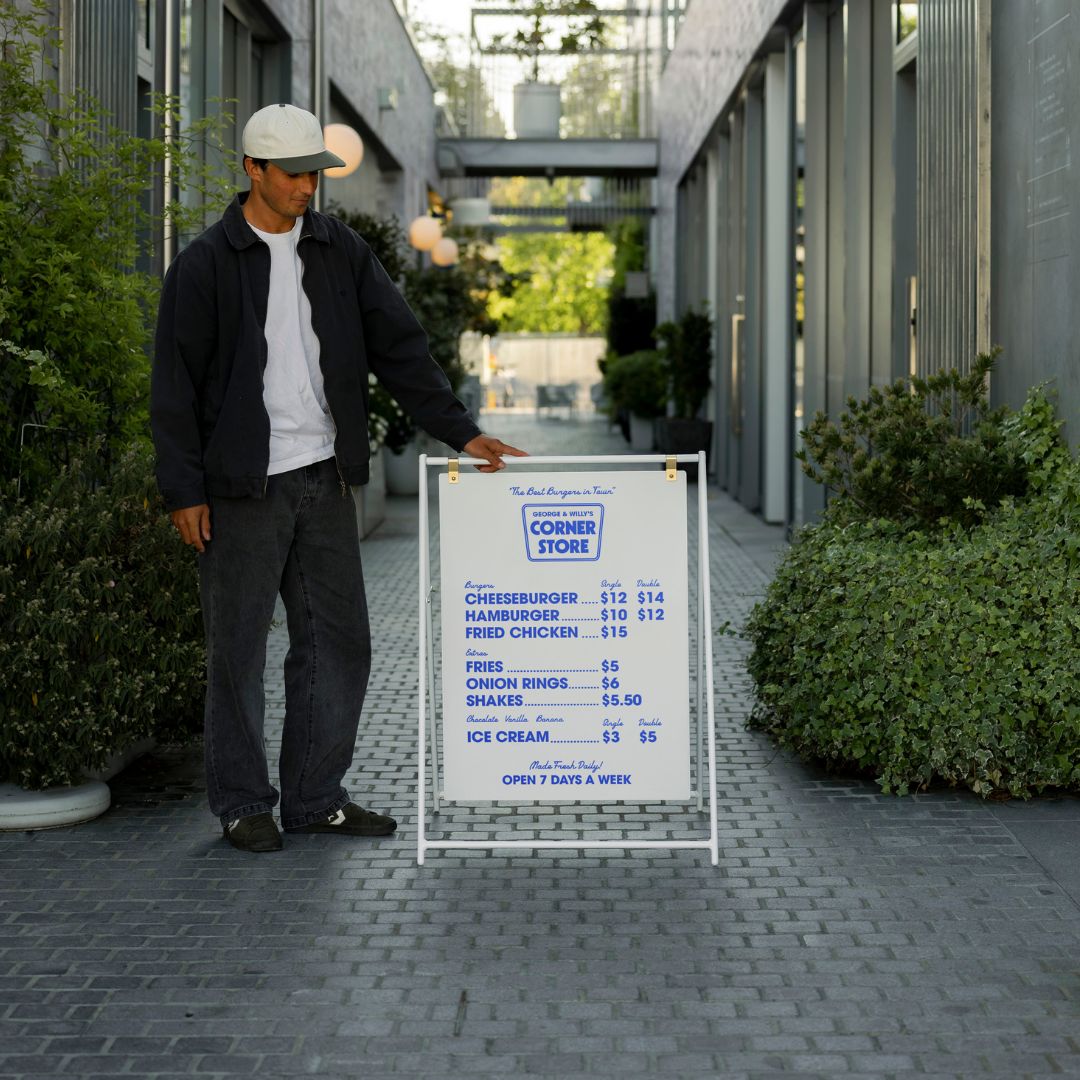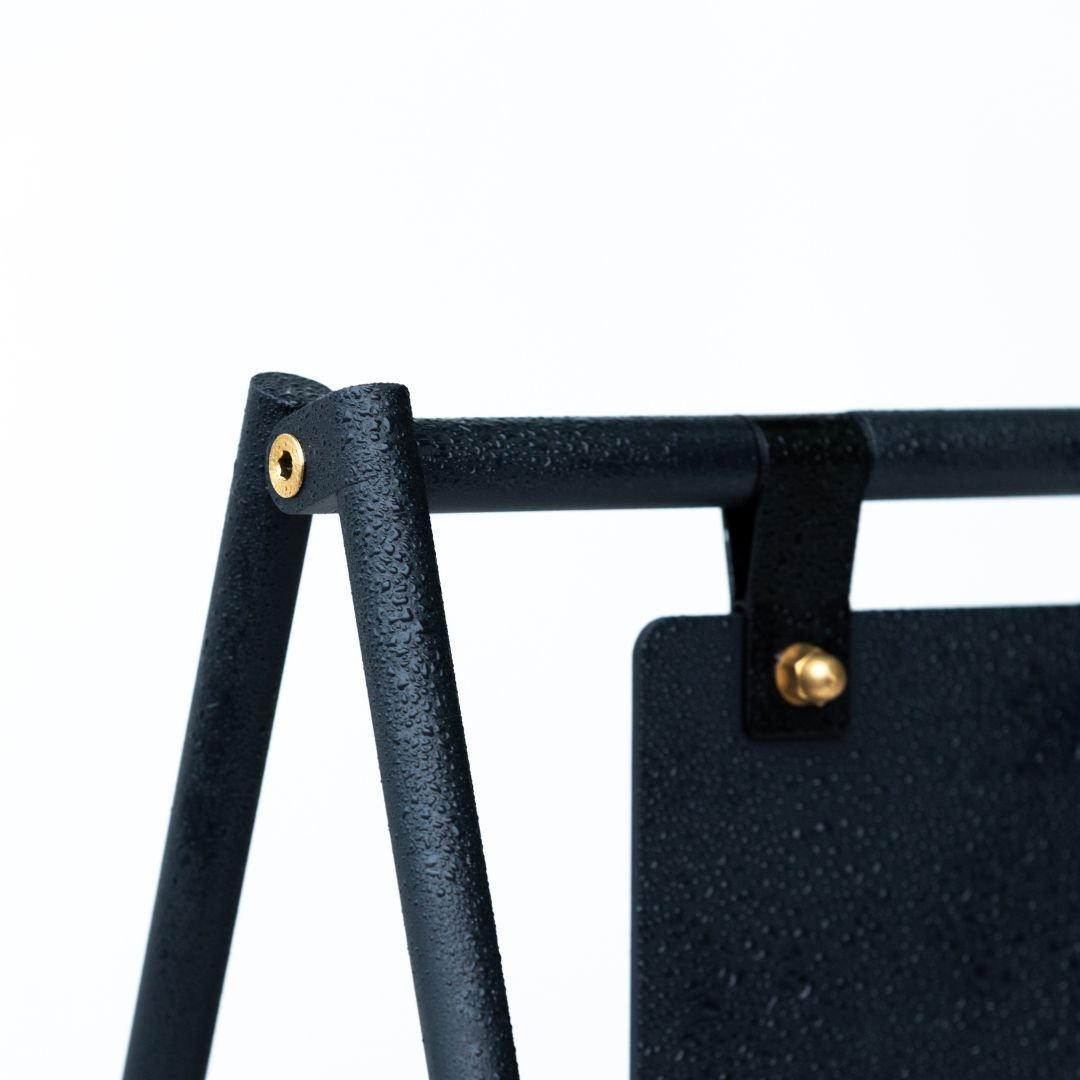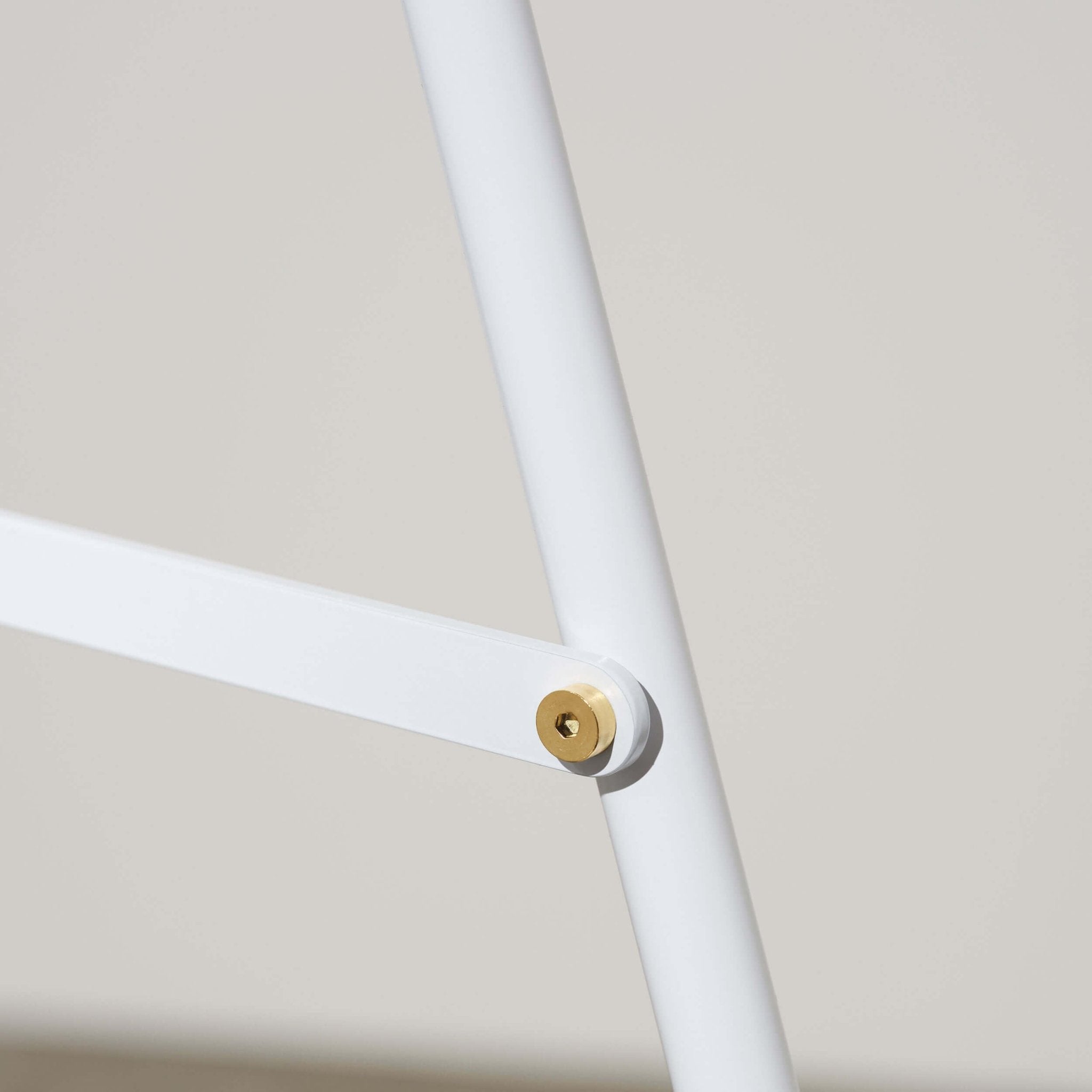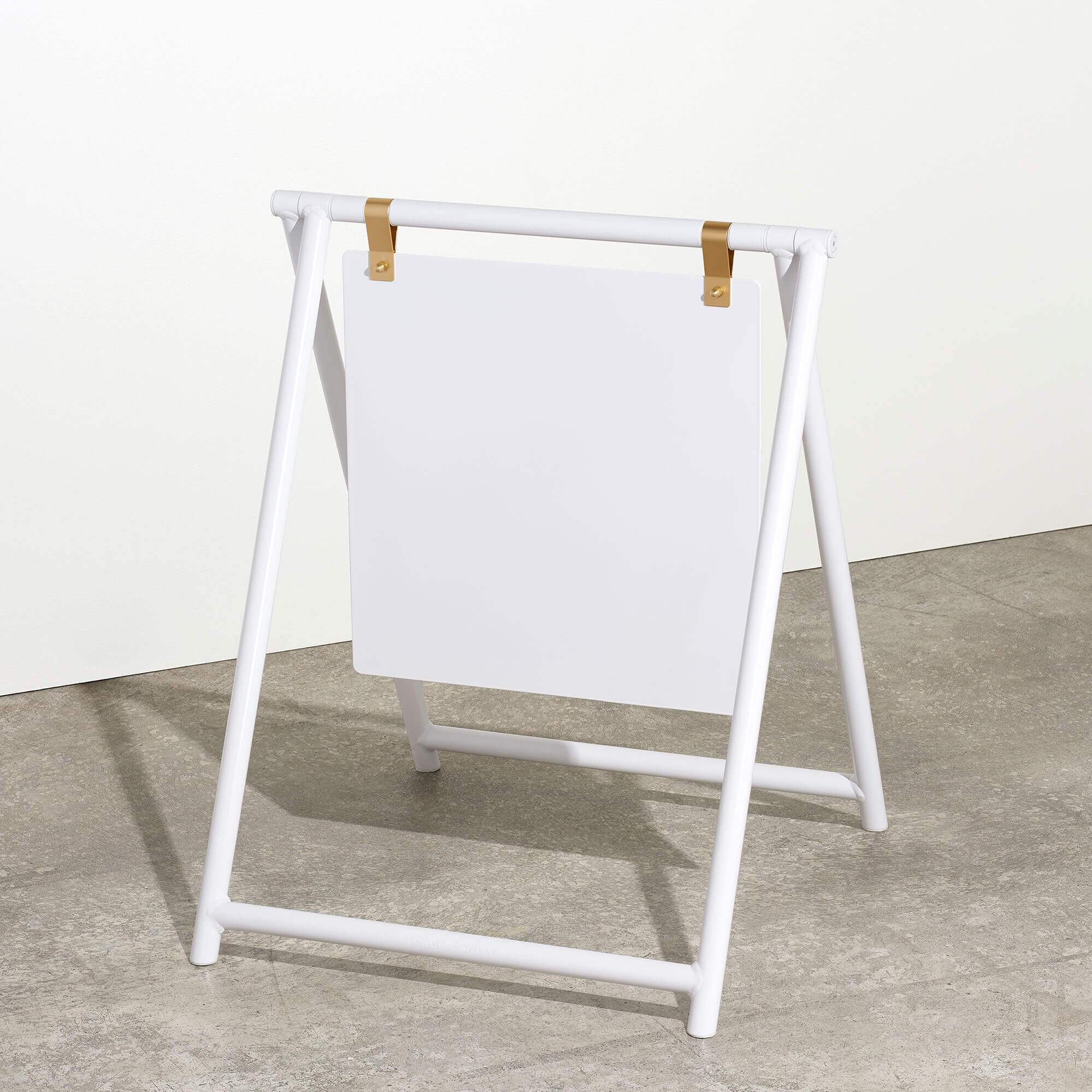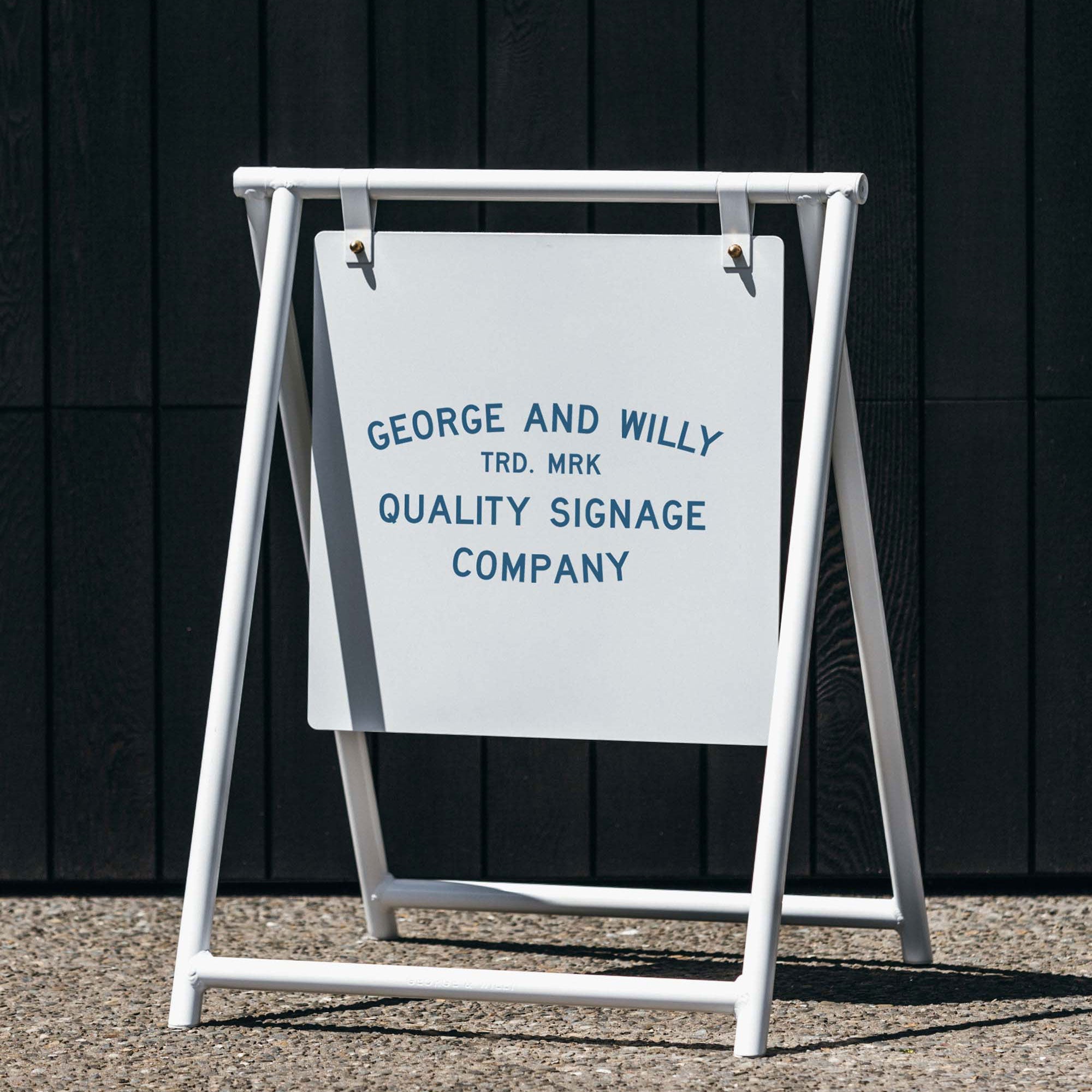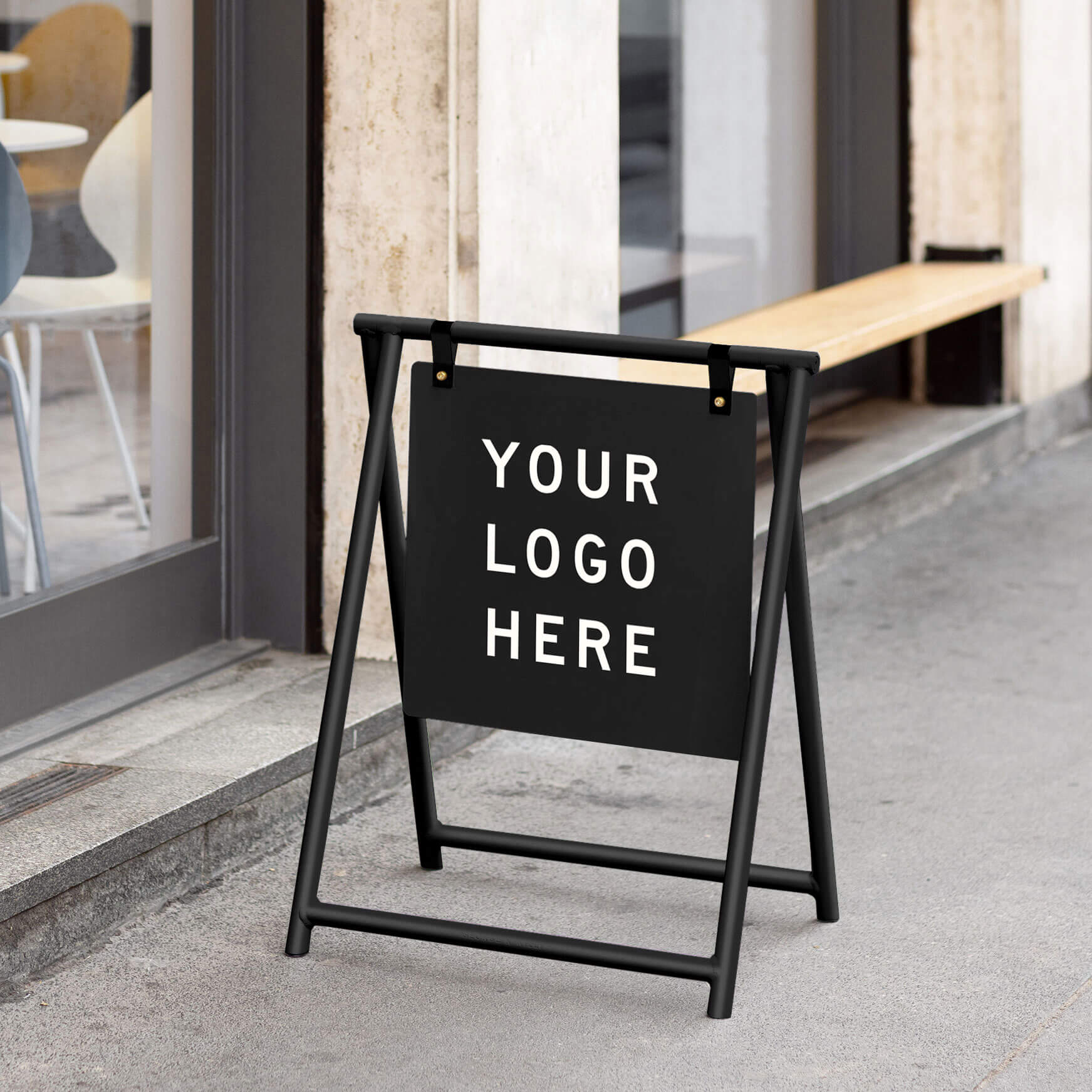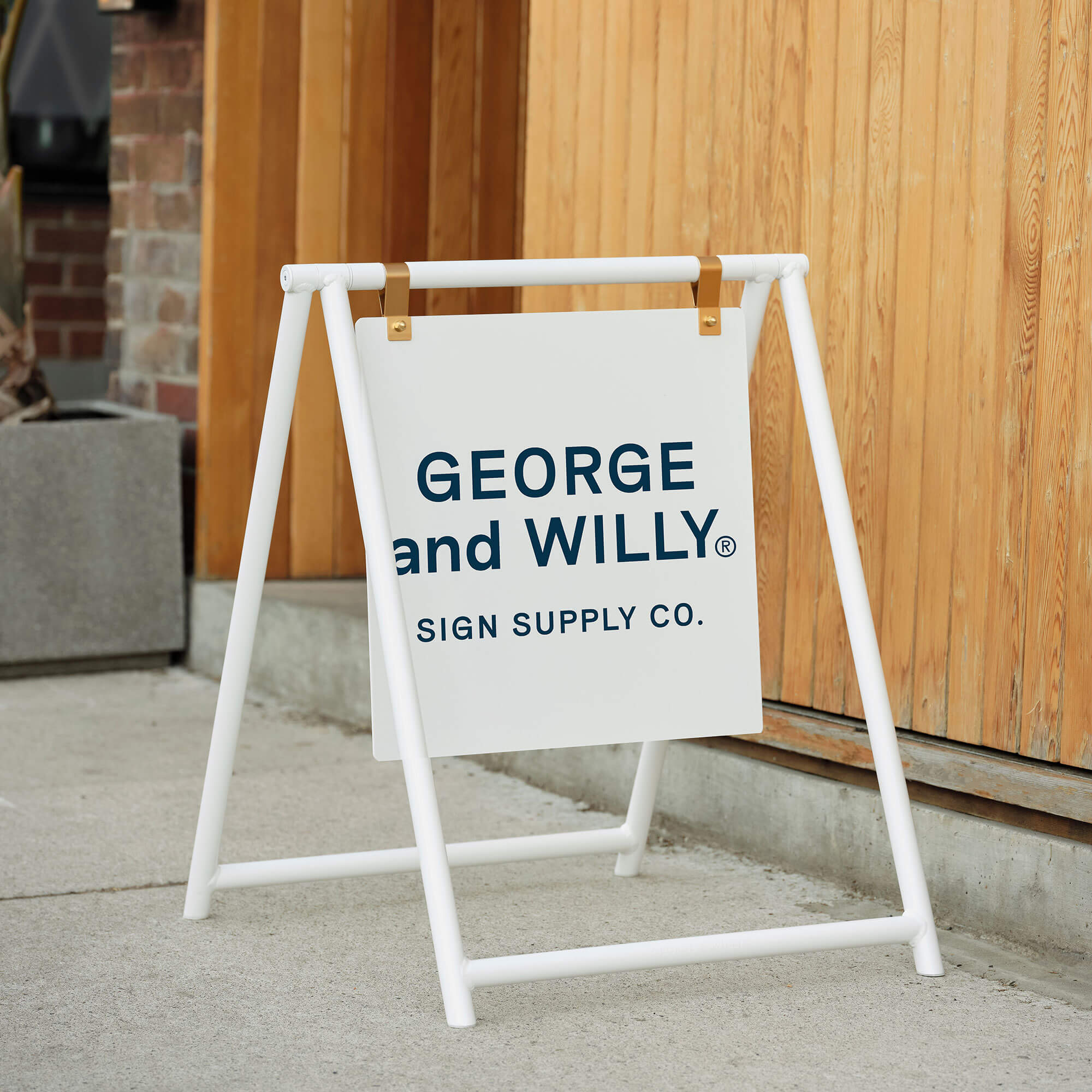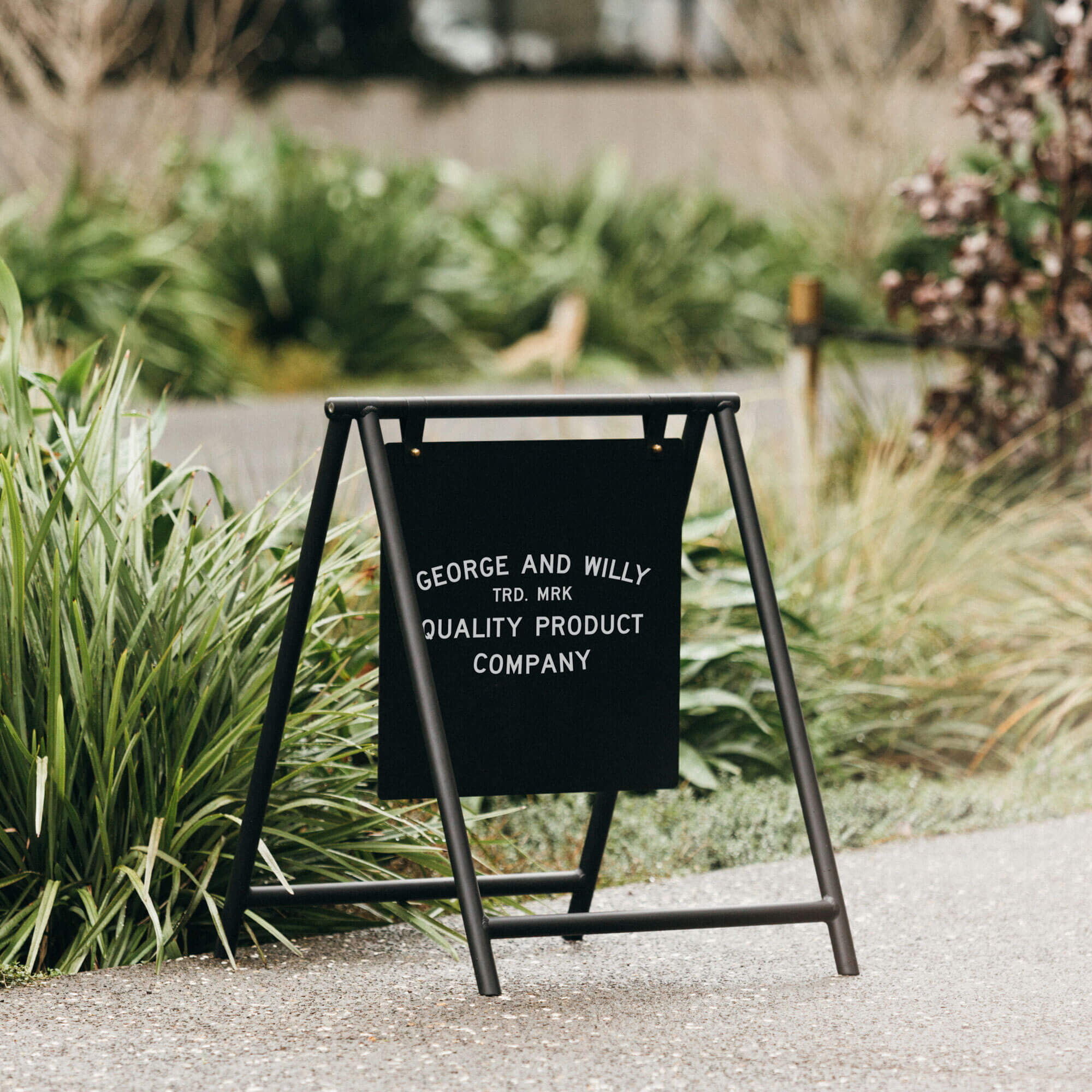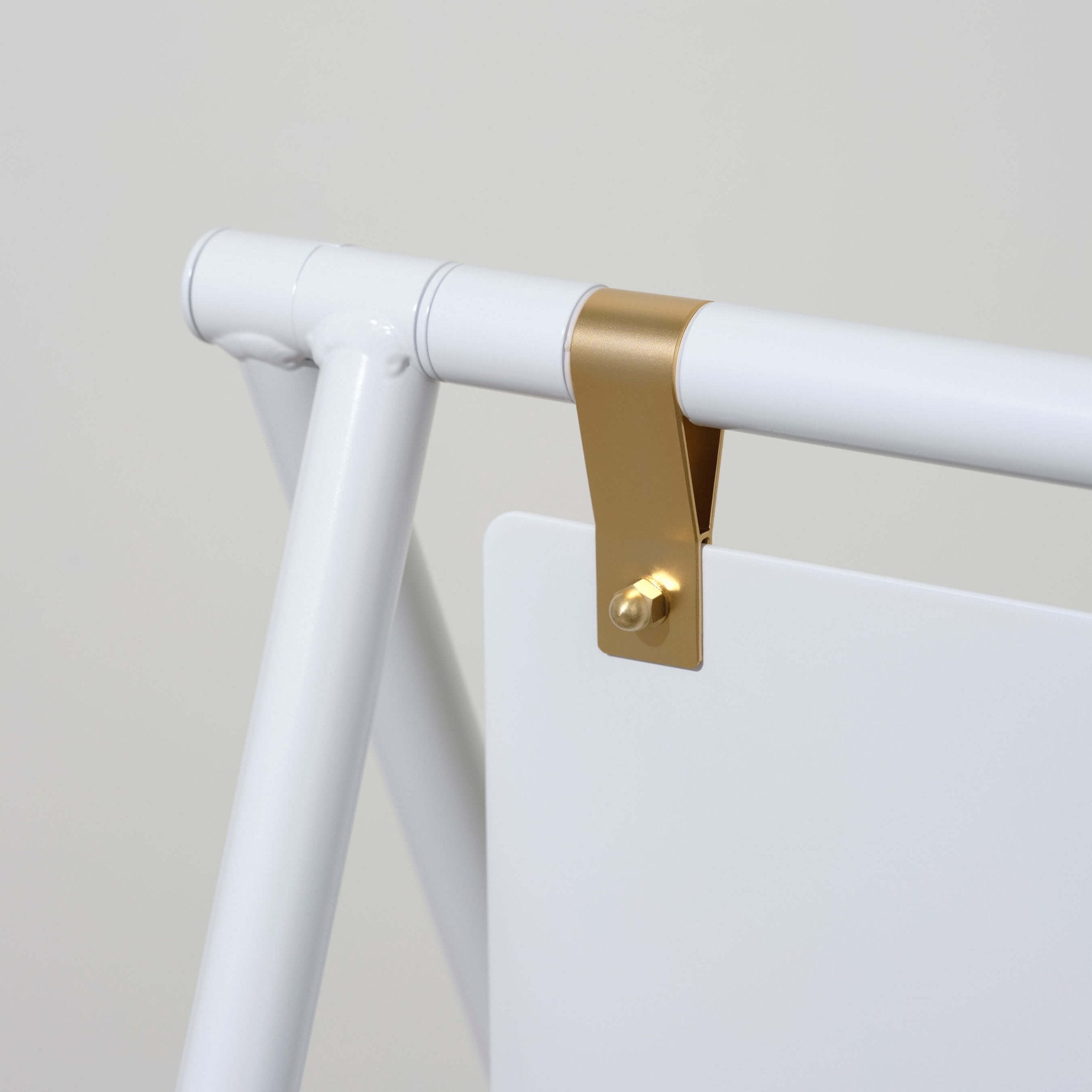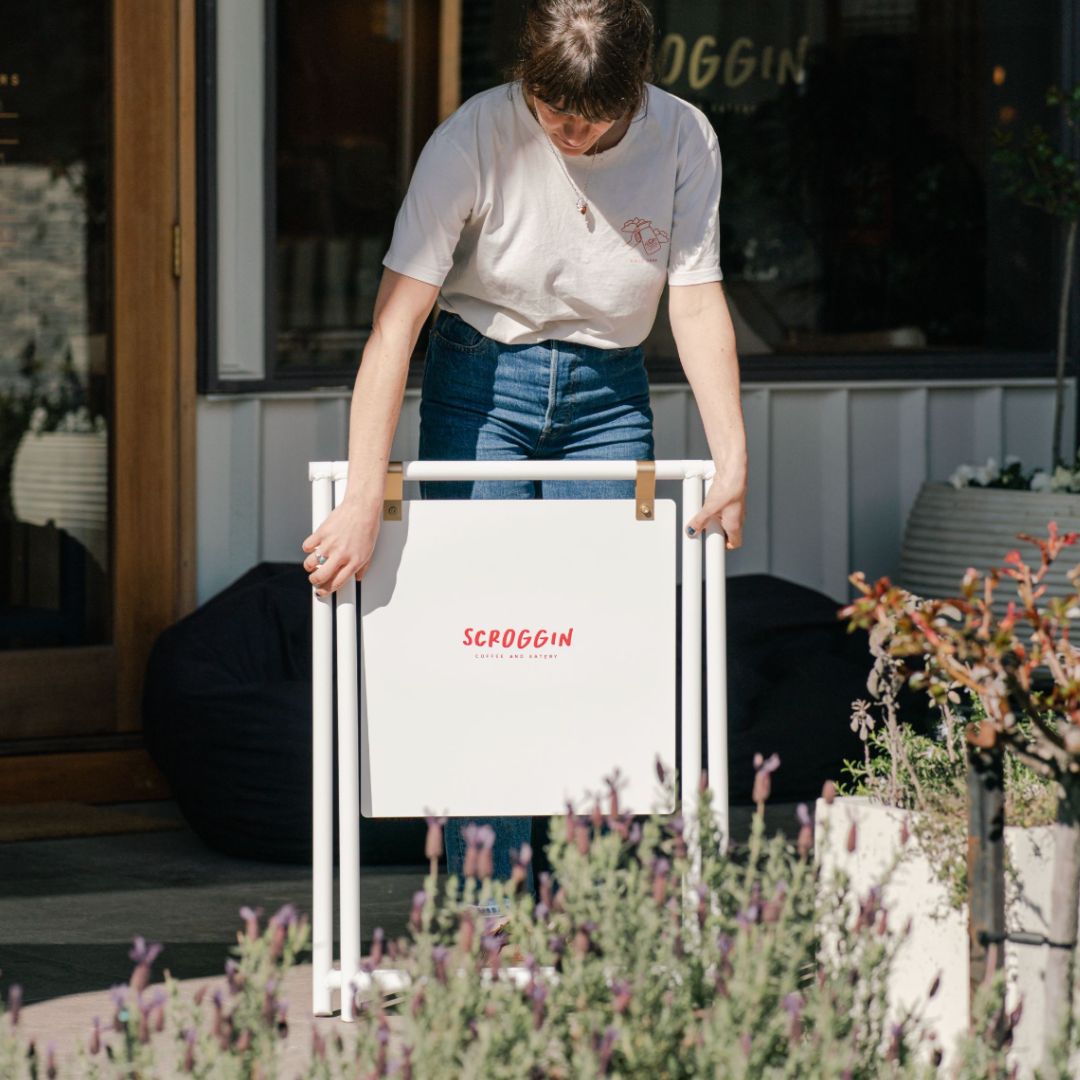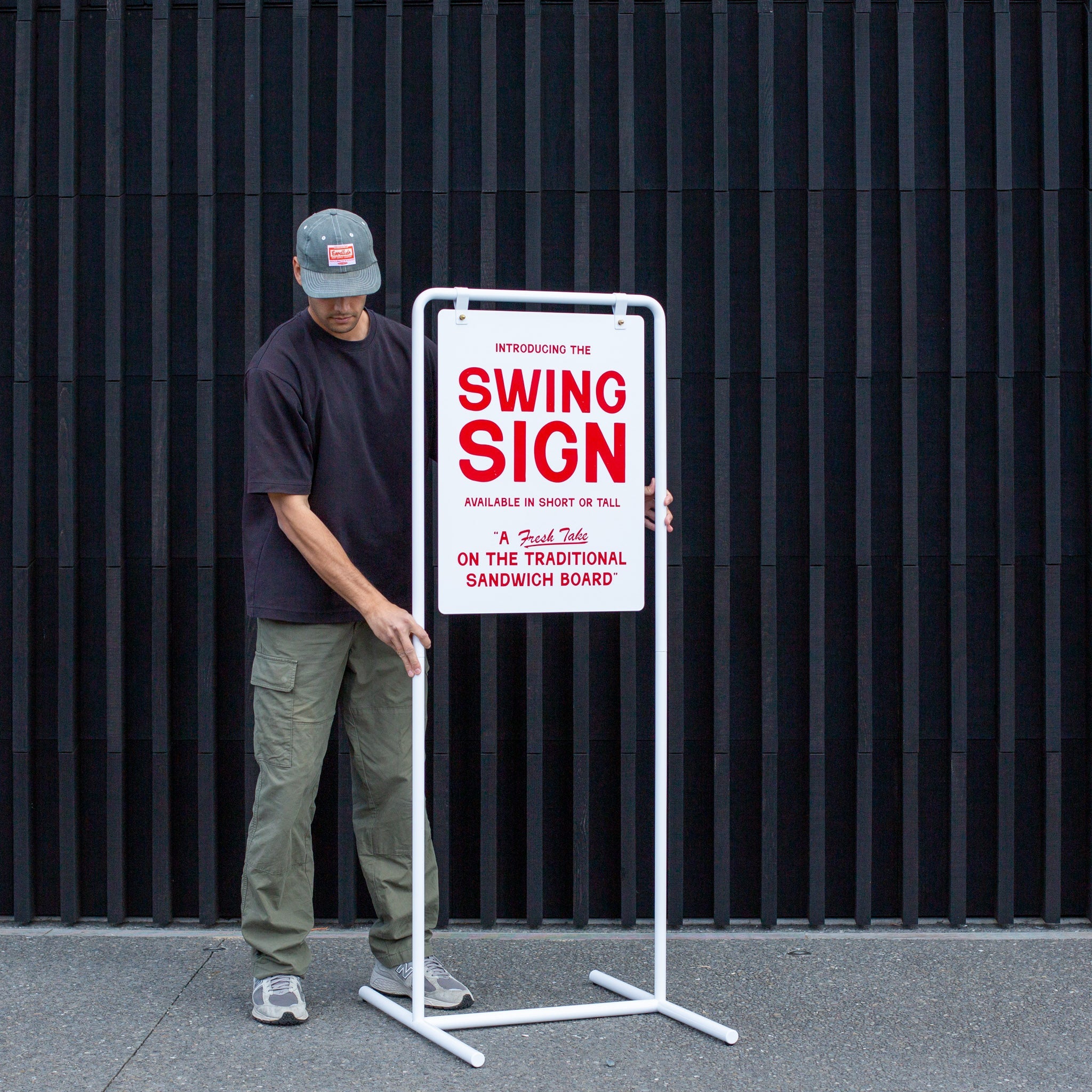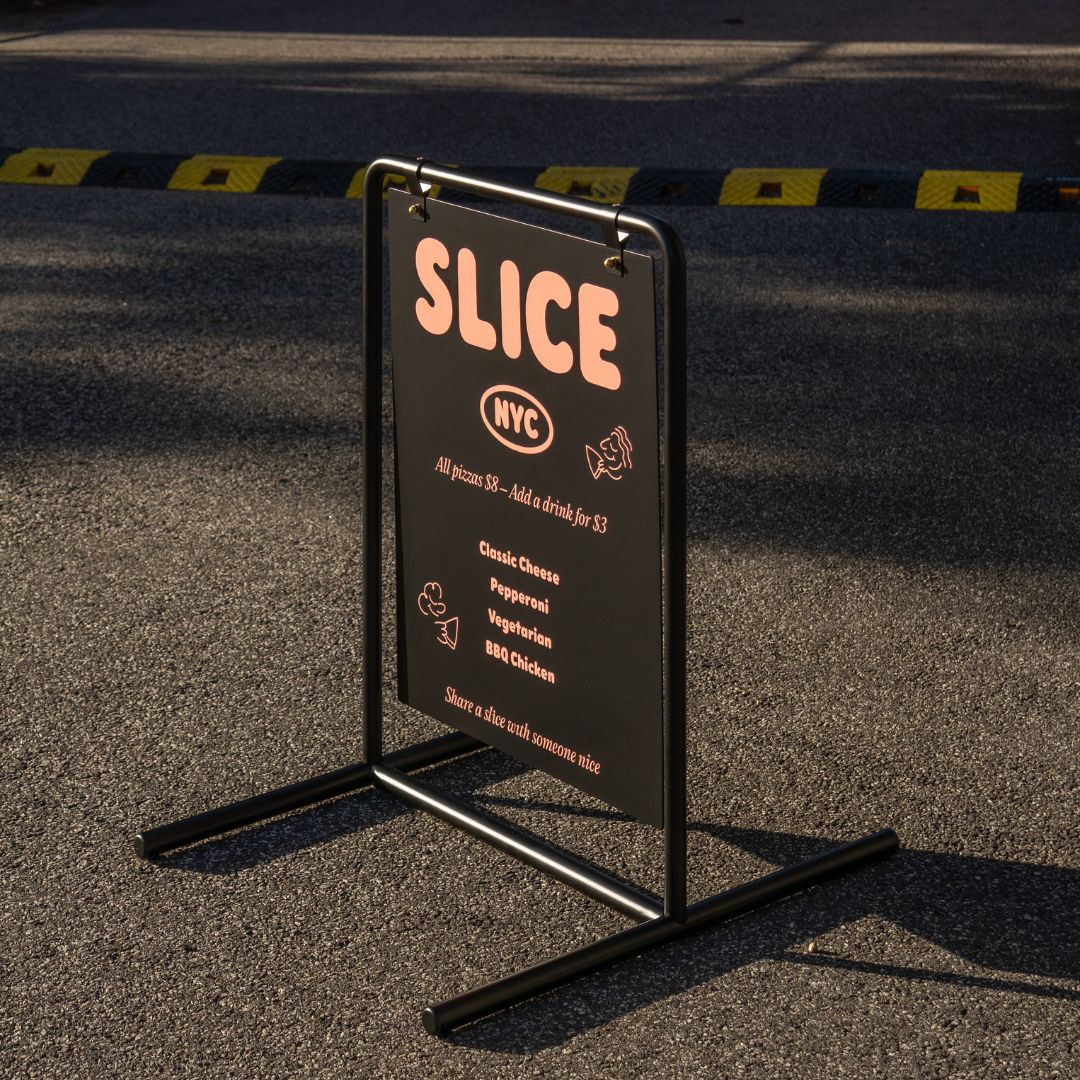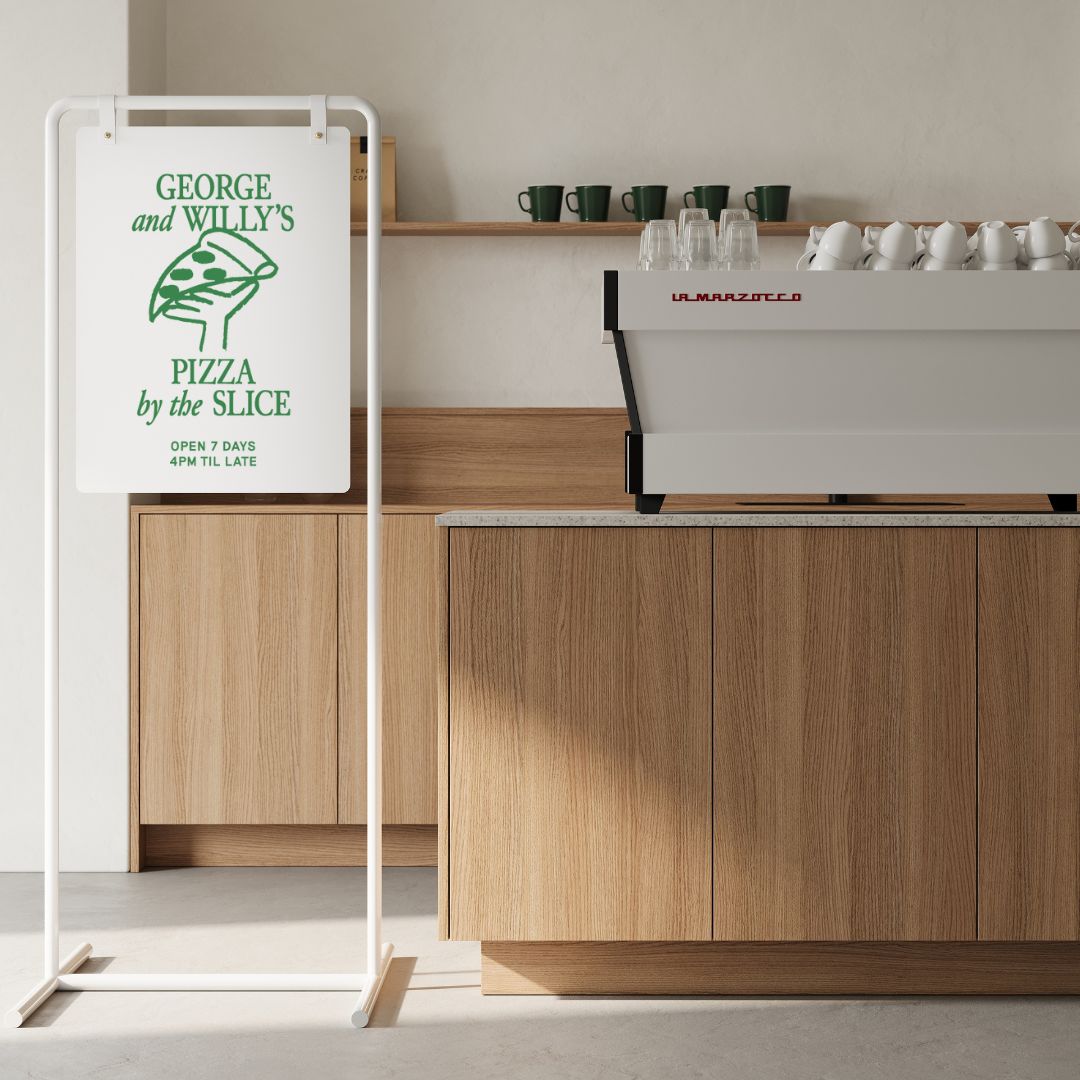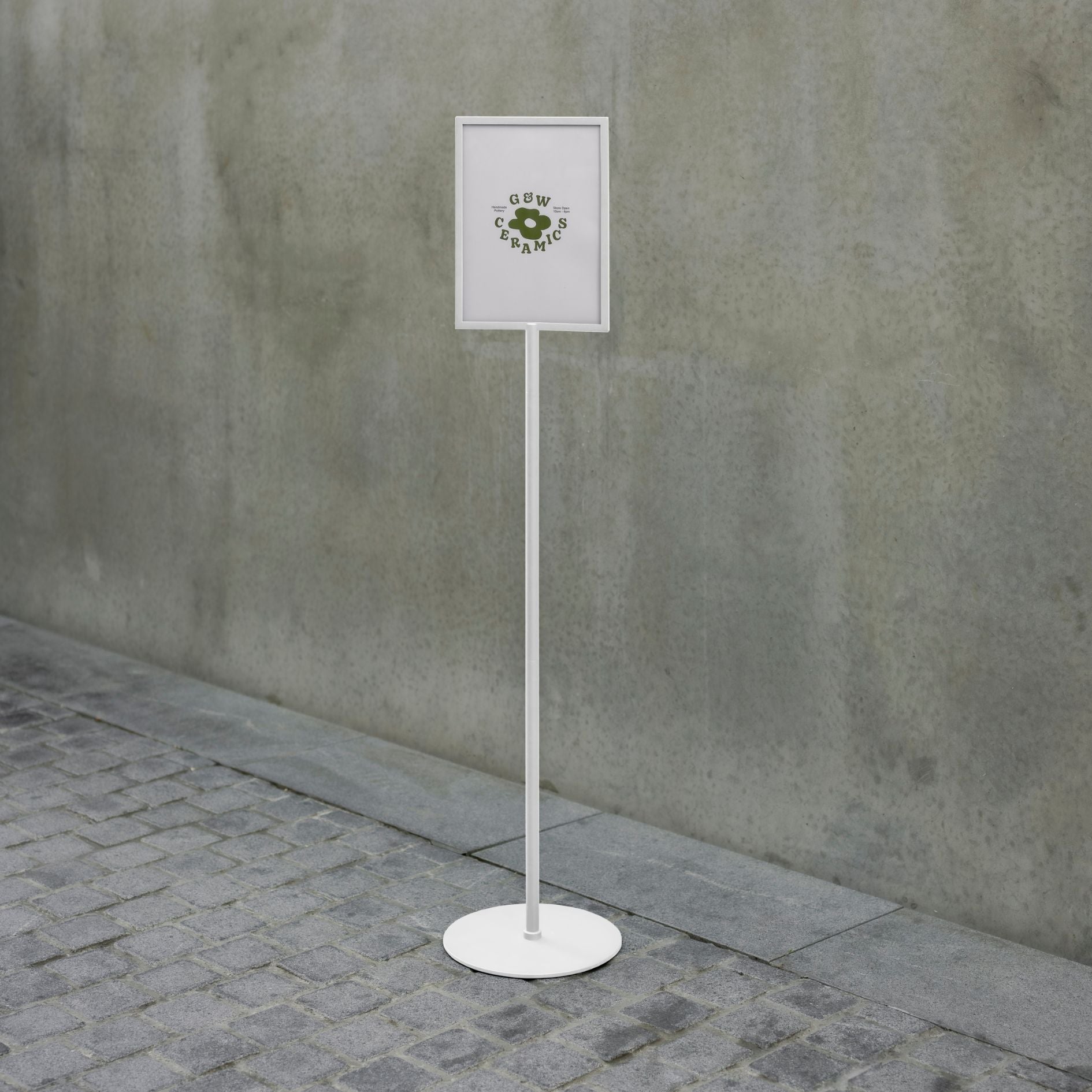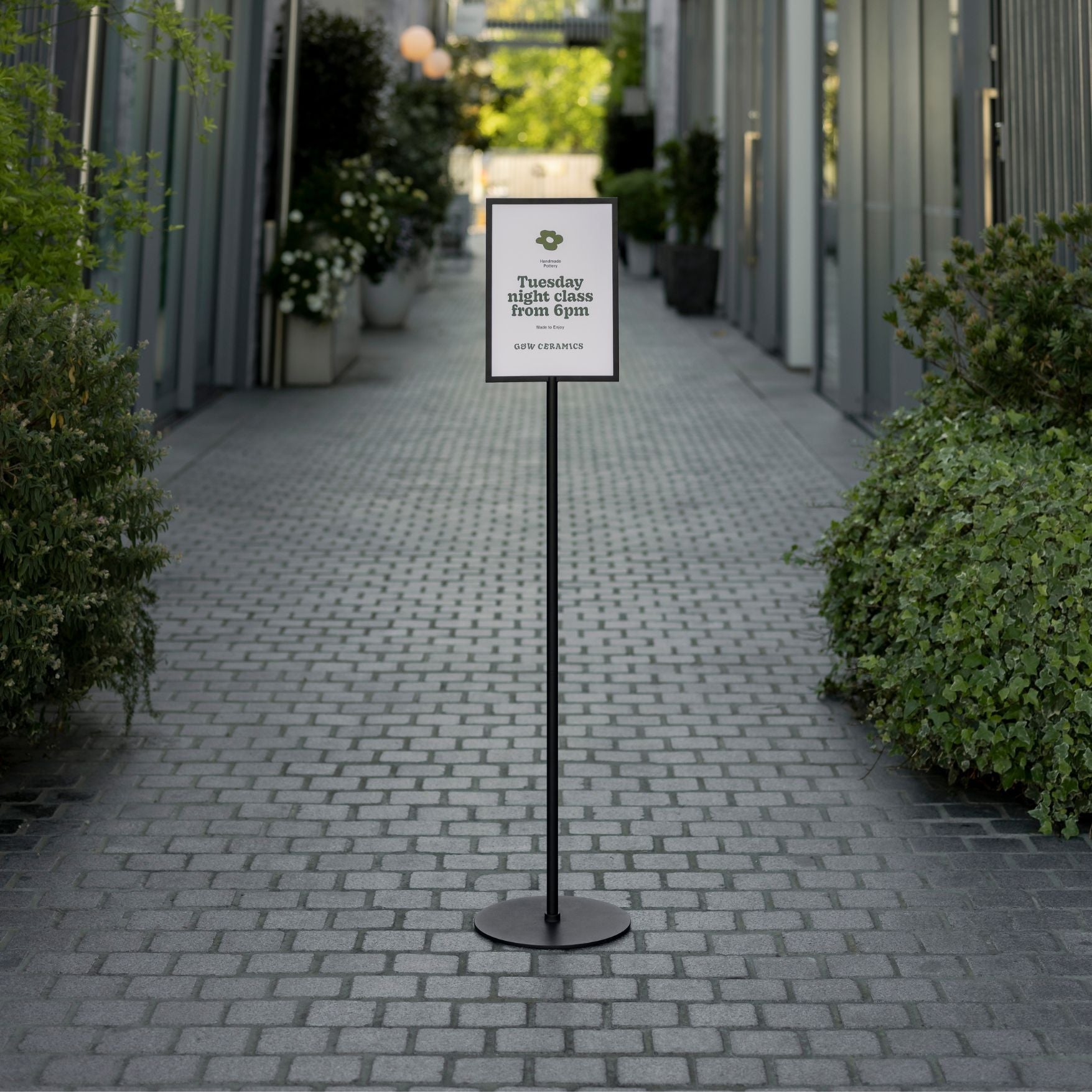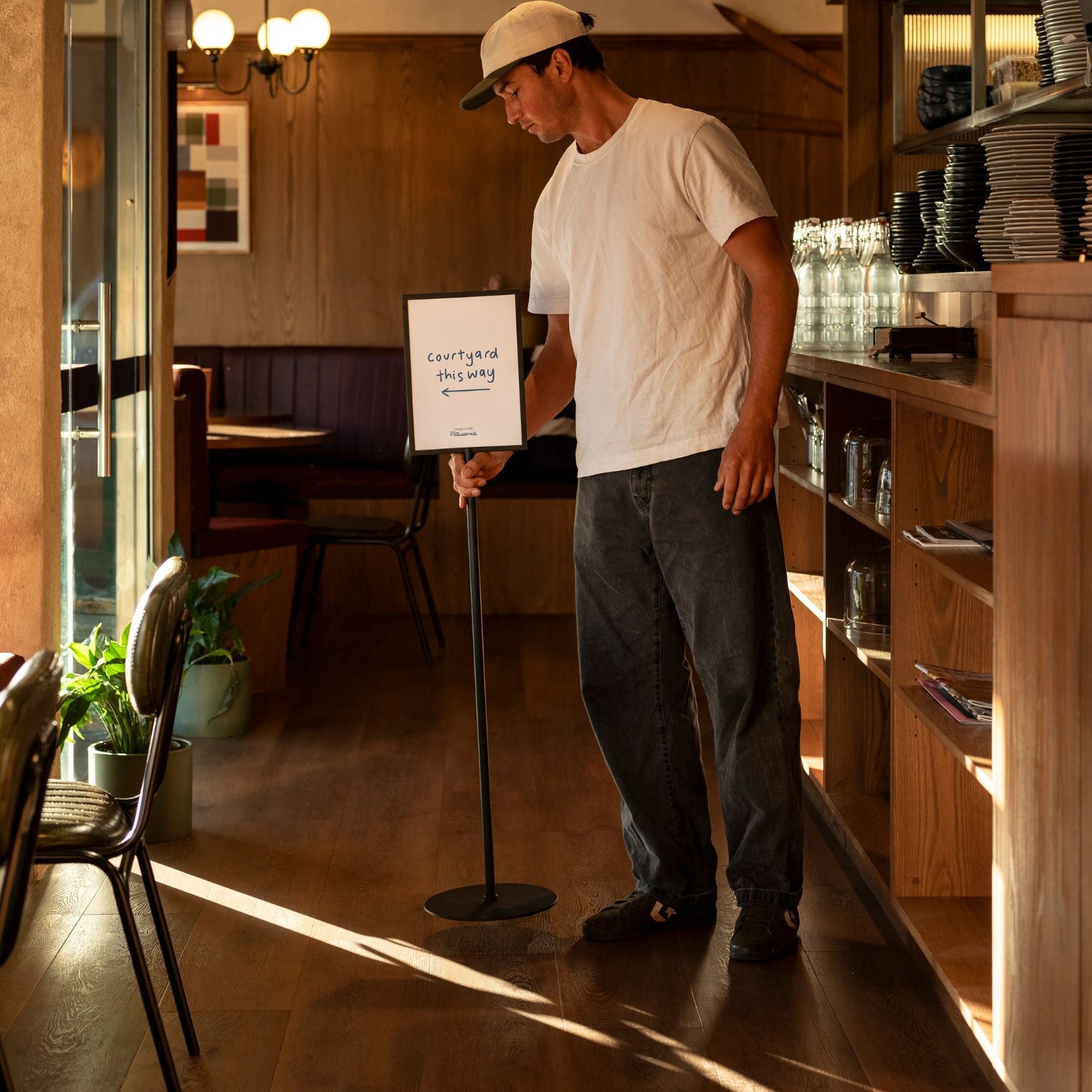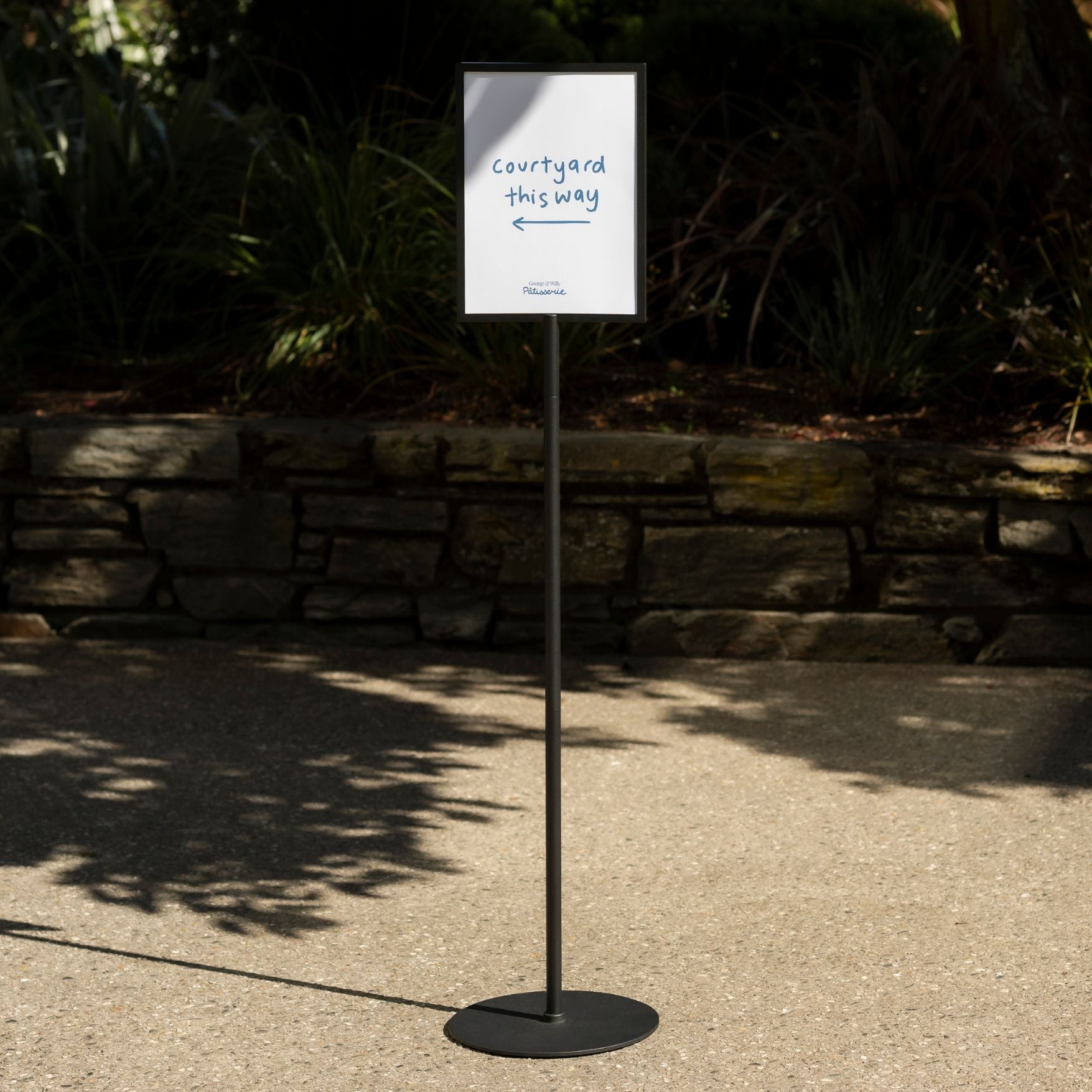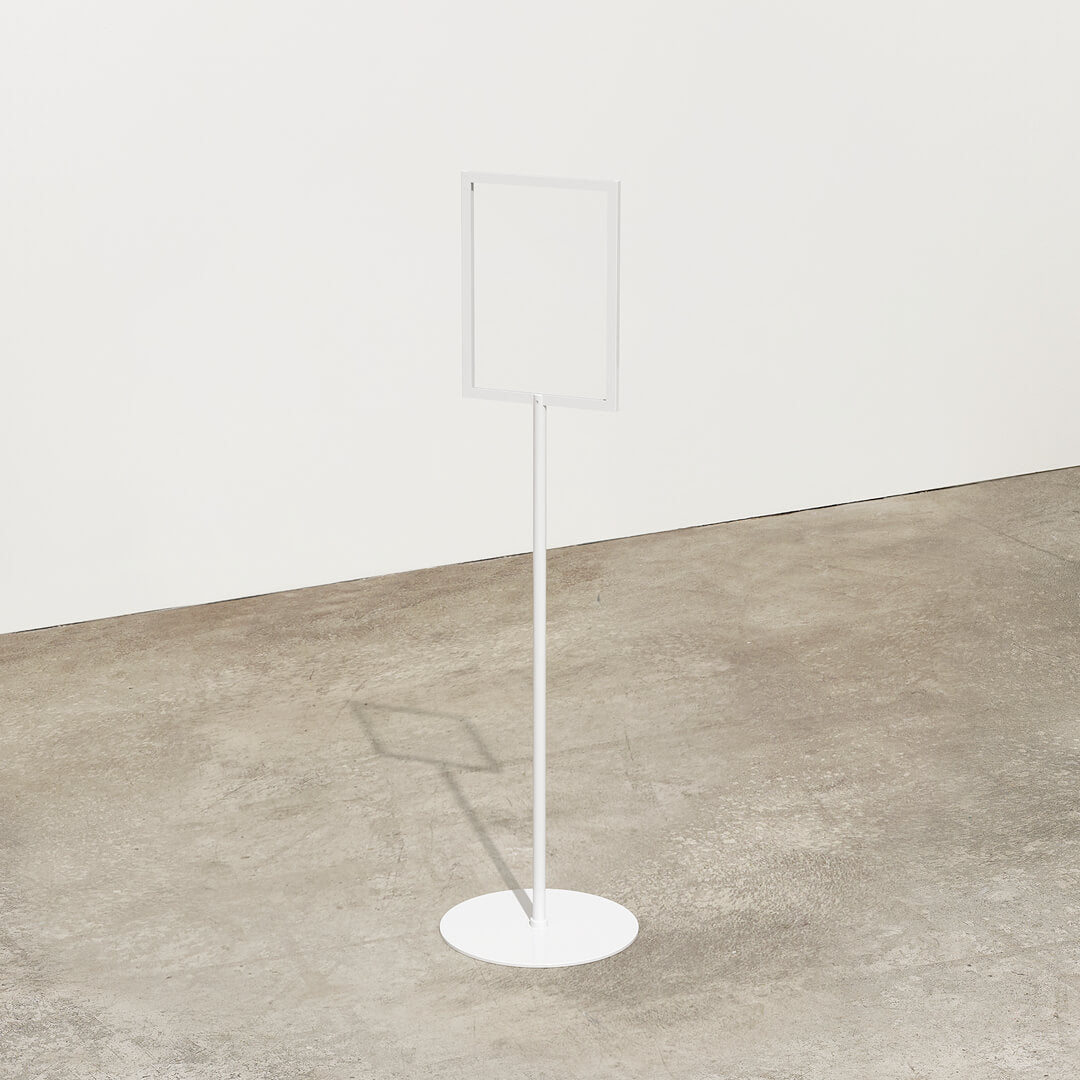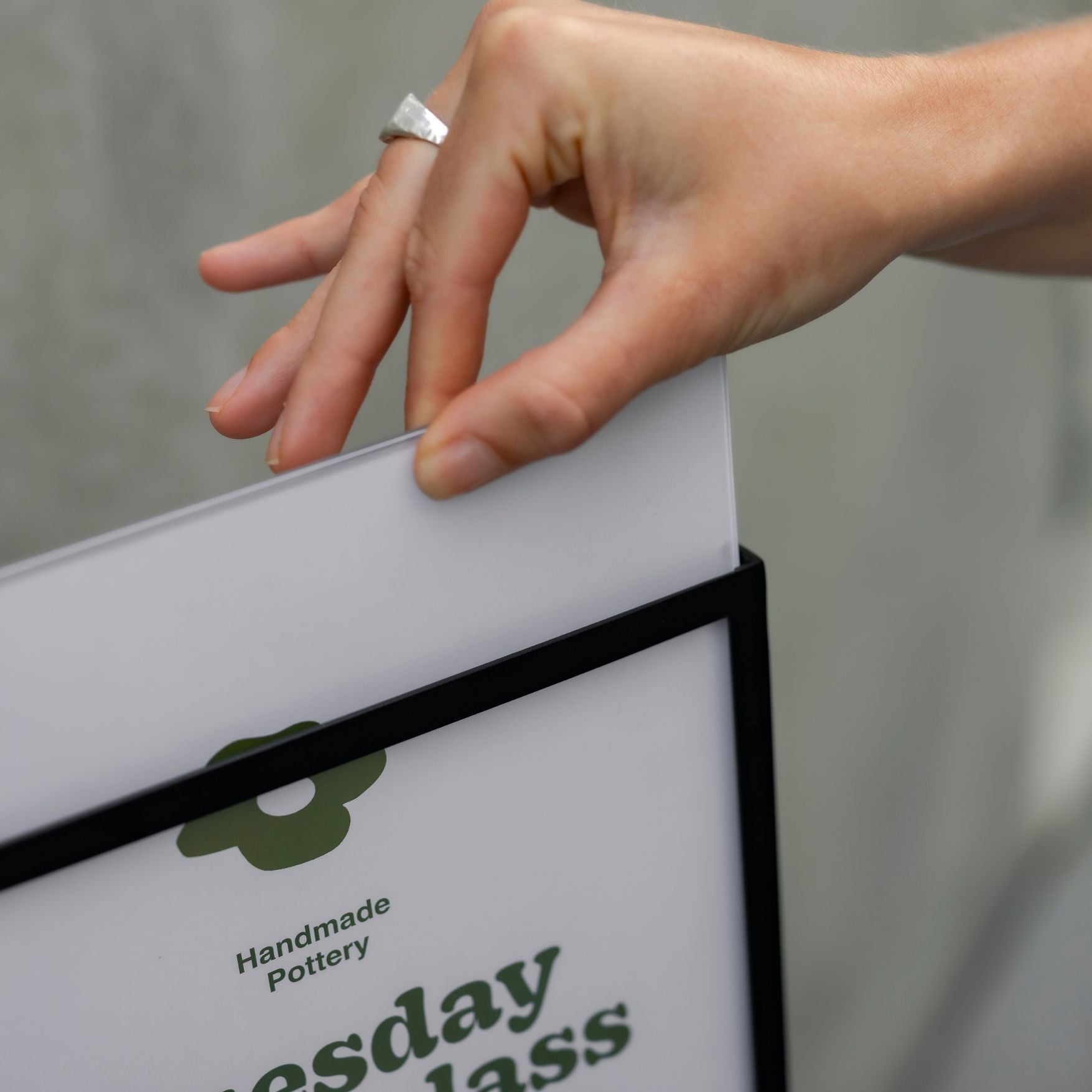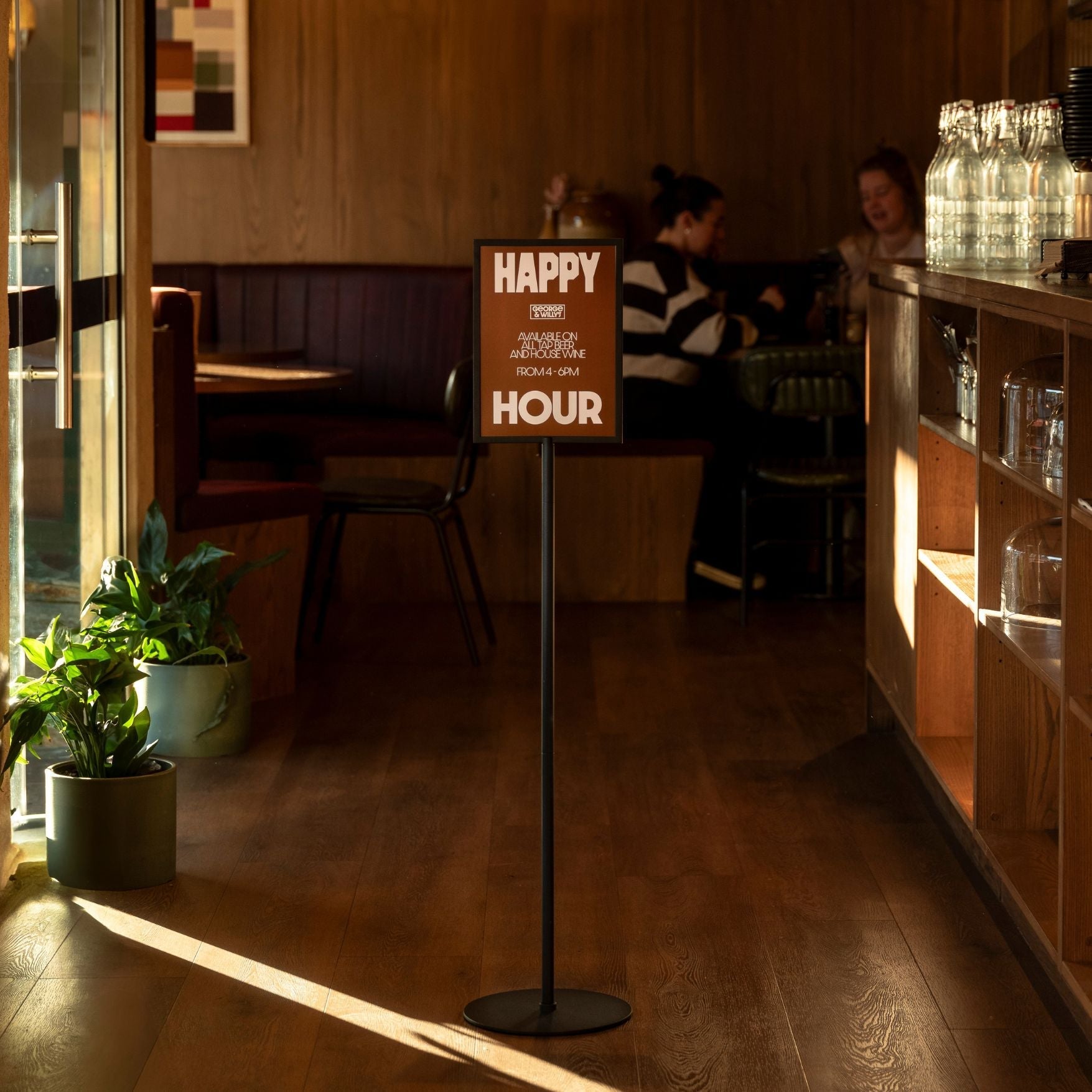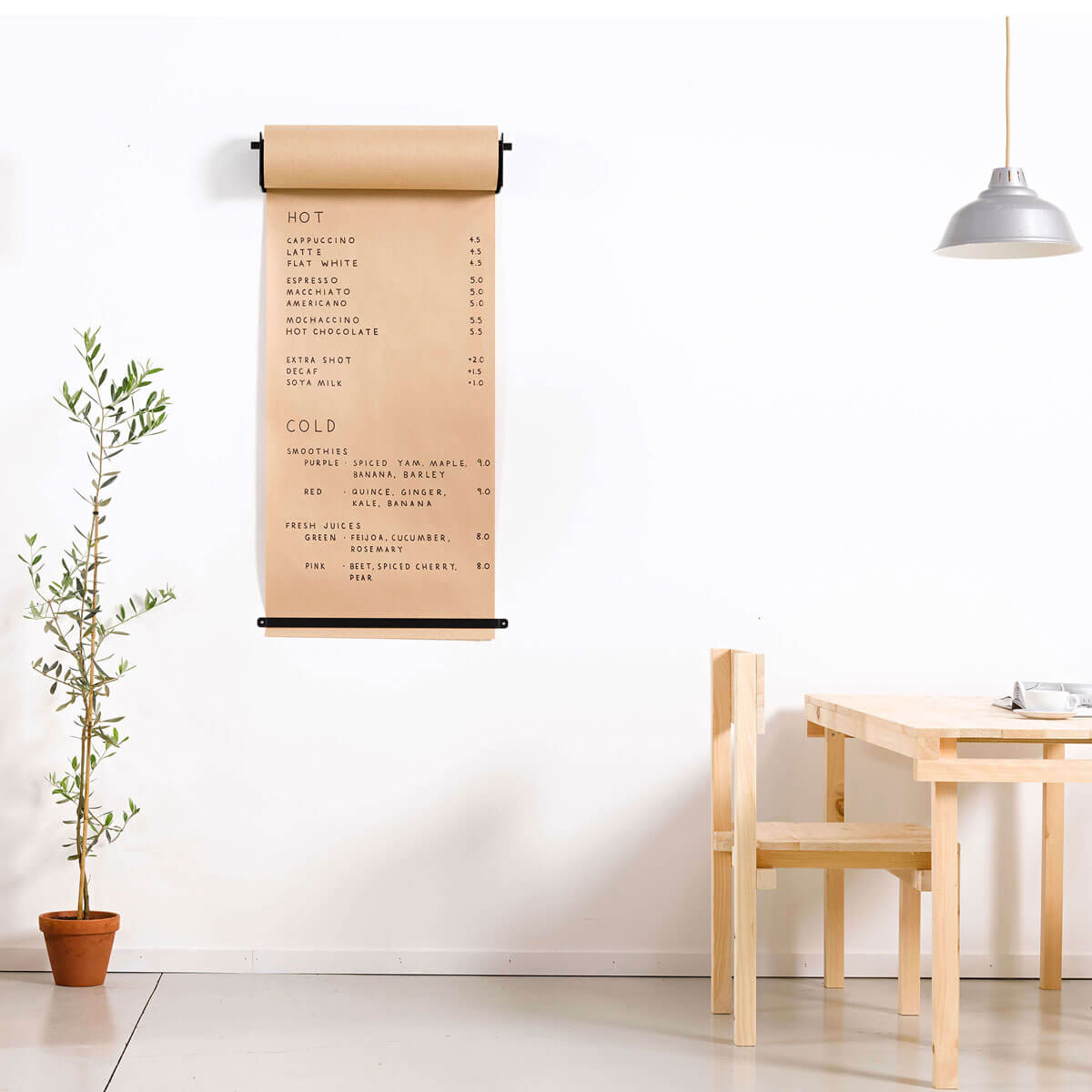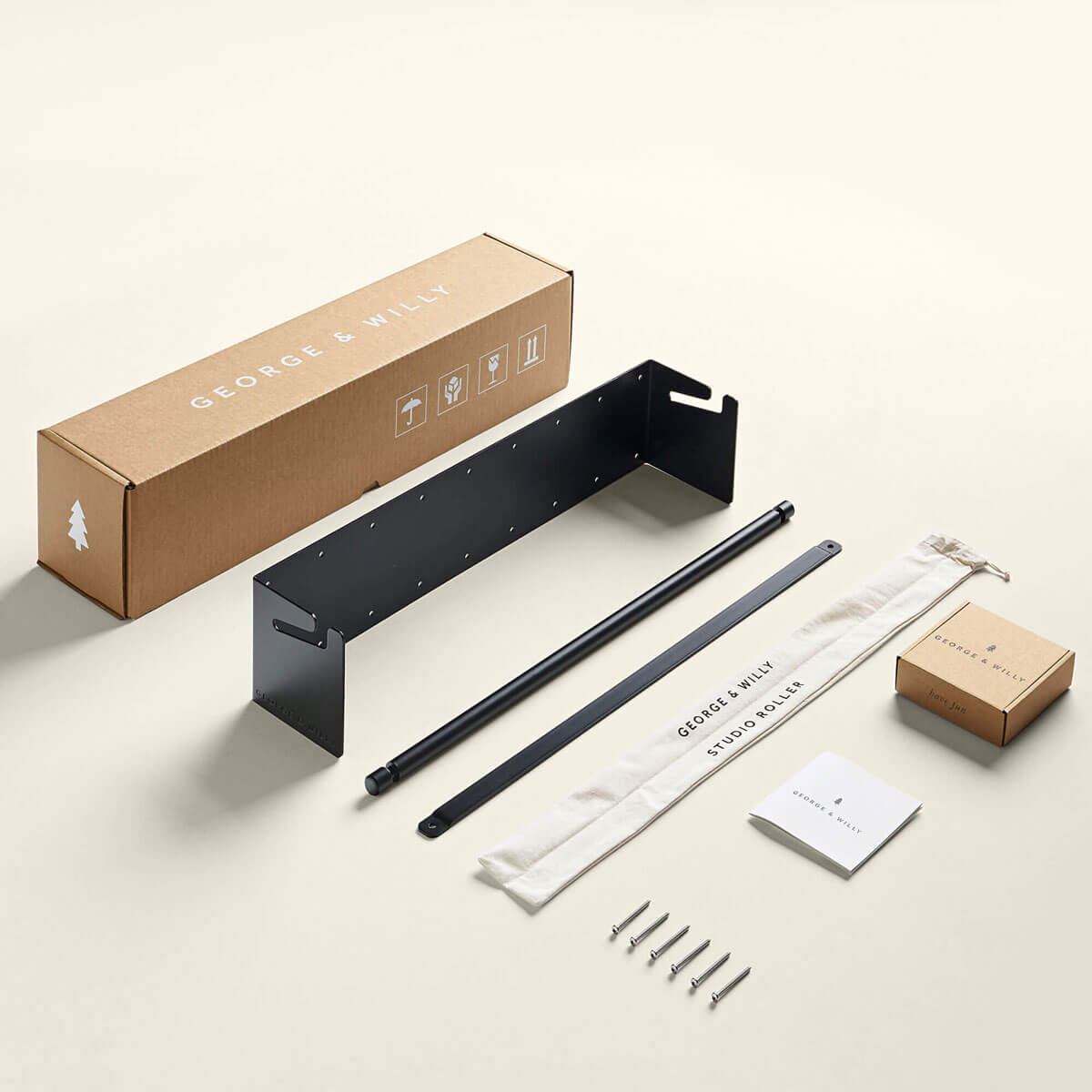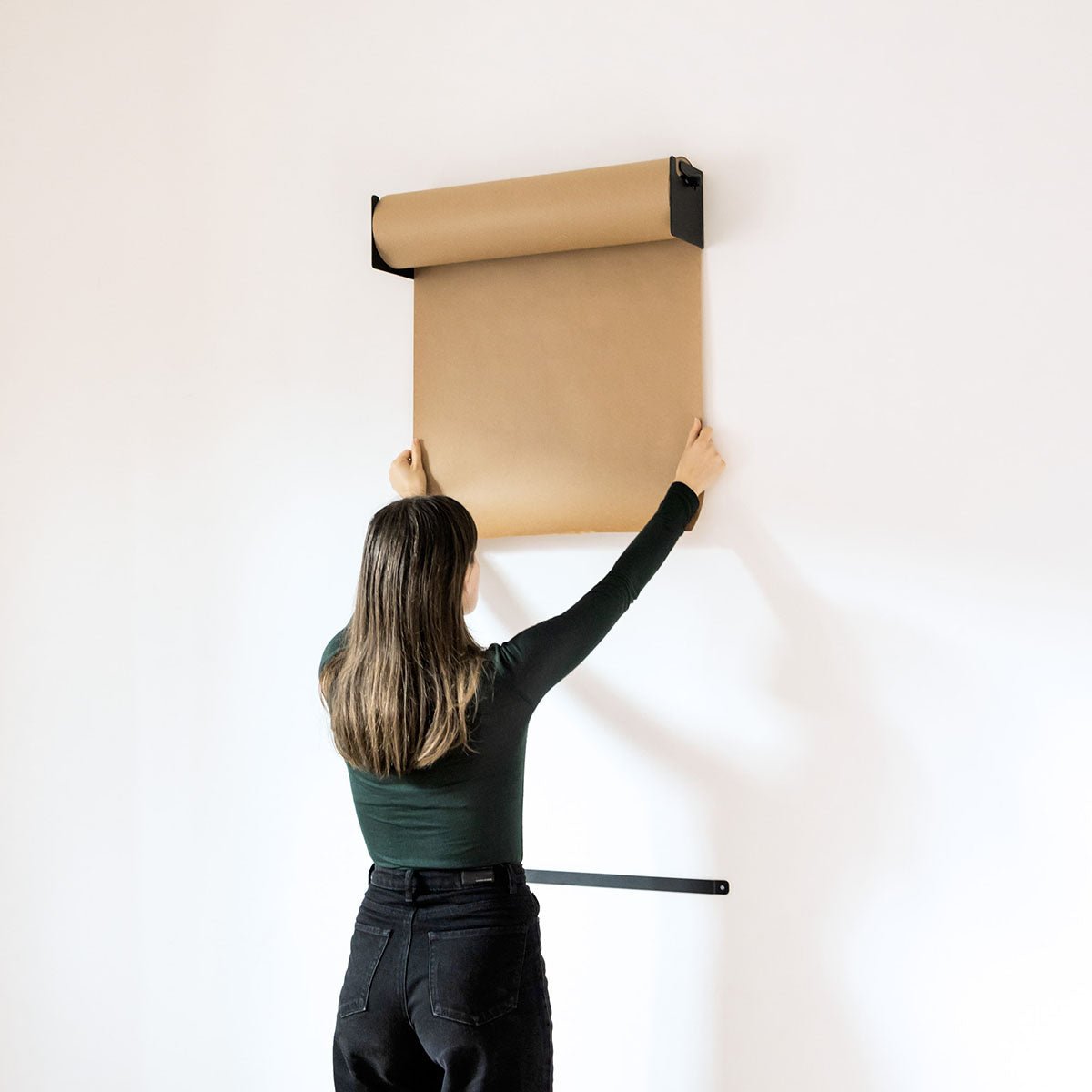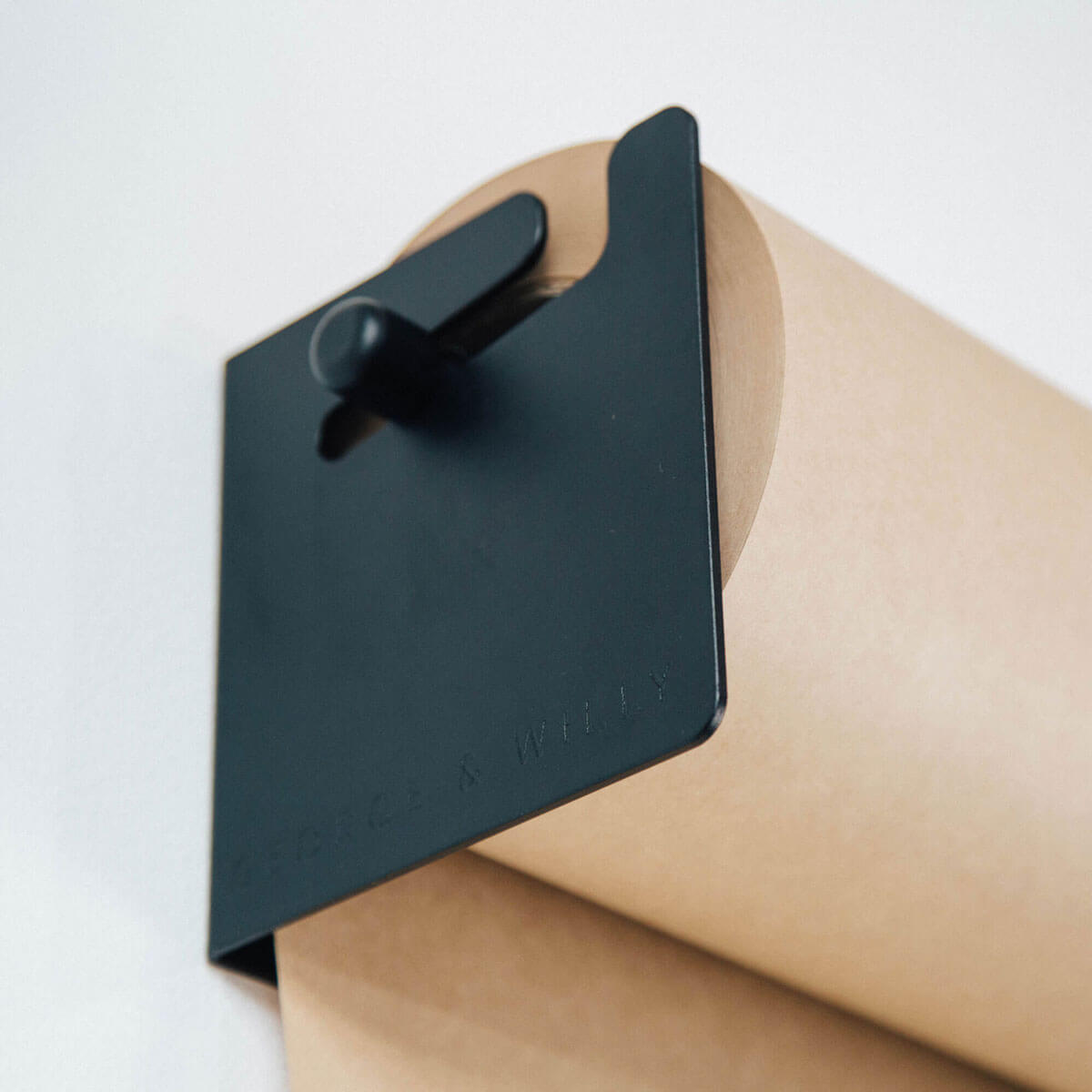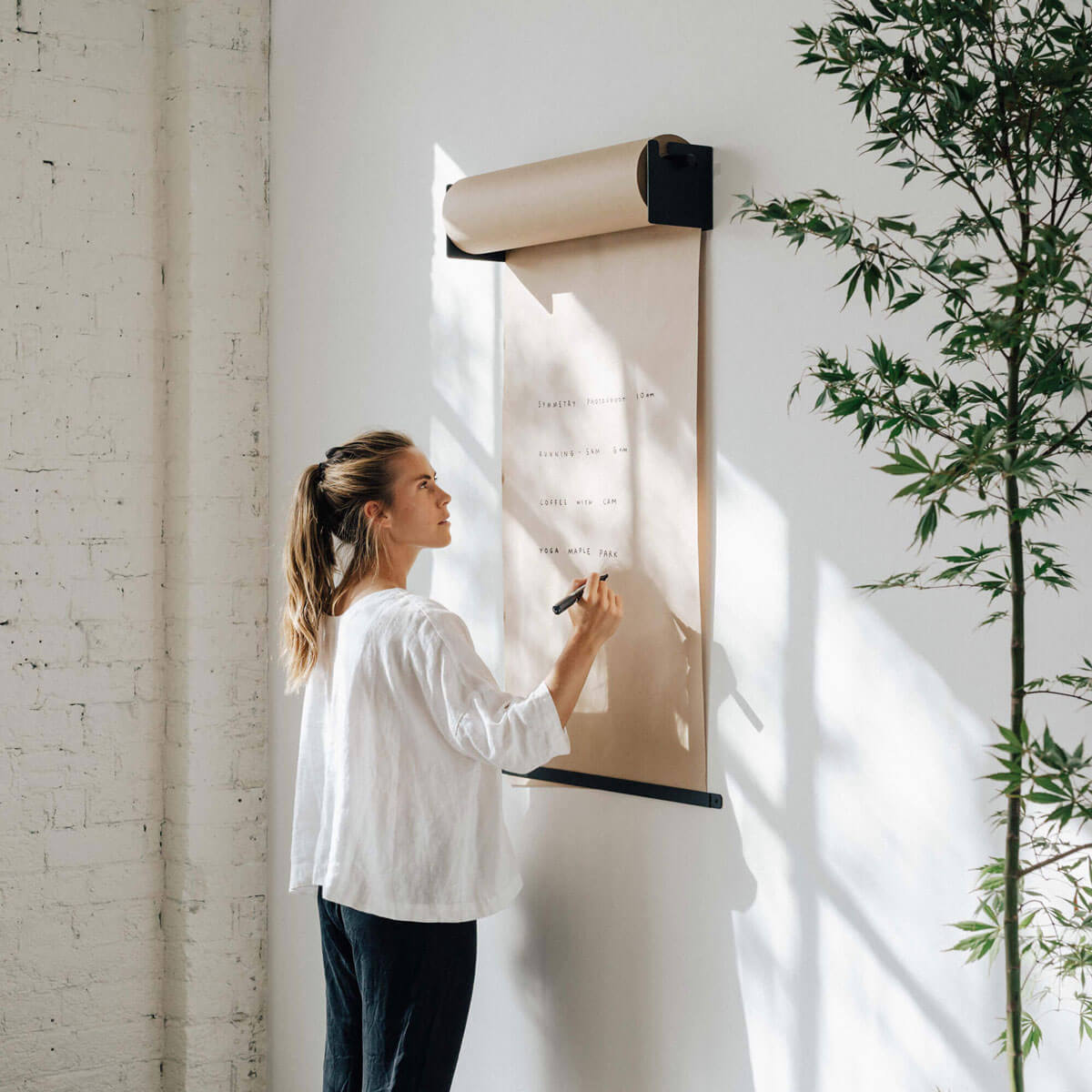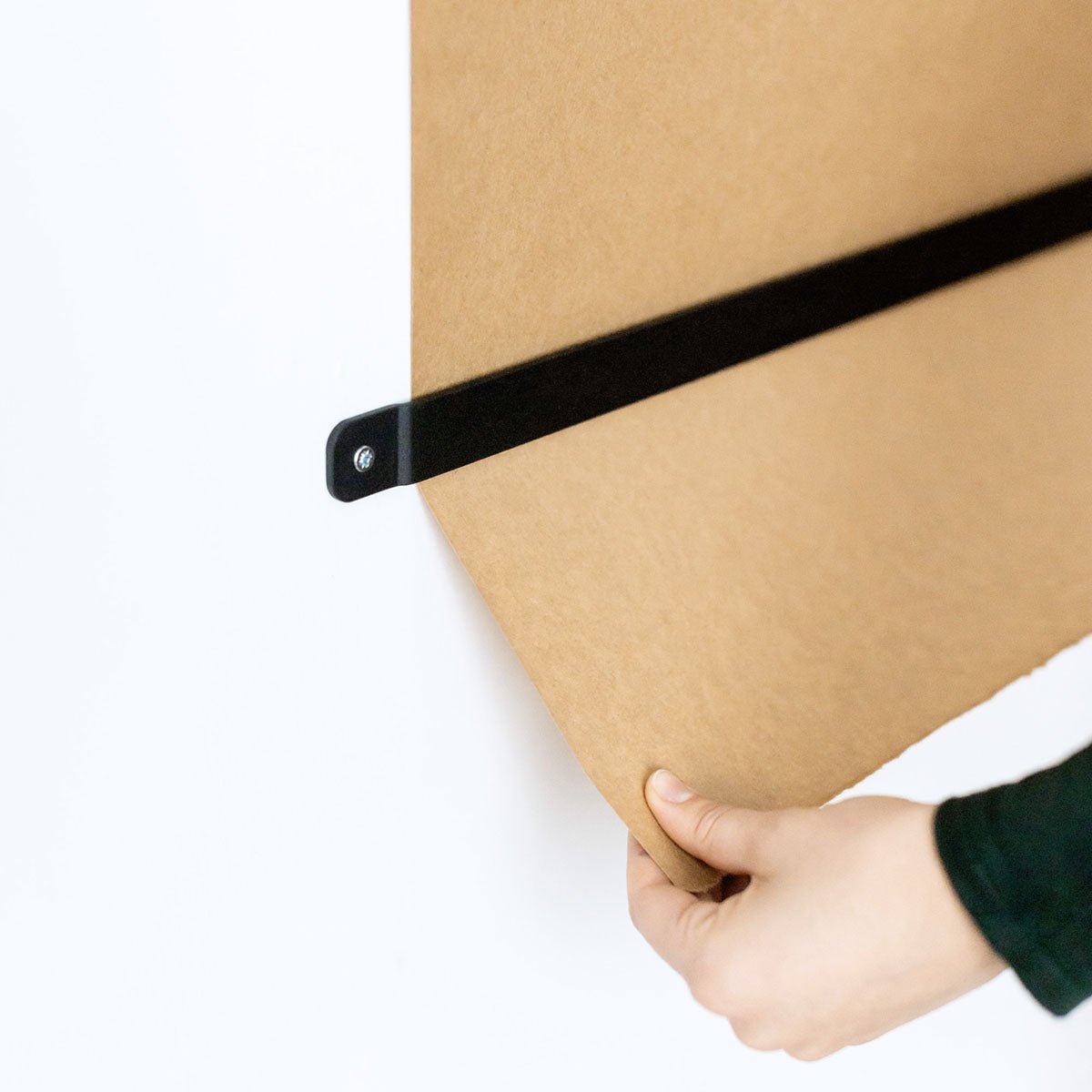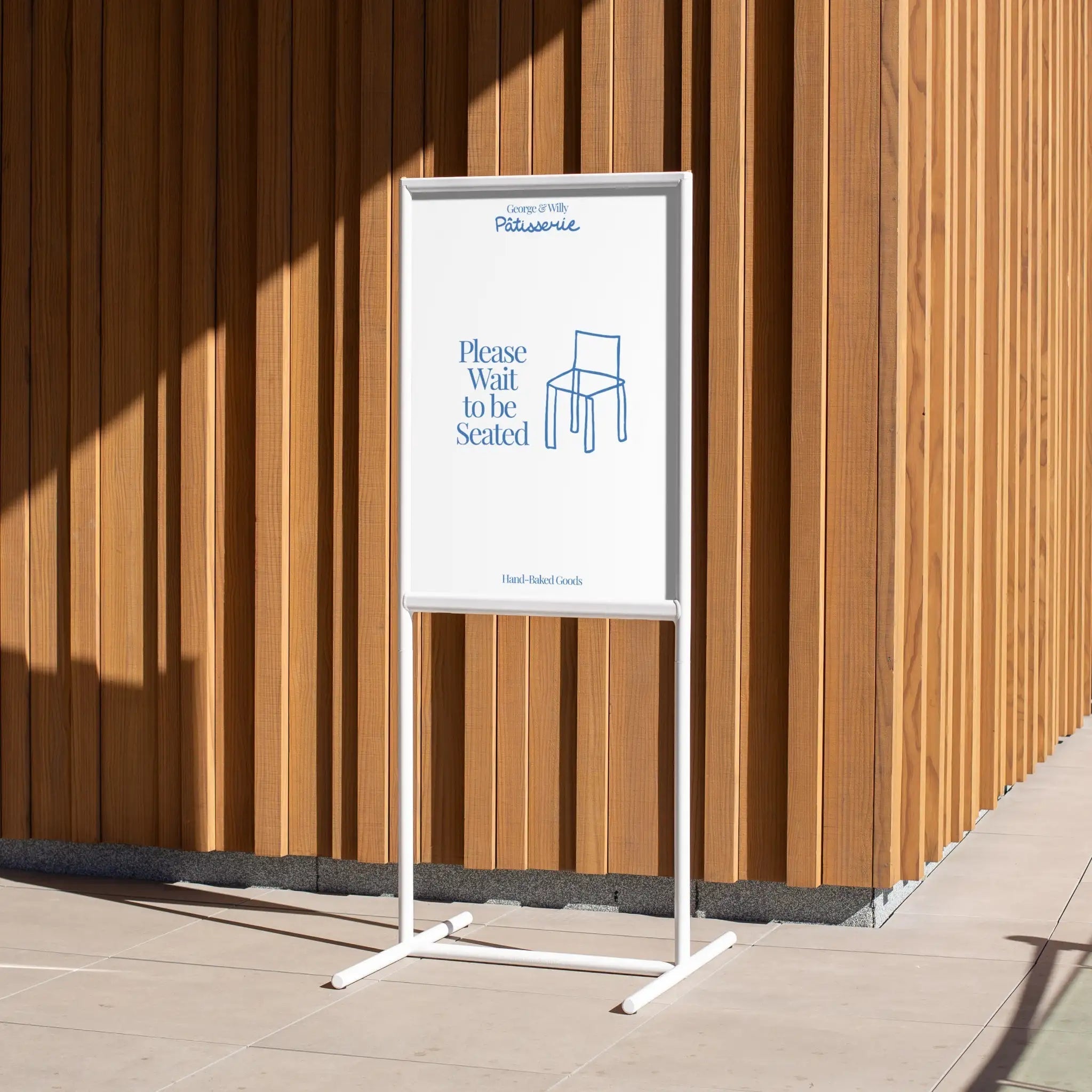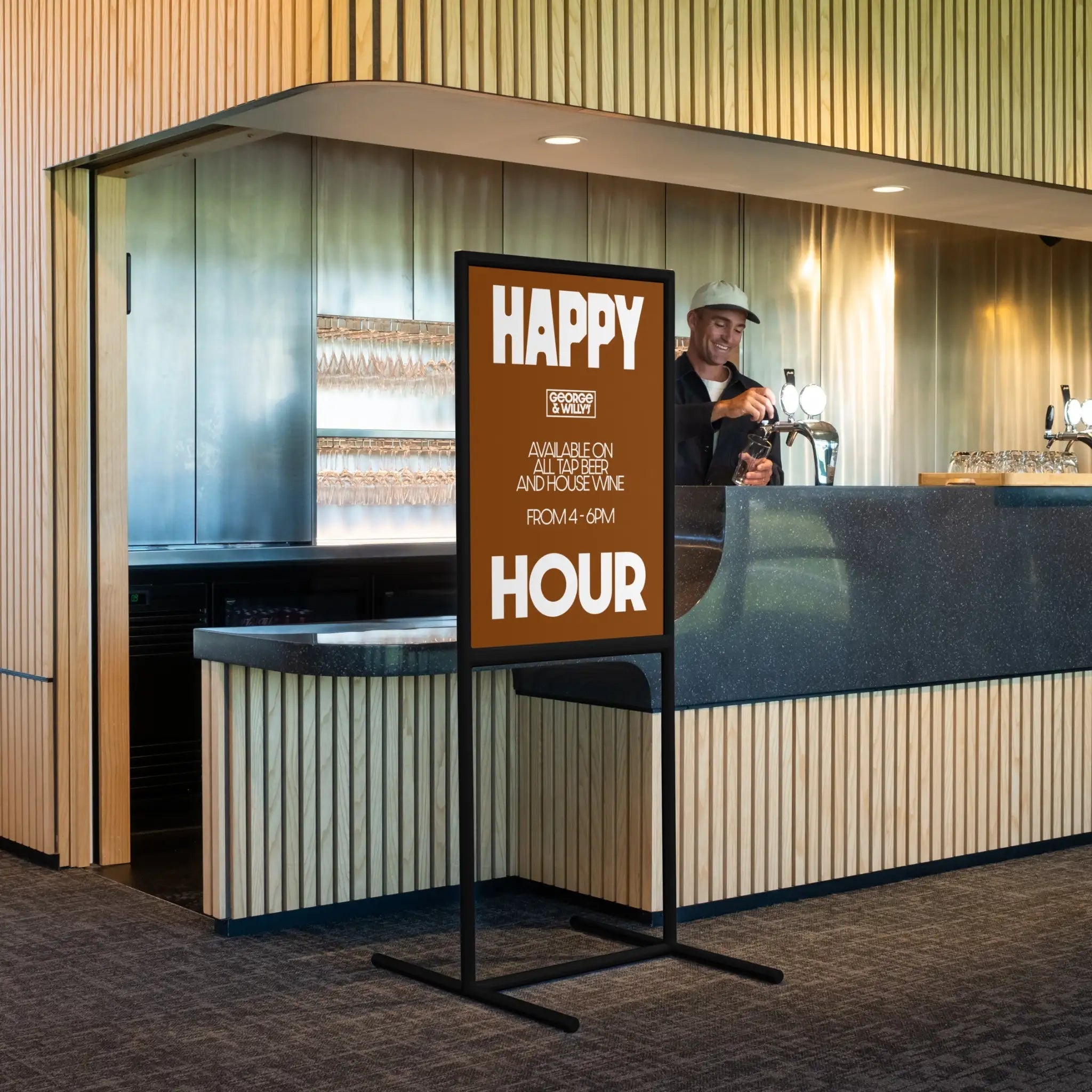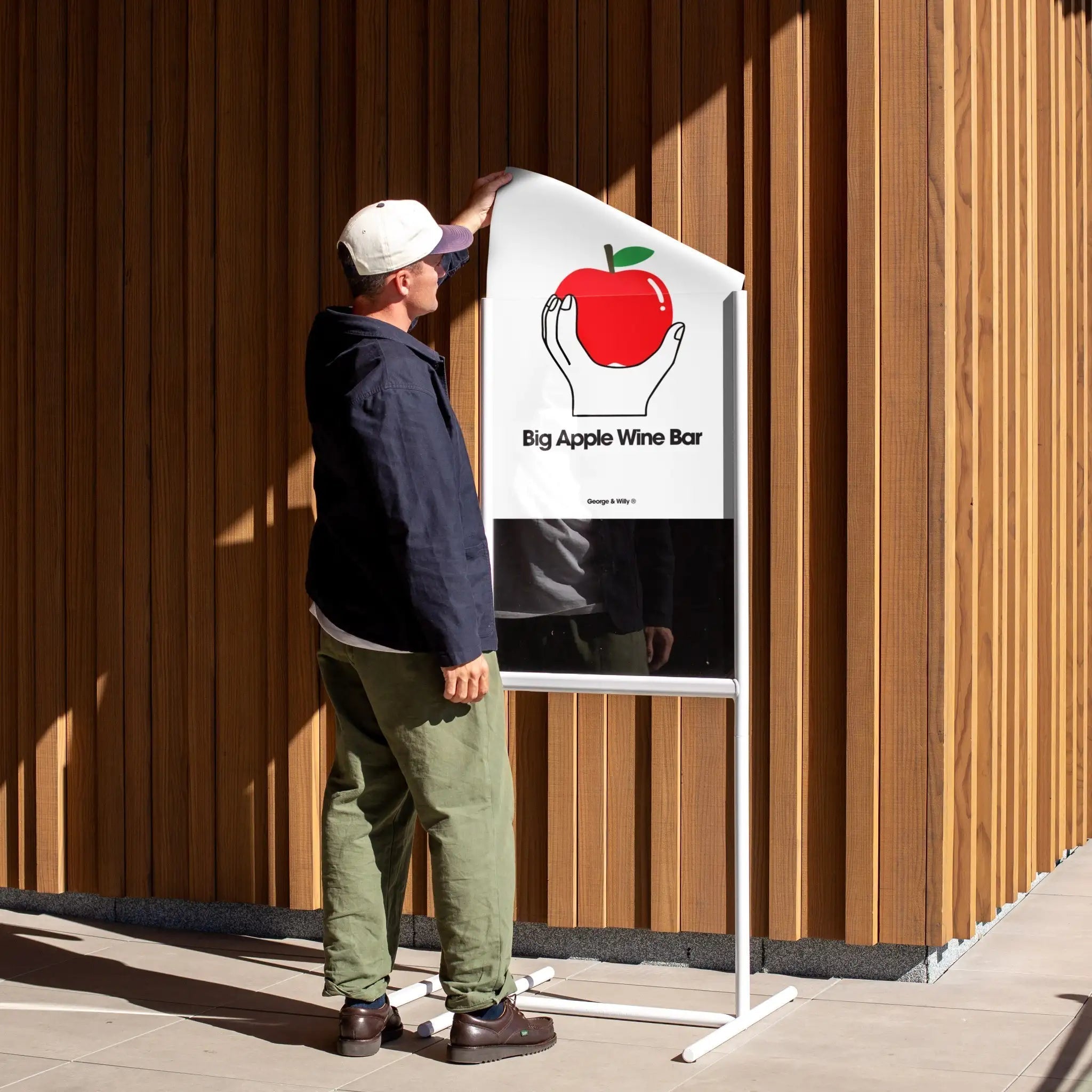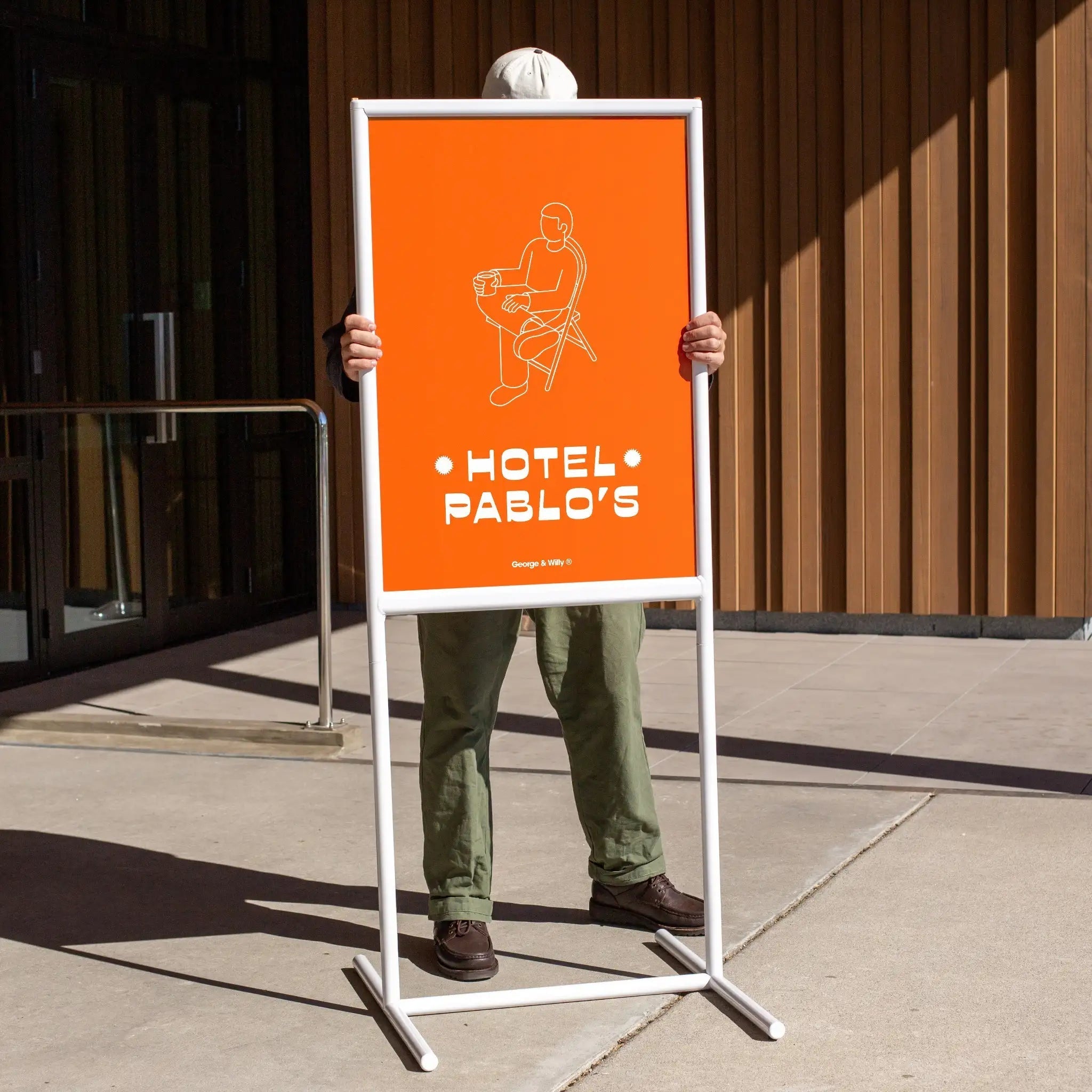Your sign is often the very first impression a customer has of your business. It’s a silent salesperson, working 24/7 to grab attention, convey your brand’s personality, and draw people in. In fact, one survey found that nearly 76% of consumers have walked into a store they’d never visited before based on its signage alone. That’s a powerful tool.
But with so many options out there, choosing the right outdoor business signs can feel overwhelming. This guide will walk you through everything you need to know, from the different types of signs and the materials they’re made of to installation best practices that ensure your sign gets seen.
Types of Outdoor Business Signs
The first step is understanding the different formats available. Each type of sign serves a unique purpose, whether it’s grabbing attention from a highway or welcoming pedestrians on a busy sidewalk with an A-Frame Sign.
Illuminated Signs
An illuminated sign uses a light source to stay visible at night. This can be achieved with internal lighting, like LEDs inside the sign, or external lighting, like spotlights. With LED technology now dominating the market, illuminated outdoor business signs are more efficient and durable than ever, ensuring your business gets noticed around the clock.
Halo Lit Signs
Also known as reverse lit signs, halo lit signs create a sophisticated glow. LEDs are placed inside three dimensional letters to shine backward onto the wall, outlining each character with a soft halo of light. This elegant effect is popular for businesses aiming for an upscale, contemporary look without the glare of a front lit sign. The color of the light can even set the mood, a warm white glow feels inviting, while a cool white light gives off a crisp, modern vibe.
Lighted Panel Signs
Often called a lightbox or cabinet sign, a lighted panel sign features a translucent face that is lit from within. These are fantastic for large logos or messages that need to be highly visible from a distance, day or night. Typically built with a sturdy aluminum frame, they are a durable and hard to miss beacon for any storefront.
Channel Letter Signs
Channel letters are custom made, three dimensional letters, numbers, or logos commonly seen on the front of storefronts and office buildings. Each individual letter is hollow and can be illuminated from within, creating a bold, high impact look. Because they are fabricated from lightweight and rust proof aluminum, they are one of the most popular and durable choices for exterior outdoor business signs.
Monument Signs
A monument sign is a freestanding sign that sits low to the ground, usually at eye level. They are often built with architectural materials like brick, stone, or concrete to match the building’s aesthetic, conveying a sense of permanence and stability. You’ll frequently see them at the entrance to business parks, neighborhoods, and schools.
A lighted monument sign incorporates illumination, either externally with spotlights or internally within the sign’s structure, to ensure it remains a visible landmark 24/7.
Pole Signs
A pole sign, also known as a pylon sign, is mounted high on a single or double pole structure to maximize visibility from a long distance. These are the tall signs you see along highways for gas stations, hotels, and shopping centers. Their height allows them to rise above surrounding buildings and trees, making them essential for businesses that rely on catching the attention of motorists.
Bronze Plaques
For a timeless and prestigious look, a bronze plaque is unmatched. Known for its exceptional durability, bronze withstands weather for decades, developing a natural protective patina over time. These plaques are perfect for historical markers, professional offices, and dedication ceremonies, lending an air of permanence and distinction.
Window Graphics
Window graphics turn unused glass space into valuable marketing real estate. Made from specialized vinyl films, they can be used to display your logo, list business hours, or advertise promotions. A popular option is perforated vinyl, which displays a solid graphic to people on the outside while allowing those inside to see out clearly. It’s a versatile and cost effective way to boost curb appeal.
Choosing the Right Materials for Your Outdoor Business Signs
The longevity and appearance of your outdoor business signs depend heavily on the materials used. Selecting the right ones ensures your investment will withstand weather, sun, and time.
The Importance of Material Selection
Choosing the right material involves balancing durability, aesthetics, and budget. For instance, a sign in a coastal area needs materials that resist salt air corrosion, like aluminum. A high quality, weather resistant material can ensure a sign remains legible and intact for a decade or more, making the upfront investment worthwhile.
Many modern signs use a combination of materials. A channel letter sign, for example, might use a rust proof aluminum frame, a colored acrylic face for light transmission, and a vinyl film for specific branding details. This approach ensures each component is perfectly suited for its job. For businesses looking for off-the-shelf solutions, companies like George & Willy focus on durable materials like powder-coated aluminum for their A frame and Rectangle Blade Sign, ensuring they are built to last.
Aluminum Signs
Aluminum is a top choice for outdoor business signs because it is lightweight, strong, and will not rust. From simple parking signs to complex dimensional letters, aluminum provides a durable and long lasting foundation. It can be easily cut into custom shapes and painted or powder coated for a resilient, colorful finish.
Aluminum Composite Panel (ACP)
An aluminum composite panel, or ACP, is a lightweight yet rigid material made of two thin aluminum sheets bonded to a solid polyethylene core. This structure makes it incredibly flat and resistant to warping. It’s a fantastic substrate for printed graphics and is often used for storefront panels, real estate signs, and architectural displays.
PVC Signs
Signs made from PVC (polyvinyl chloride) foam board are lightweight, waterproof, and cost effective. They are a popular choice for indoor signs and short to medium term outdoor applications. While durable, large, unsupported PVC panels can be prone to bowing in extreme heat, so they are best mounted to a flat surface for long term outdoor use.
Coroplast Signs
Coroplast is a corrugated plastic that looks like plastic cardboard. It’s extremely lightweight, waterproof, and inexpensive, making it the go to material for temporary outdoor business signs like yard signs, event promotions, and political campaigns. A Coroplast sign can typically last one to two years outdoors before the sun begins to make the plastic brittle.
HDPE Signs
For ultimate durability, High Density Polyethylene (HDPE) is a fantastic choice. This tough plastic is incredibly resistant to weather, UV rays, impact, and even graffiti. You’ll often find HDPE used for park trail signs and industrial safety signs because it can withstand harsh conditions for years with almost no maintenance.
Graphics, Printing, and Durability
The visual elements of your sign are just as important as its structure. Modern printing techniques and protective finishes ensure your branding stays vibrant and clear for years.
UV Printing
UV printing is a digital process where inks are cured instantly by ultraviolet light. This allows for printing directly onto a wide range of materials, including wood, metal, and plastic, with photo quality results. The cured ink is durable, scratch resistant, and can last for several years outdoors without significant fading.
Screen Printing
Screen printing is a traditional method where ink is pushed through a stencil onto the sign material. This technique is known for producing incredibly vibrant, opaque colors and is exceptionally durable. It’s ideal for high volume orders of signs, like yard signs, and the thick ink layer is highly resistant to weather and abrasion.
Vinyl Film Selection
The vinyl graphics applied to your sign are critical. There are two main types: cast and calendered. Cast vinyl is a premium, highly durable film that conforms well to curves and can last five to eight years outdoors. Calendered vinyl is more economical and best for flat surfaces, typically lasting three to six years. Choosing the right one depends on your budget and how long you need the sign to last.
Anti Graffiti Laminate
In areas prone to vandalism, an anti graffiti laminate is a lifesaver. This clear protective film is applied over the sign face and has a special surface that prevents paint and markers from bonding permanently. Graffiti can be easily wiped away with cleaners, saving you the cost of replacing the entire sign. These laminates also often provide UV protection, extending the life of the graphics.
Powder Coat Finish
A powder coat finish is a highly durable coating applied as a dry powder and then baked in an oven. This creates a thick, hard finish that is much tougher than conventional paint. It’s extremely resistant to chipping, scratching, and fading, and a quality powder coat can protect a metal sign for 15 to 20 years. This is why brands focused on longevity, like George & Willy, use powder coating on their metal outdoor business signs.
Automotive Two Part Paint Finish
For a premium, high gloss finish with exceptional color stability, an automotive two part paint is used. This is the same type of paint system used on cars, involving a base color and a hardener that chemically cure into an incredibly resilient surface. It’s perfect for high end custom signs that need to match specific brand colors and maintain a “showroom shine” for years.
Installation and Placement: Making Your Sign Effective
A great sign is only effective if it’s installed correctly and placed where people can see it. Thoughtful installation and strategic placement are key to maximizing your sign’s impact.
Installation Methods
There are three common ways to mount outdoor business signs, each with its own benefits.
Stud Mount: This method uses threaded rods (studs) on the back of the sign or individual letters, which are inserted into holes drilled in the wall. It creates a clean, floating look with no visible hardware and is very secure, making it ideal for dimensional letters and heavy plaques.
Adhesive Mount: For lightweight, smaller signs on smooth surfaces, adhesive mounting with high bond double sided tape or construction adhesive is a great option. It avoids drilling holes and offers a clean, hardware free appearance. Modern adhesives are incredibly strong but are best suited for indoor or sheltered applications.
Screw Mount: The most straightforward method, a screw mount involves fastening the sign directly to a surface with screws. This provides a very strong and reliable hold, essential for large or heavy outdoor business signs exposed to wind. Decorative screw caps can be used to cover the screw heads for a more polished look.
The Importance of a Site Survey
Before finalizing any sign design, a professional site survey is crucial. This involves visiting the location to take measurements, assess visibility, identify any obstructions (like trees or other signs), and understand the local environment. A thorough survey ensures the final sign is the right size, uses the appropriate materials, and is placed for maximum impact.
Sign Placement
Where you put your sign is as important as what it says. Effective sign placement considers traffic flow, viewing distance, and potential obstructions. A sign for pedestrian traffic should be at or just above eye level (a projecting Flag Sign can catch sightlines) while a sign for motorists needs to be higher and larger to be seen from a distance. The goal is to give people enough time to see, read, and react to your sign. At the door, a simple Open Sign reinforces that you’re trading and nudges passersby inside.
Scale and Positioning
Scale refers to the size of your sign and its lettering, while positioning refers to its placement in relation to its surroundings. A good rule of thumb is to have one inch of letter height for every ten feet of viewing distance. Your sign should be scaled appropriately for the building it’s on, looking intentional rather than too big or too small. For tight storefronts, a Rounded Sidewalk Sign puts large, legible copy at pedestrian height.
Lighting and Atmosphere
The lighting of your sign does more than just make it visible; it creates an atmosphere. Warm-toned lights can make a business feel cozy and inviting, while cool-toned lights can feel sleek and modern. The style of illumination, whether it’s a soft halo or a bright lightbox, becomes part of your brand’s identity and contributes to the overall customer experience. If you prefer a clean, non-illuminated look, a Round Outdoor Shop Sign still makes a striking statement.
Durability and Weatherproofing
Finally, your outdoor business signs must be built to last. Durability comes from using robust materials that resist wear and tear. Weatherproofing involves specific measures to protect against the elements, such as using waterproof seals, rust-proof hardware, and UV-resistant inks or laminates to prevent fading. Freestanding options like the Standing Round Sign are powder-coated and designed for outdoor use.
Frequently Asked Questions About Outdoor Business Signs
1. What is the most durable material for outdoor business signs?
For overall longevity, materials like aluminum, HDPE (High Density Polyethylene), and bronze are top contenders. Aluminum is rust proof and lightweight, HDPE is incredibly tough and weather resistant, and bronze is a premium option that can last for decades.
2. How long will my outdoor sign last?
The lifespan depends on the materials, fabrication quality, and local climate. A temporary Coroplast sign might last 1 to 2 years, a sign with high quality vinyl graphics could last 5 to 8 years, and a well made aluminum or monument sign can last for 10 to 20 years or even longer with proper care.
3. What type of outdoor business signs are best for attracting customers from the road?
For attracting motorists, visibility from a distance is key. Tall pole or pylon signs are the most effective because their height allows them to be seen from far away. Large, brightly illuminated lighted panel signs or channel letter signs on a building facade also work very well. On pedestrian streets, a Large Sidewalk Sign placed curbside can stop foot traffic and drive impulse visits.
4. How do I choose the right size for my sign’s letters?
A common guideline is the “1 inch per 10 feet” rule. For every 10 feet of distance between your sign and the viewer, the letters should be at least 1 inch tall. For a sign meant to be read from 50 feet away, you would want letters that are at least 5 inches high.
5. Can I update my outdoor business signs myself?
It depends on the sign type. Changeable letter signs, A frame signs with poster slots, and certain menu board systems are designed for easy updates. For signs with permanent graphics, you would typically need a professional signwriter to apply new vinyl decals. Many businesses opt for versatile, beautifully crafted hardware that they can customize locally, a model championed by brands like George & Willy.
6. Do I need a permit for my outdoor business signs?
In most cases, yes. Local municipalities have zoning regulations that govern the size, placement, and type of outdoor business signs allowed. It is very important to check with your local planning or building department and secure any necessary permits before ordering or installing a sign.

